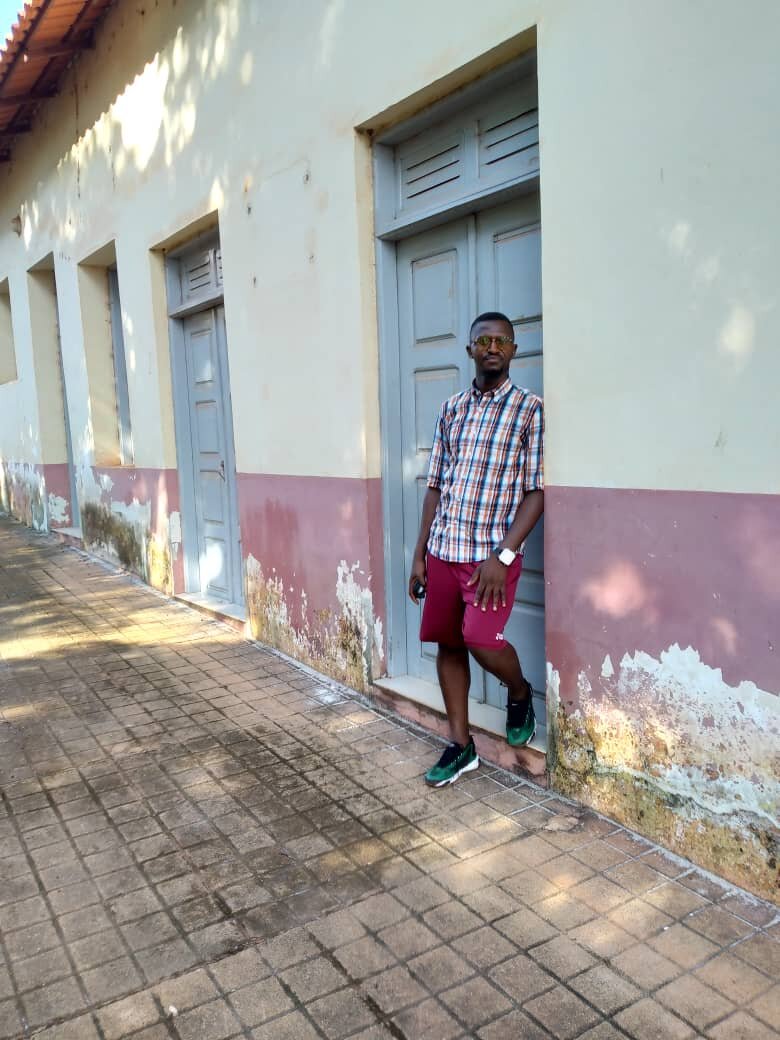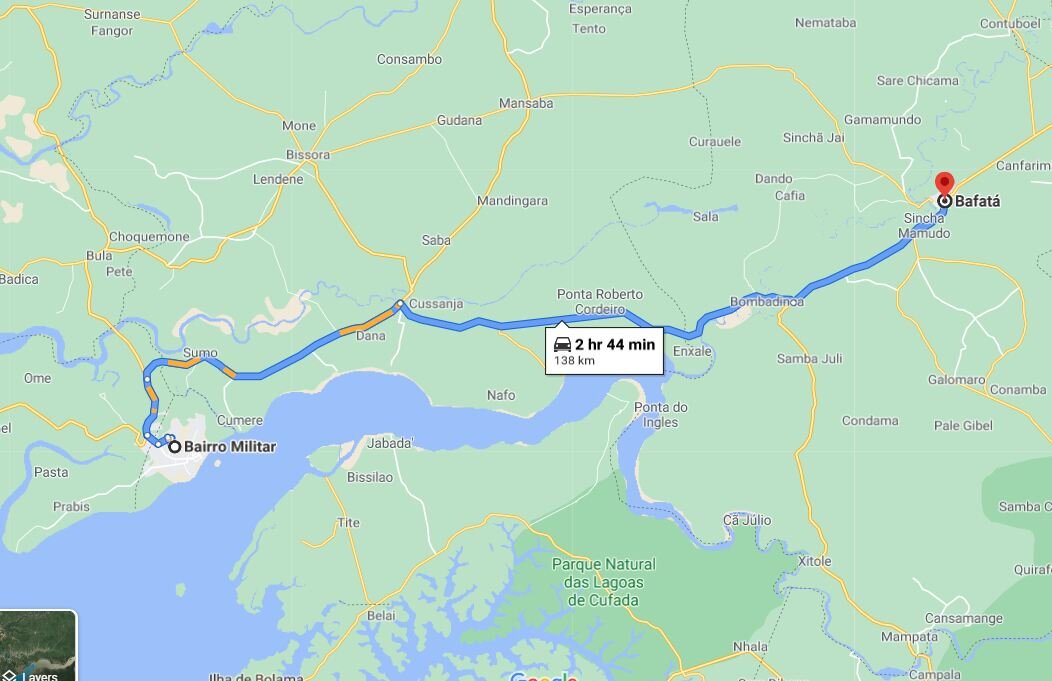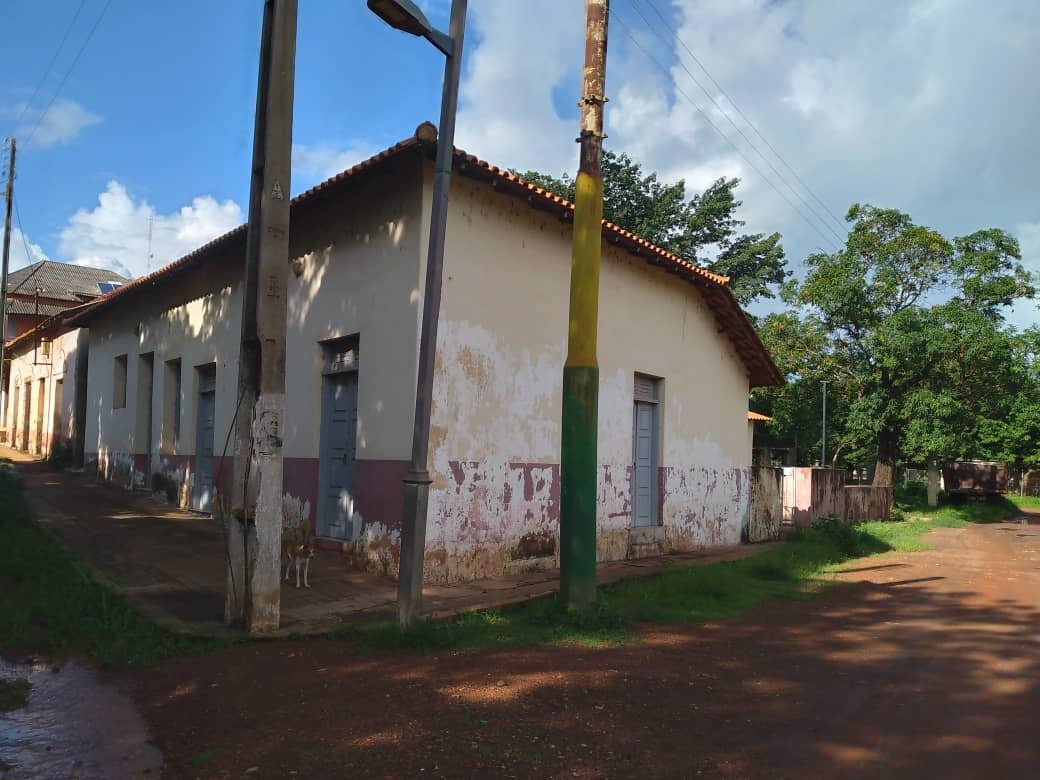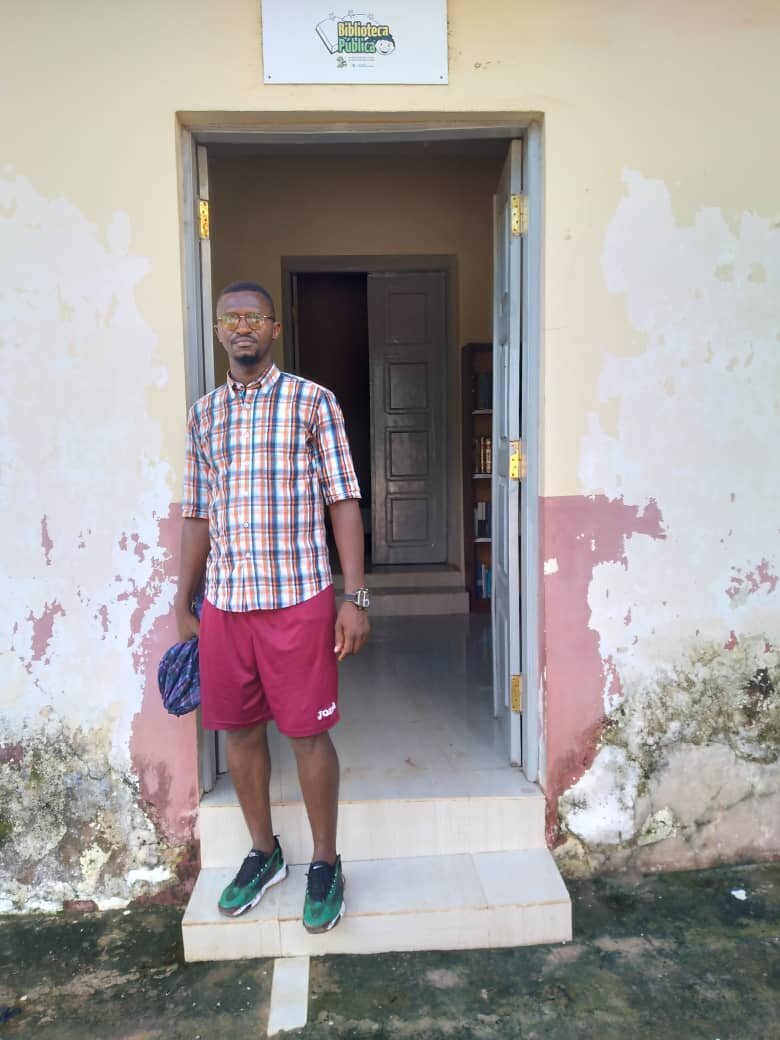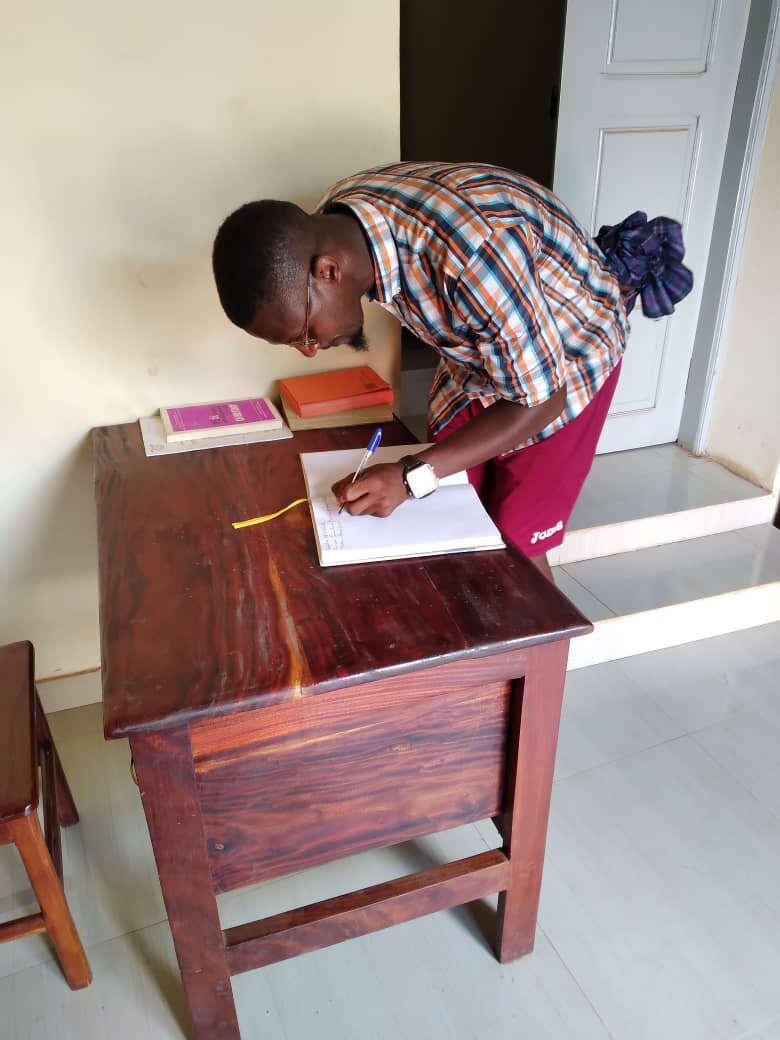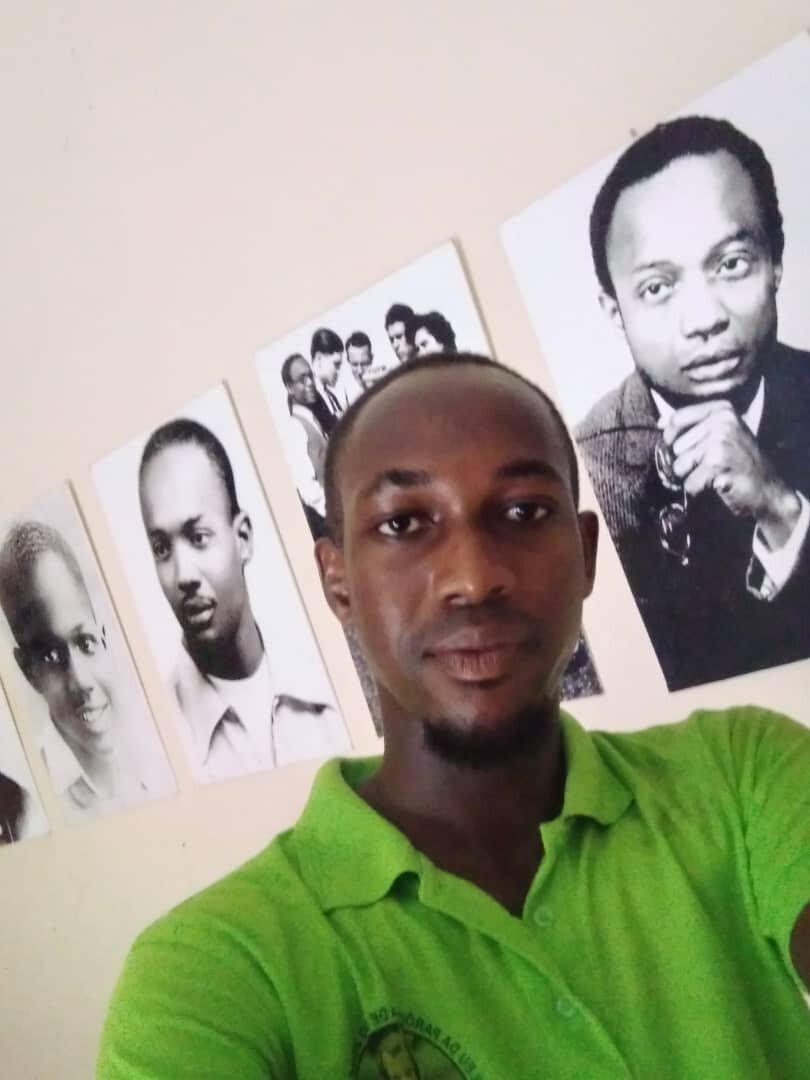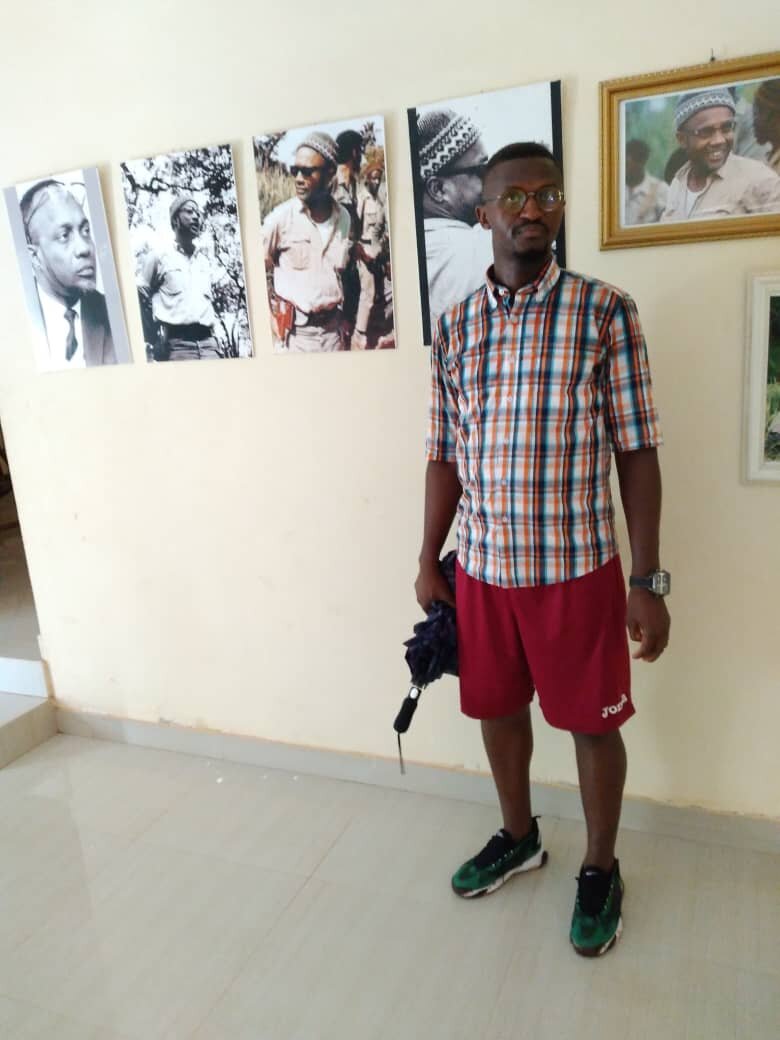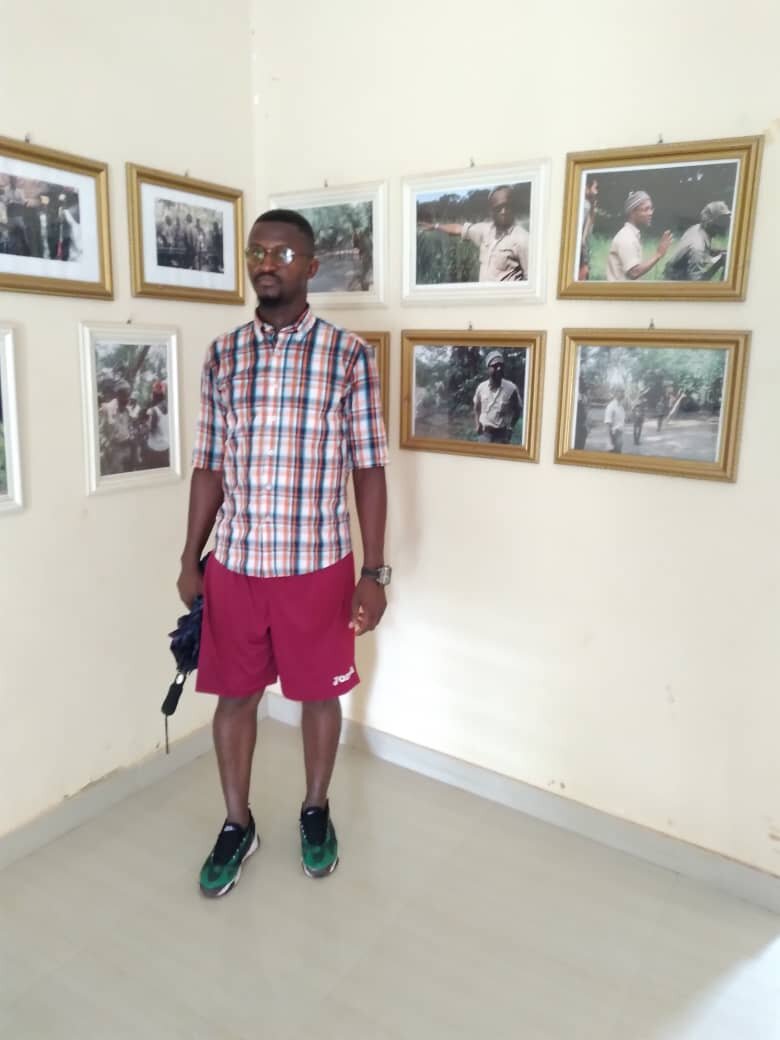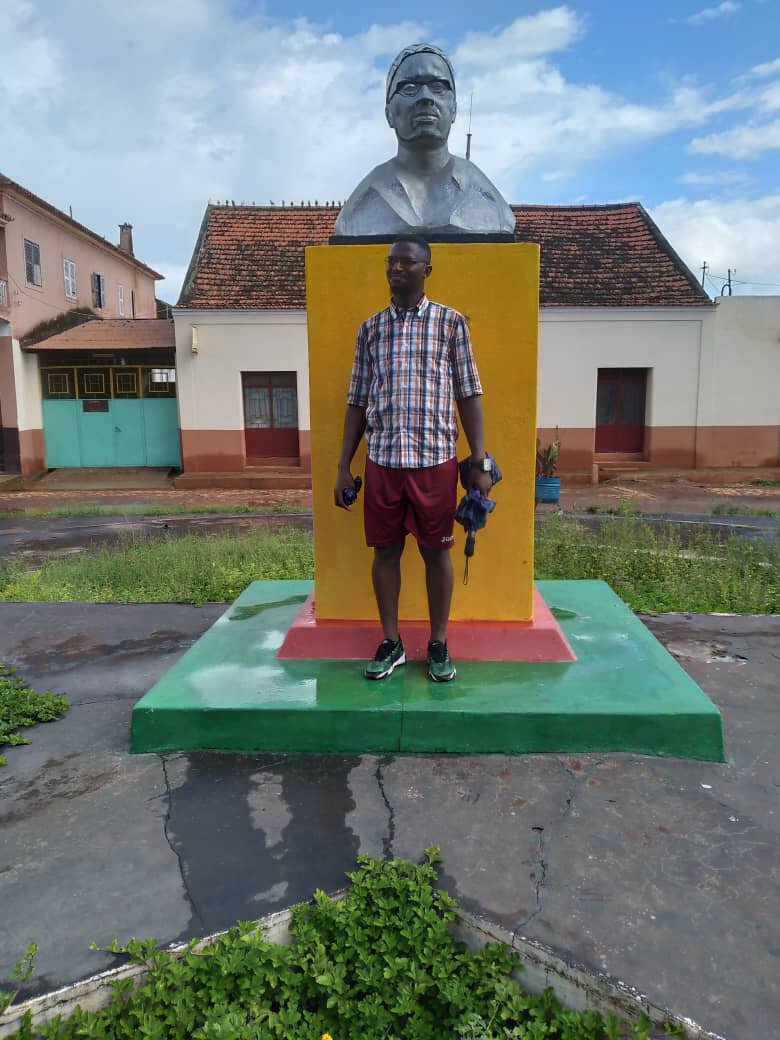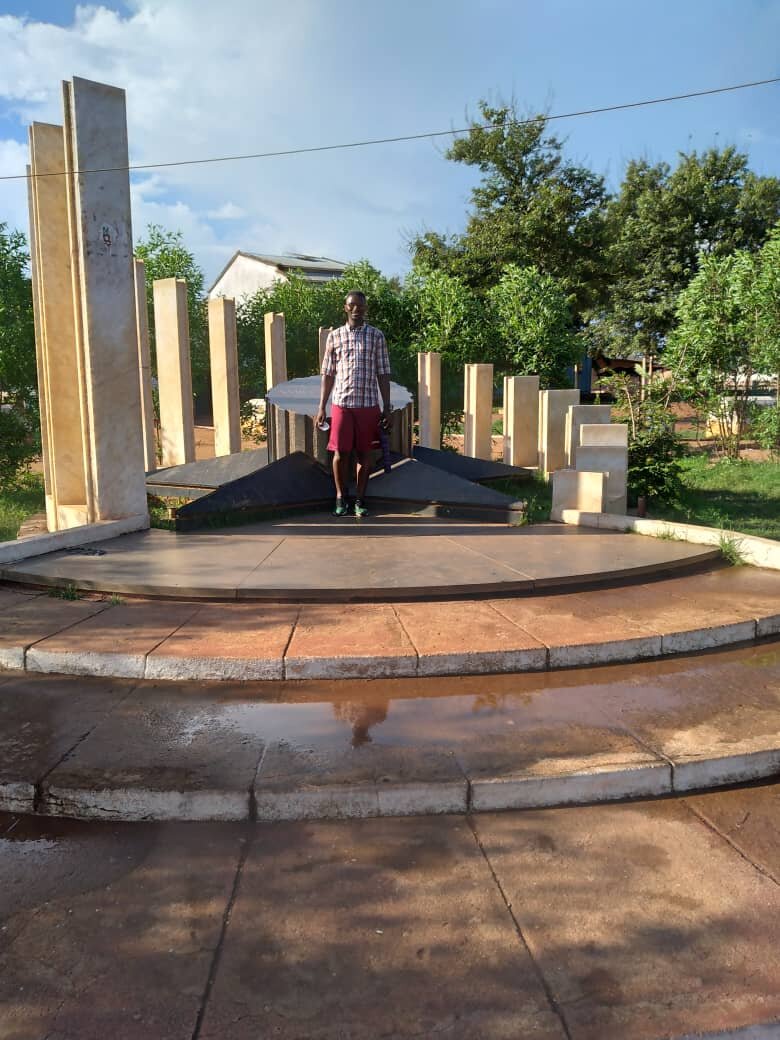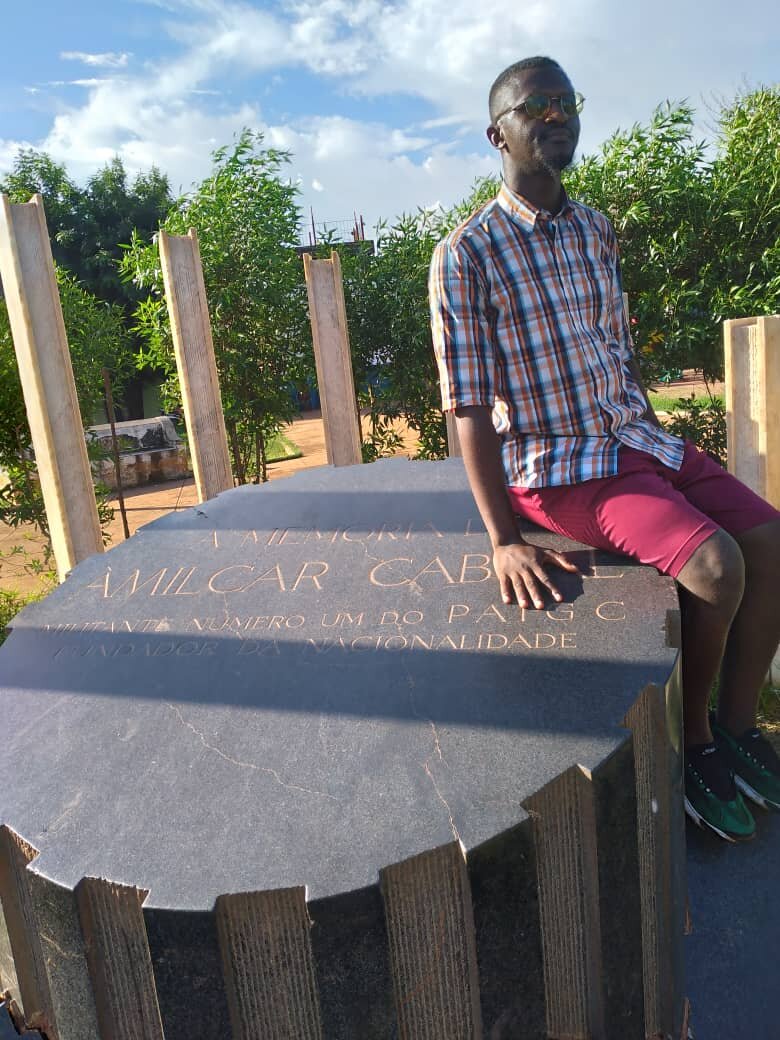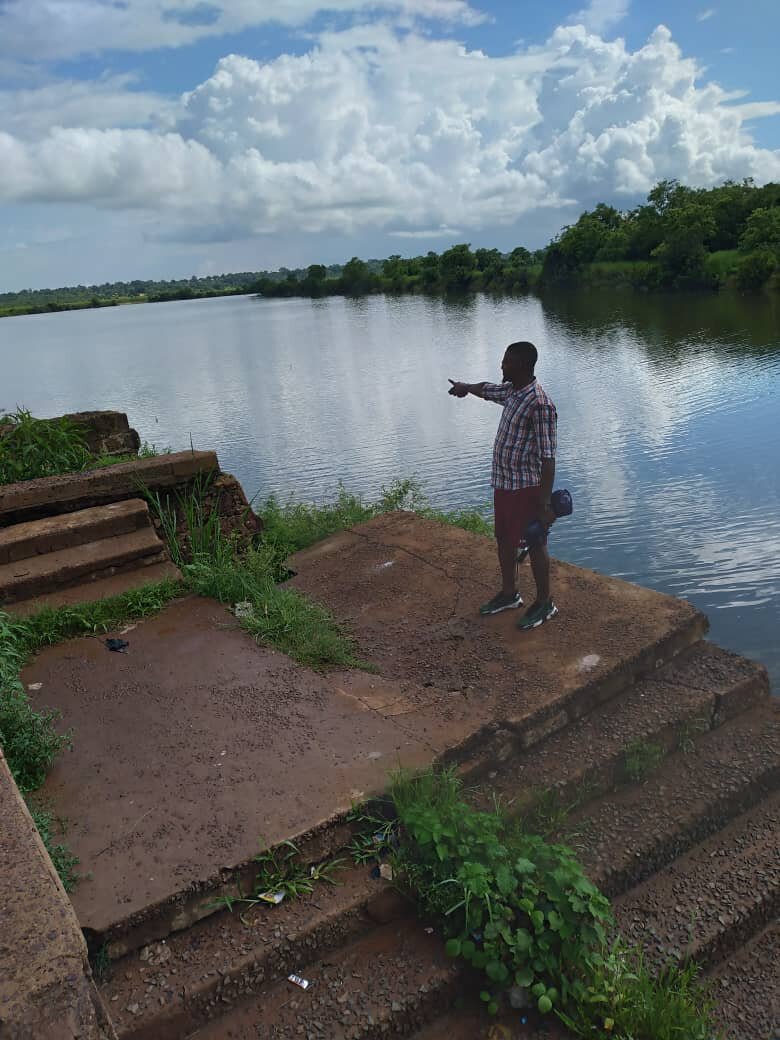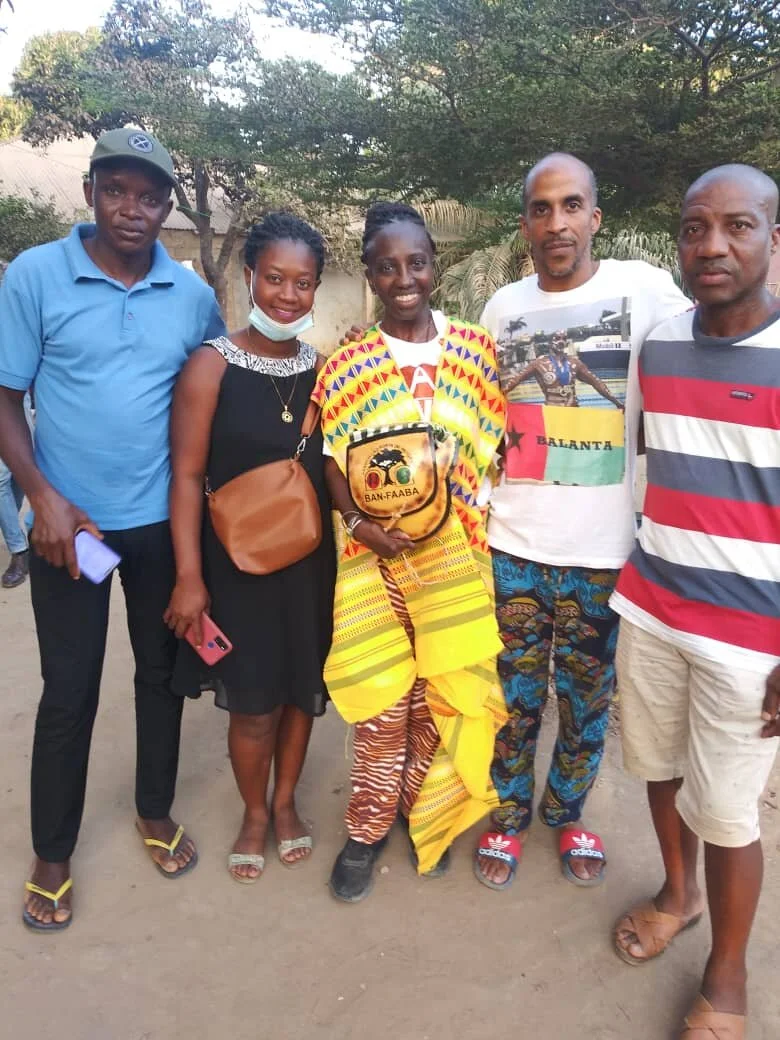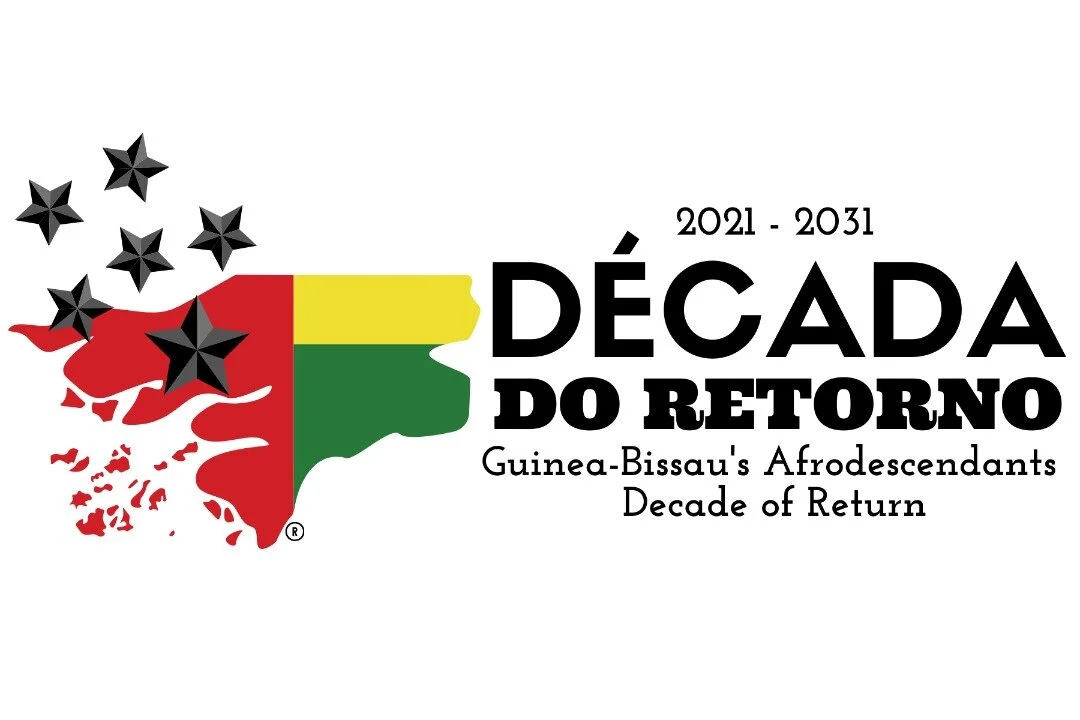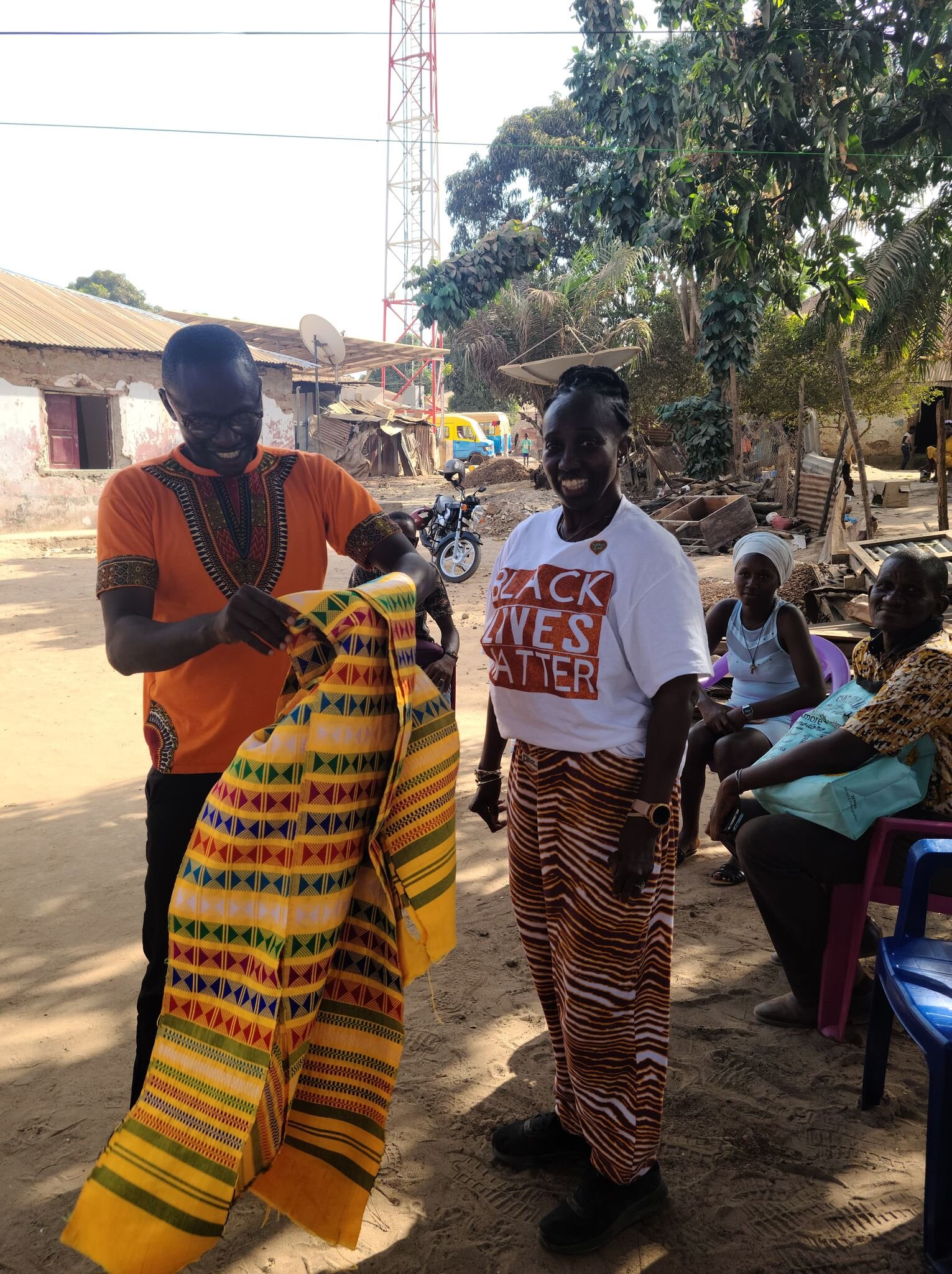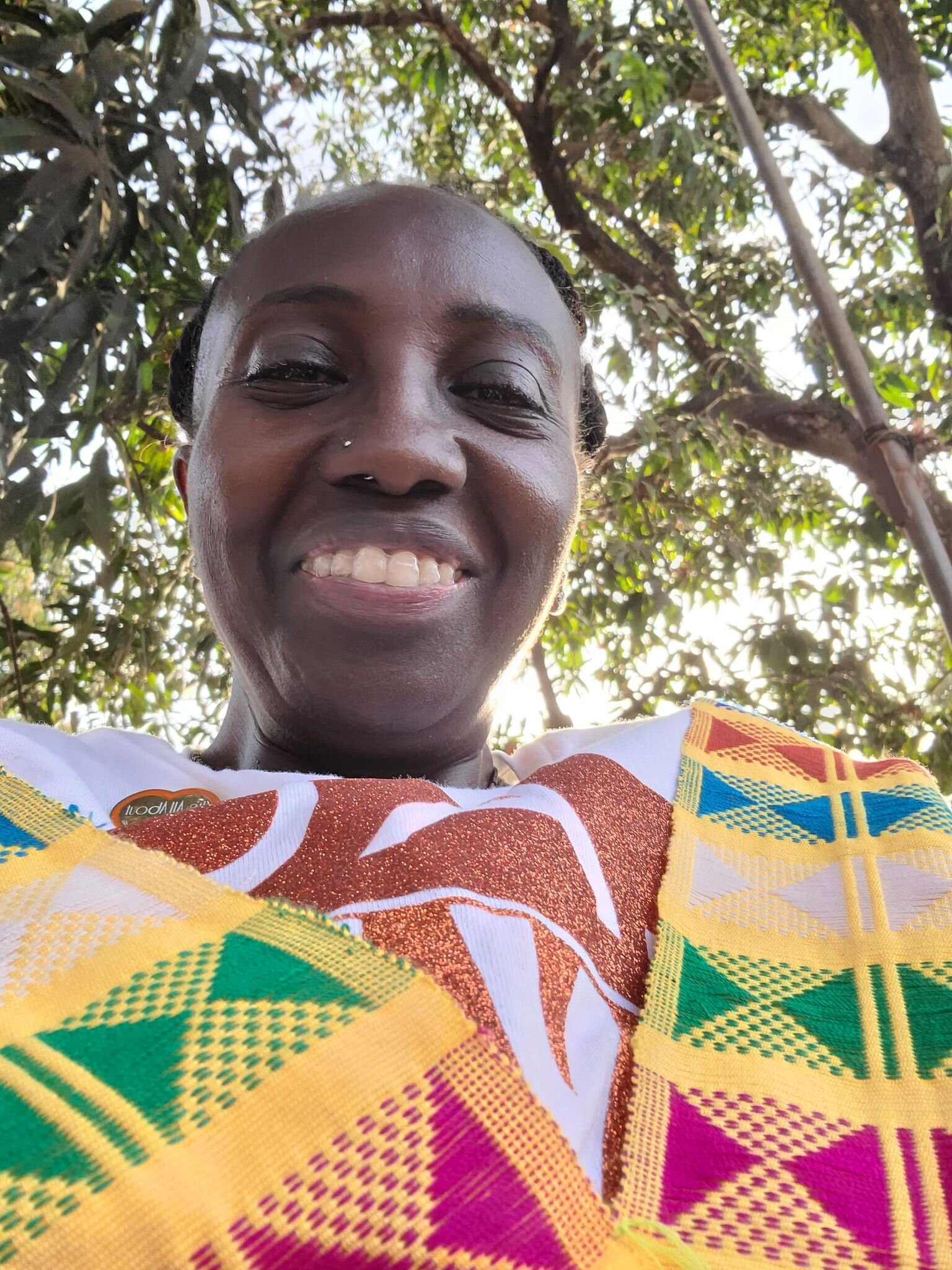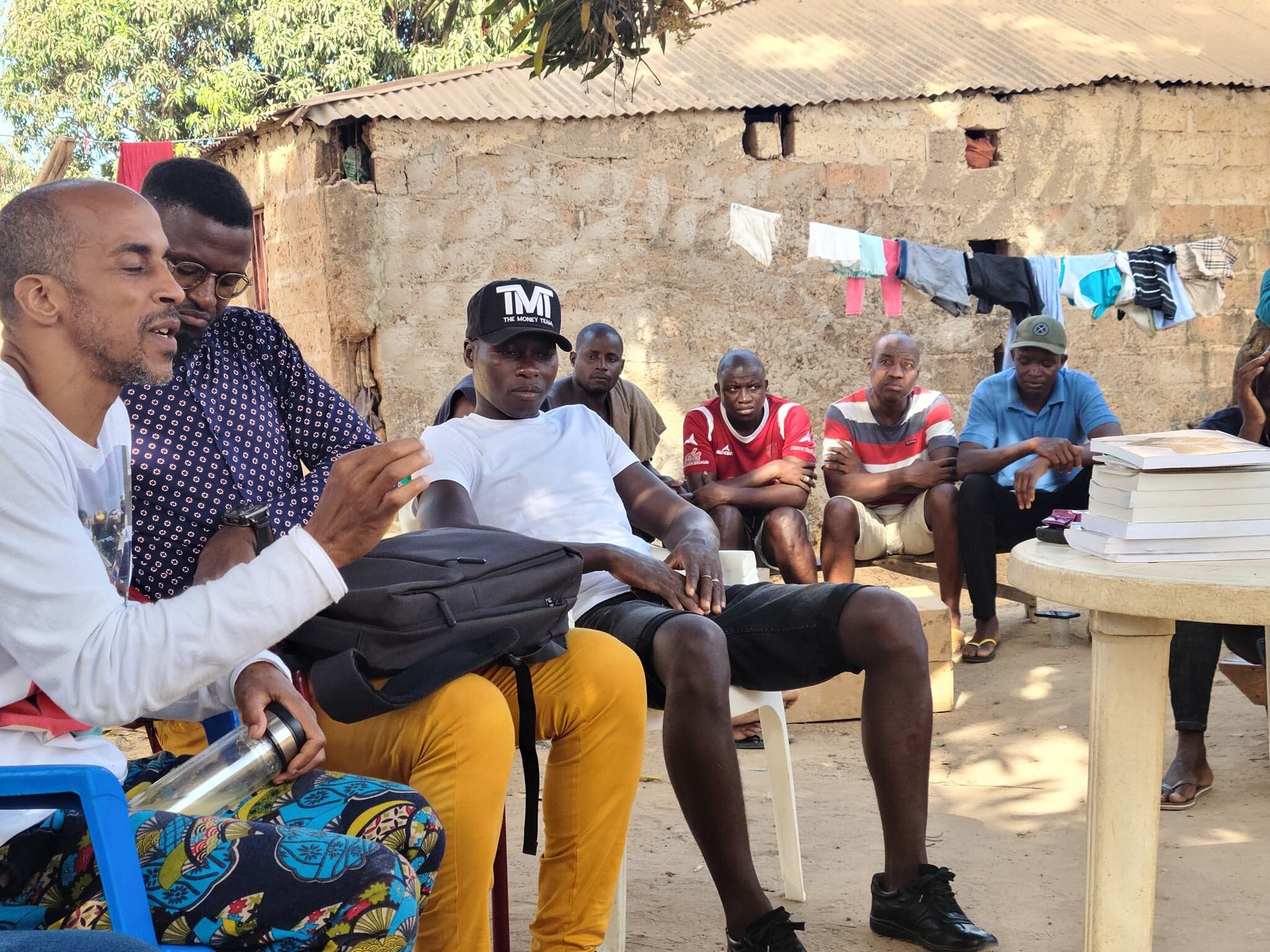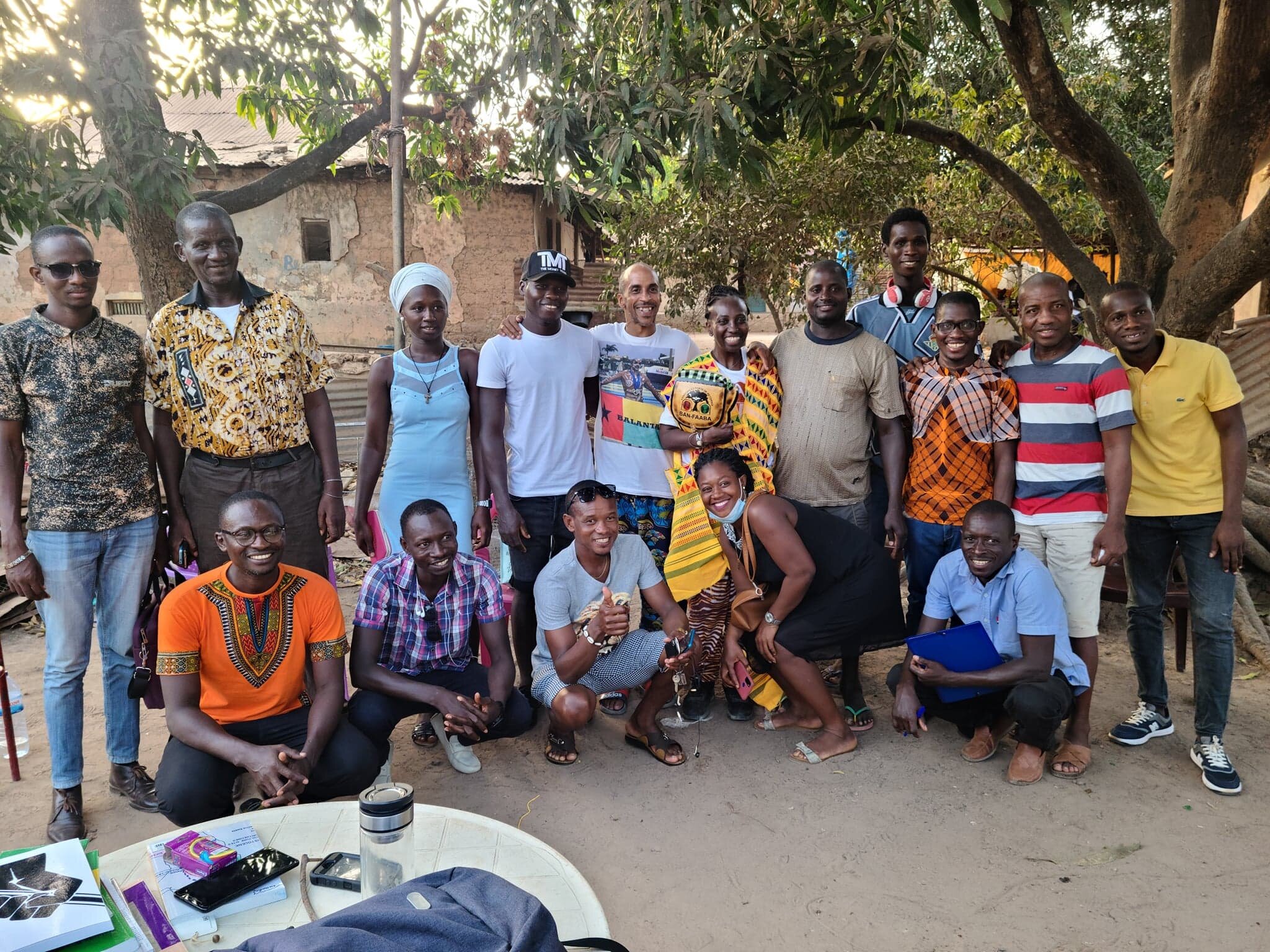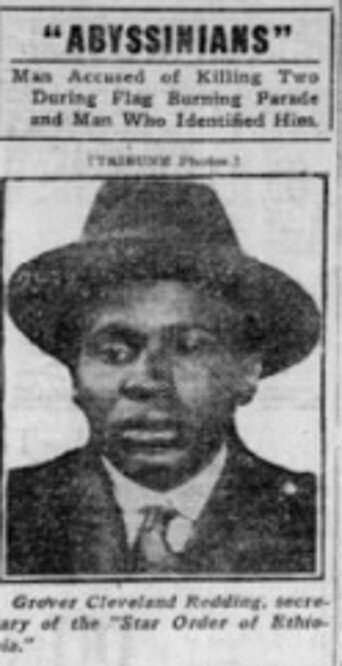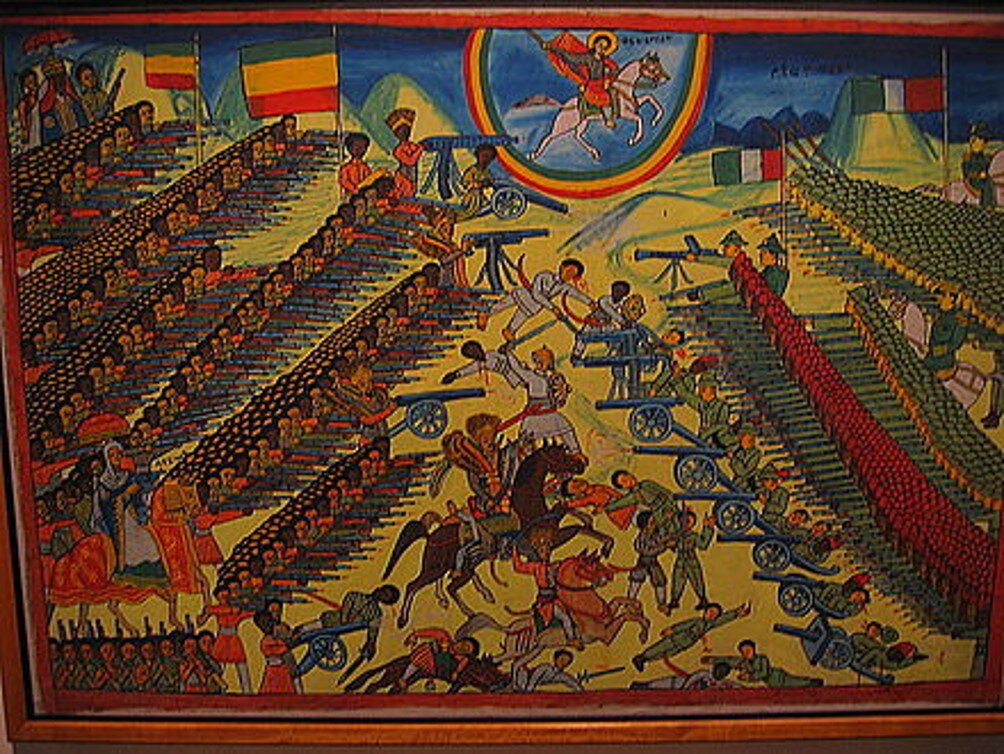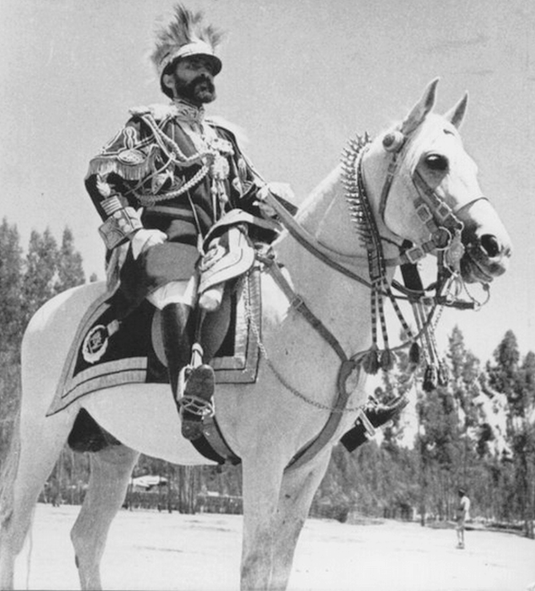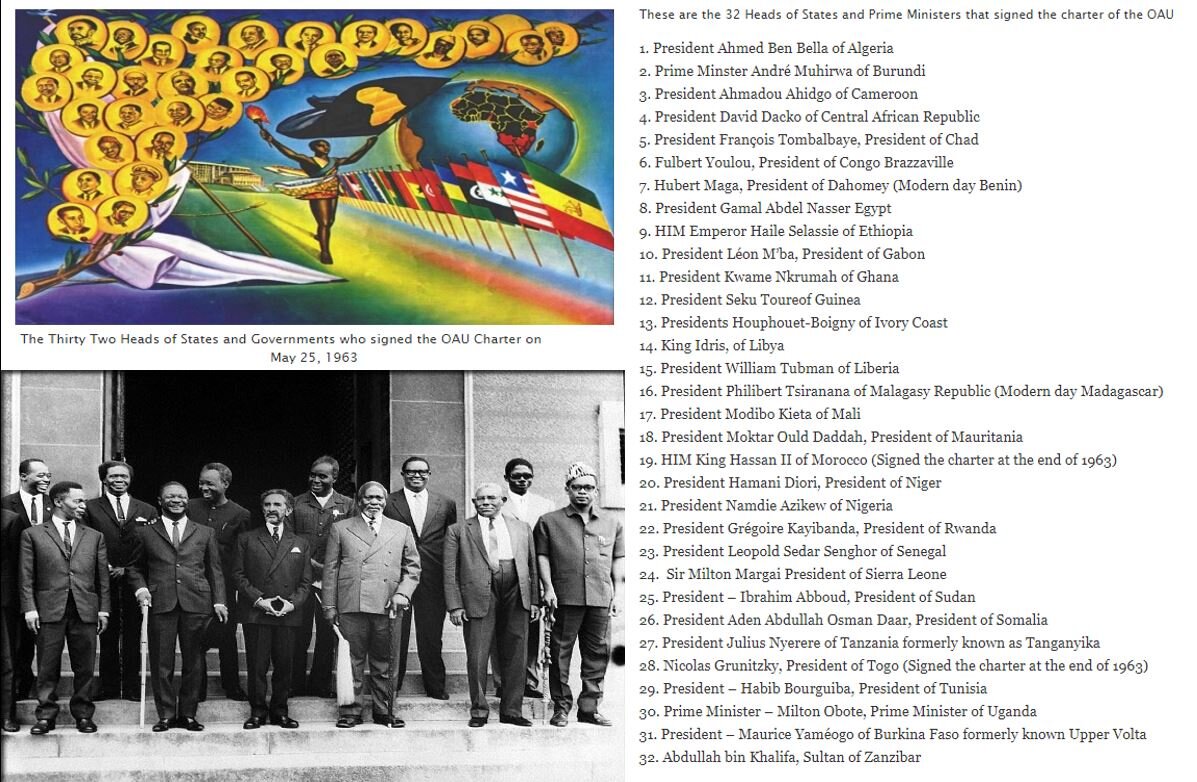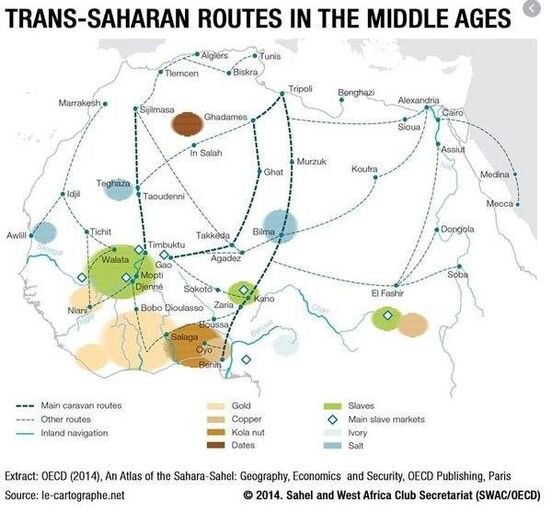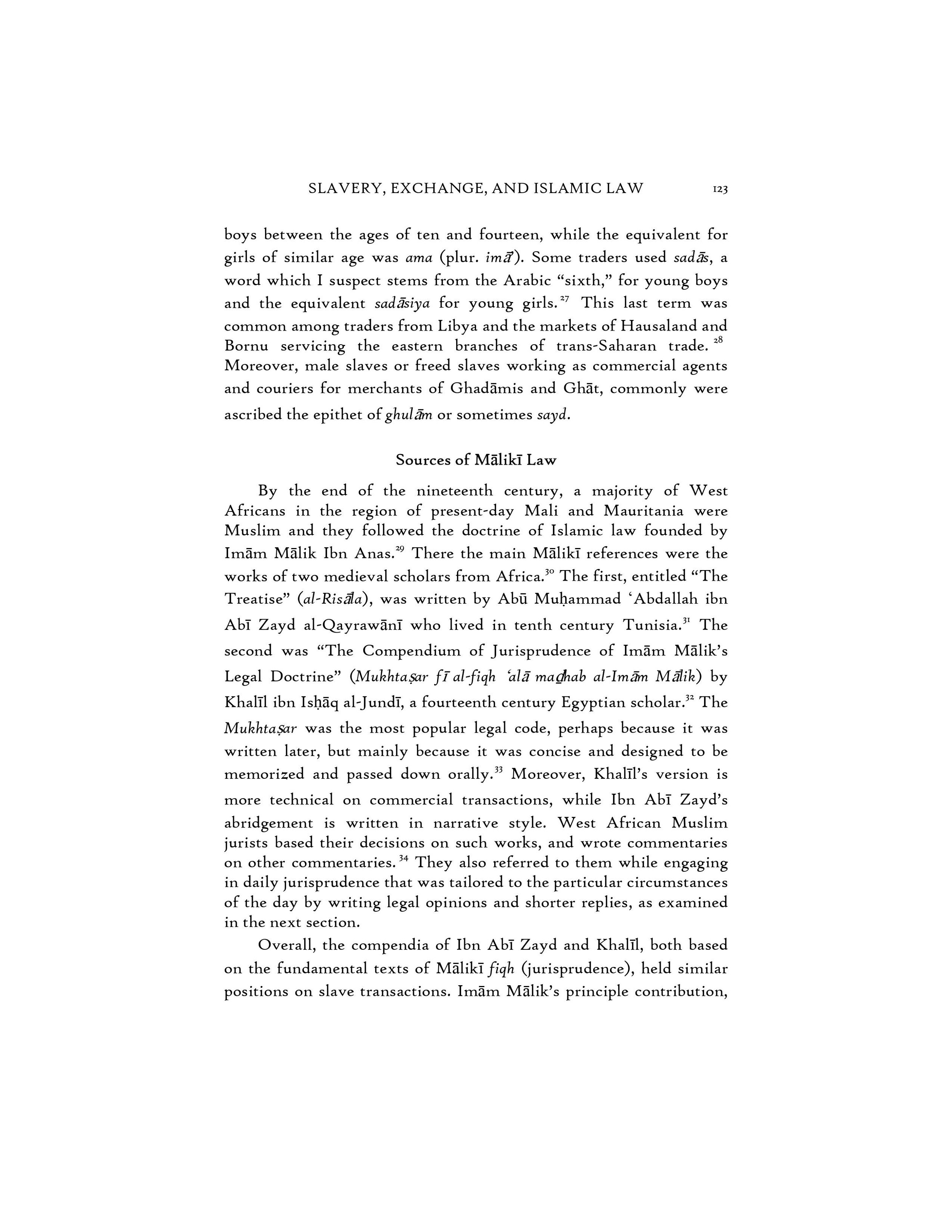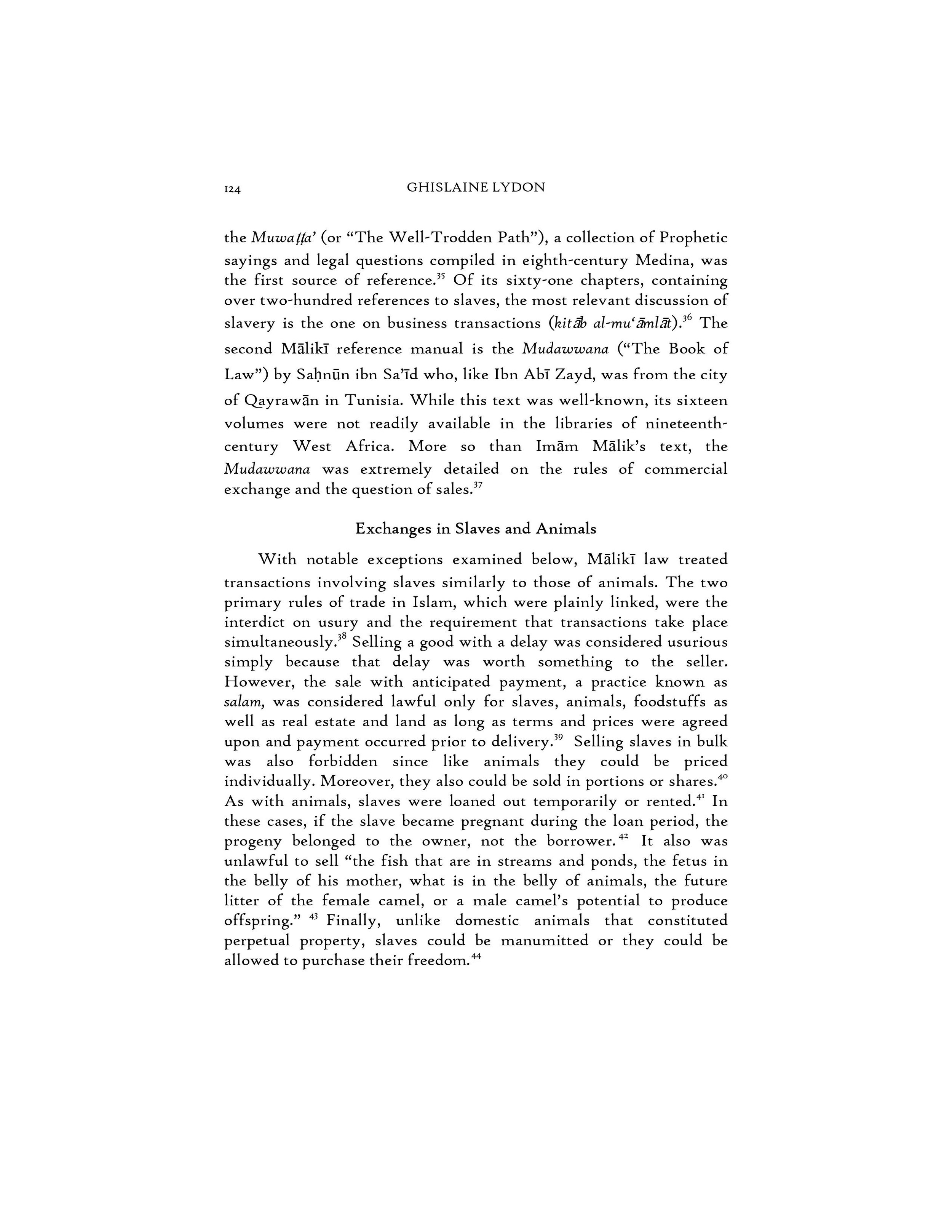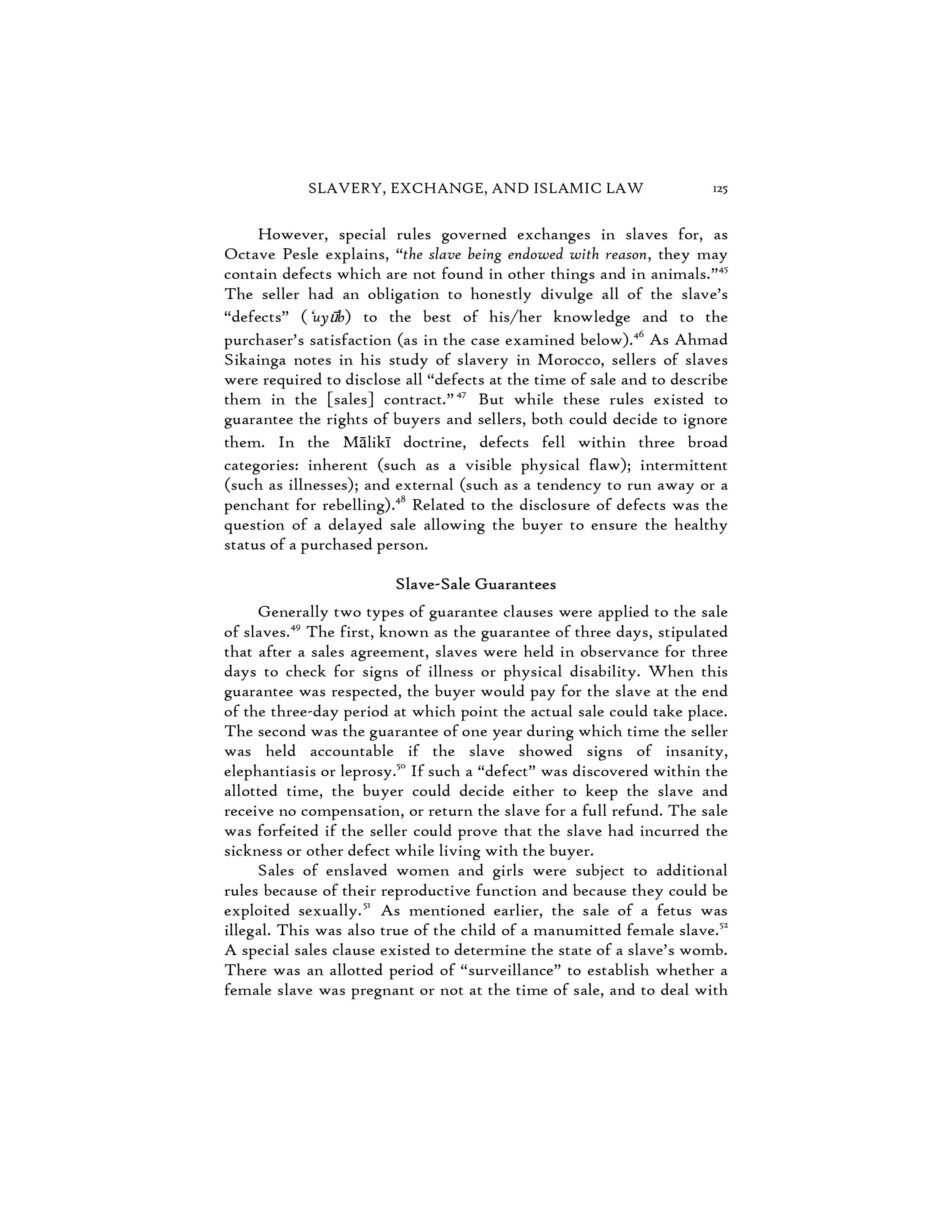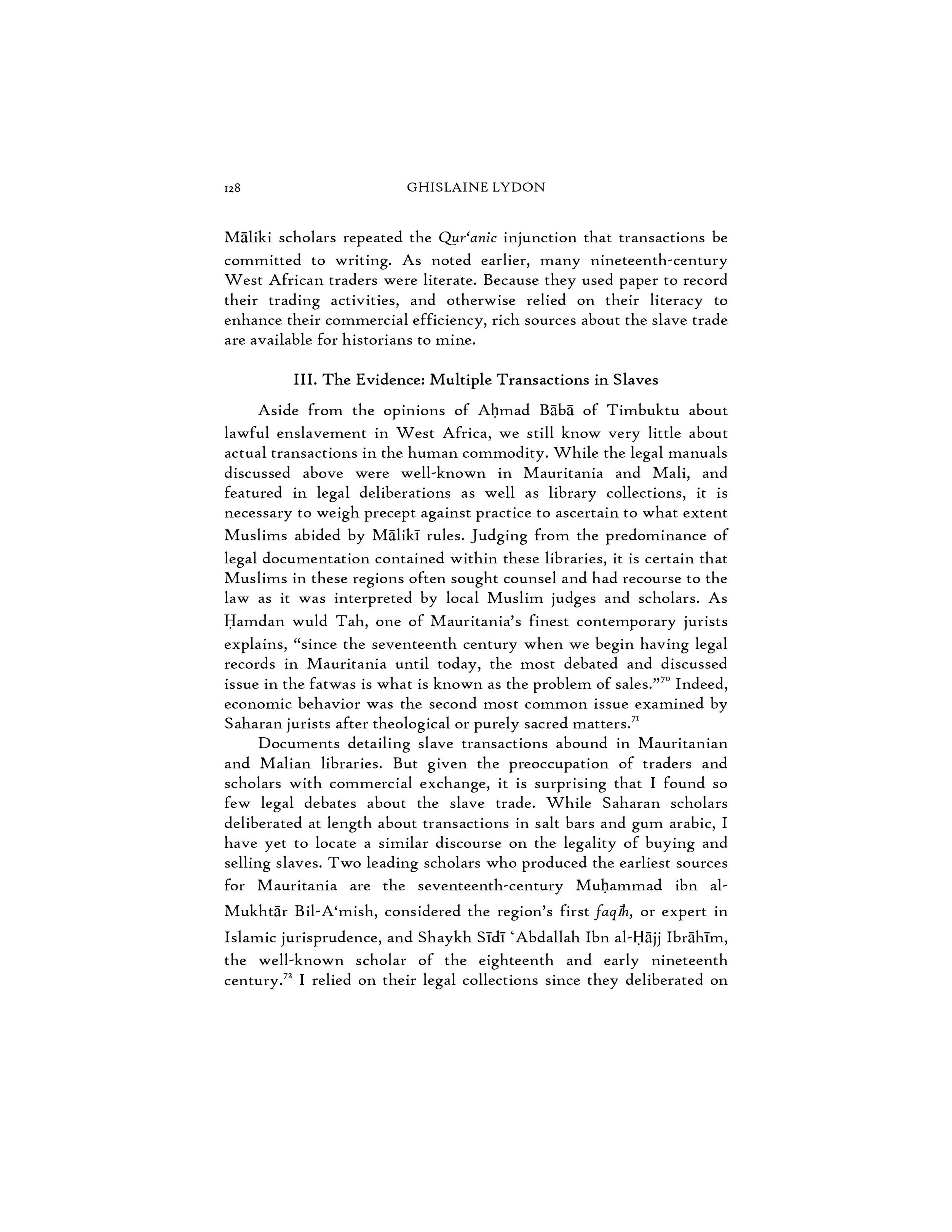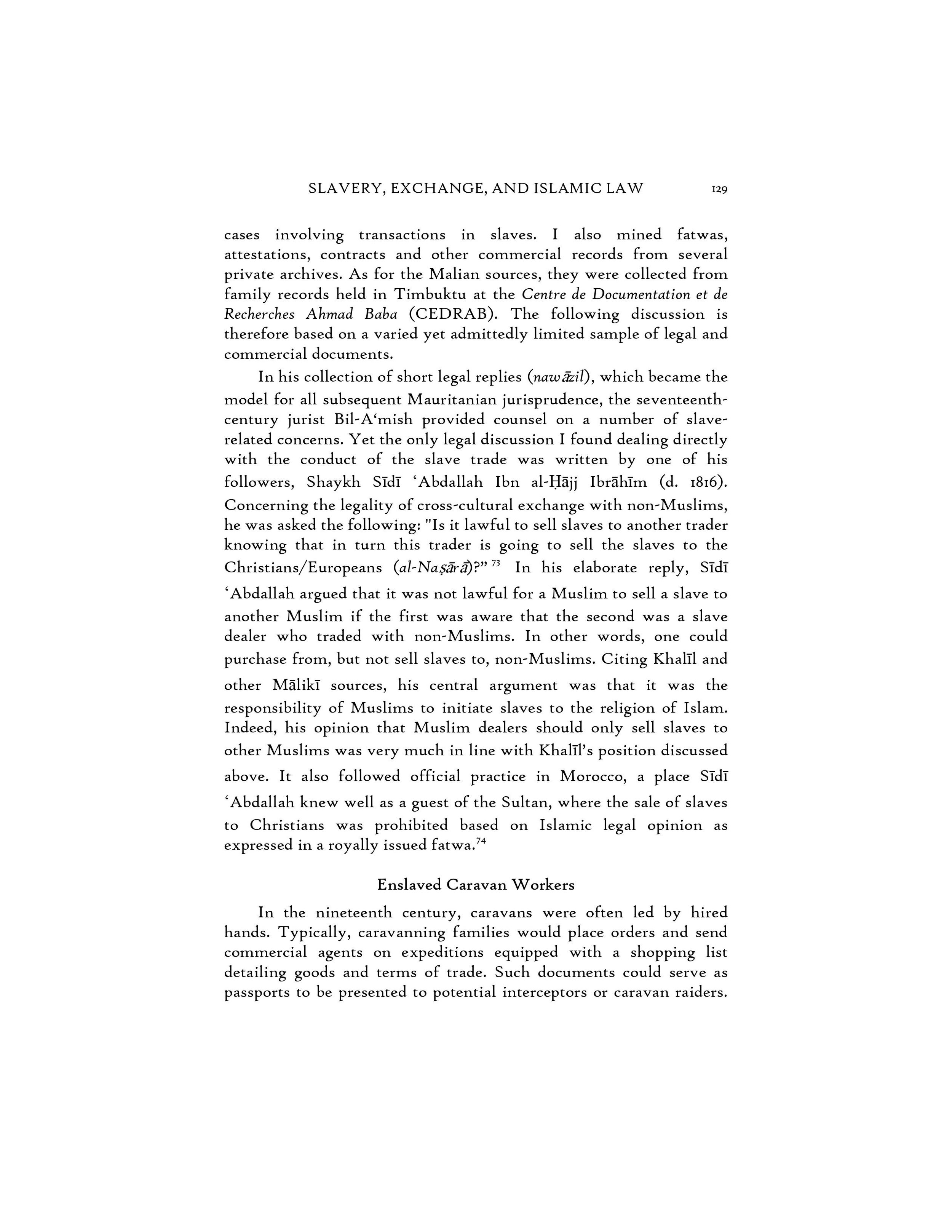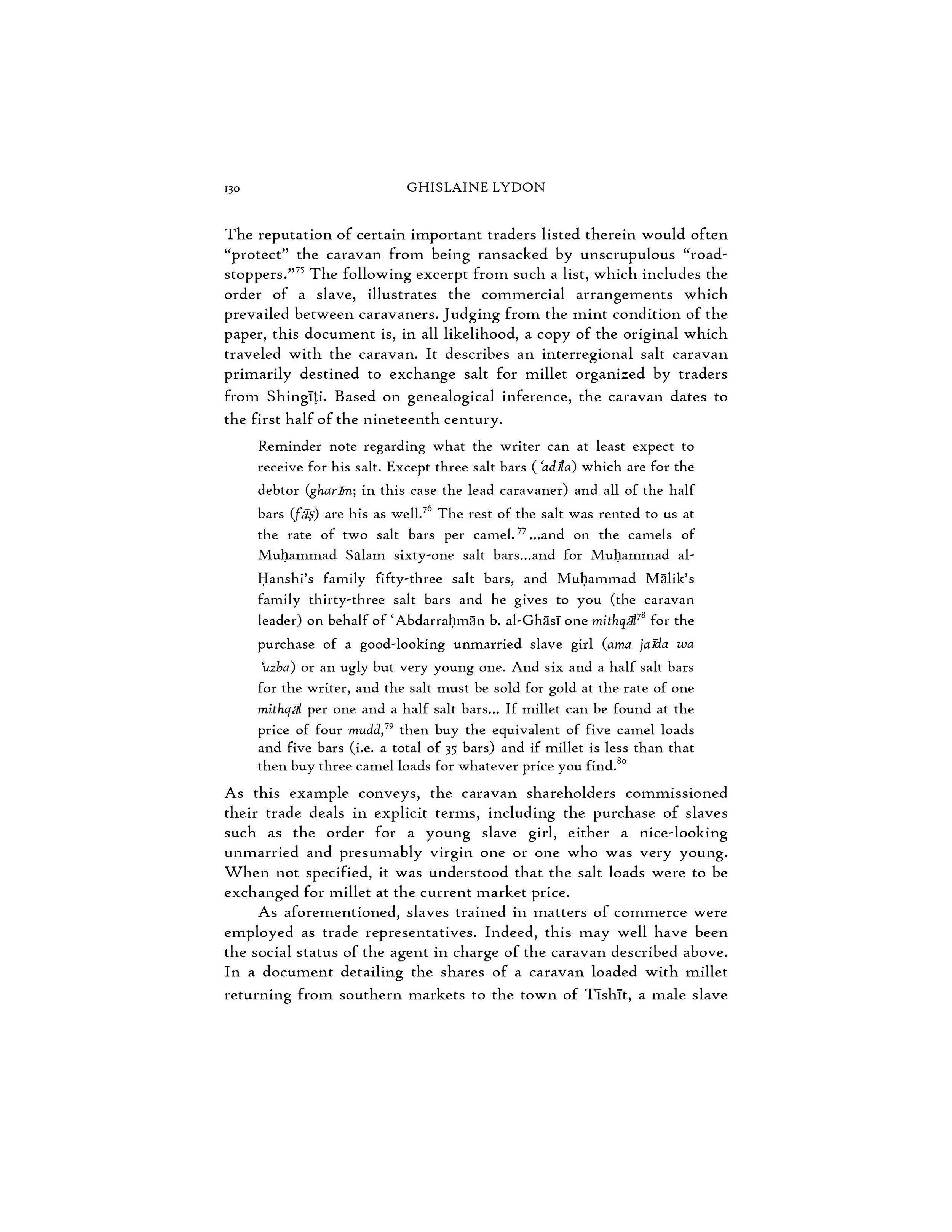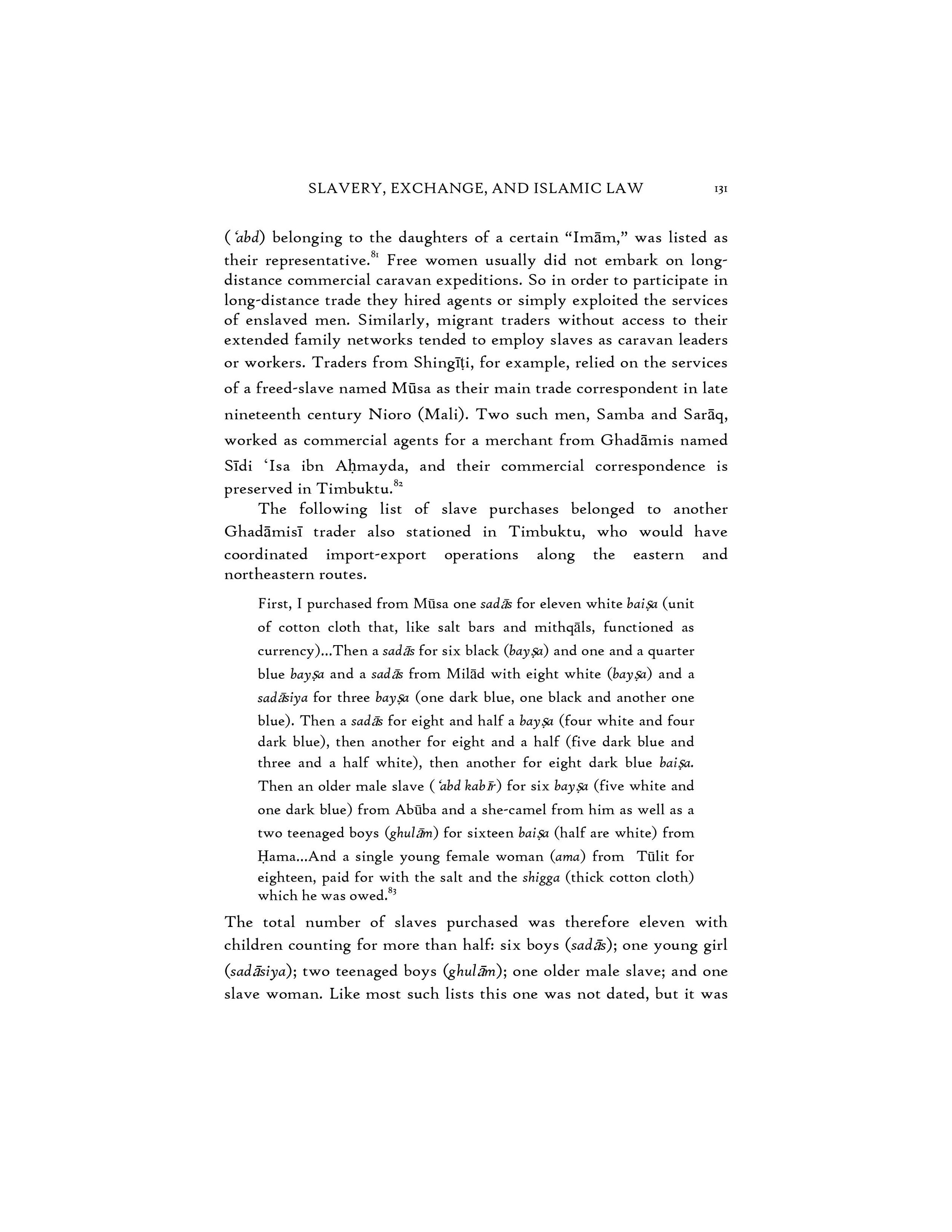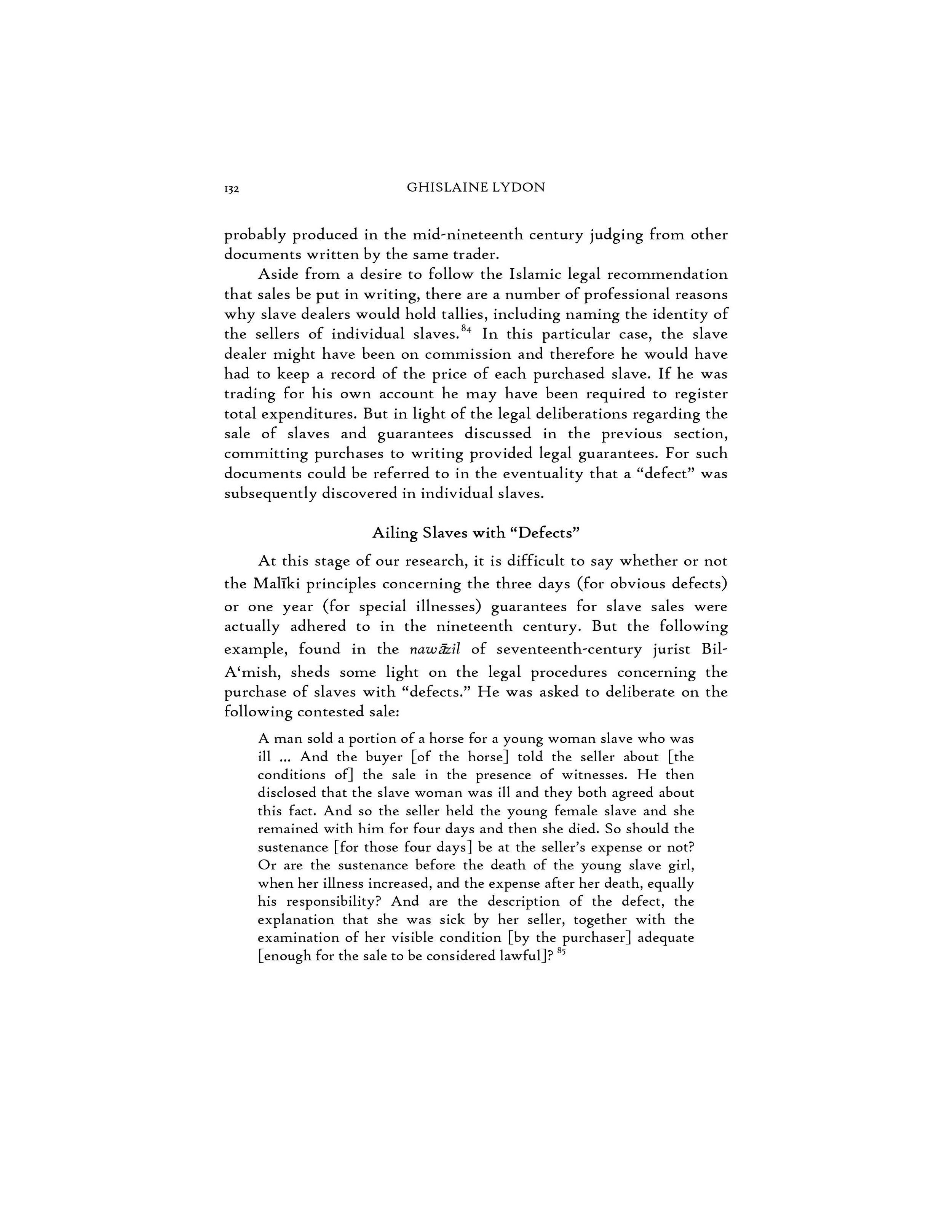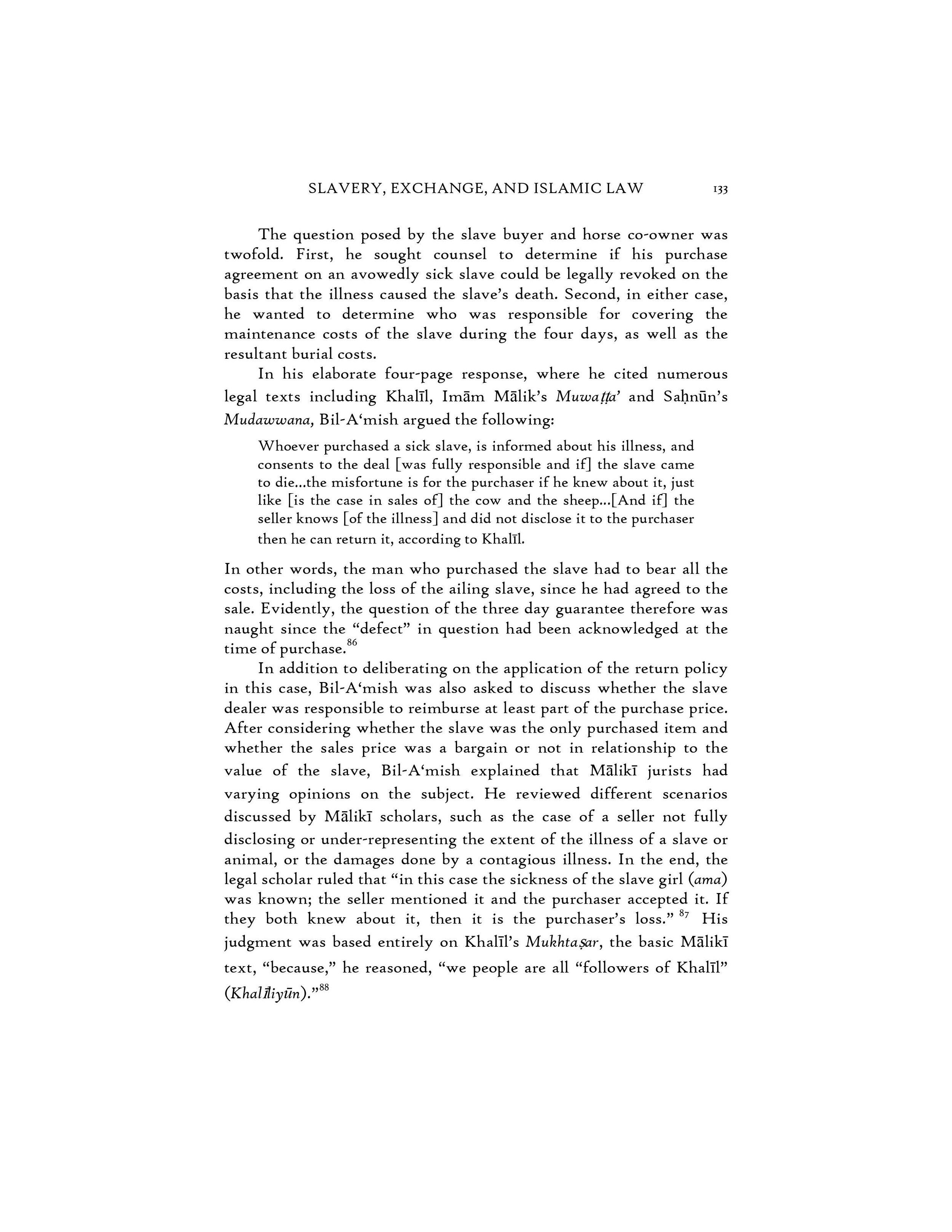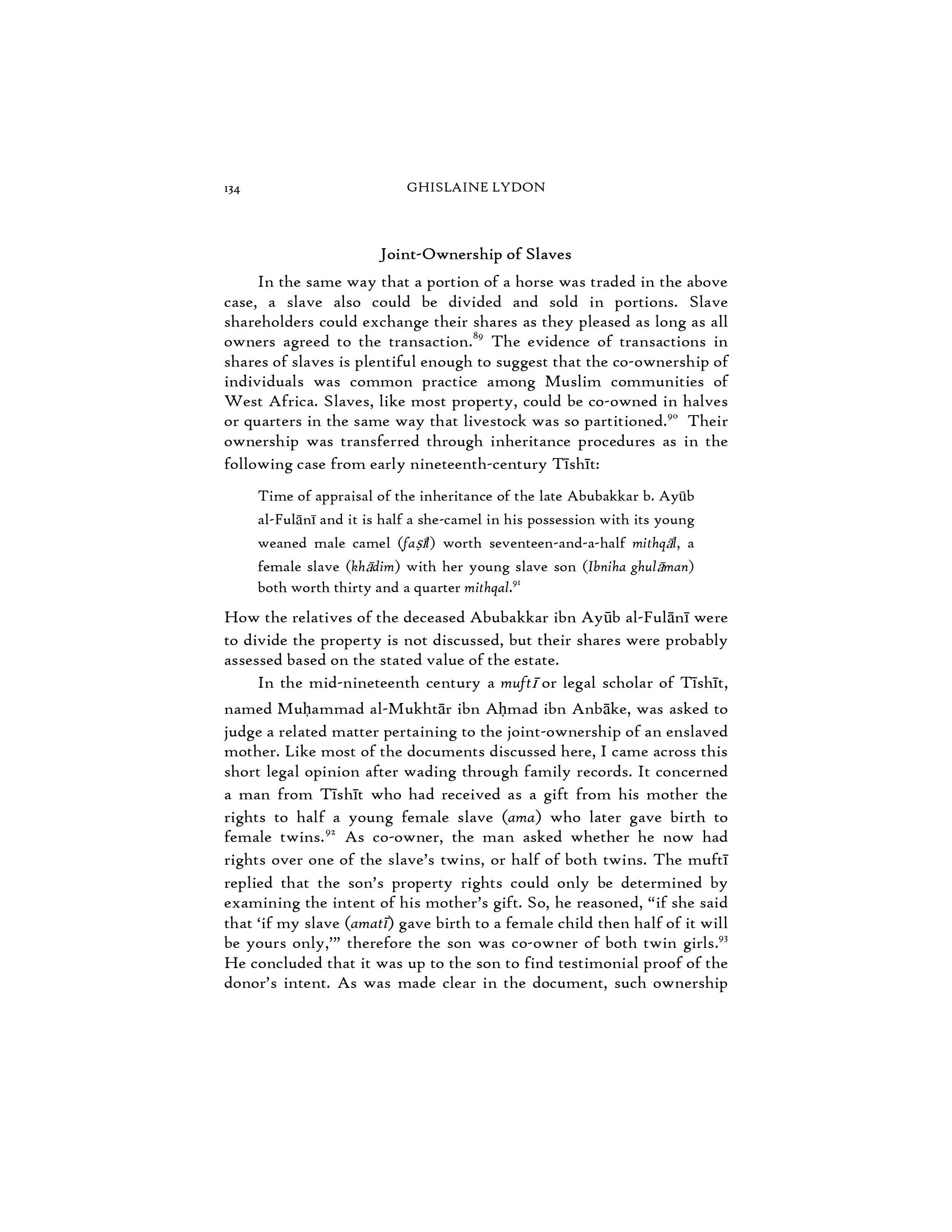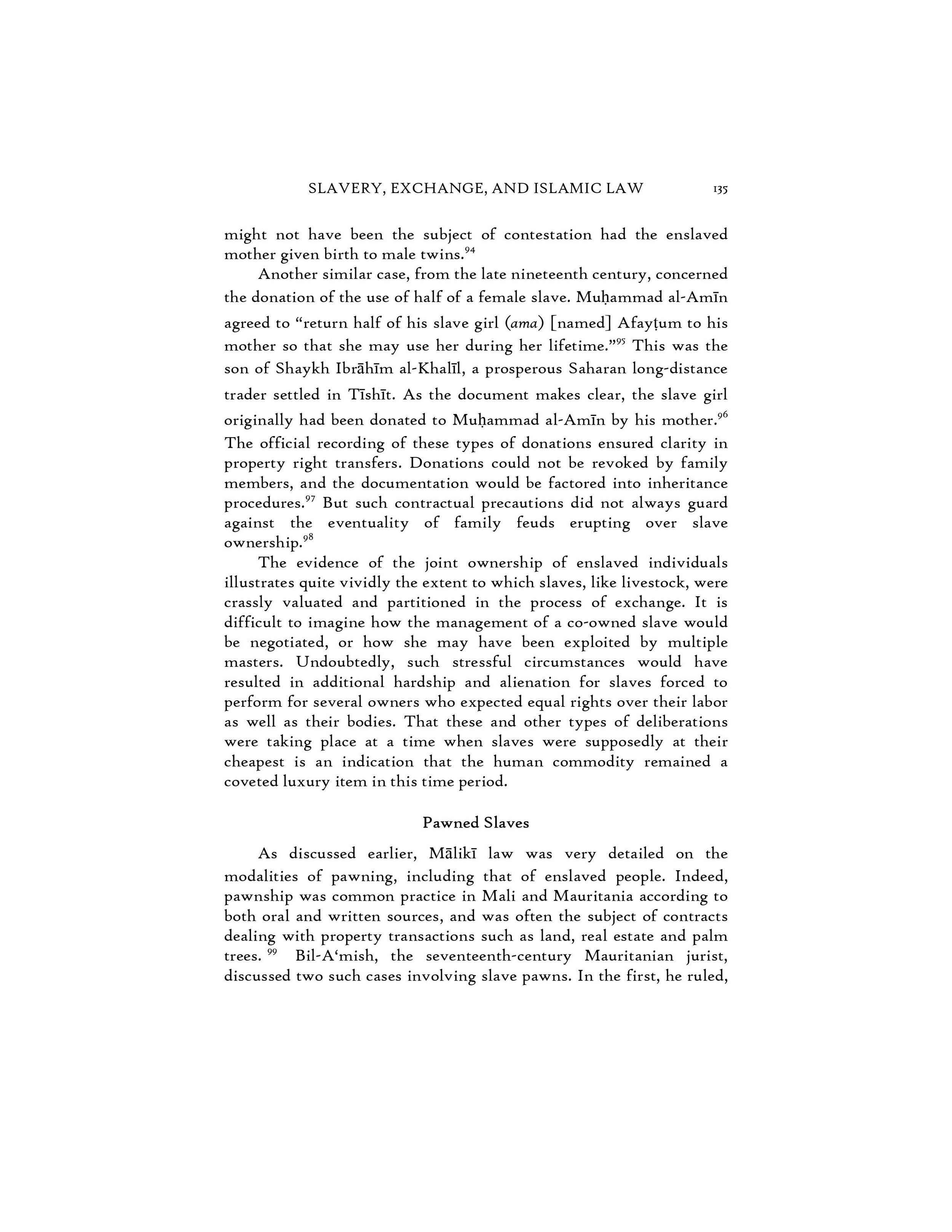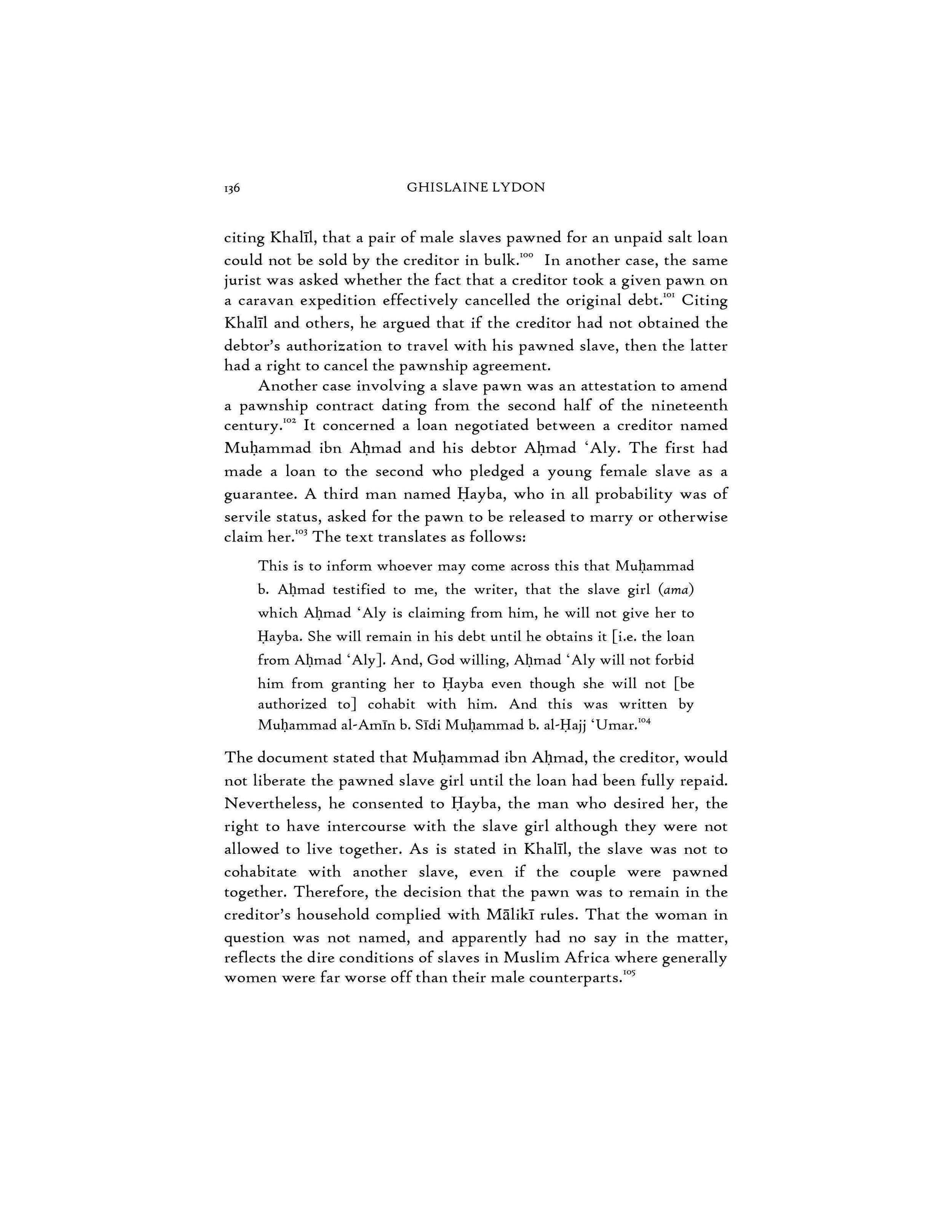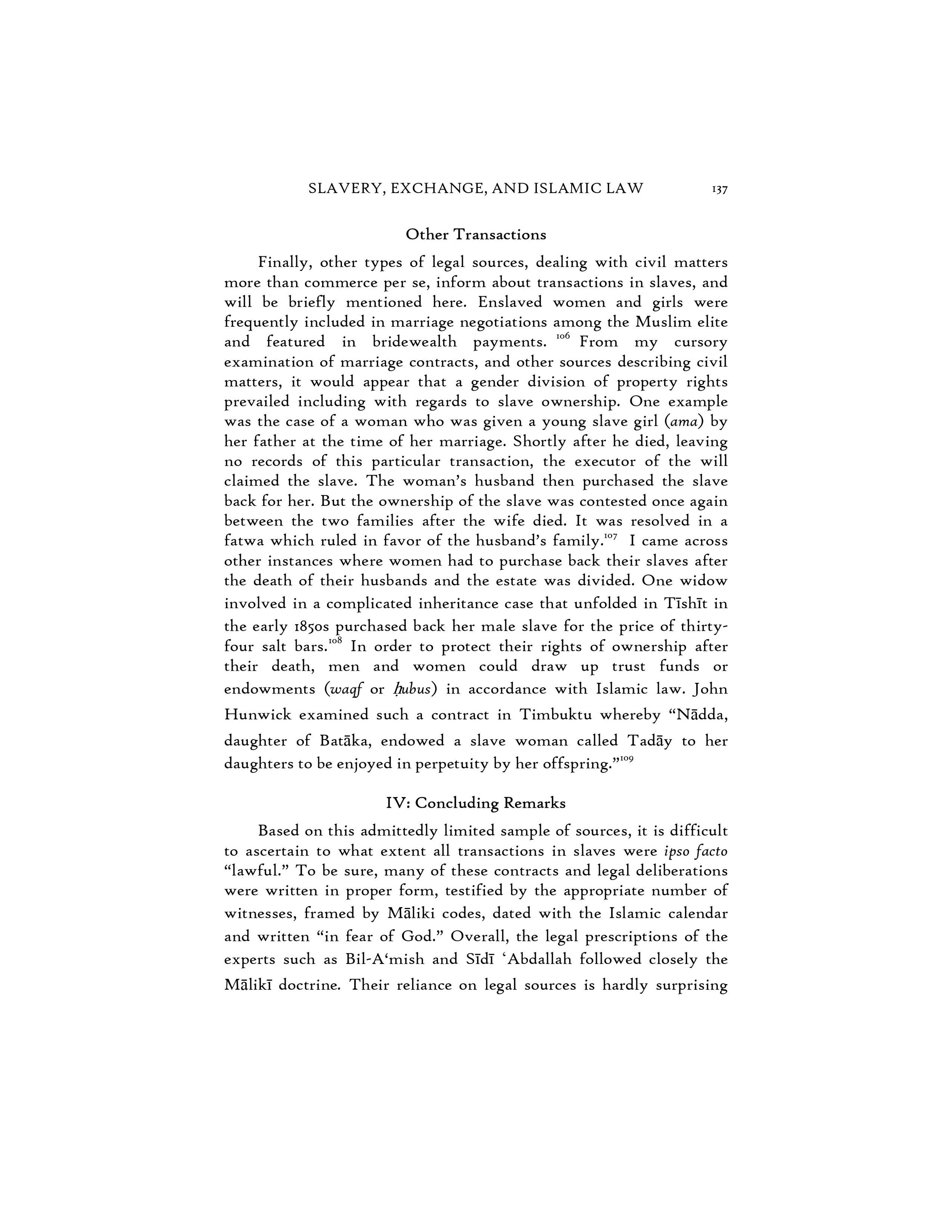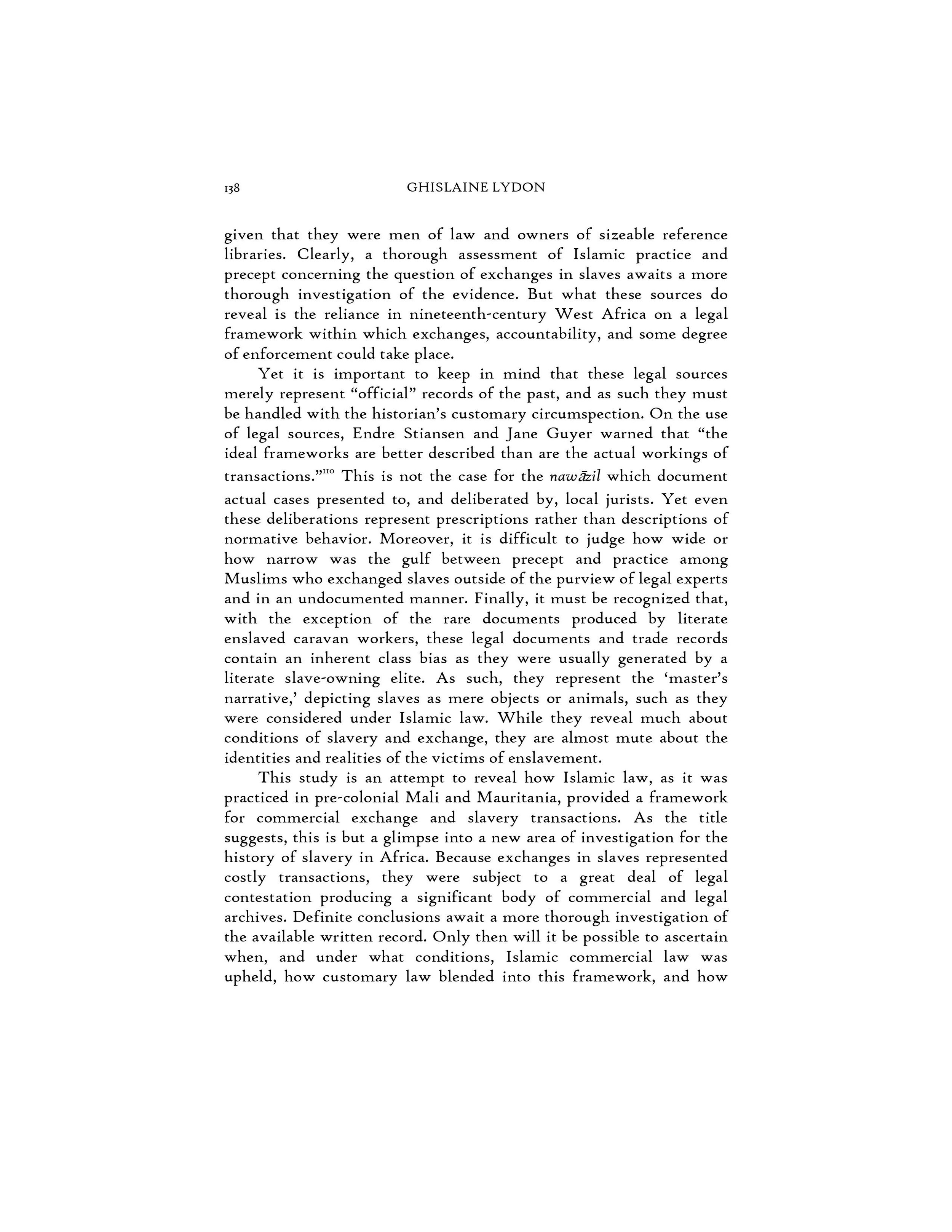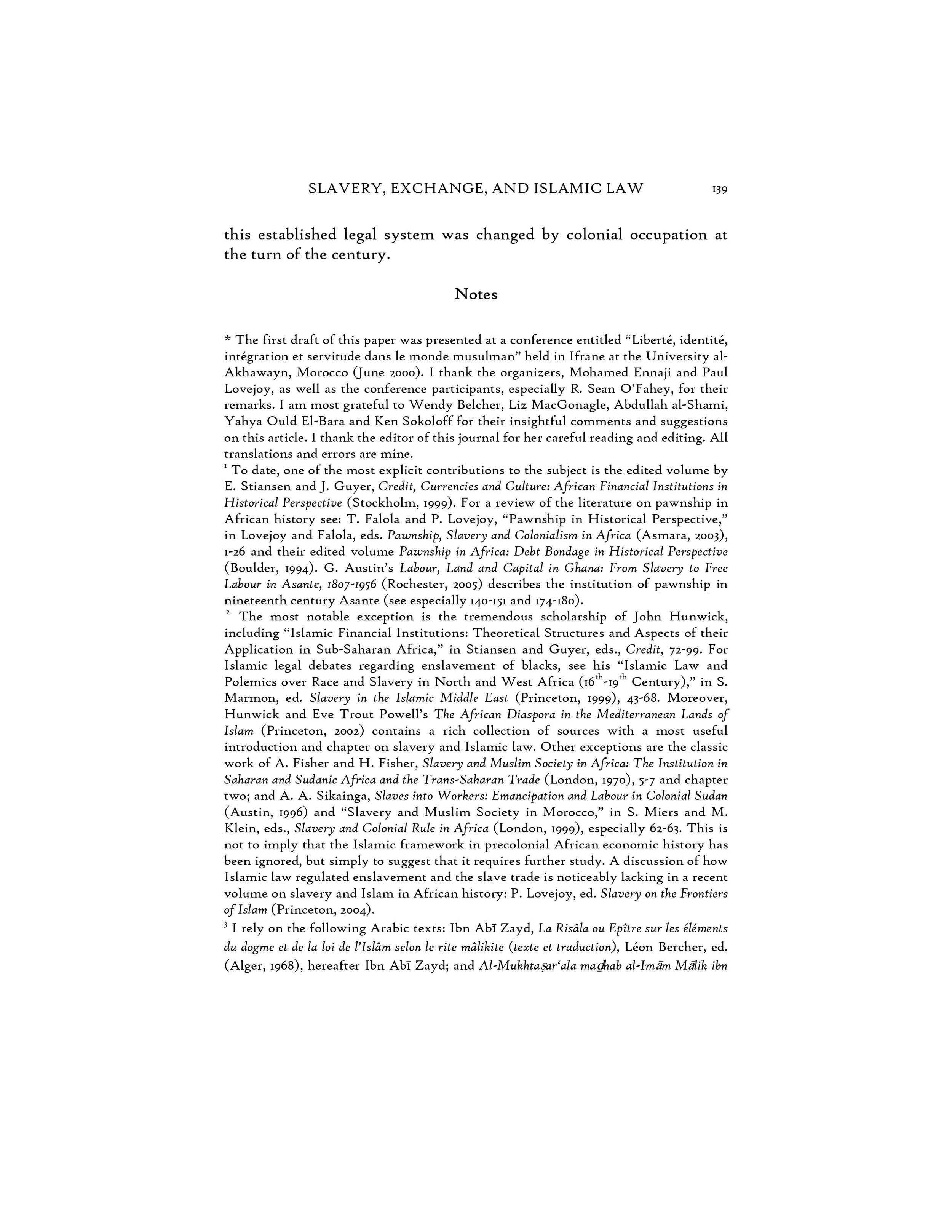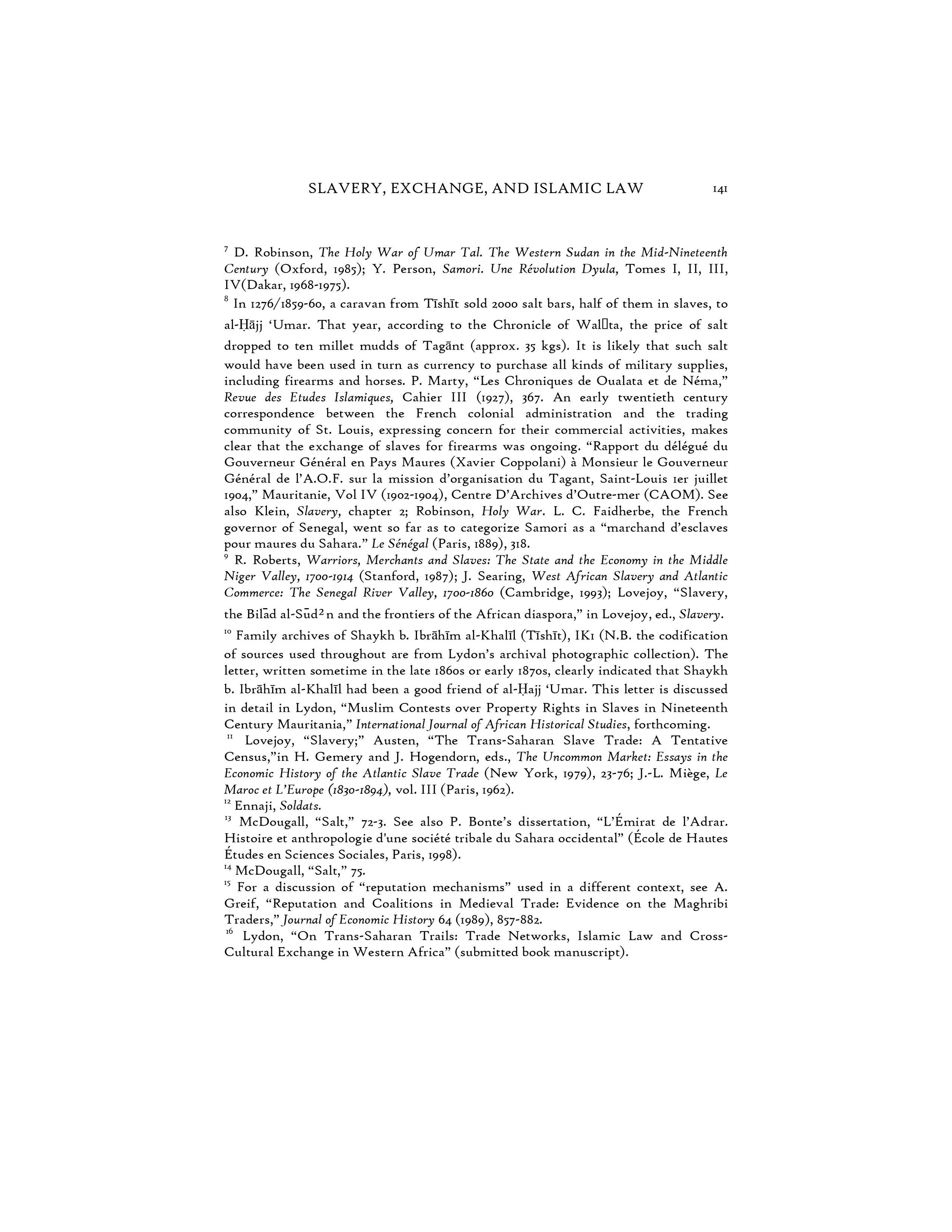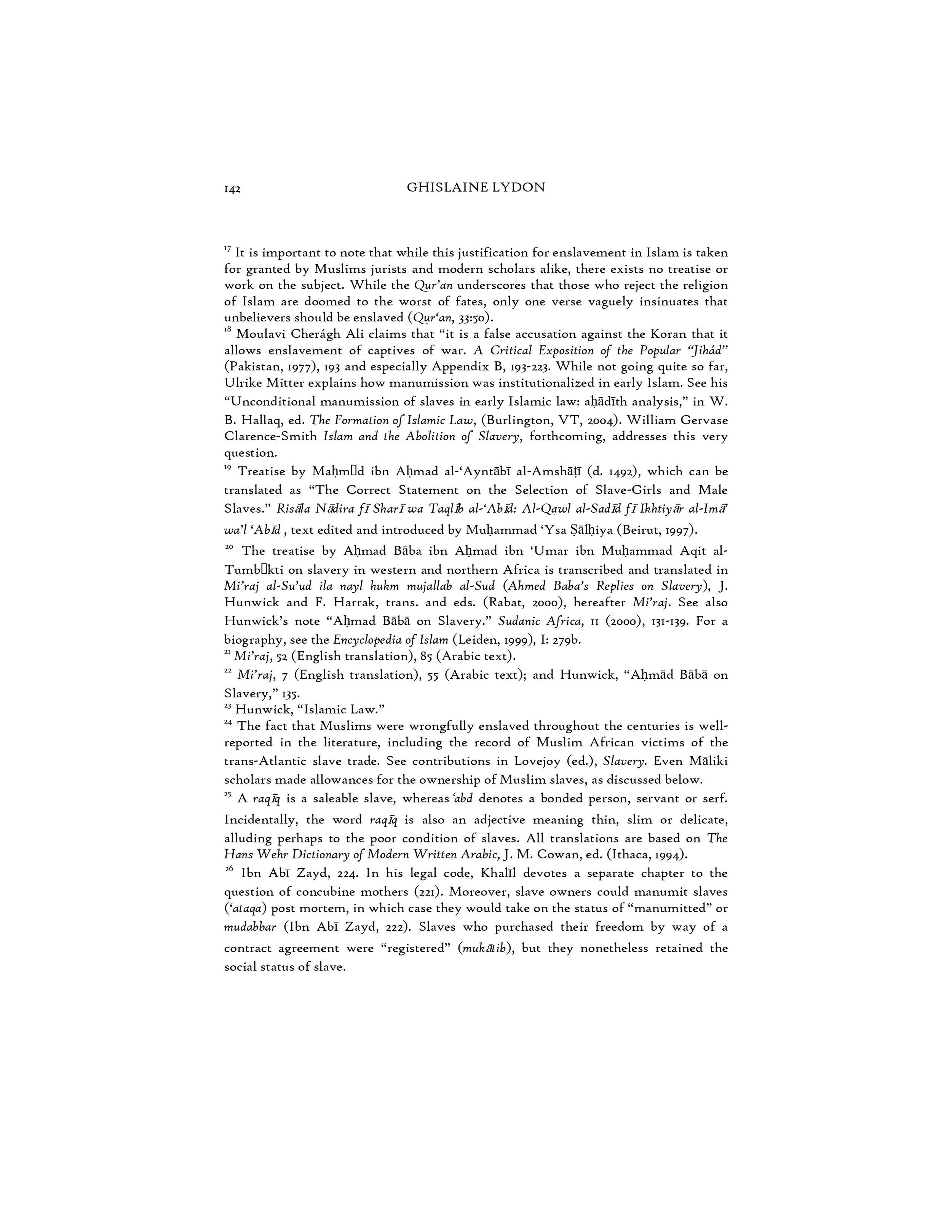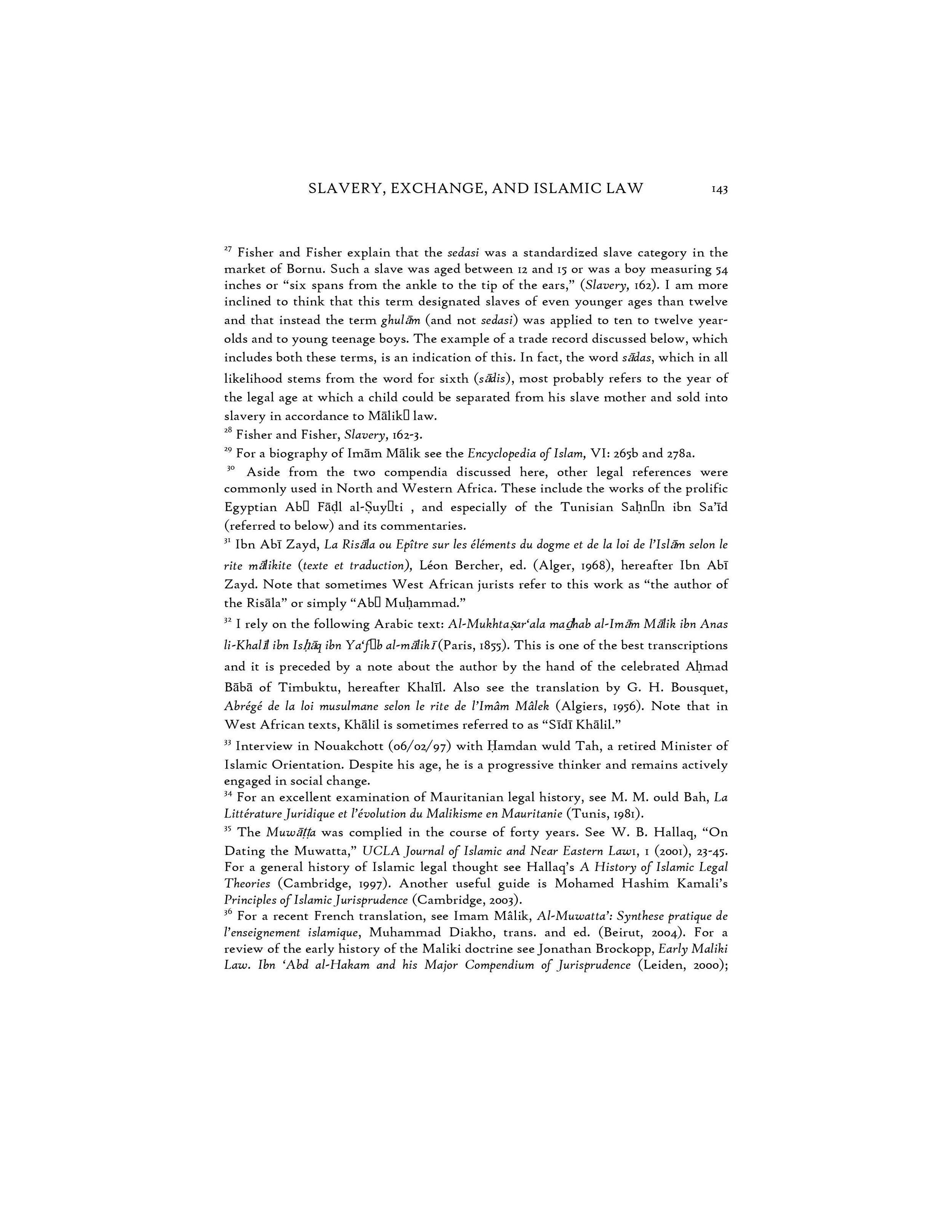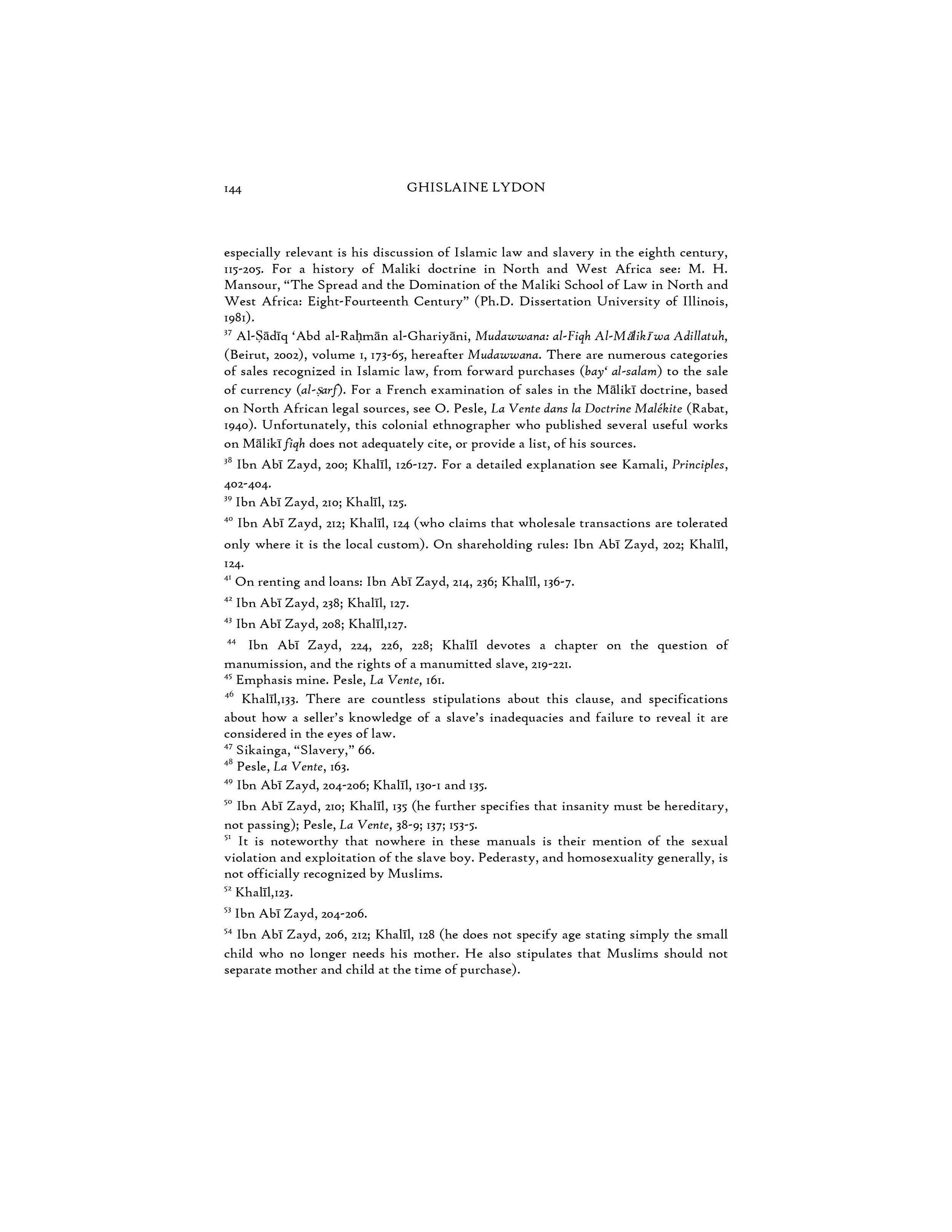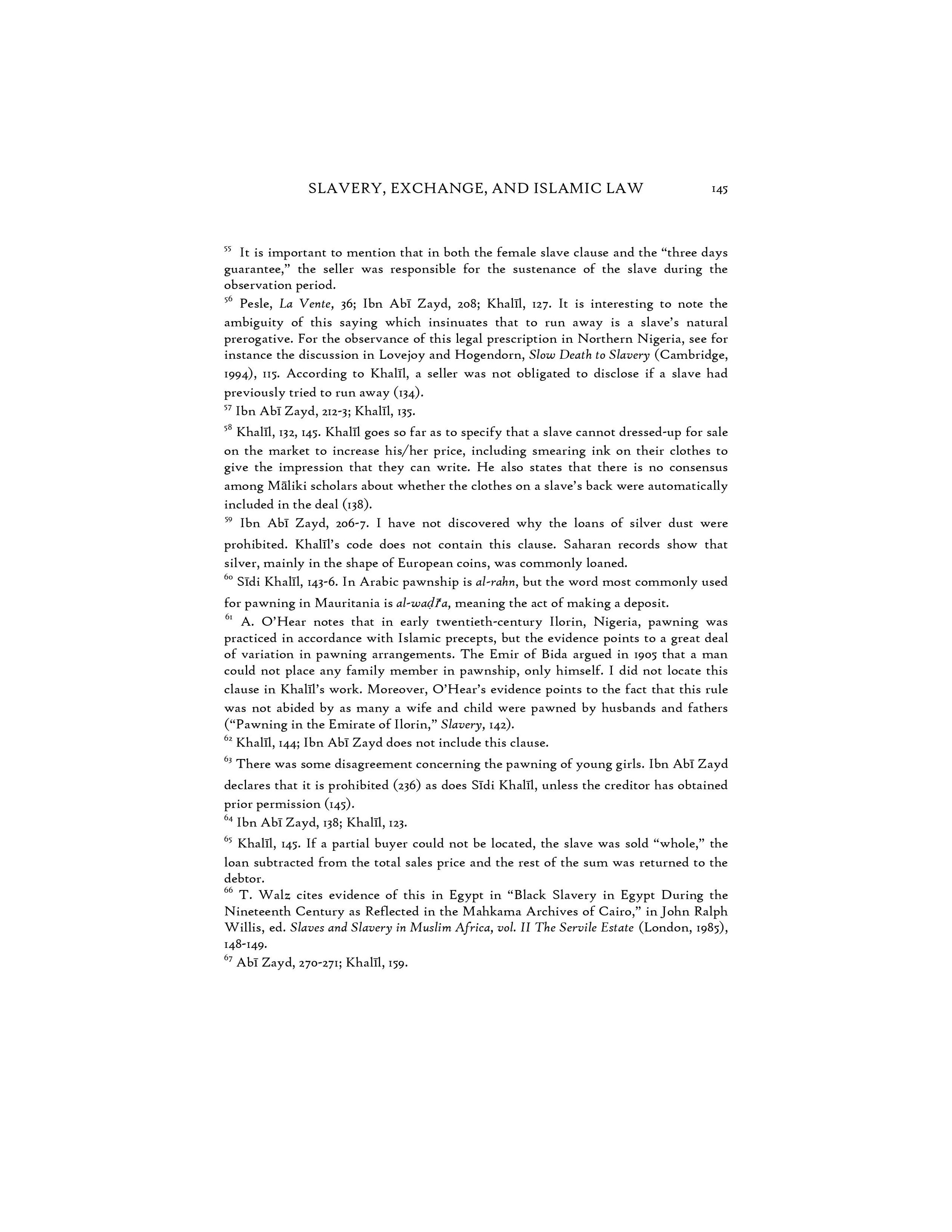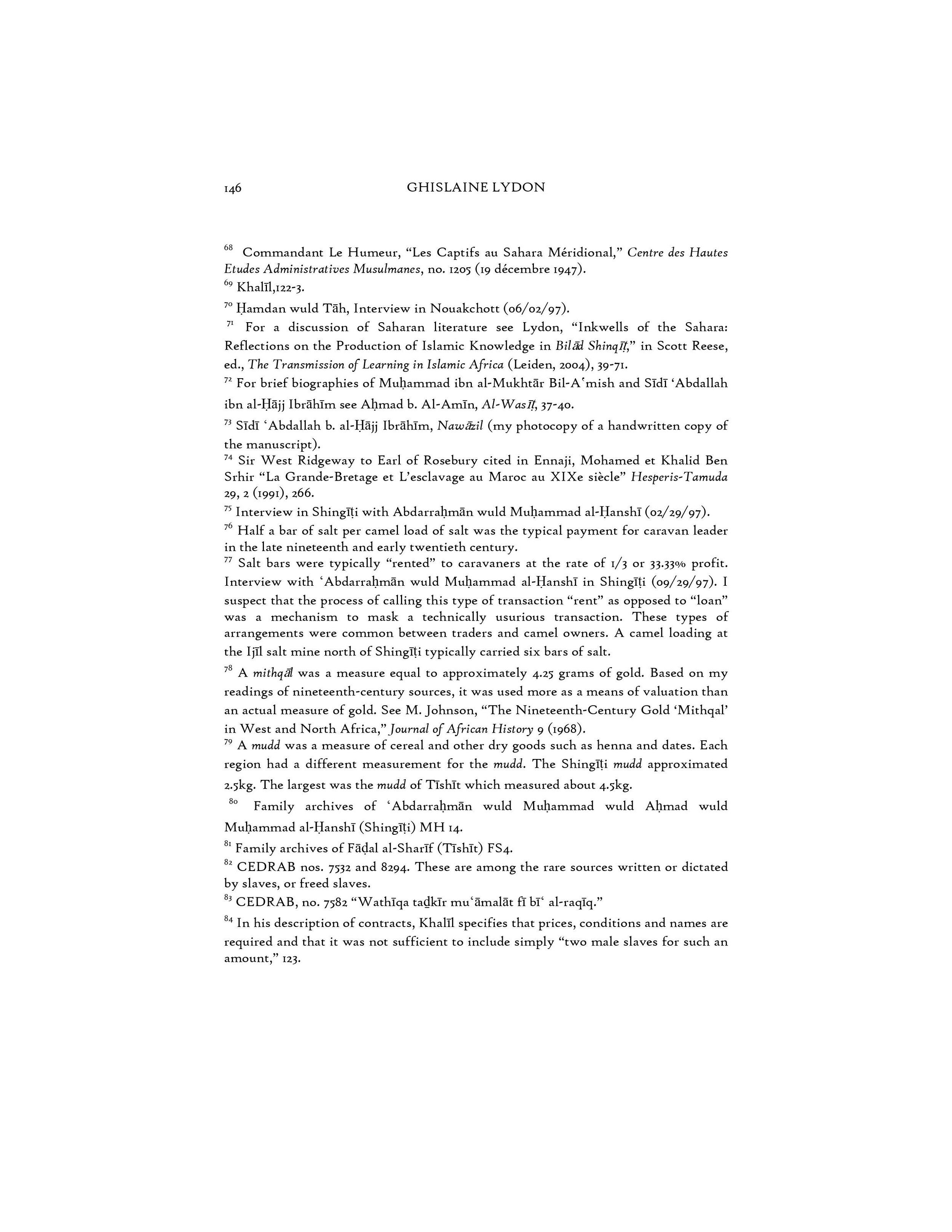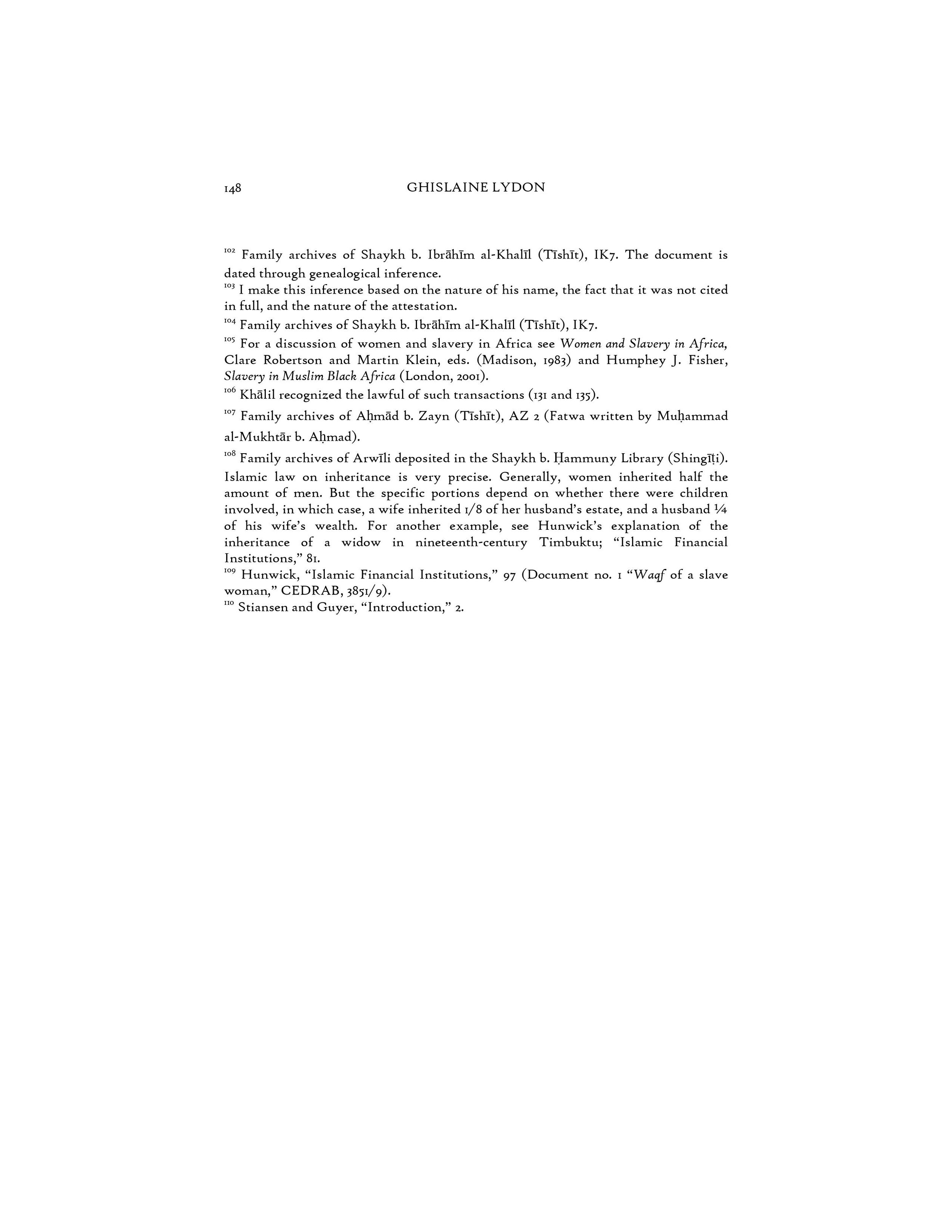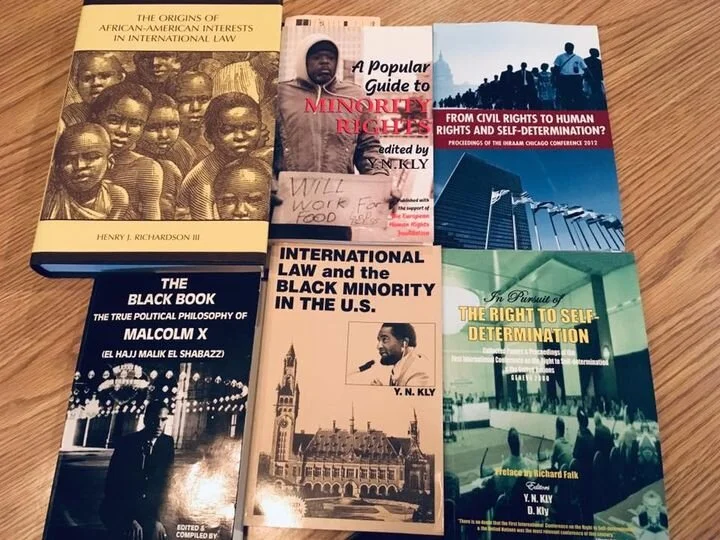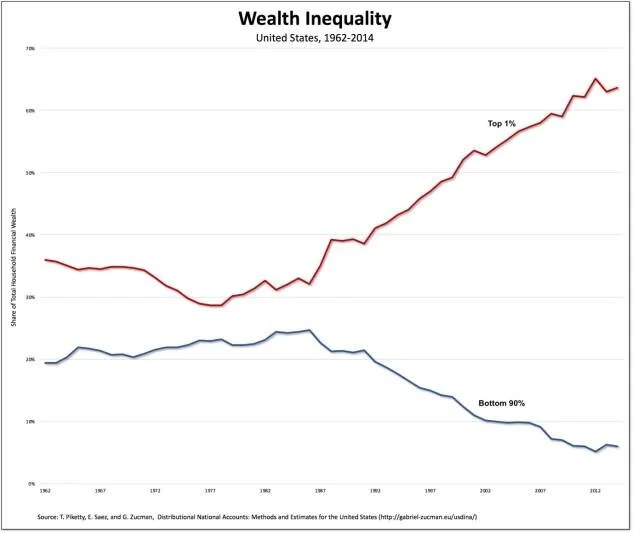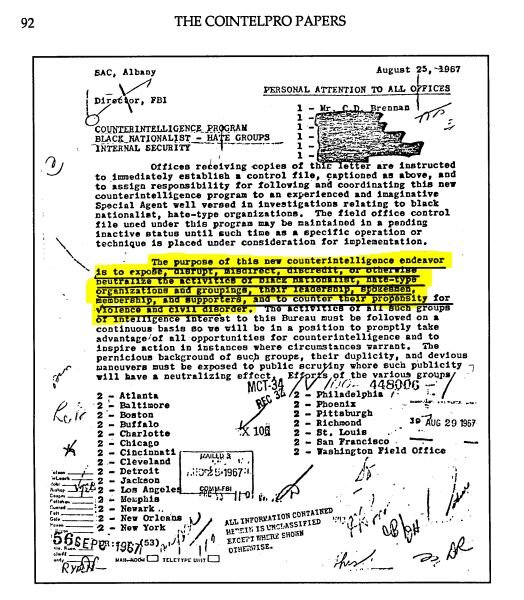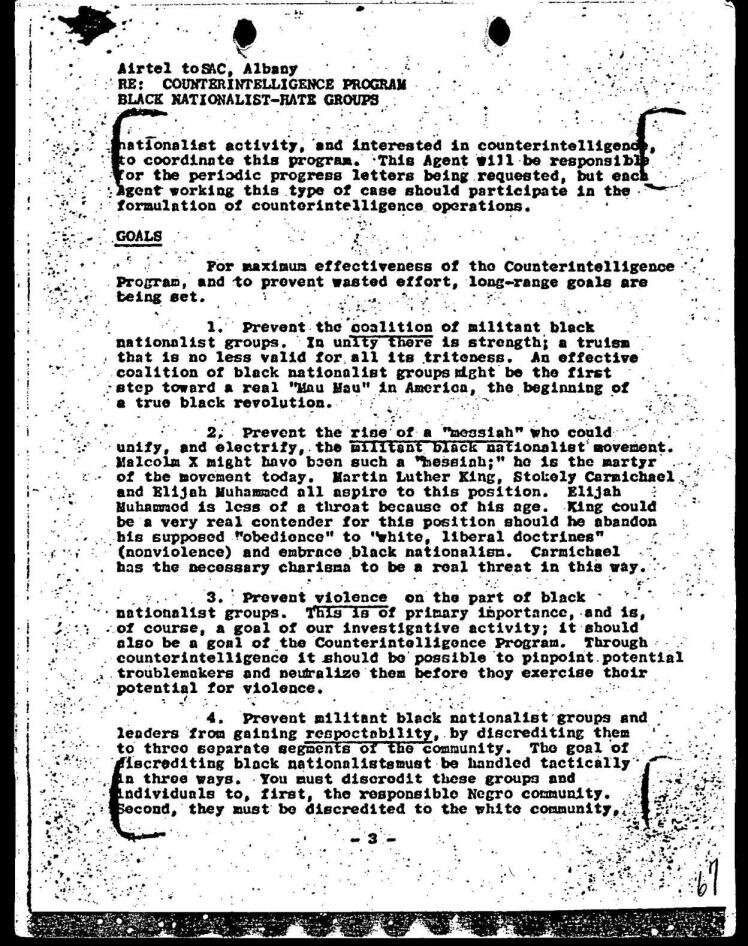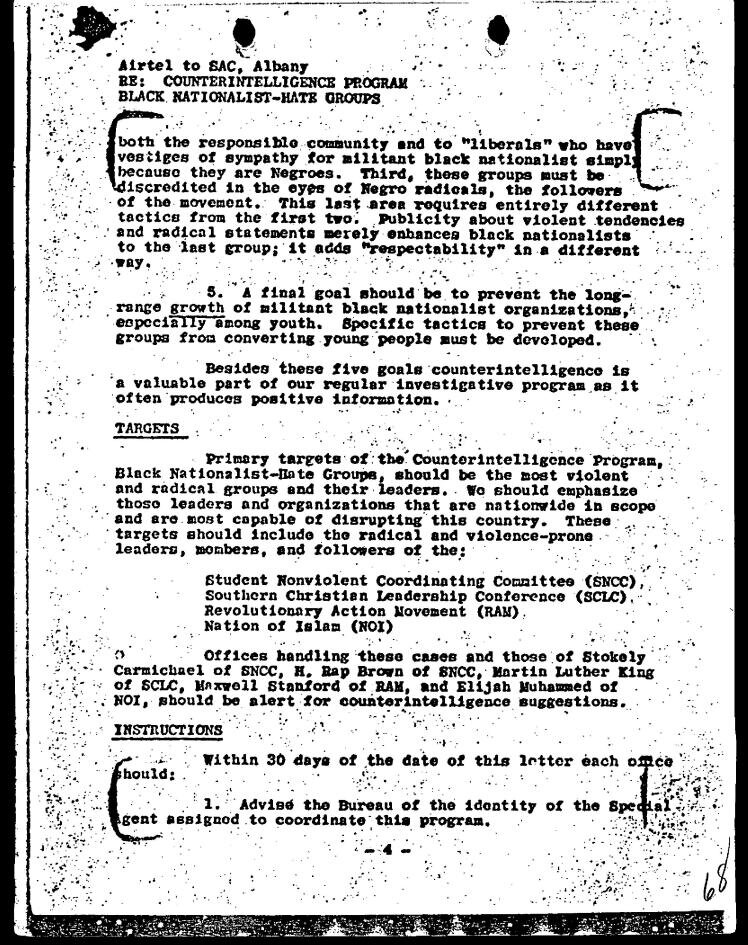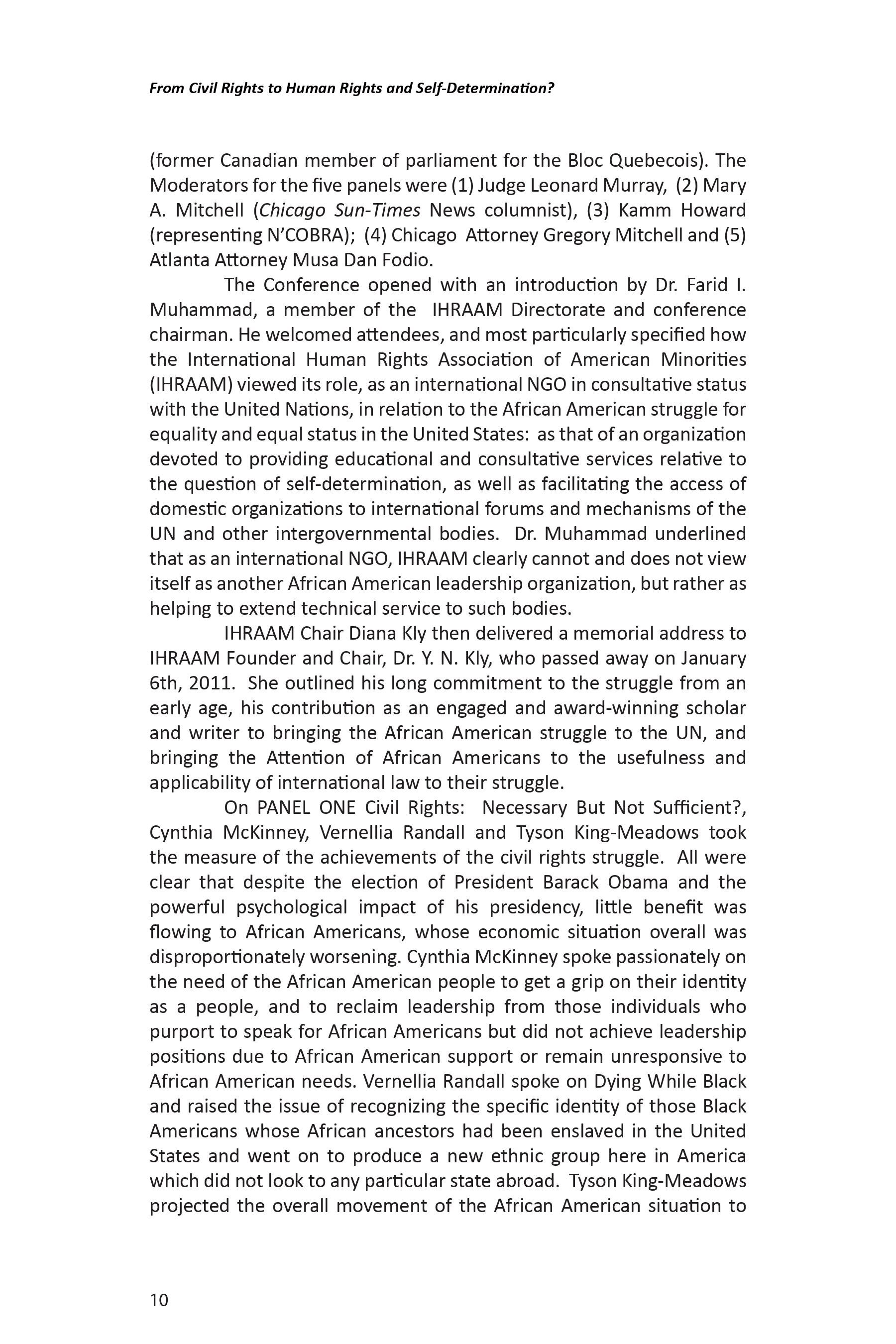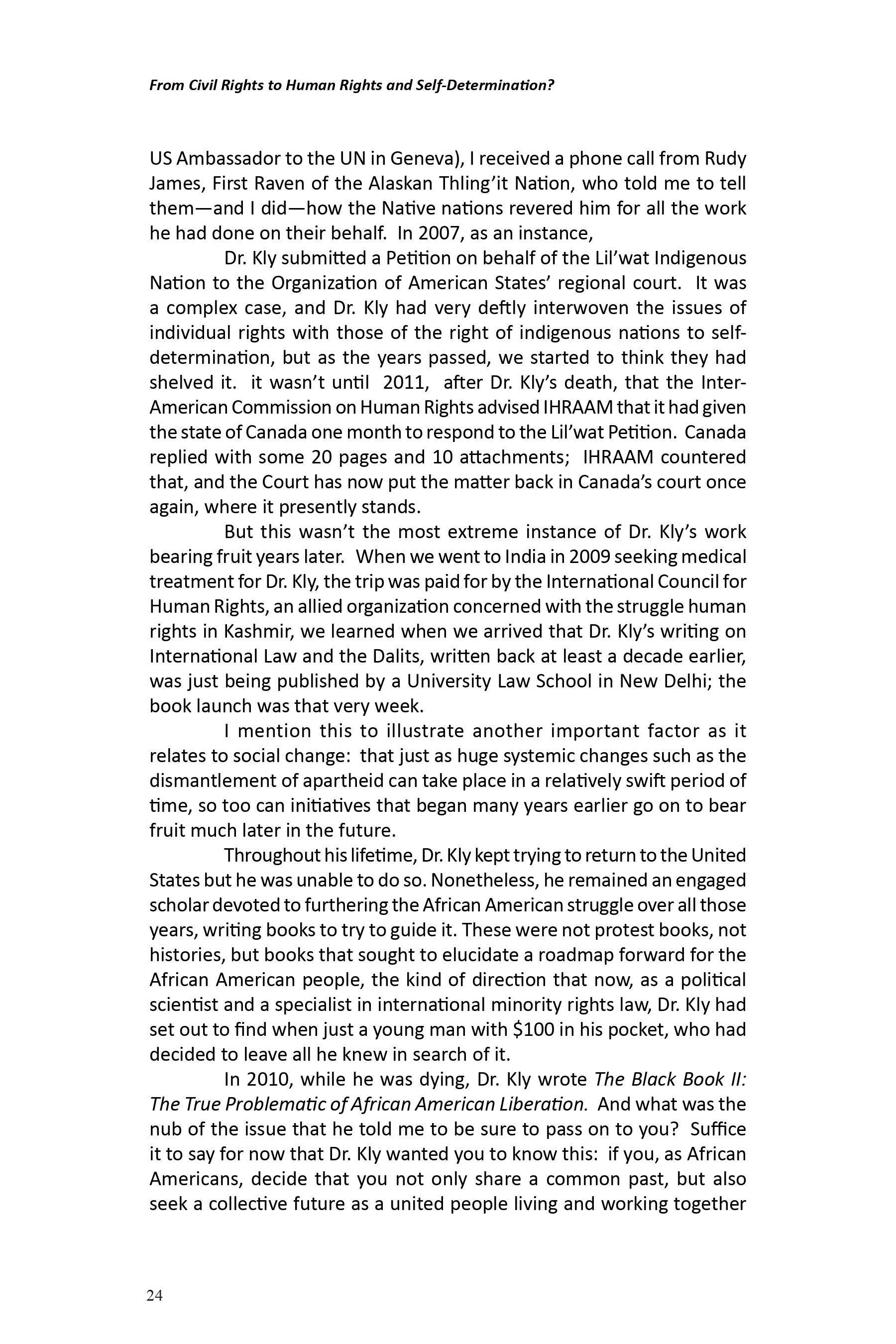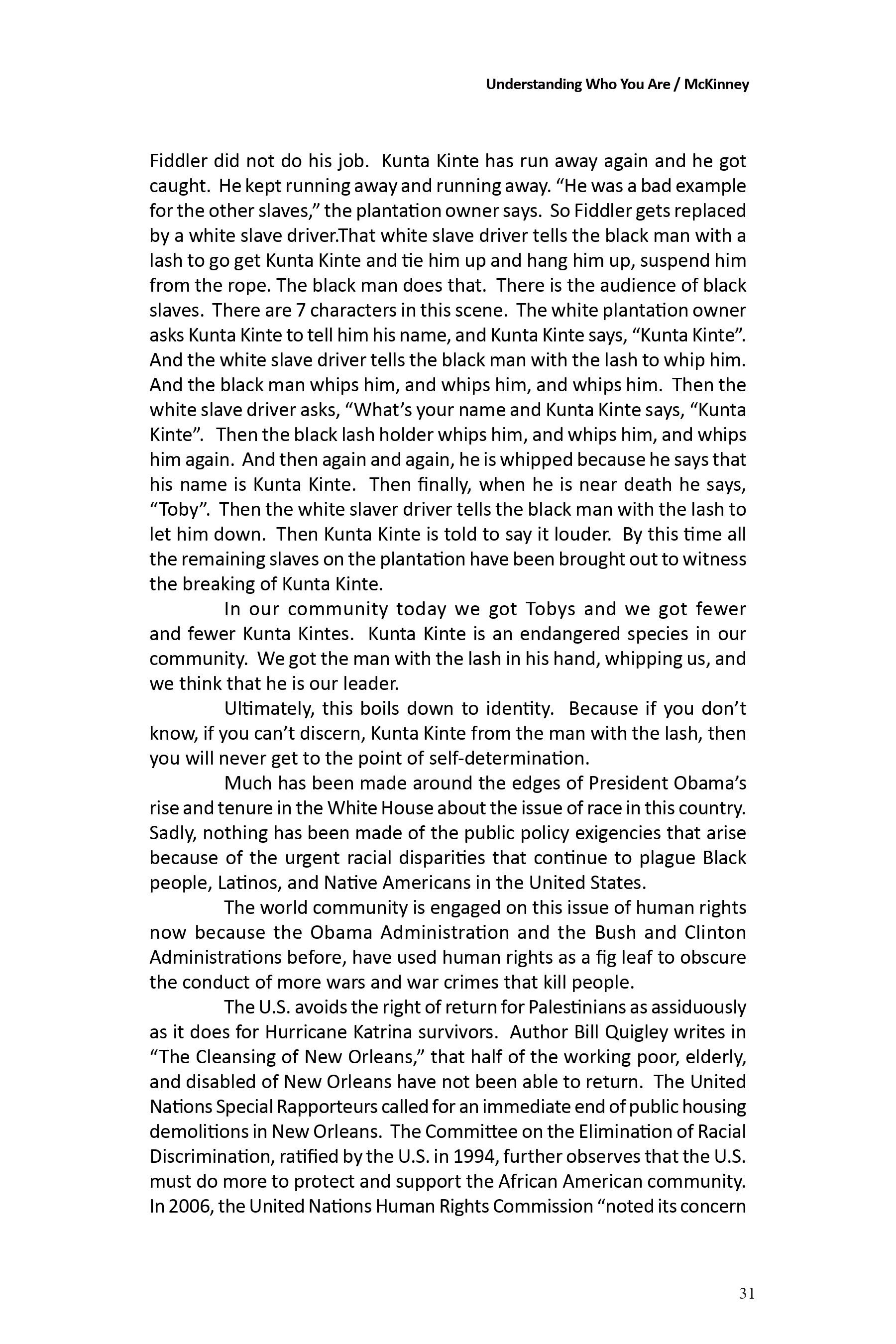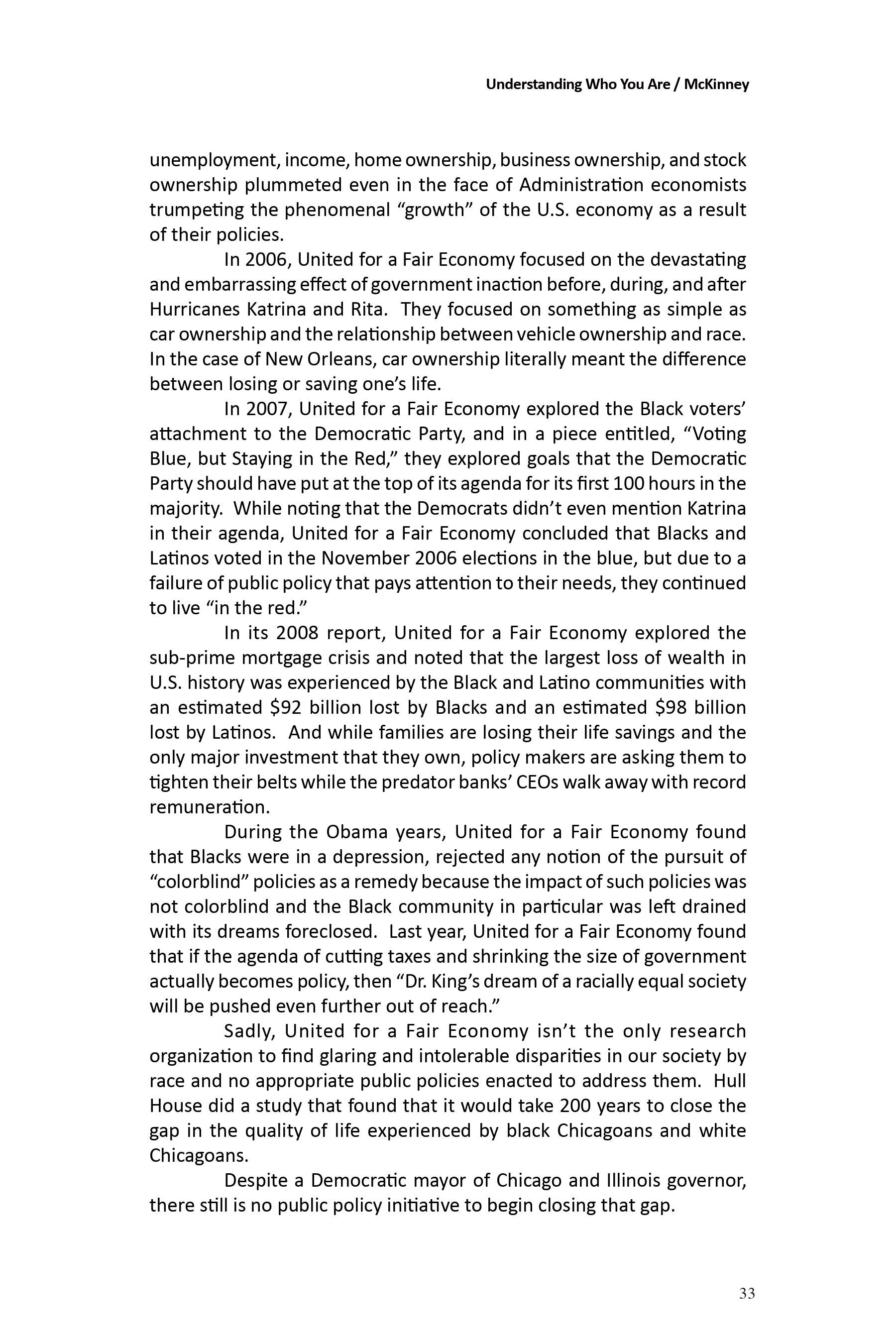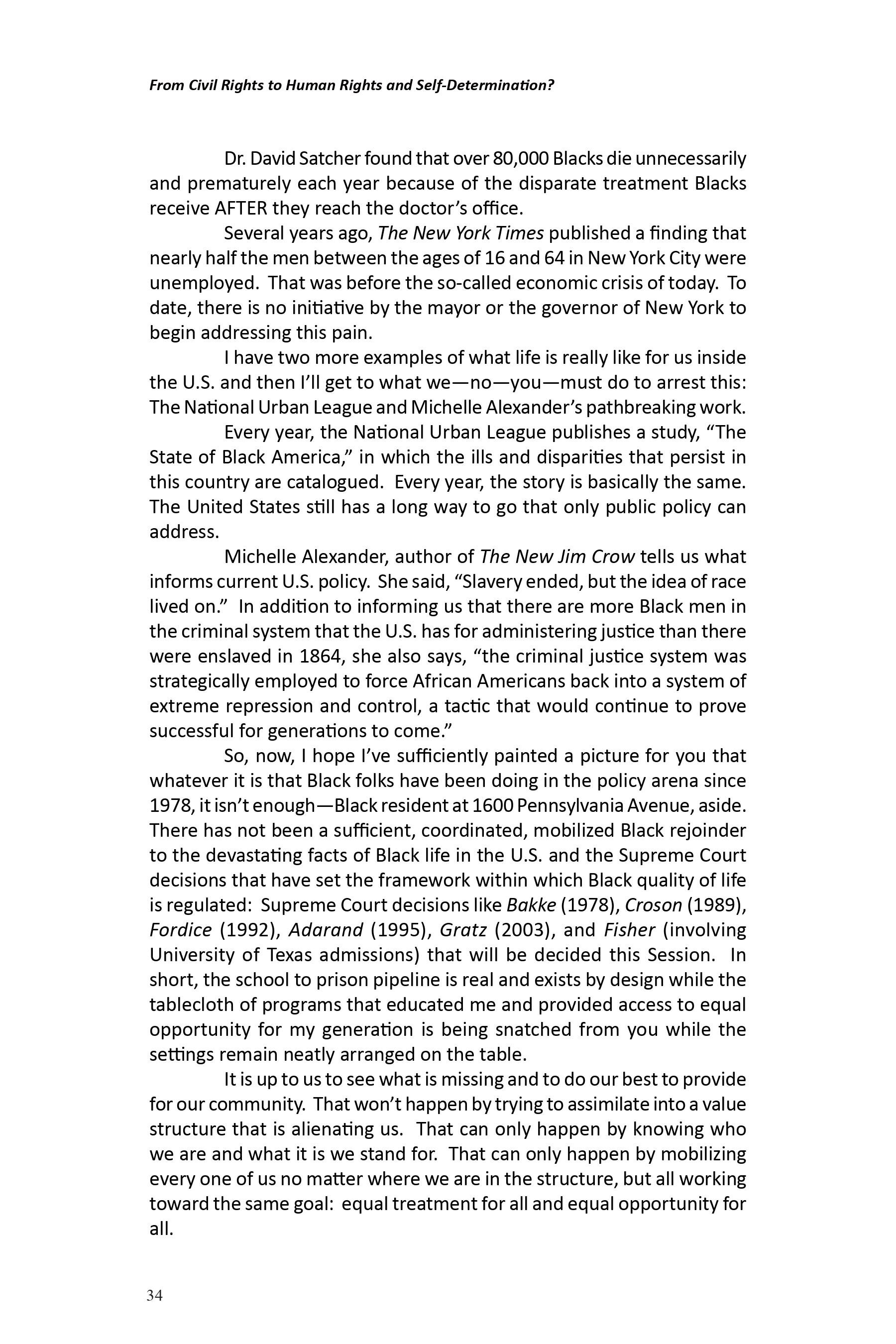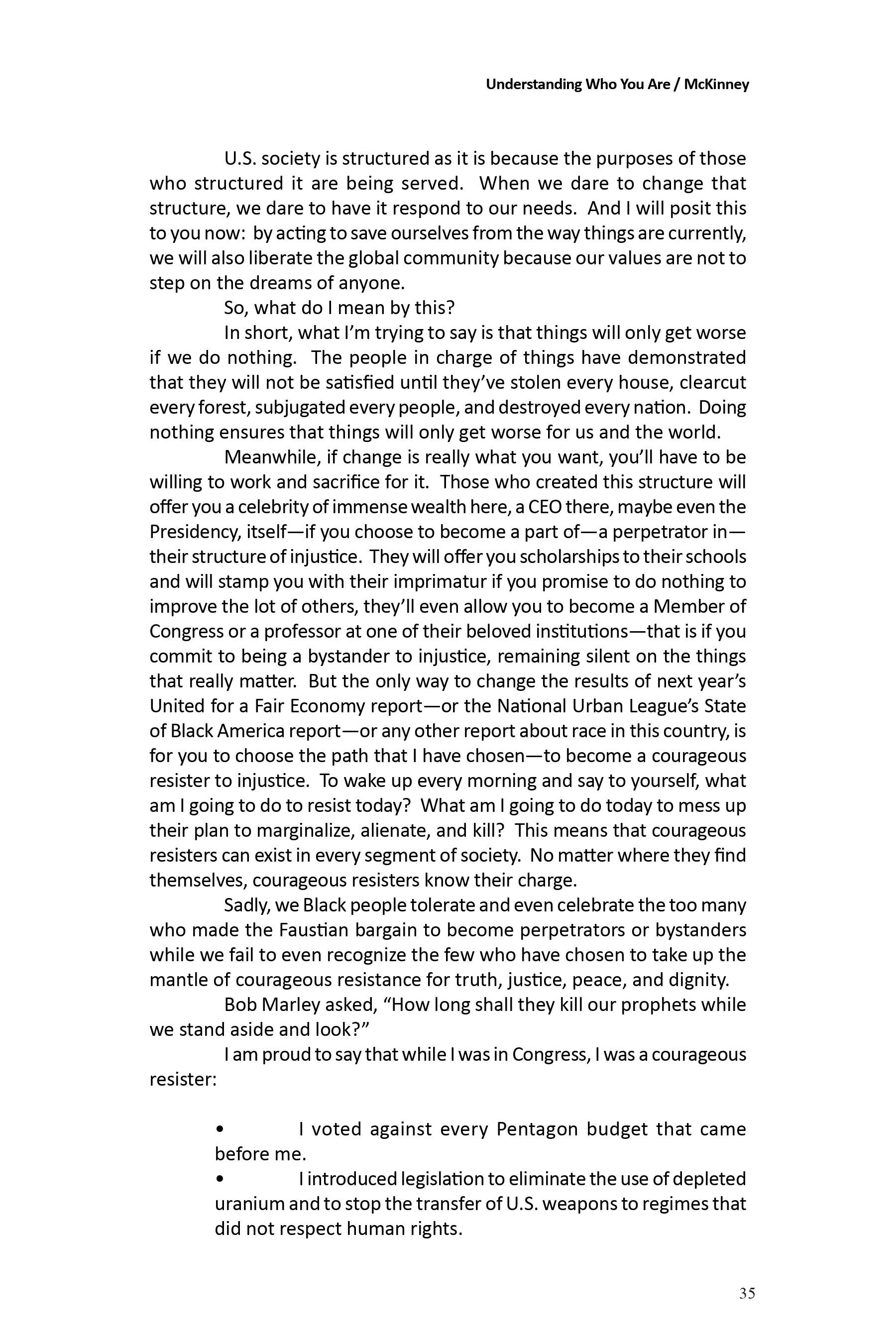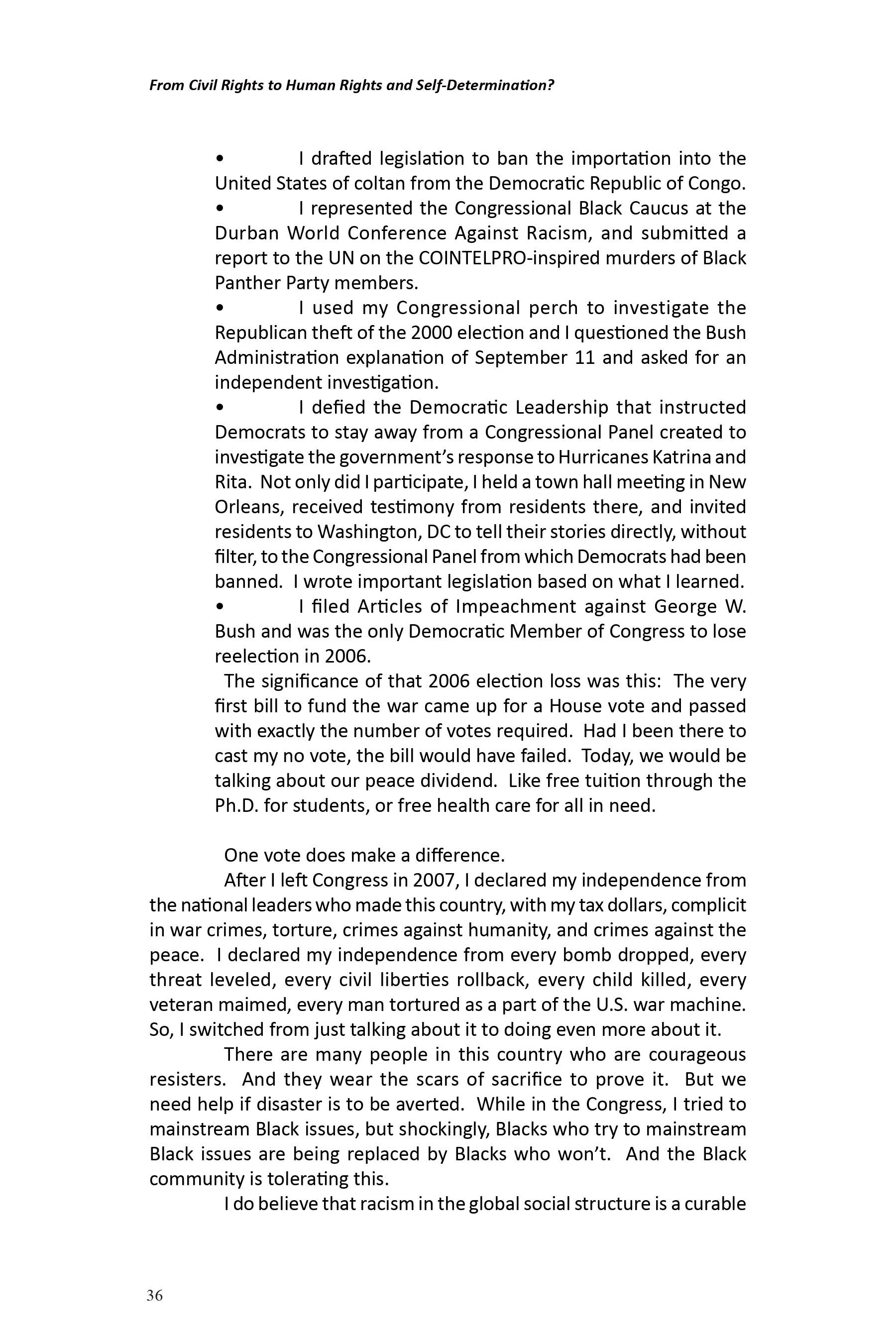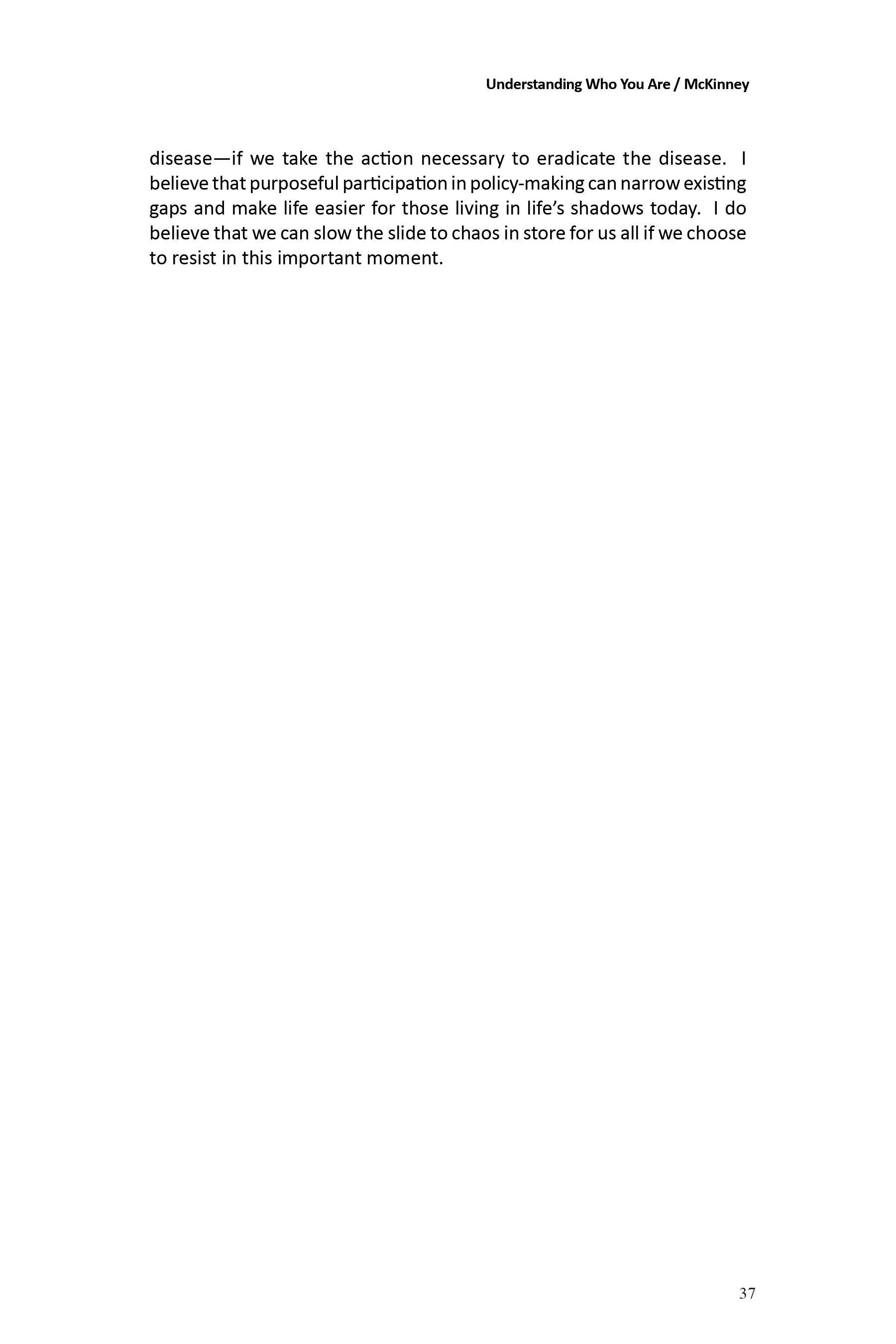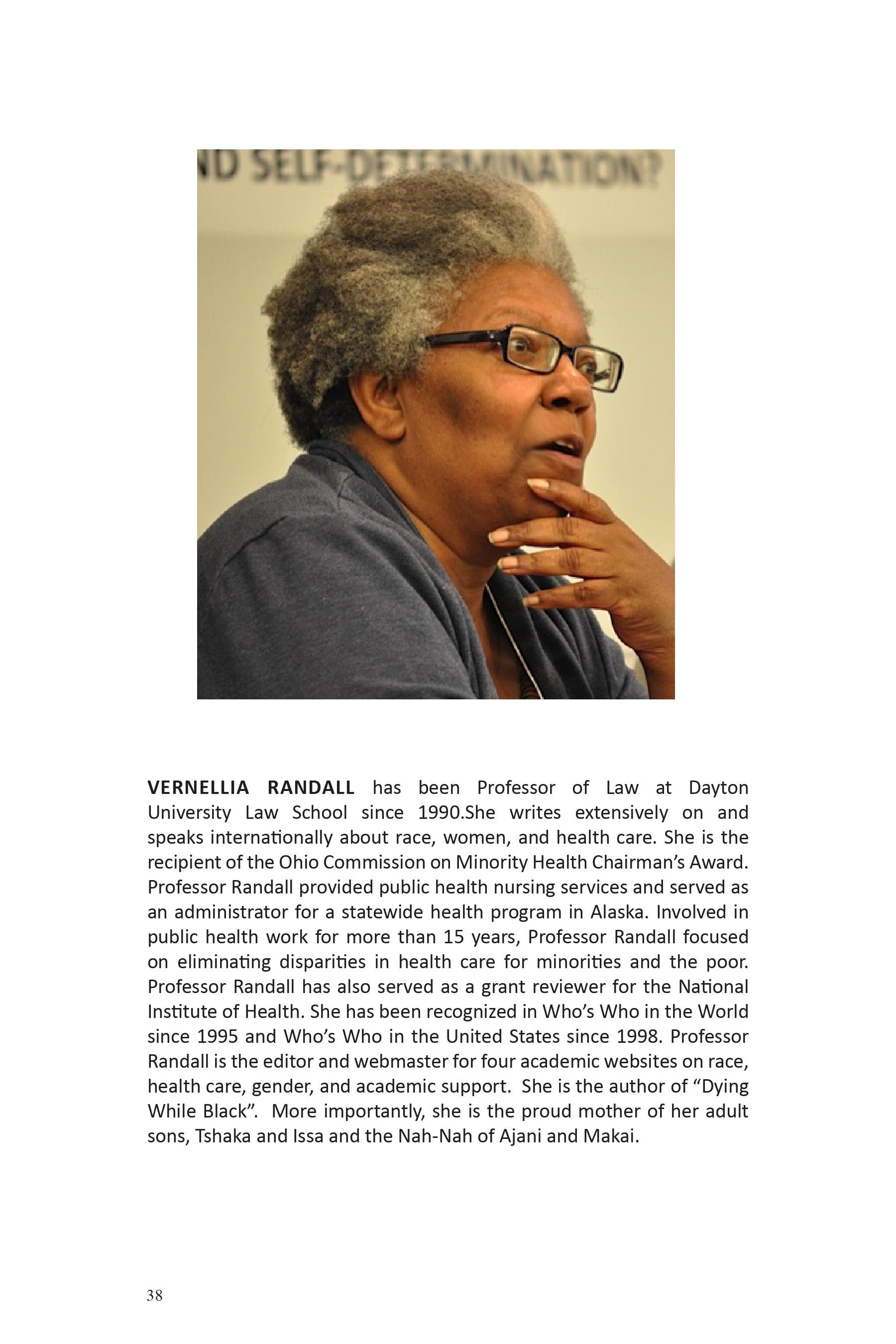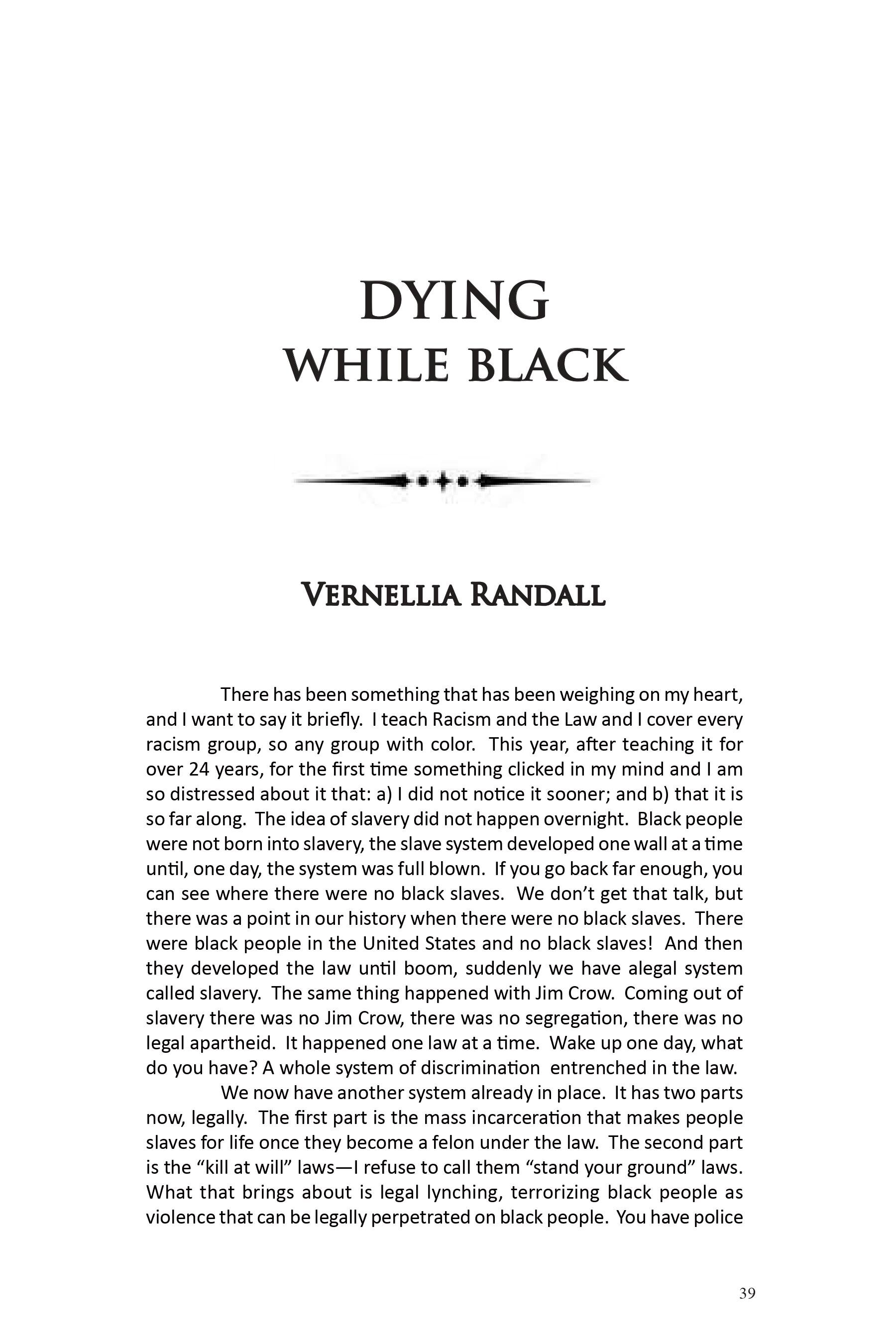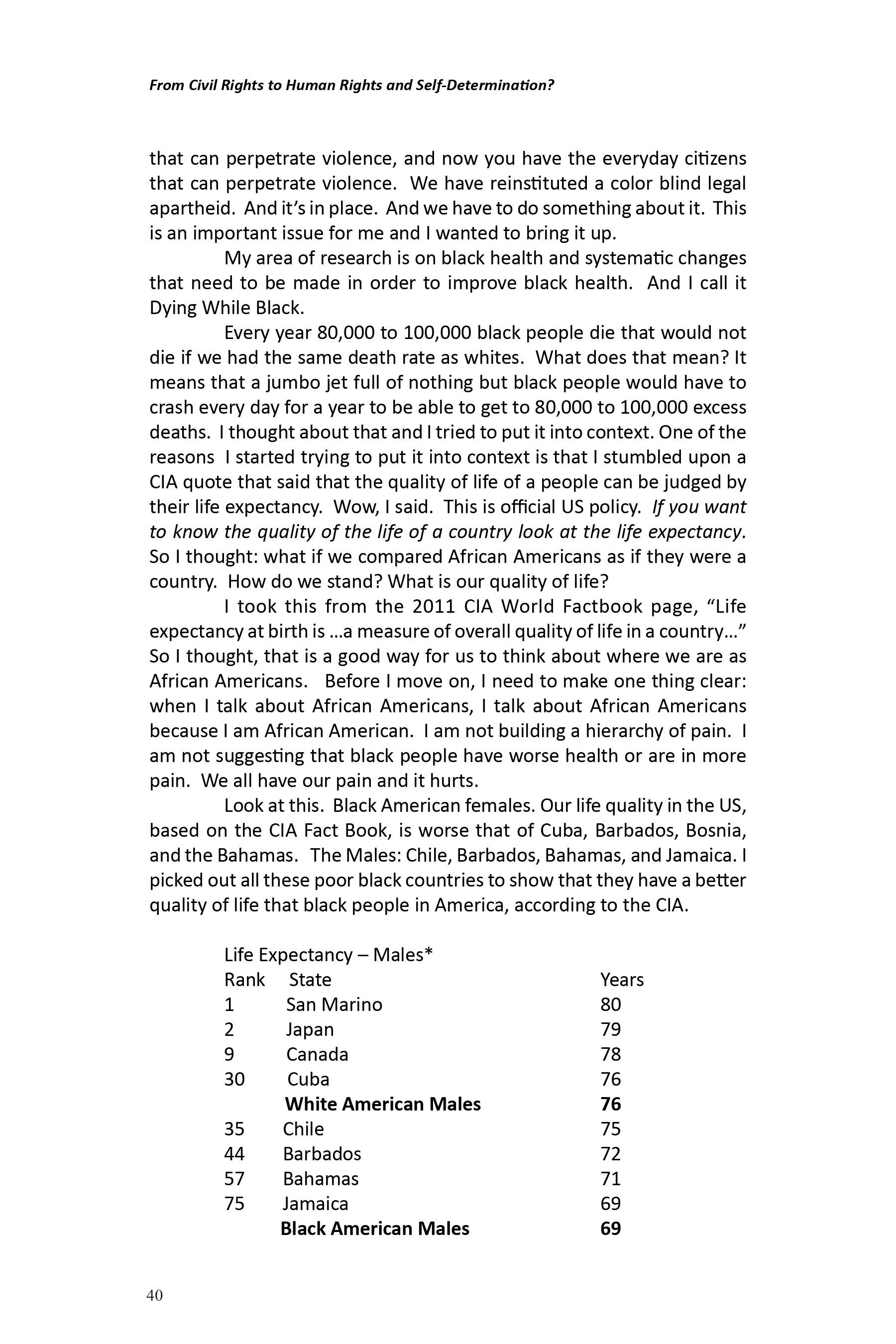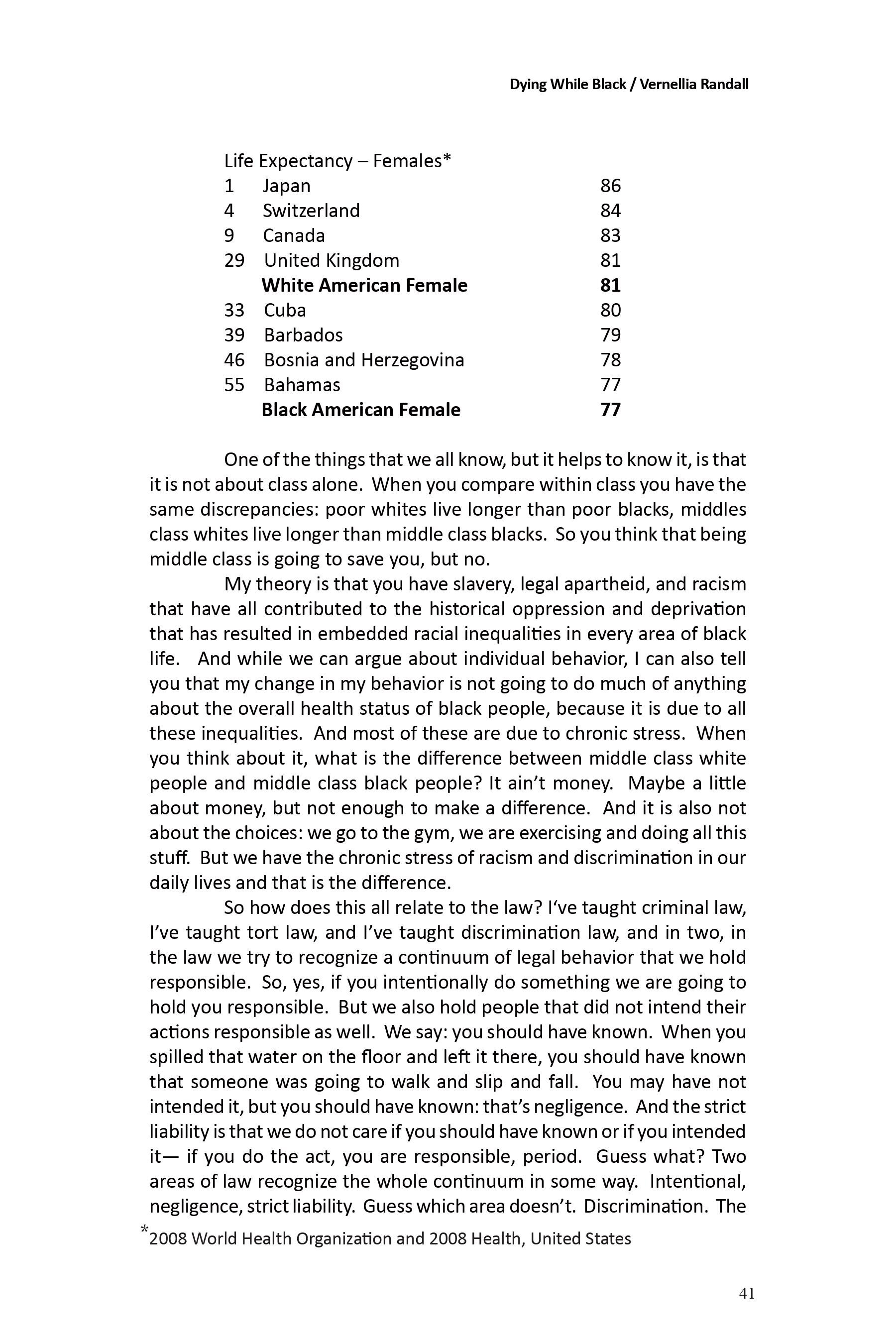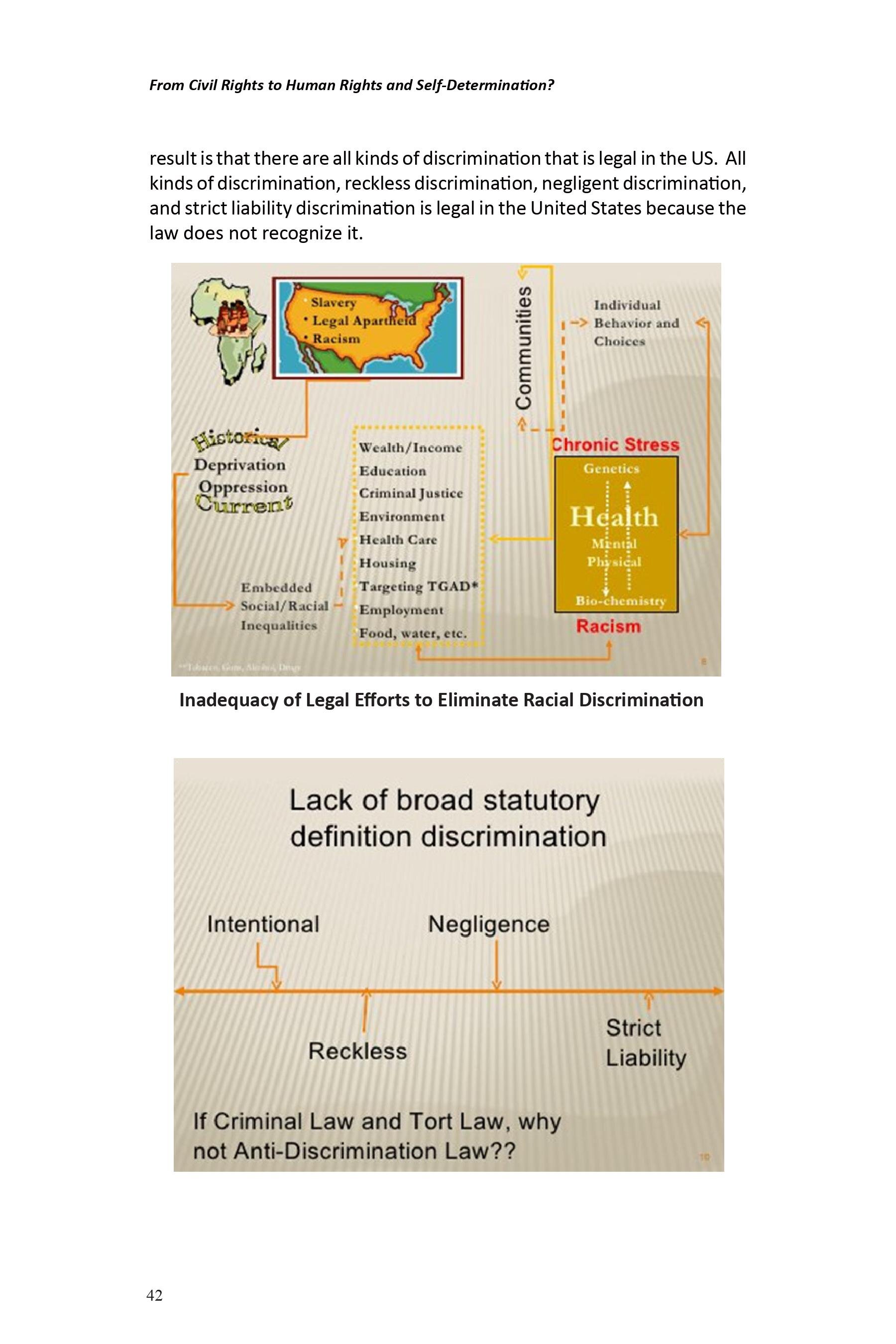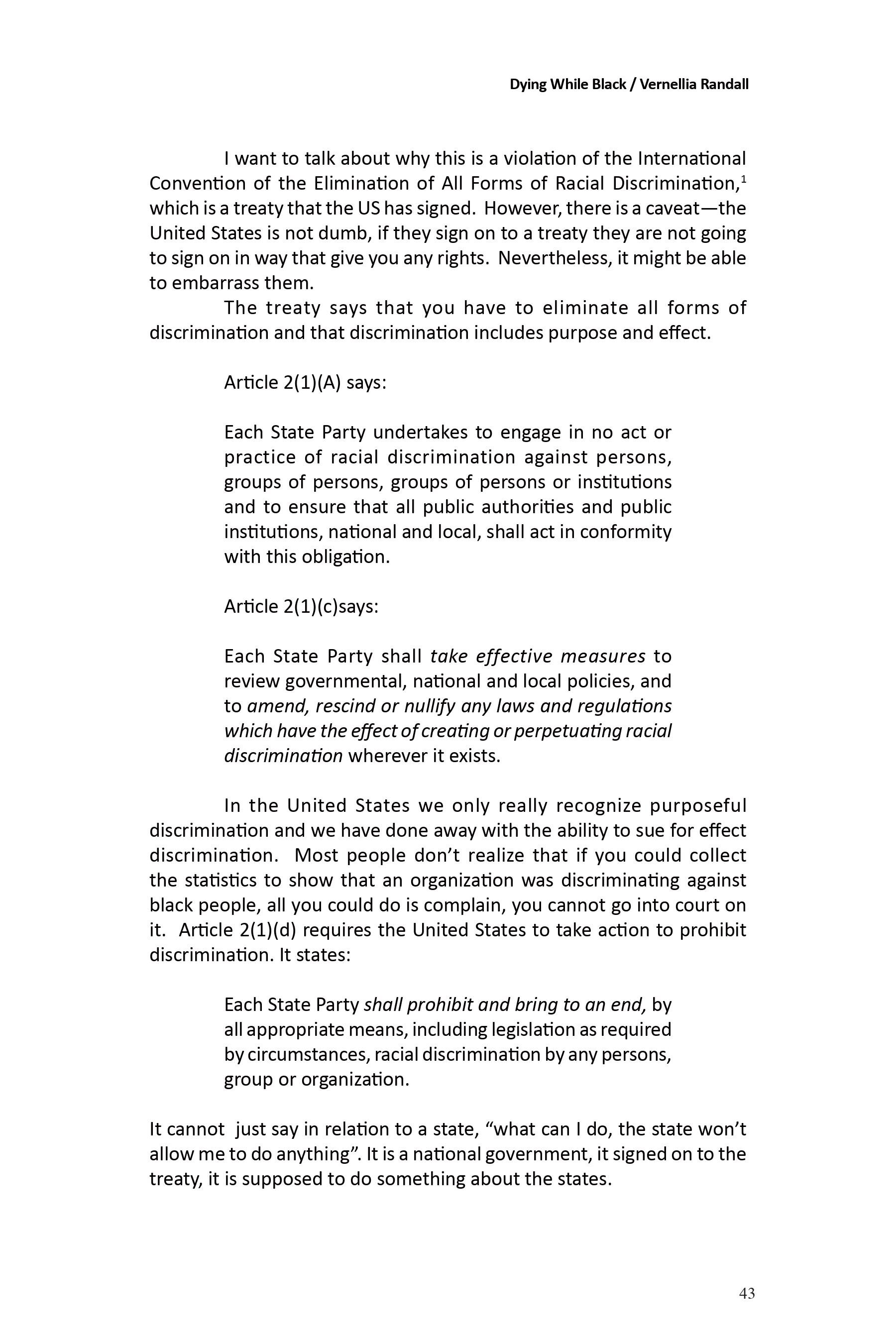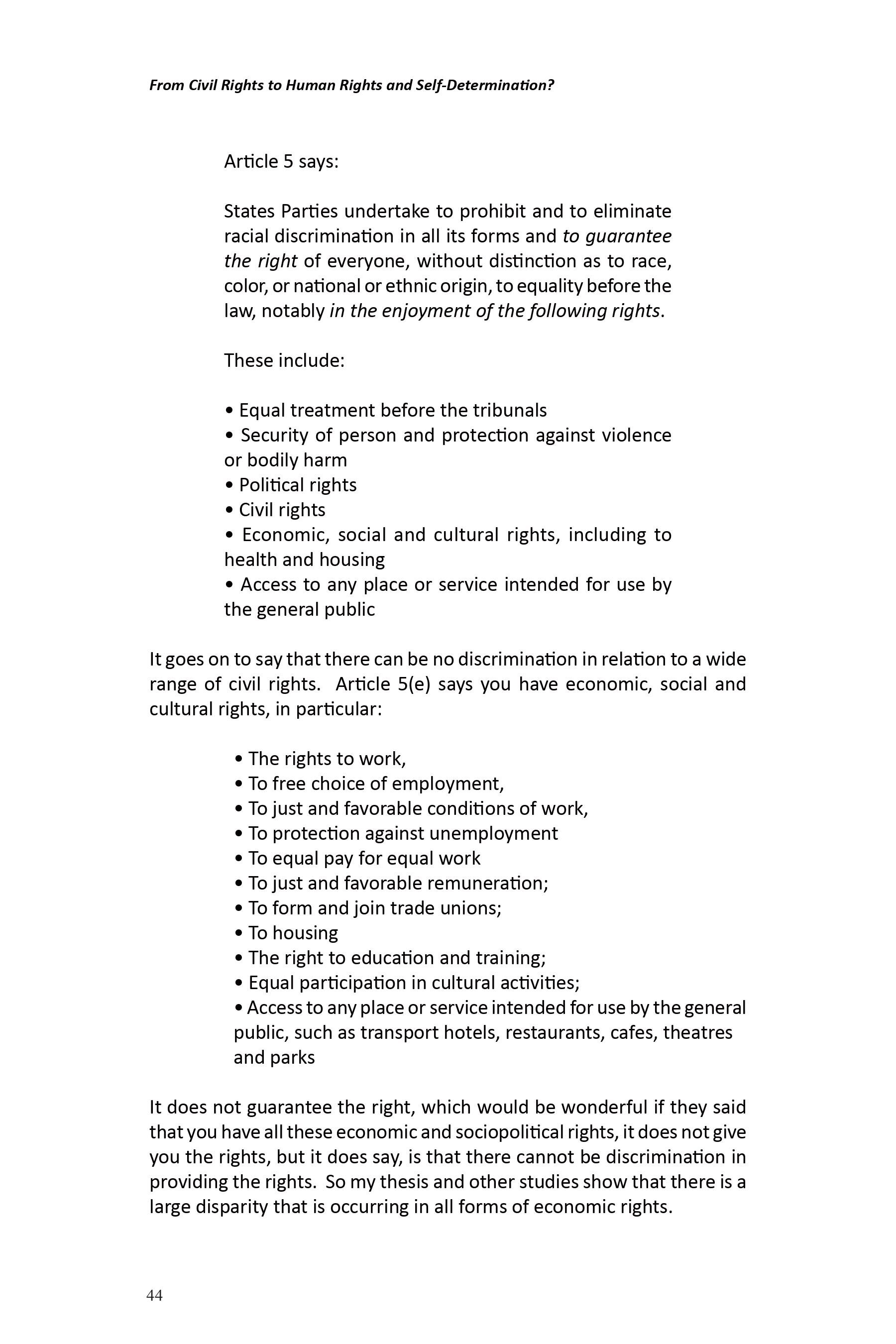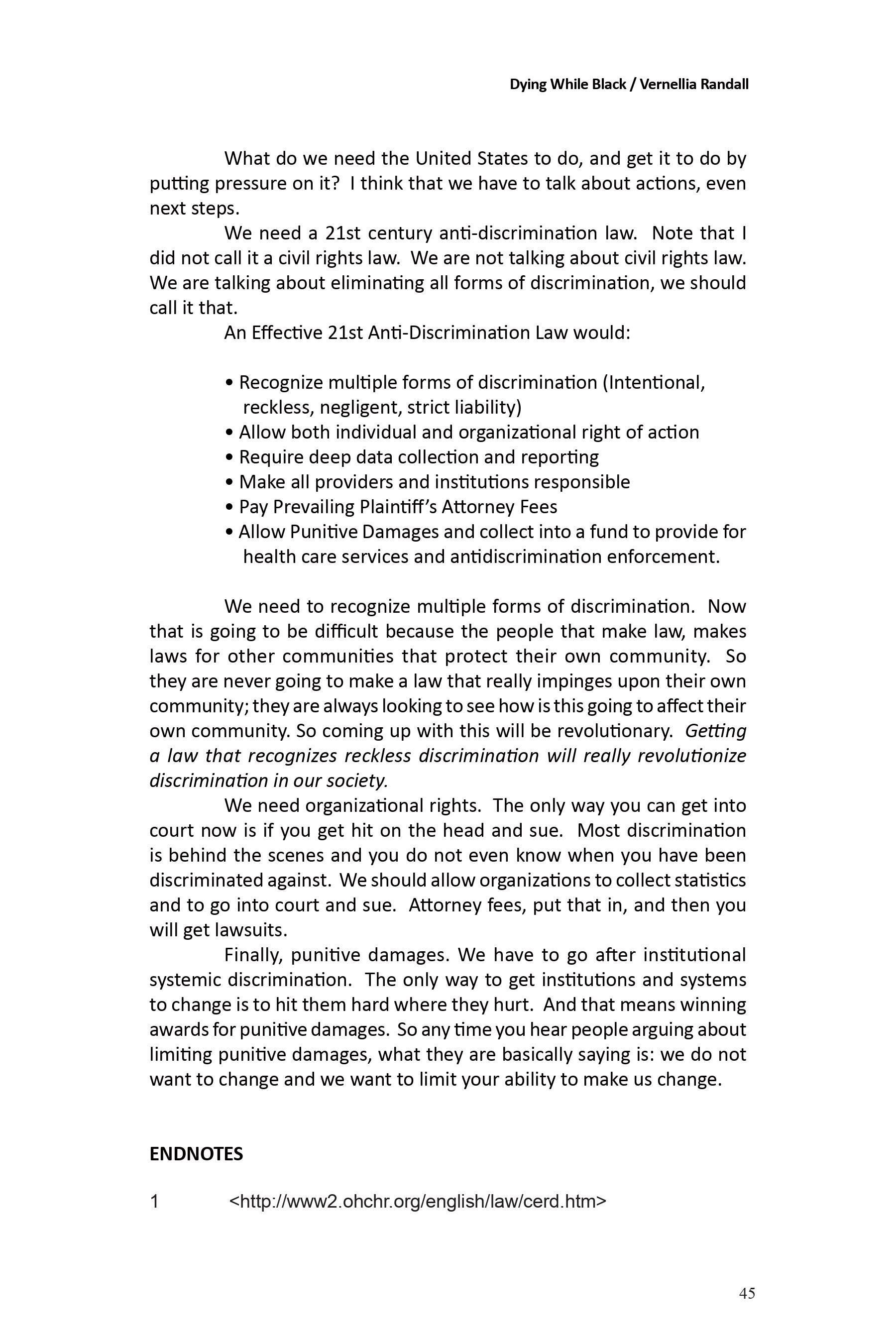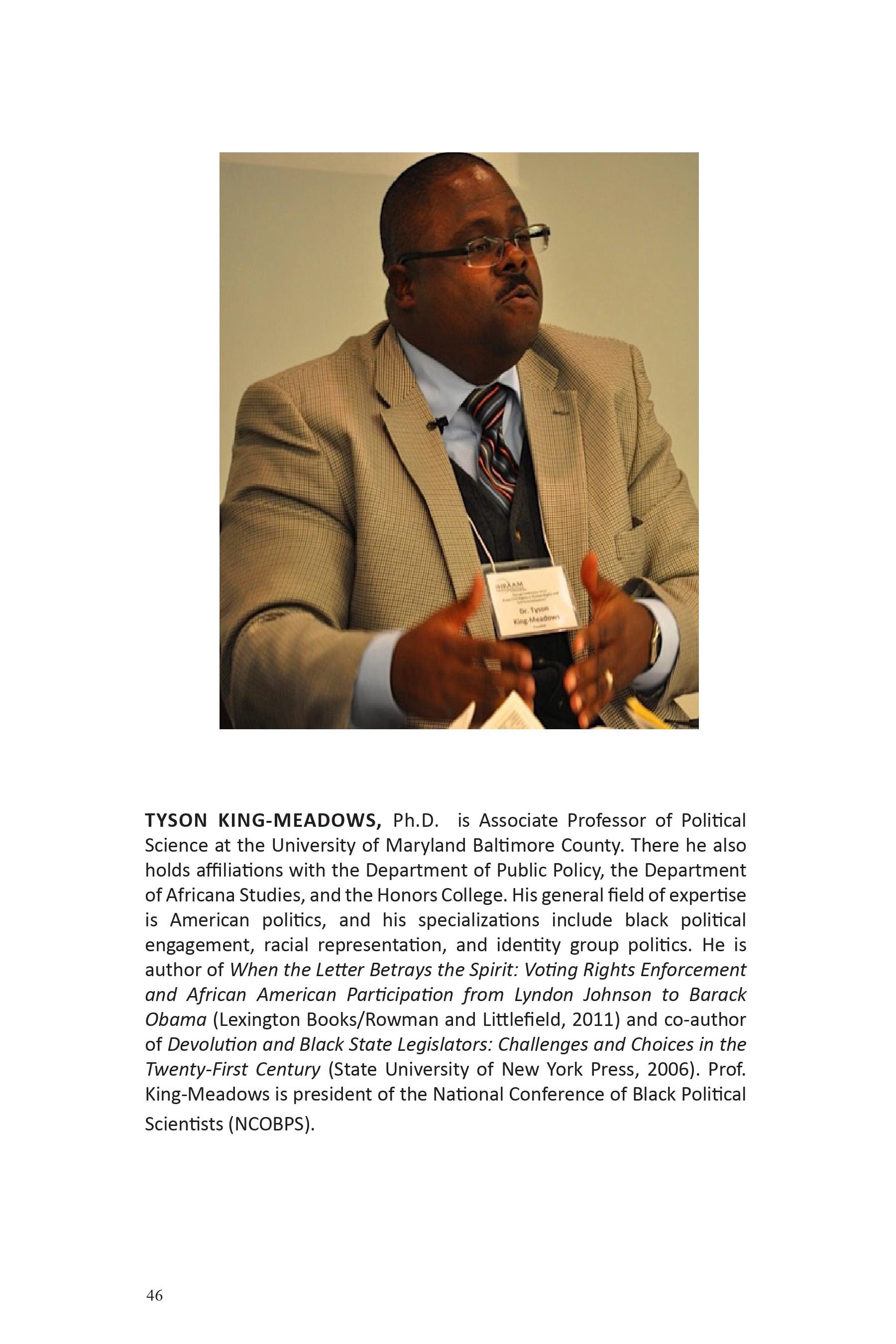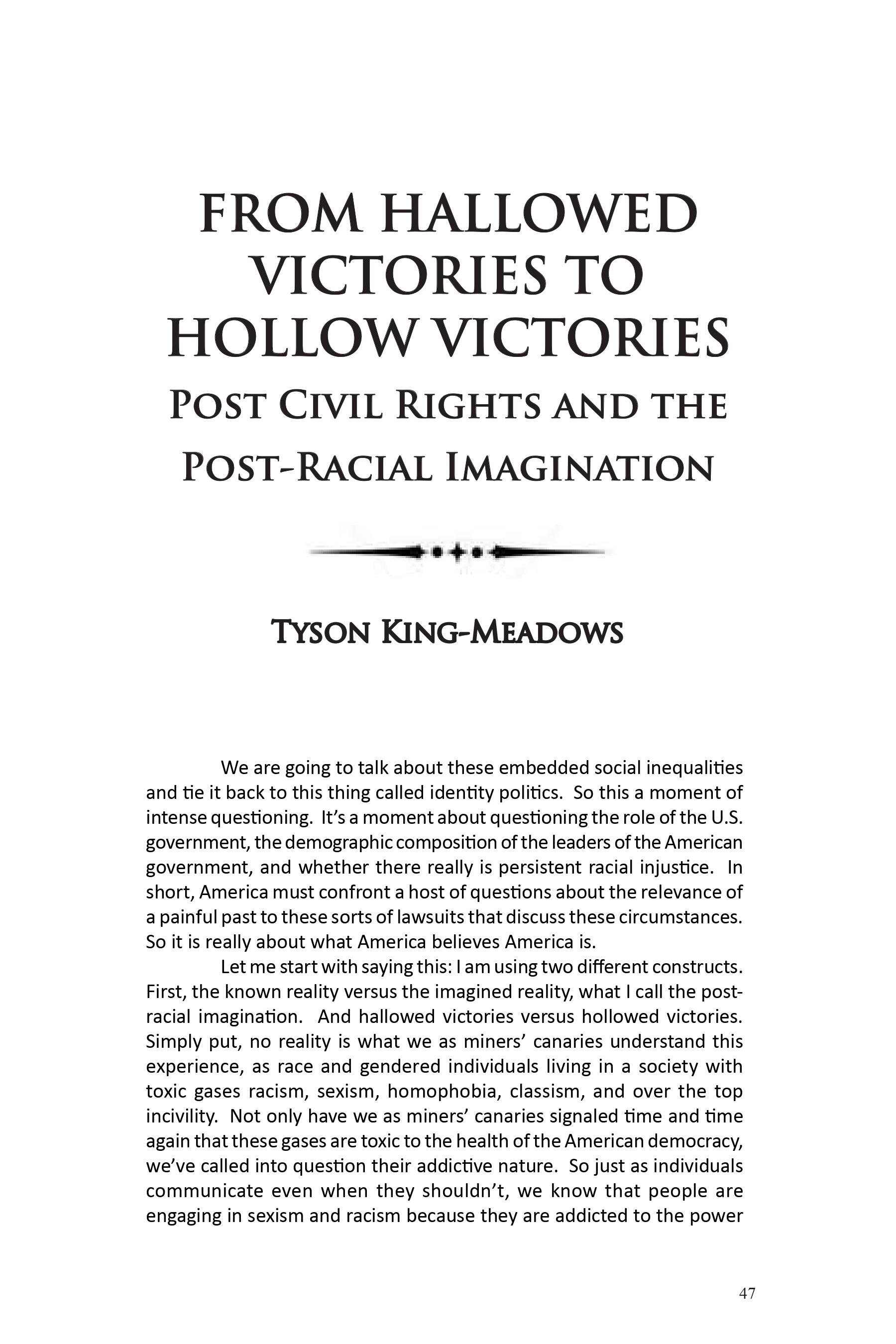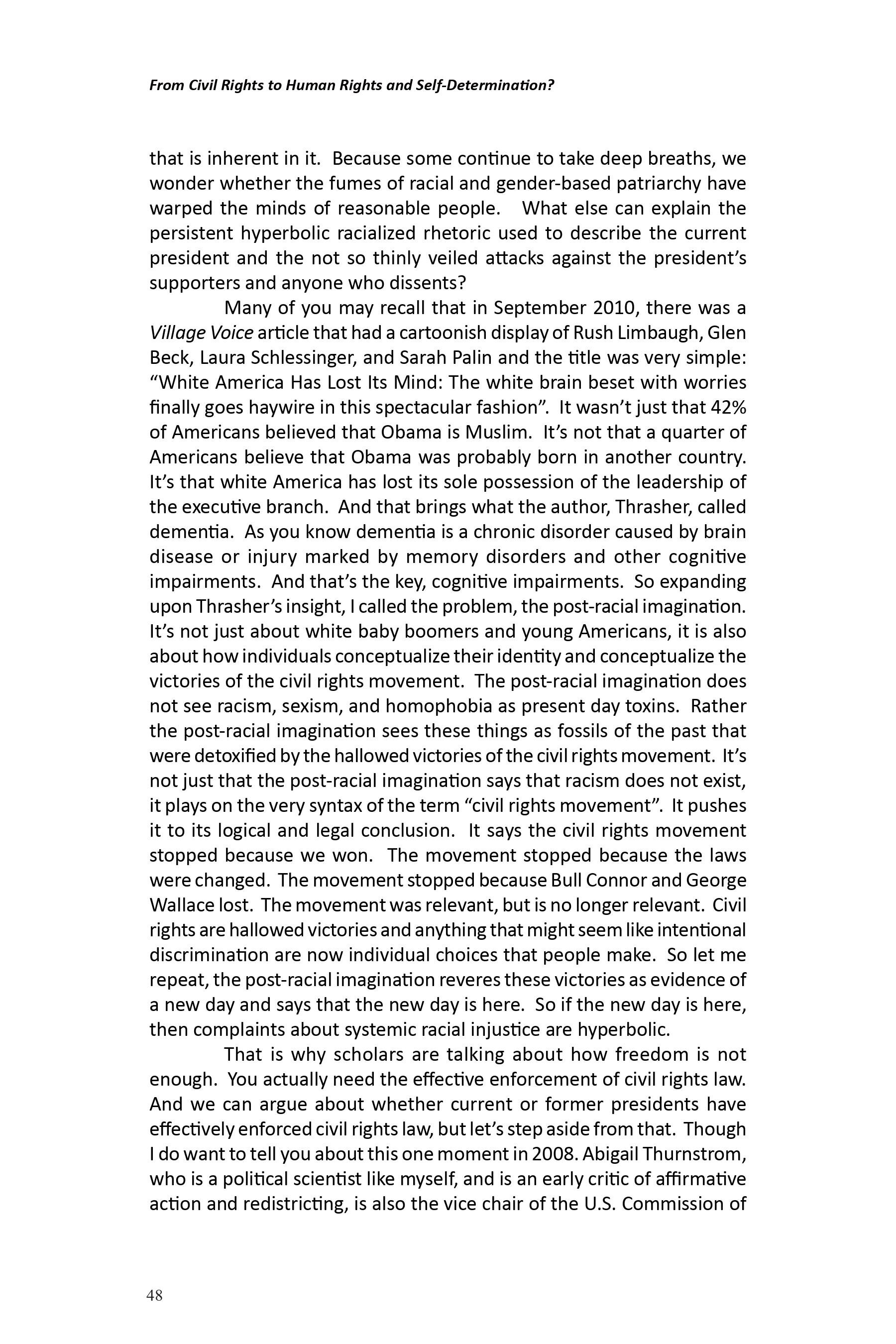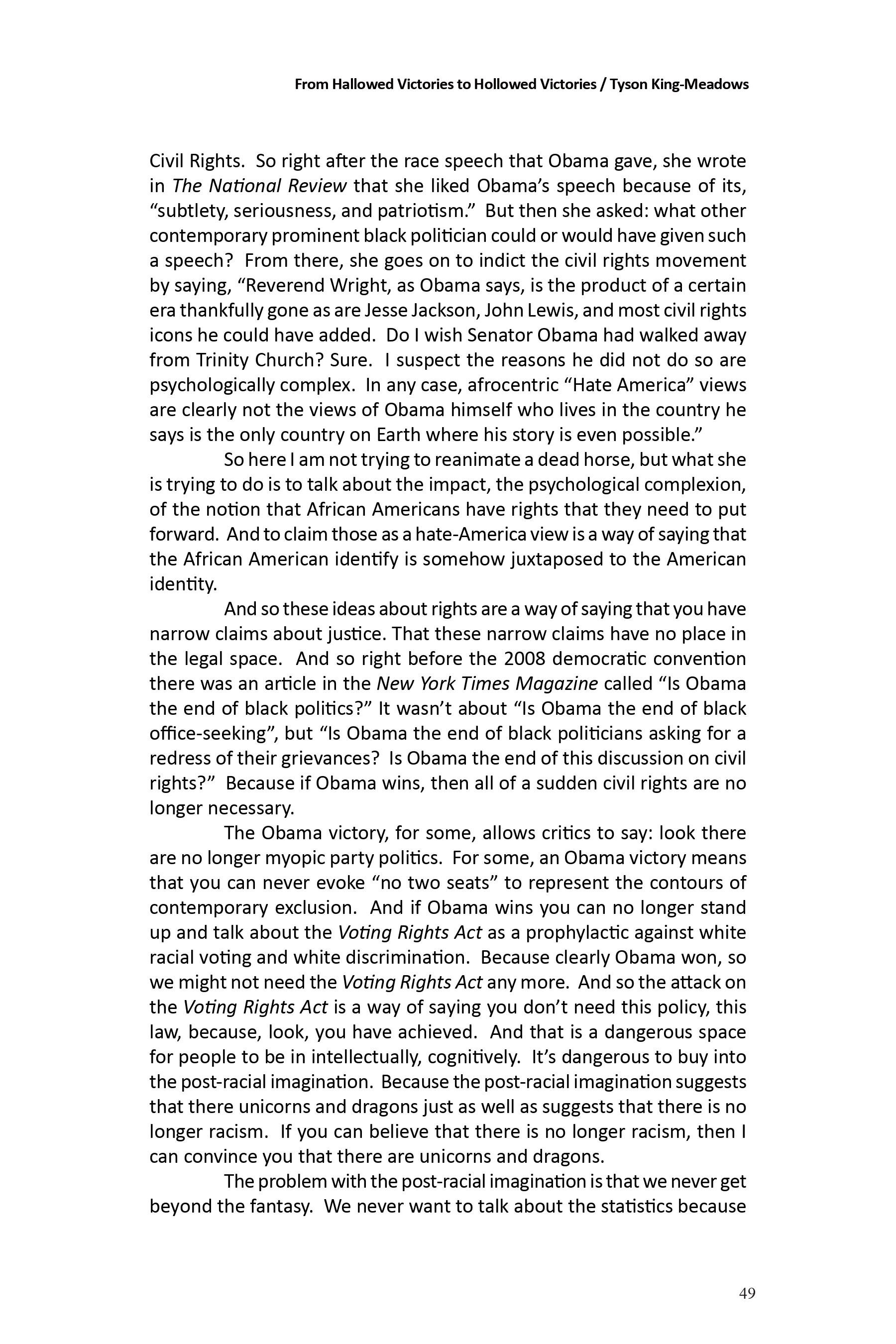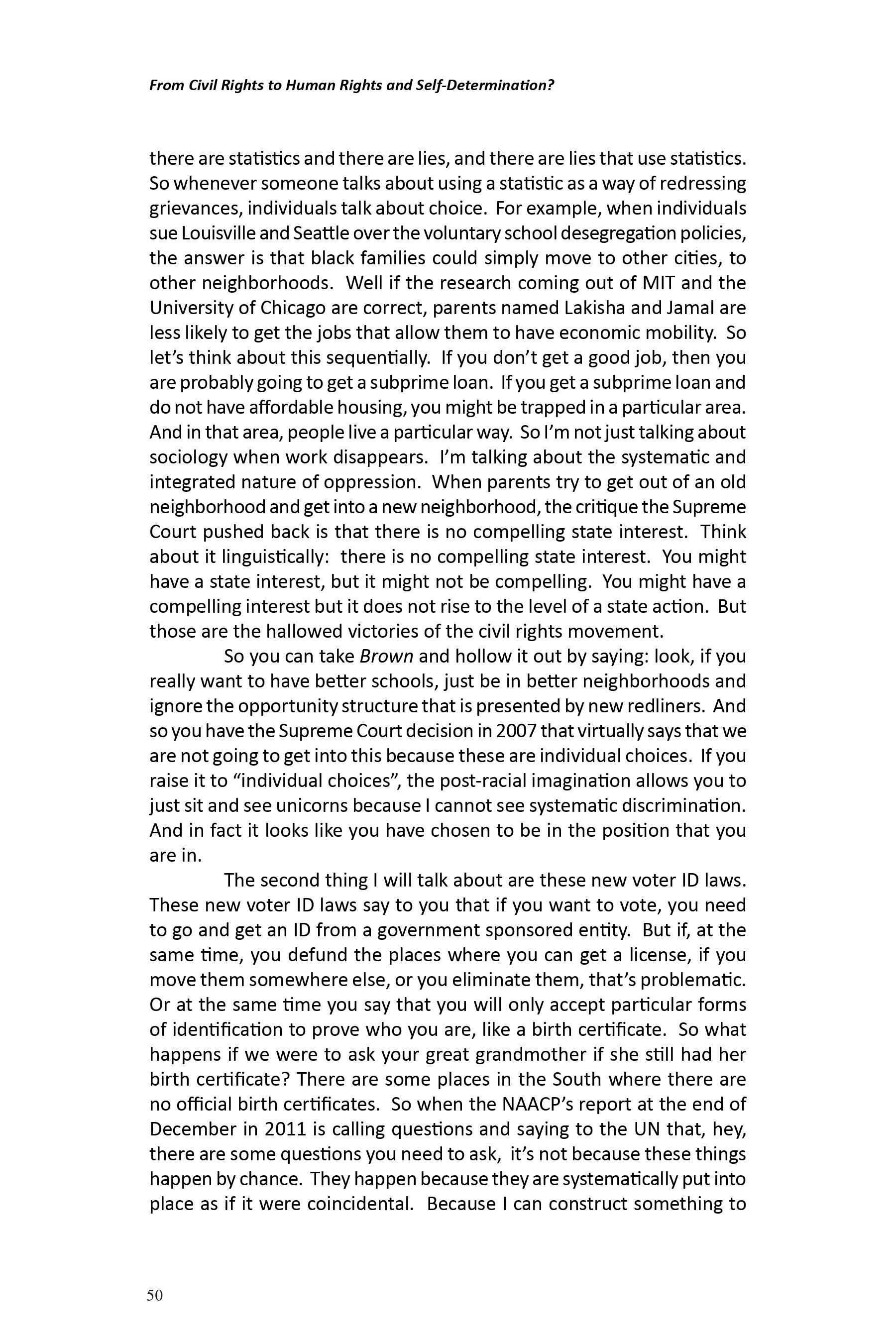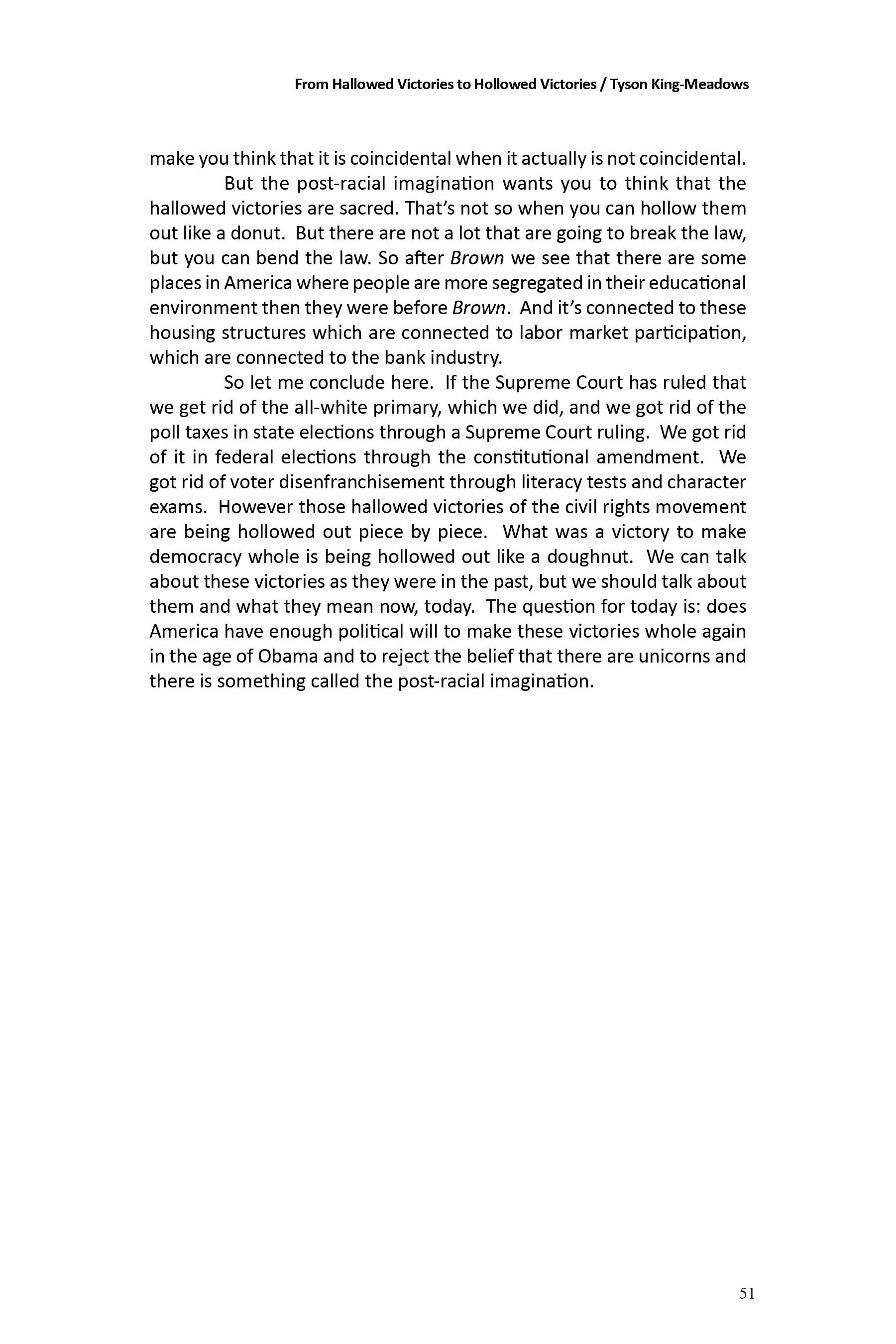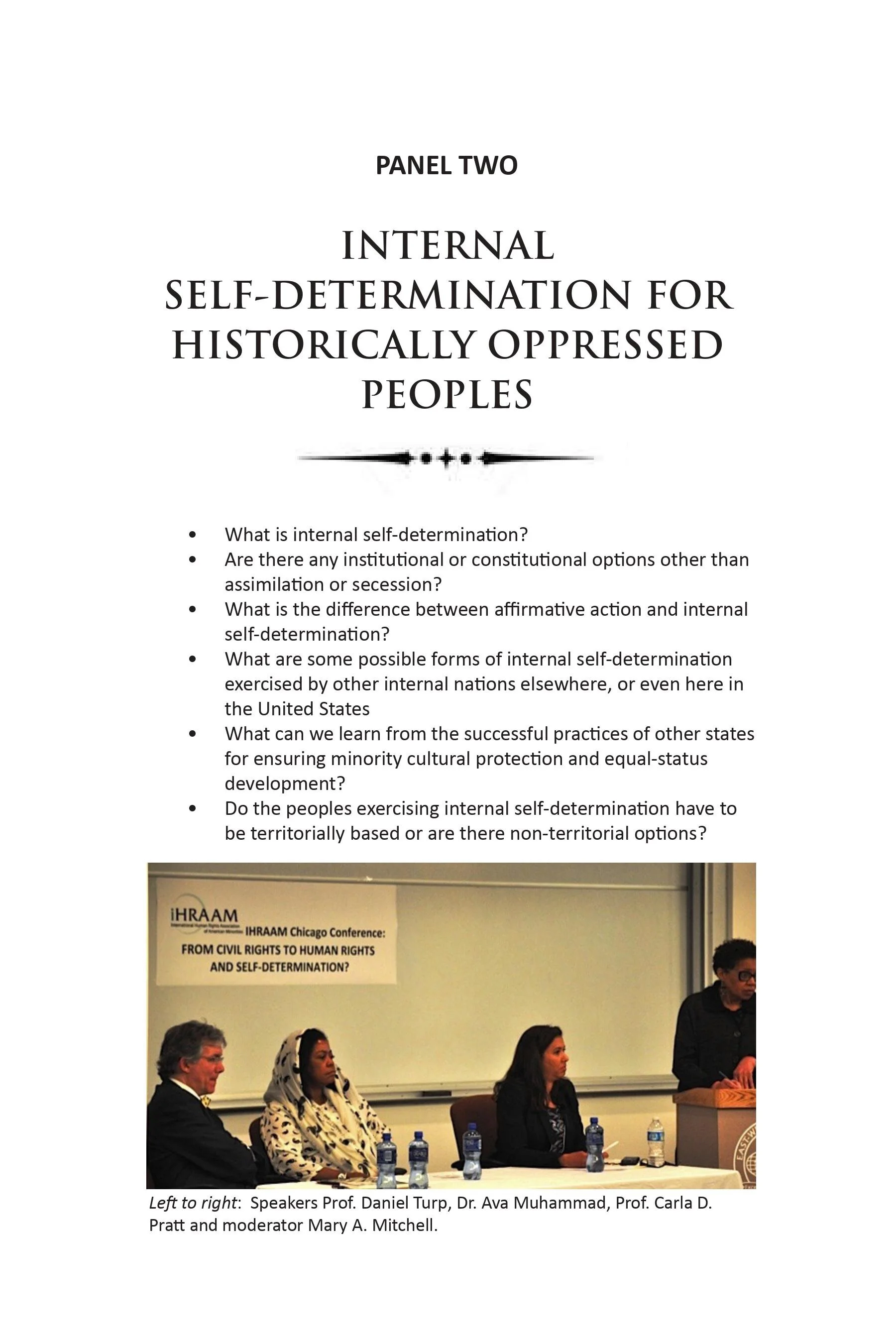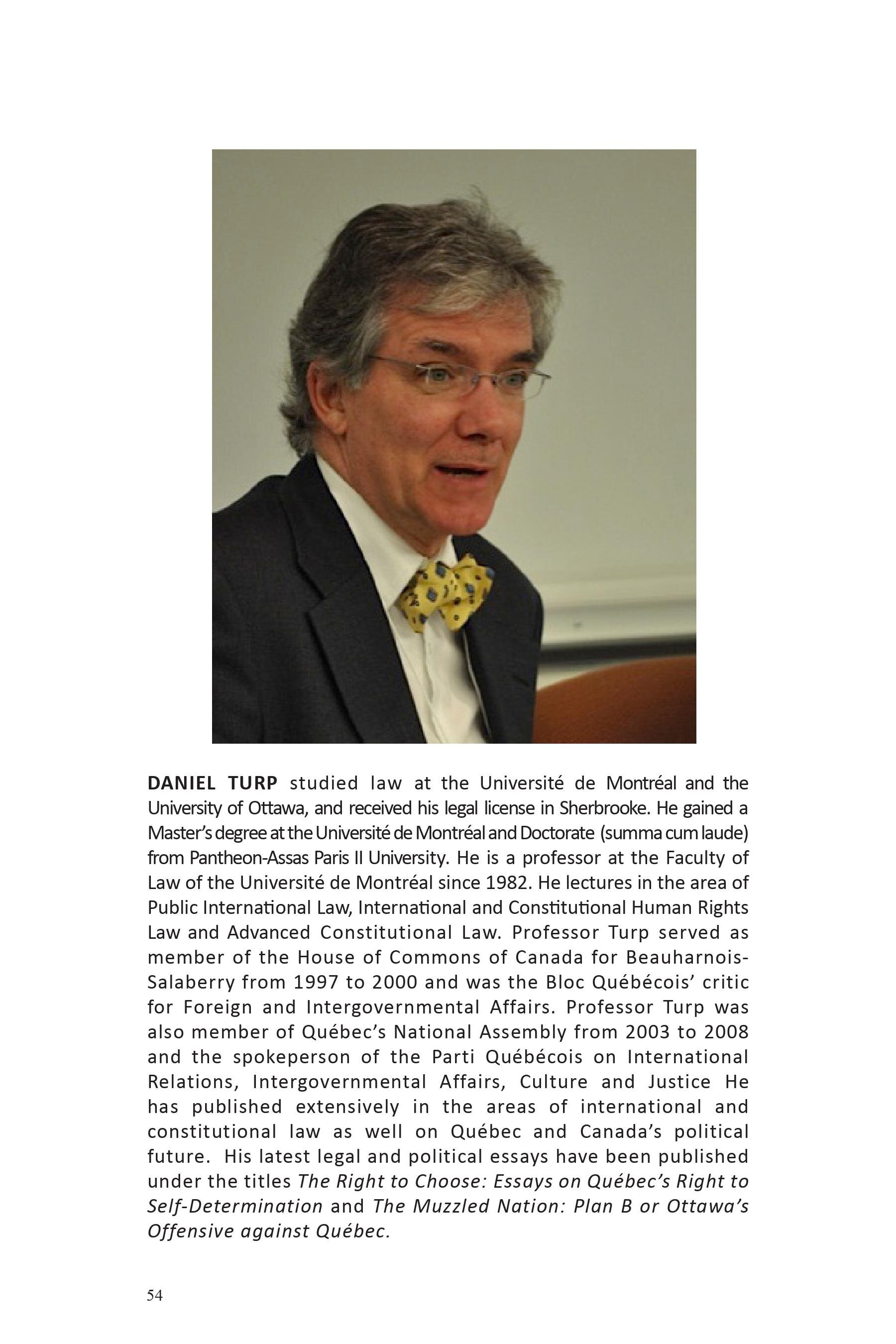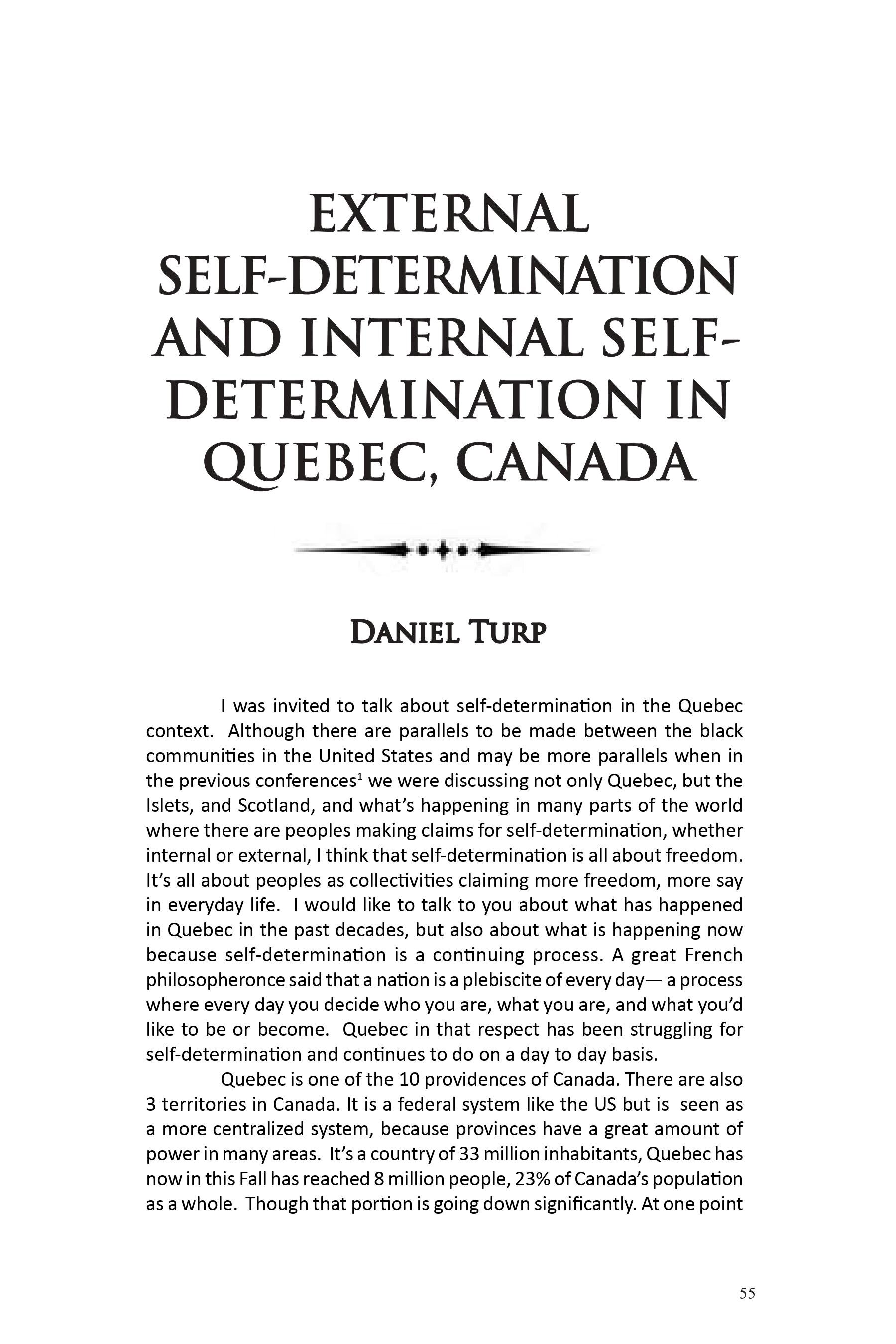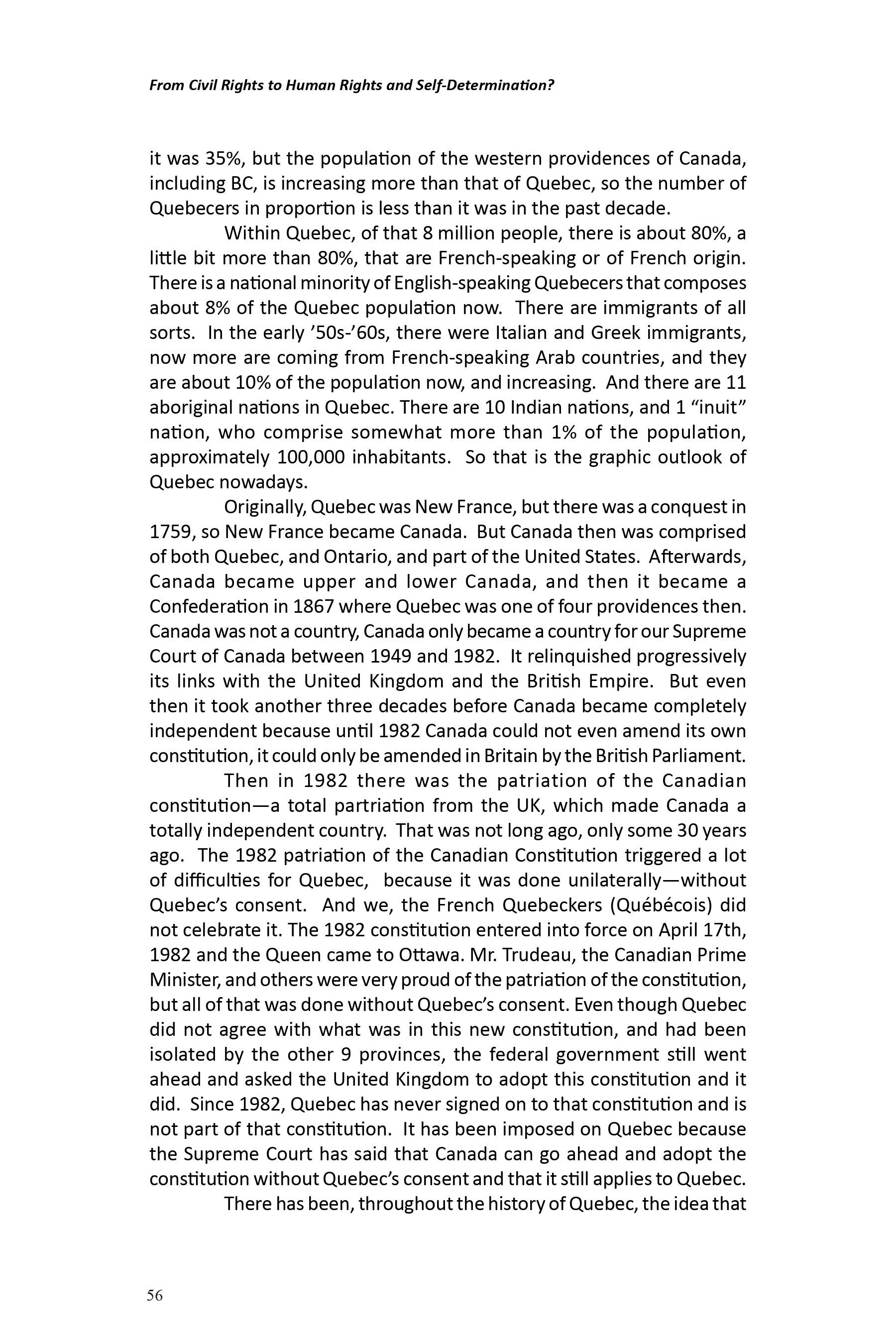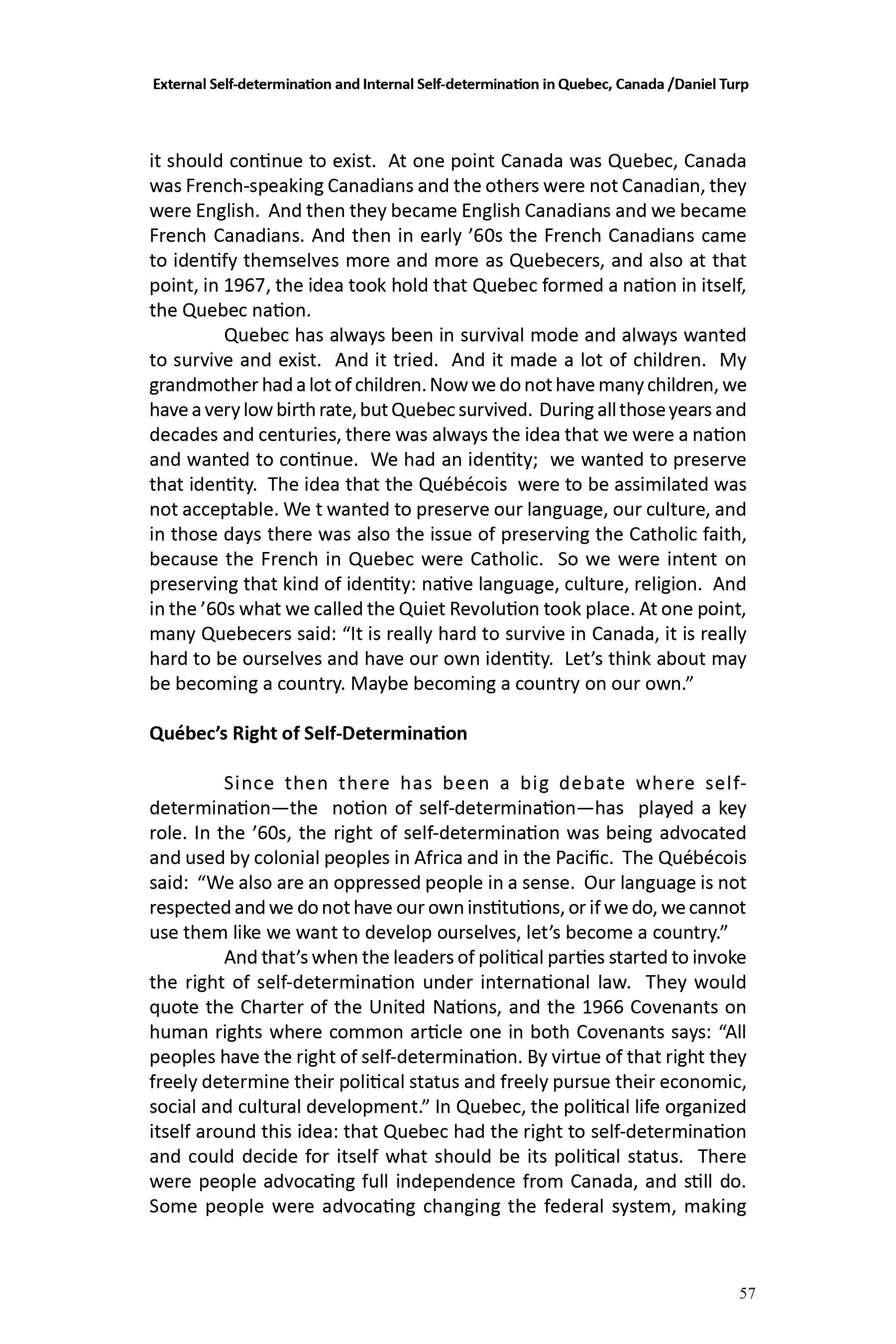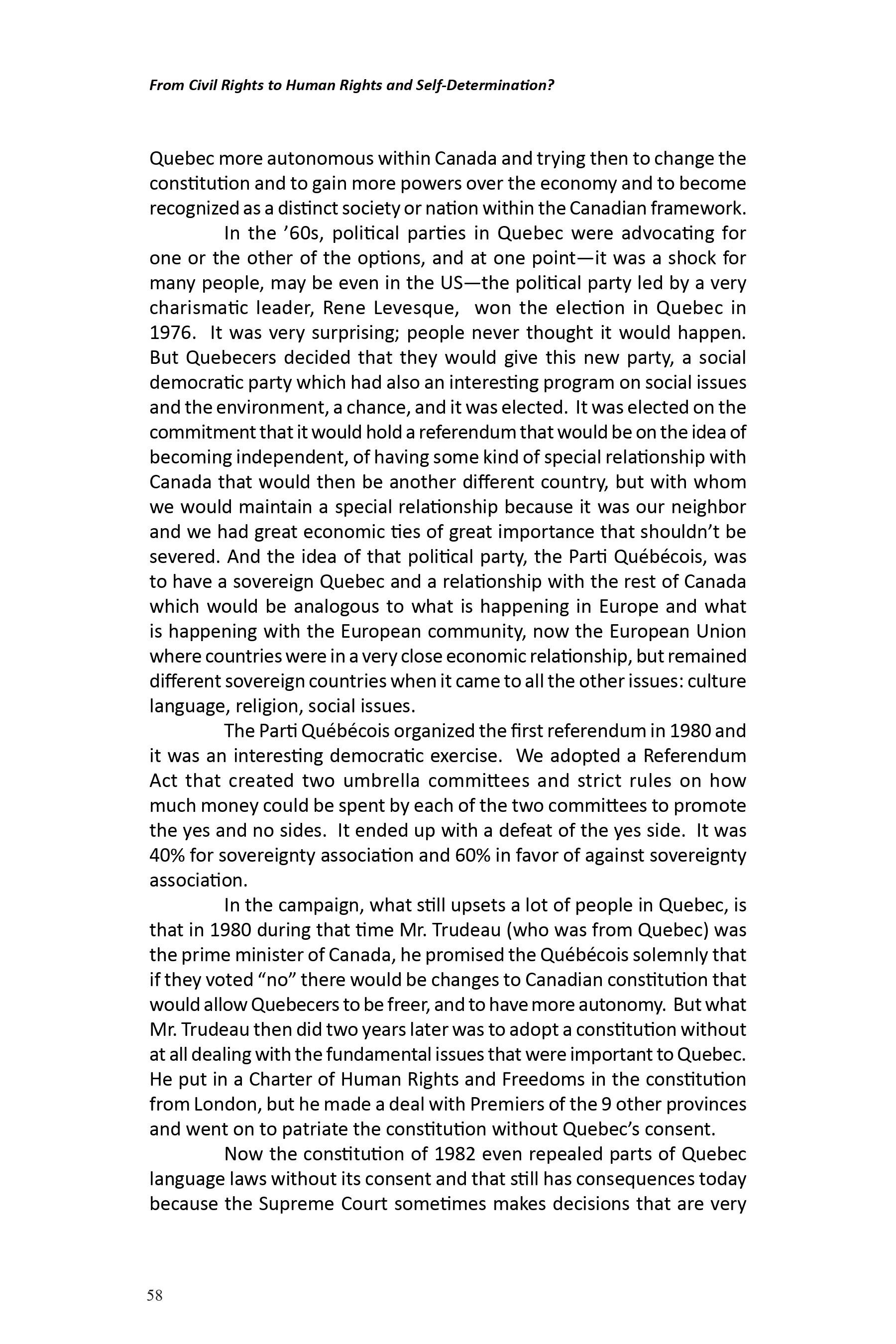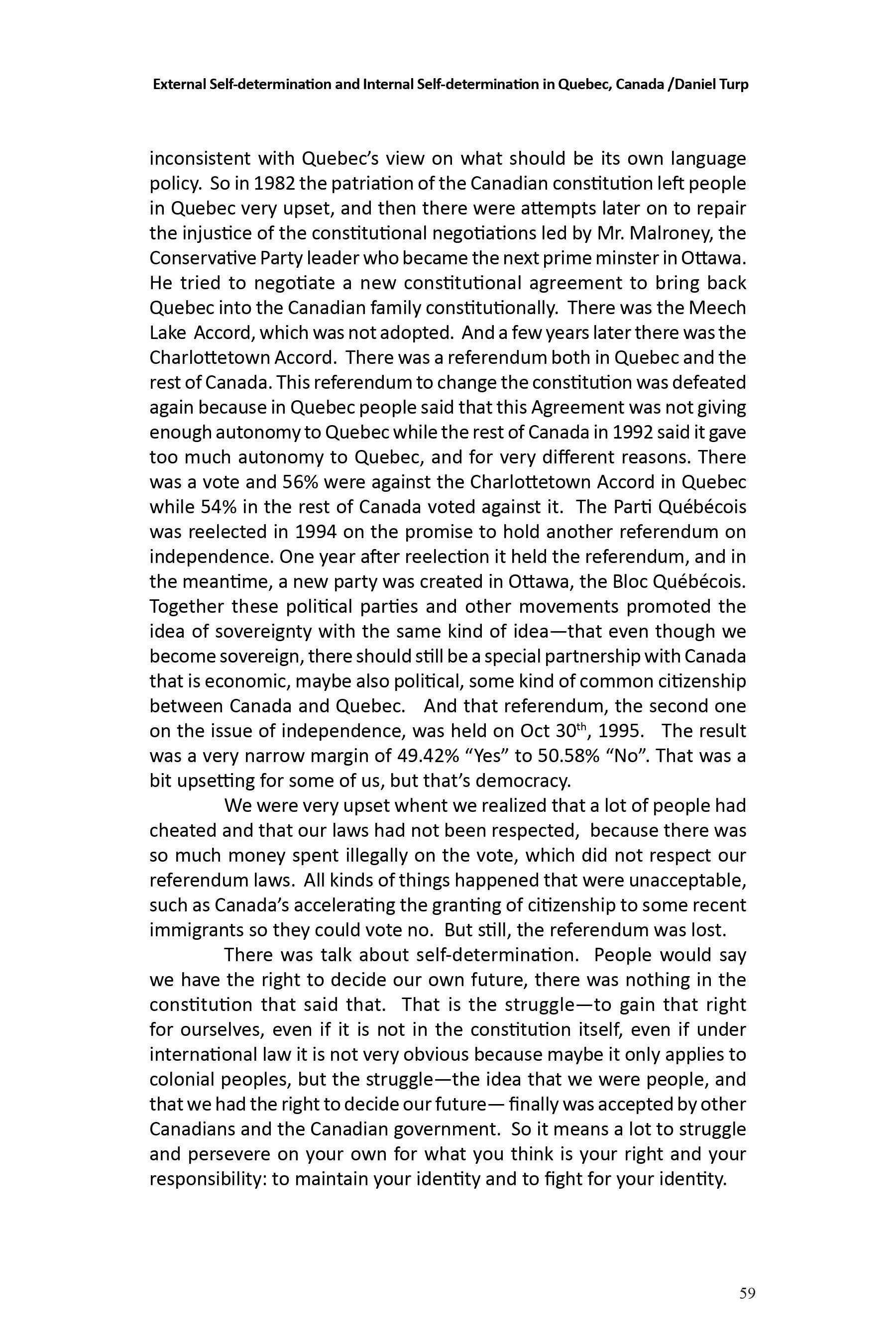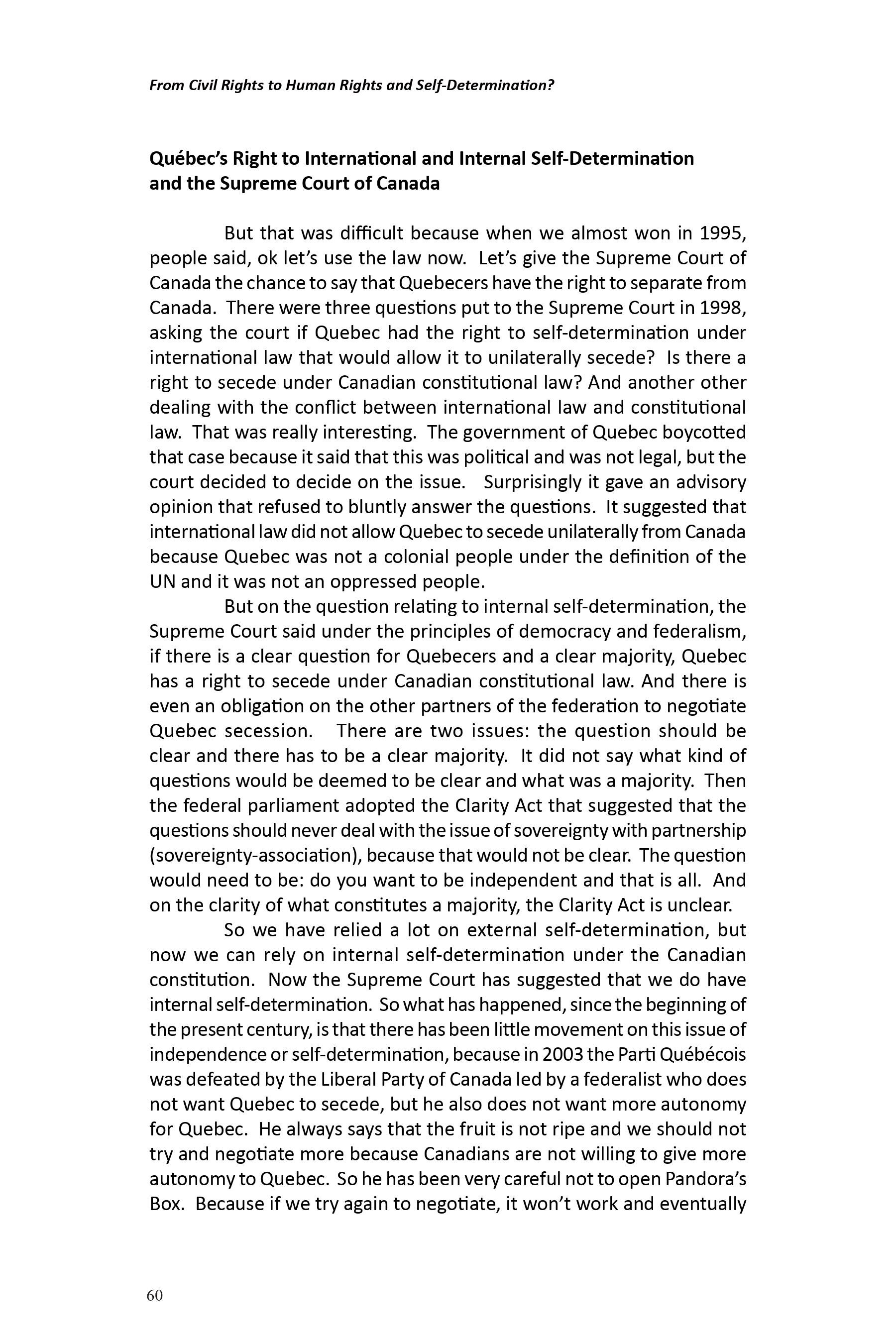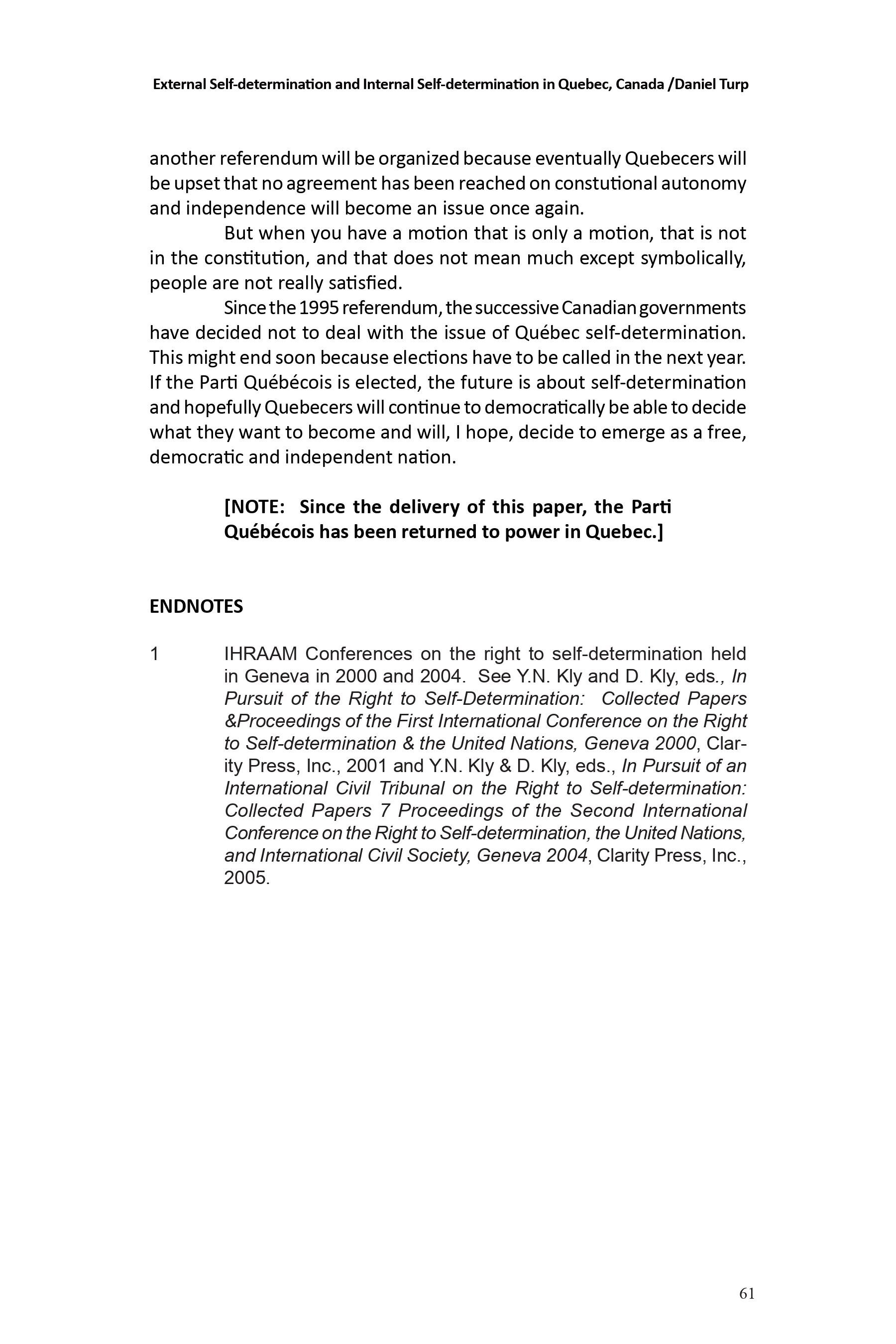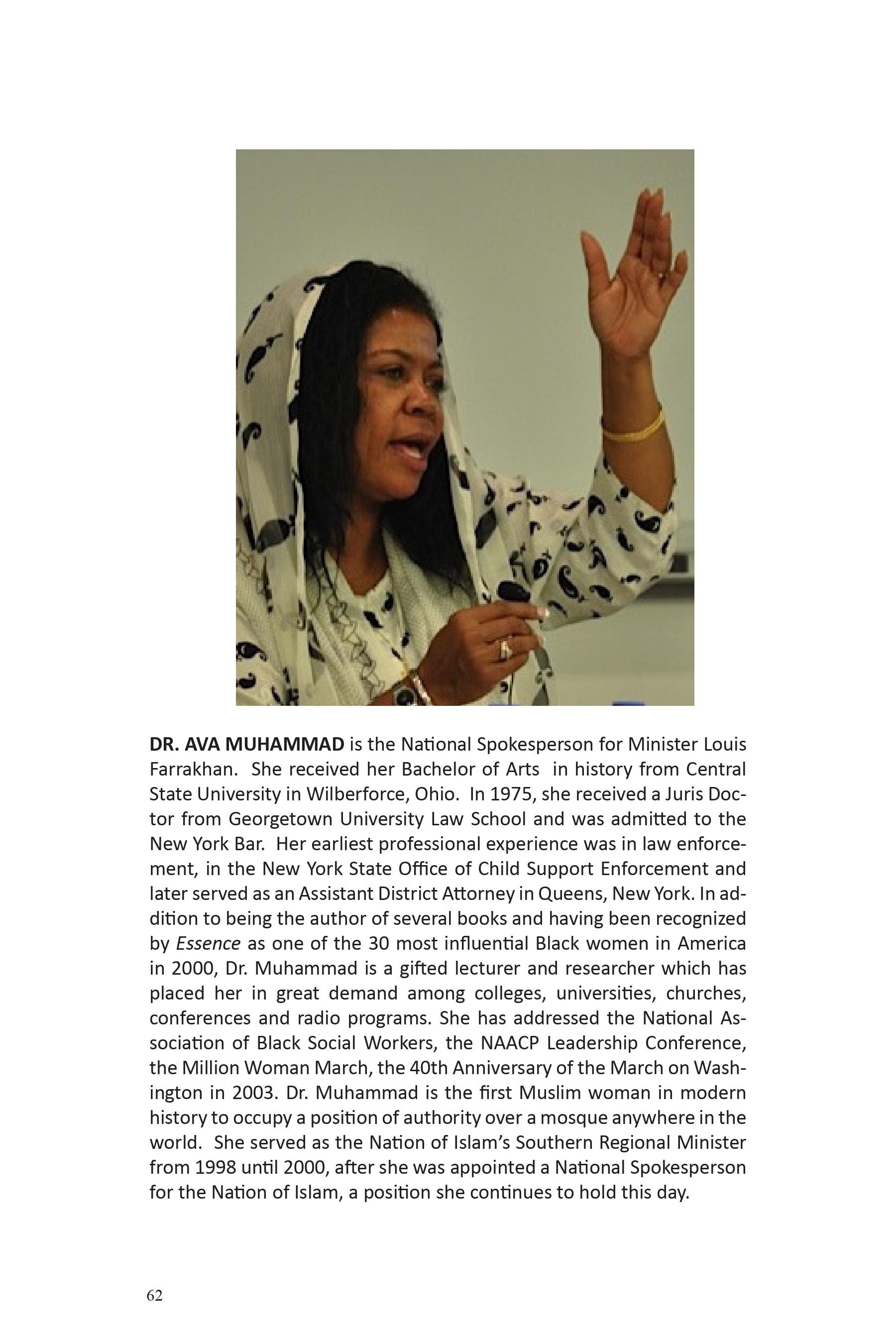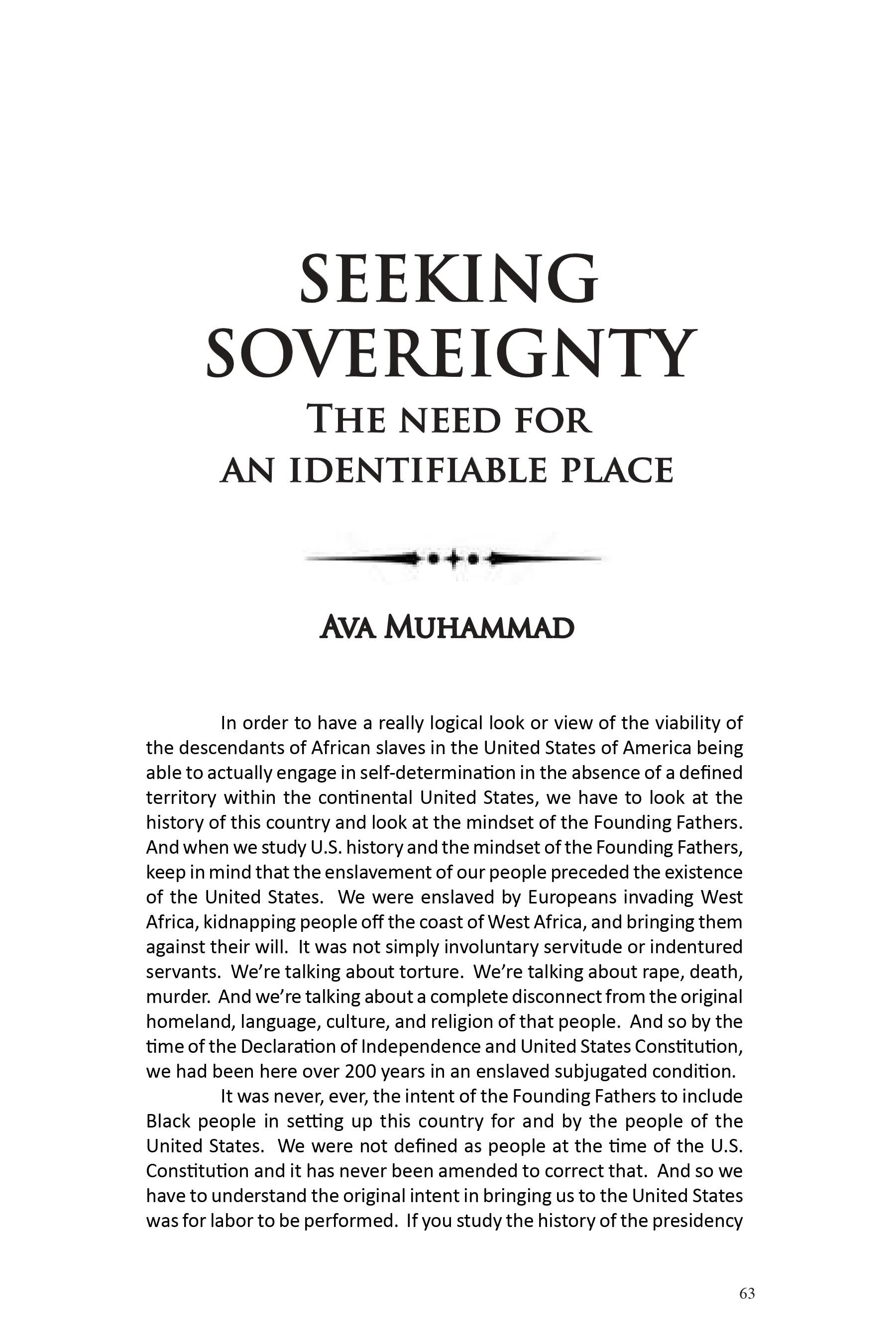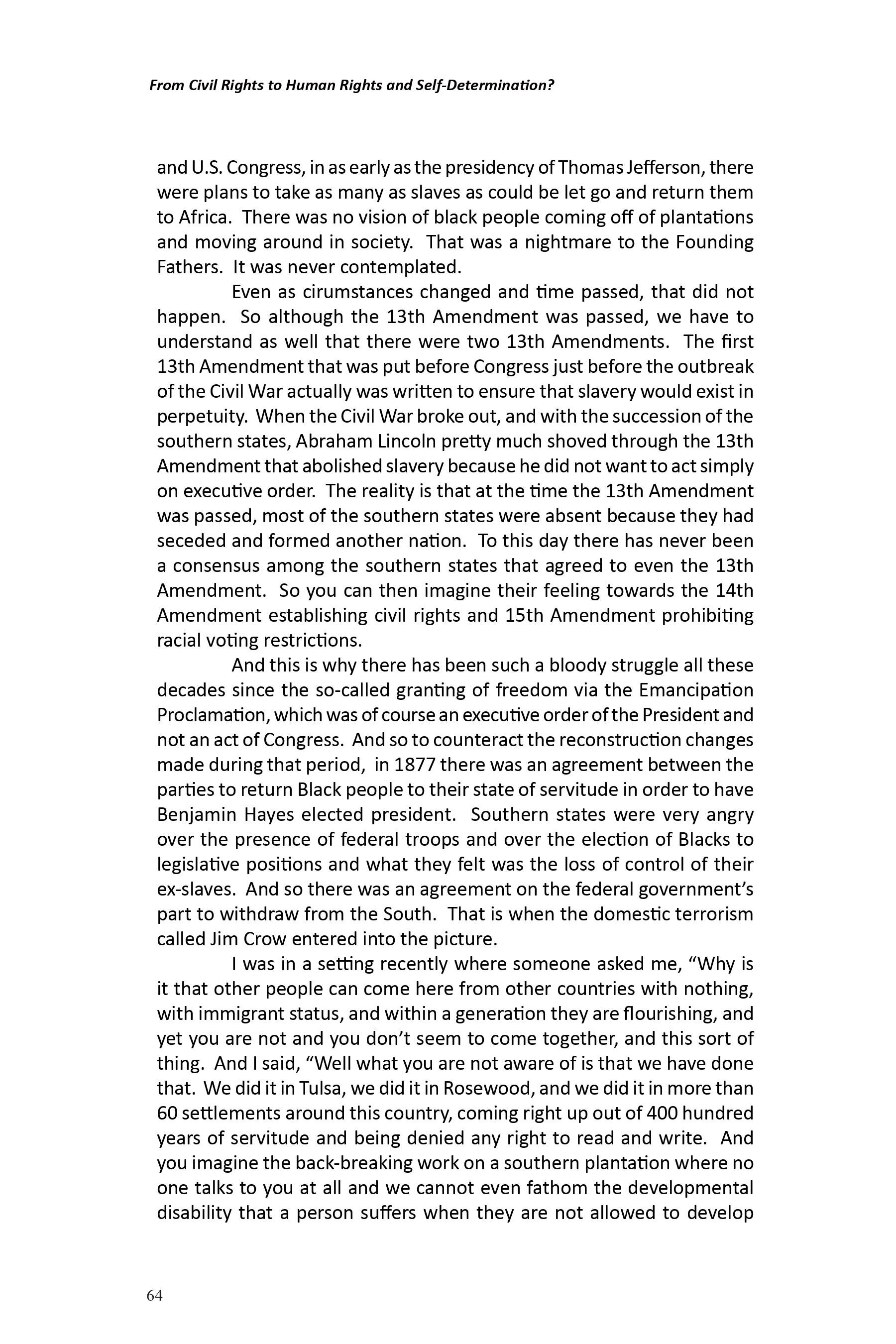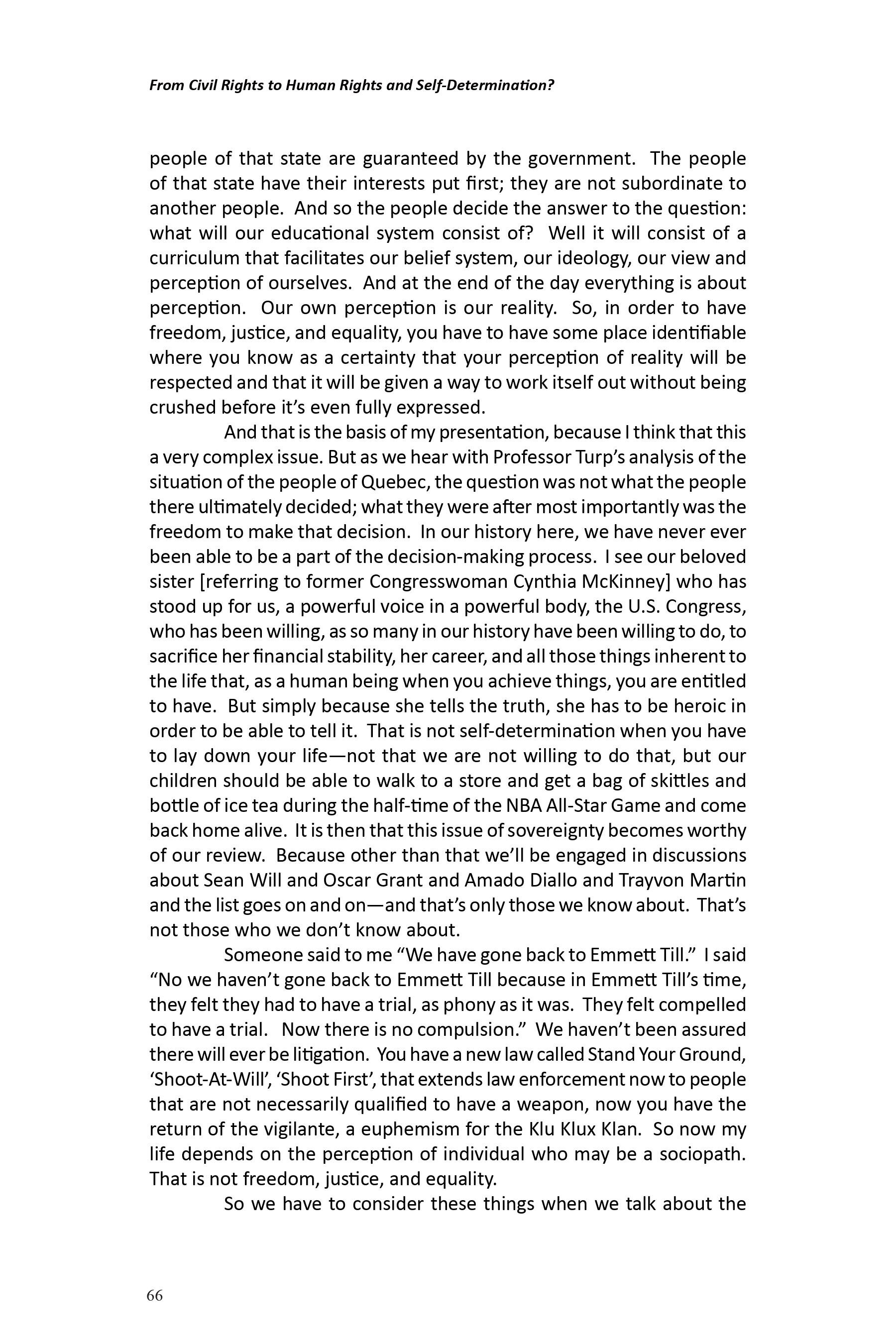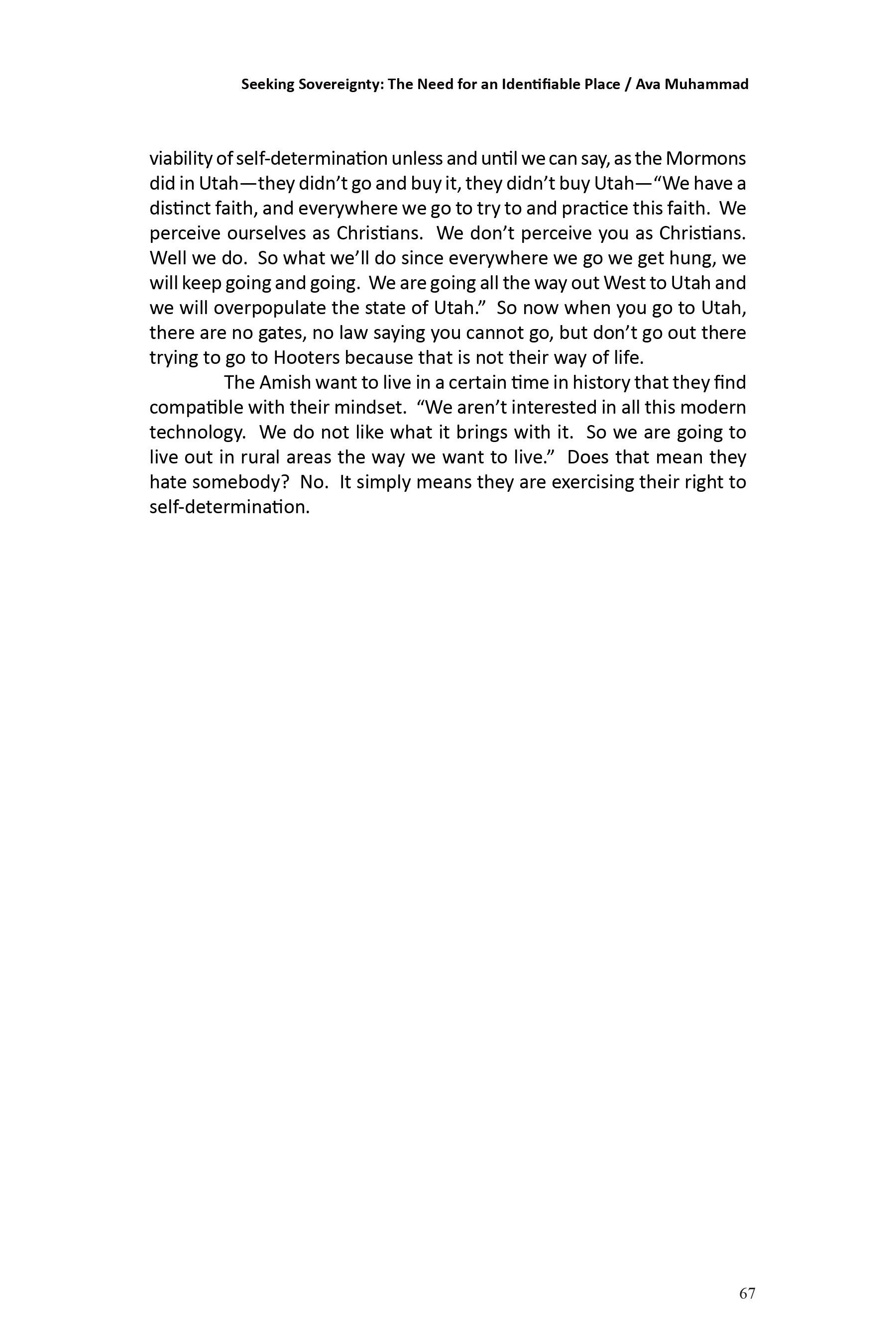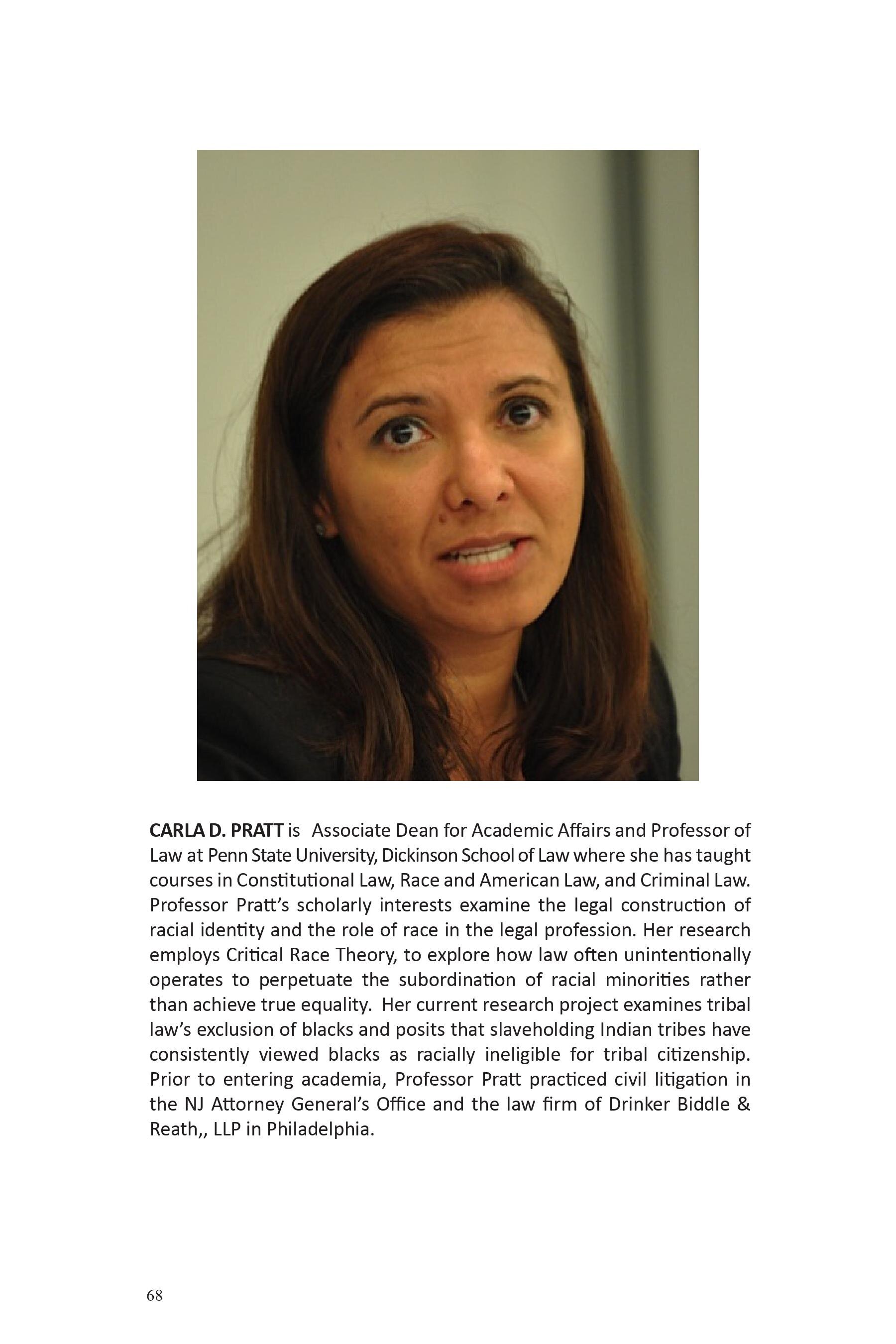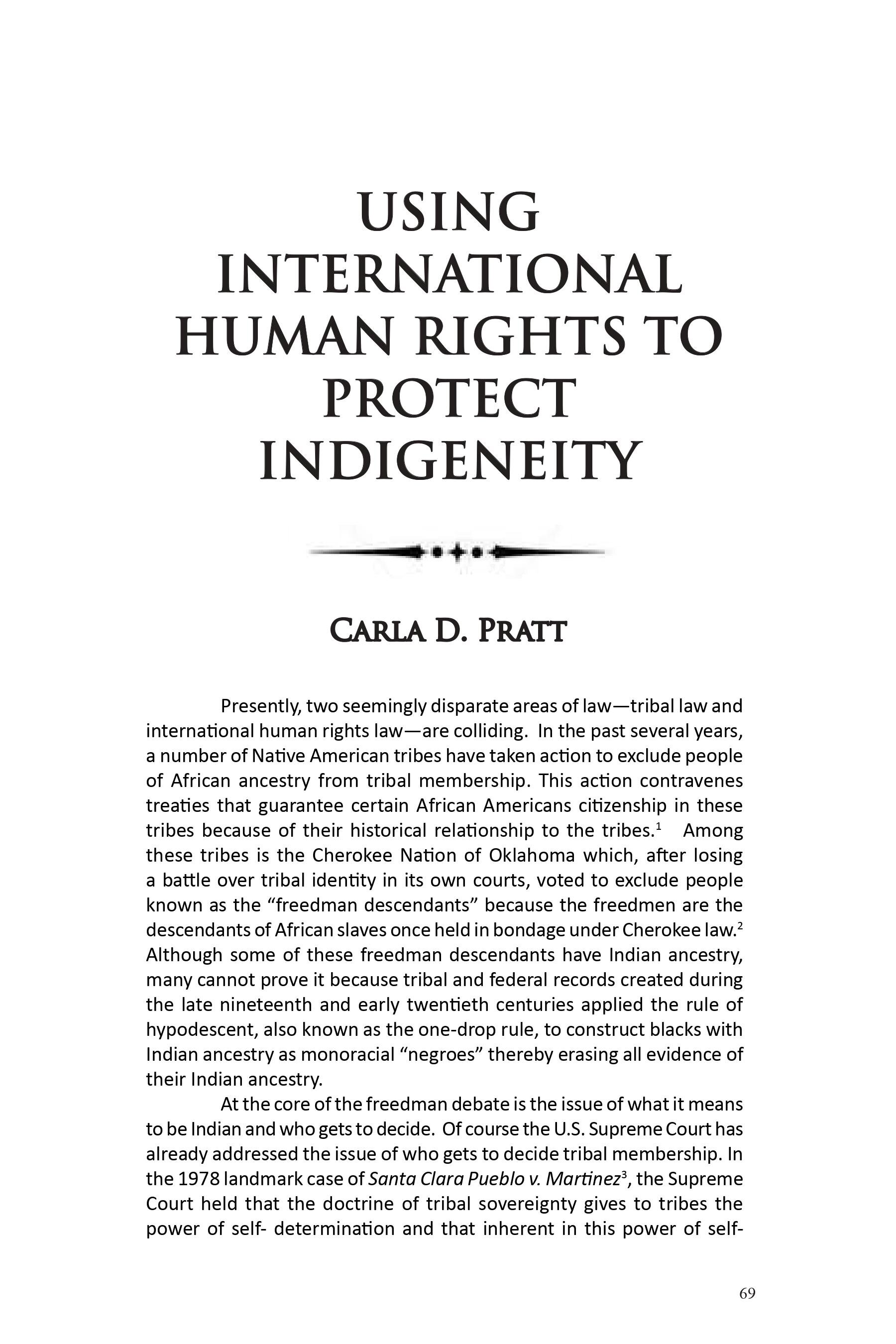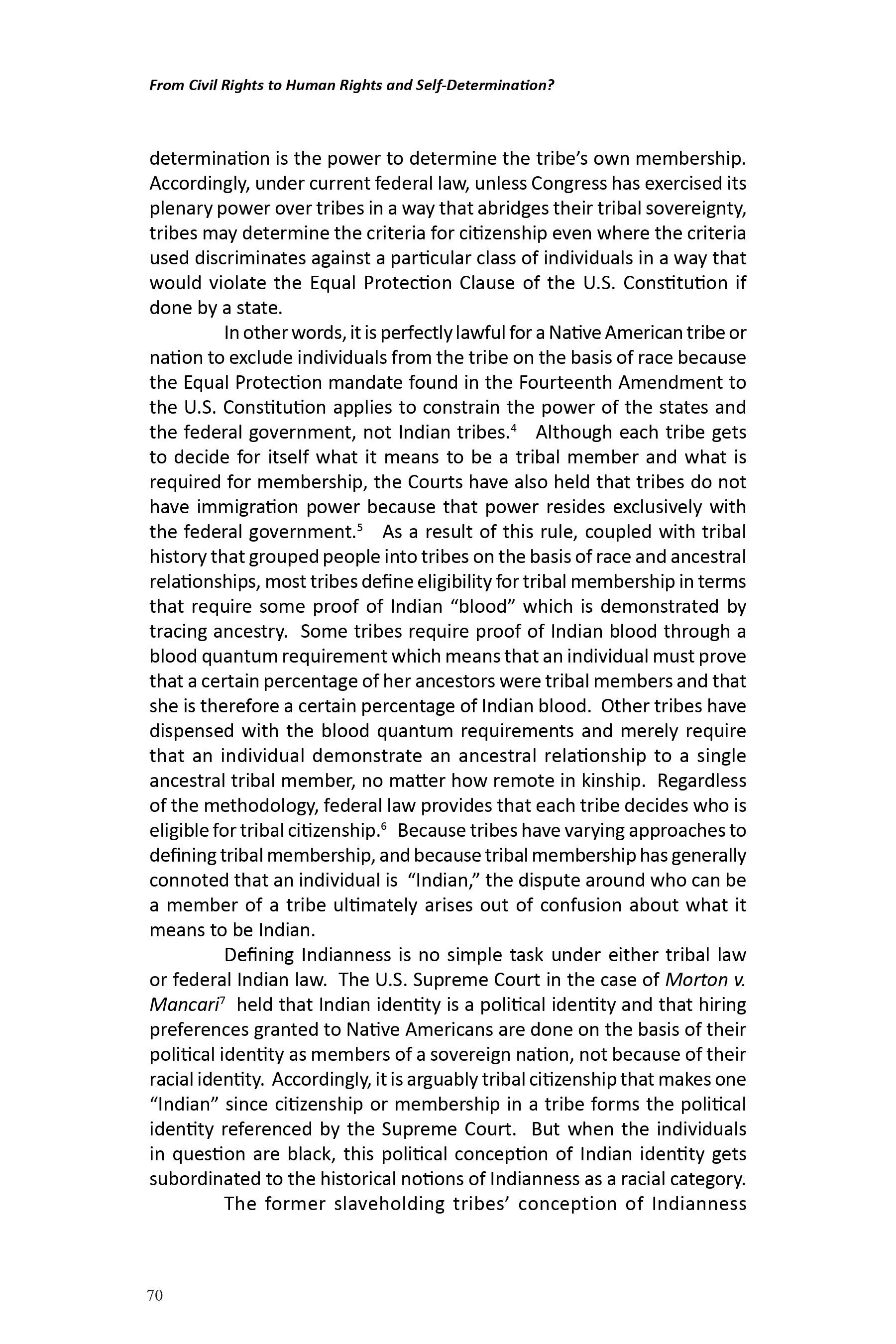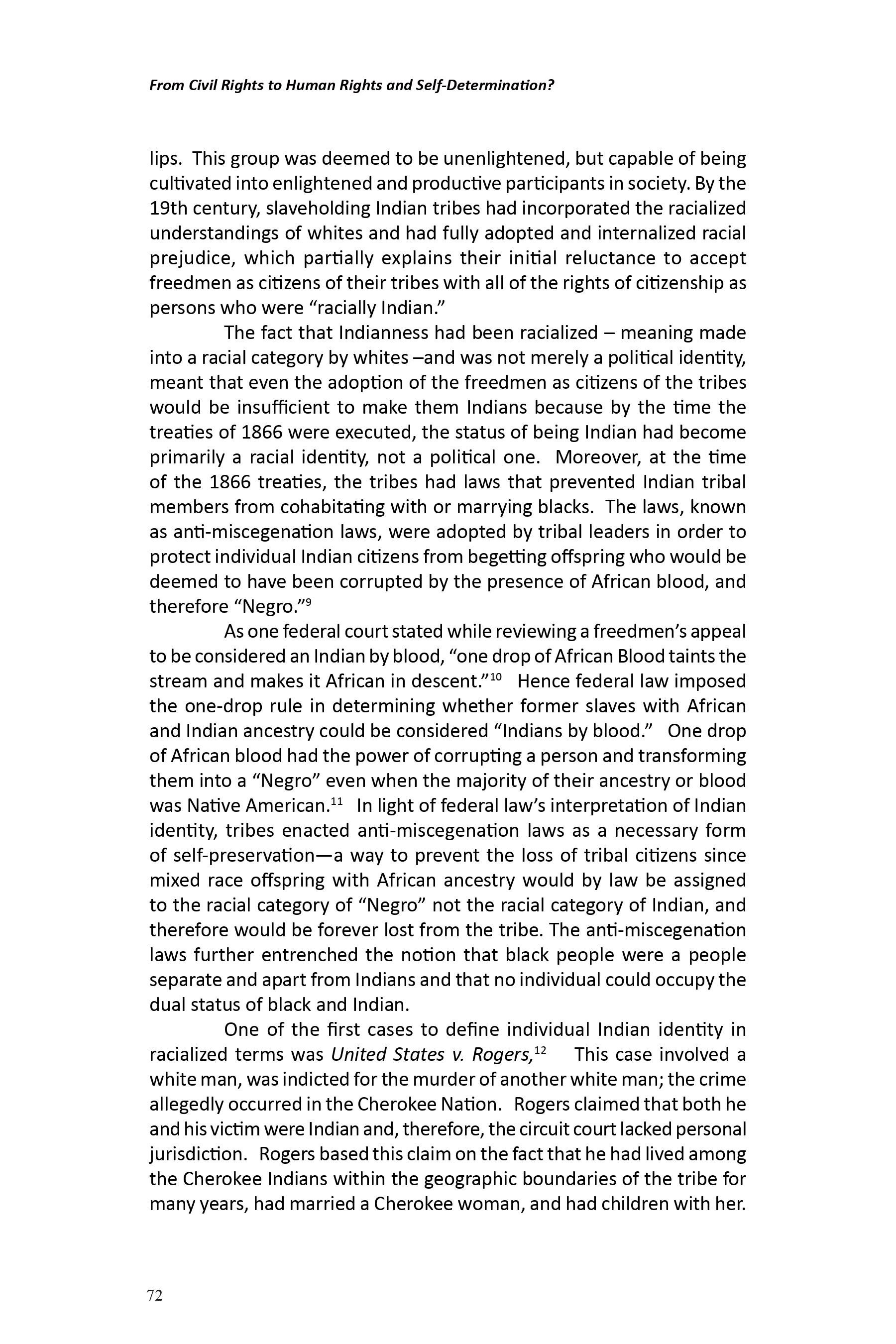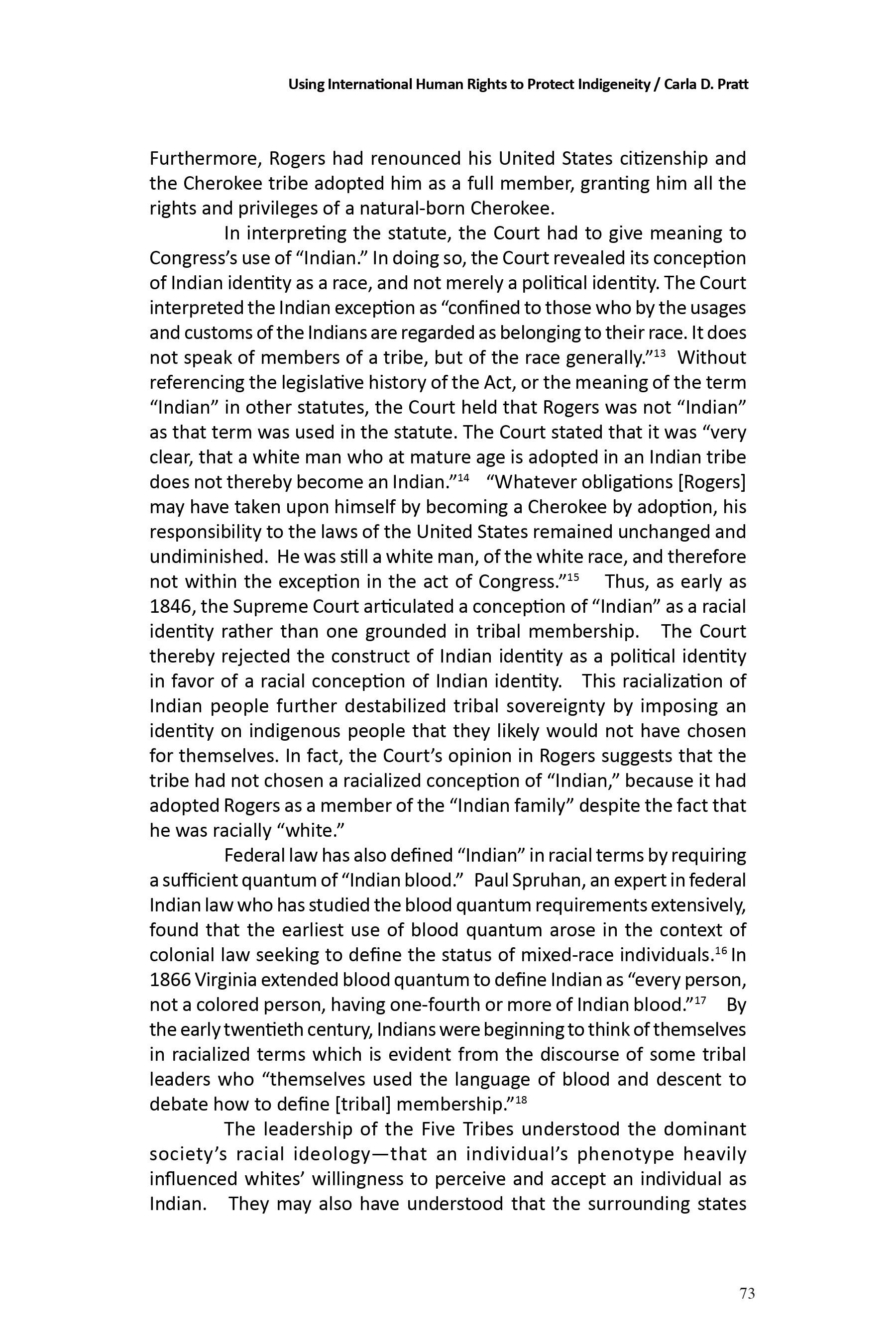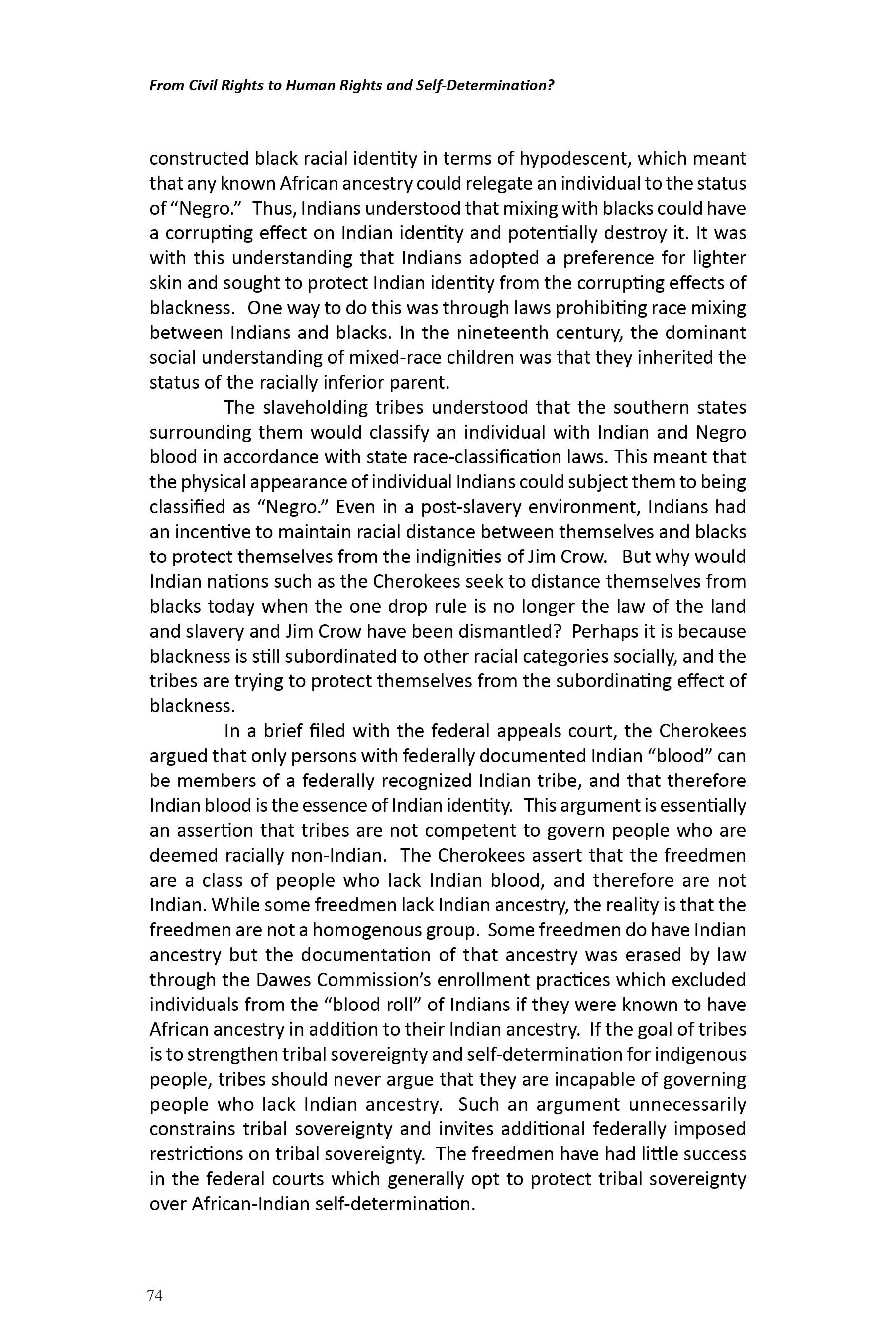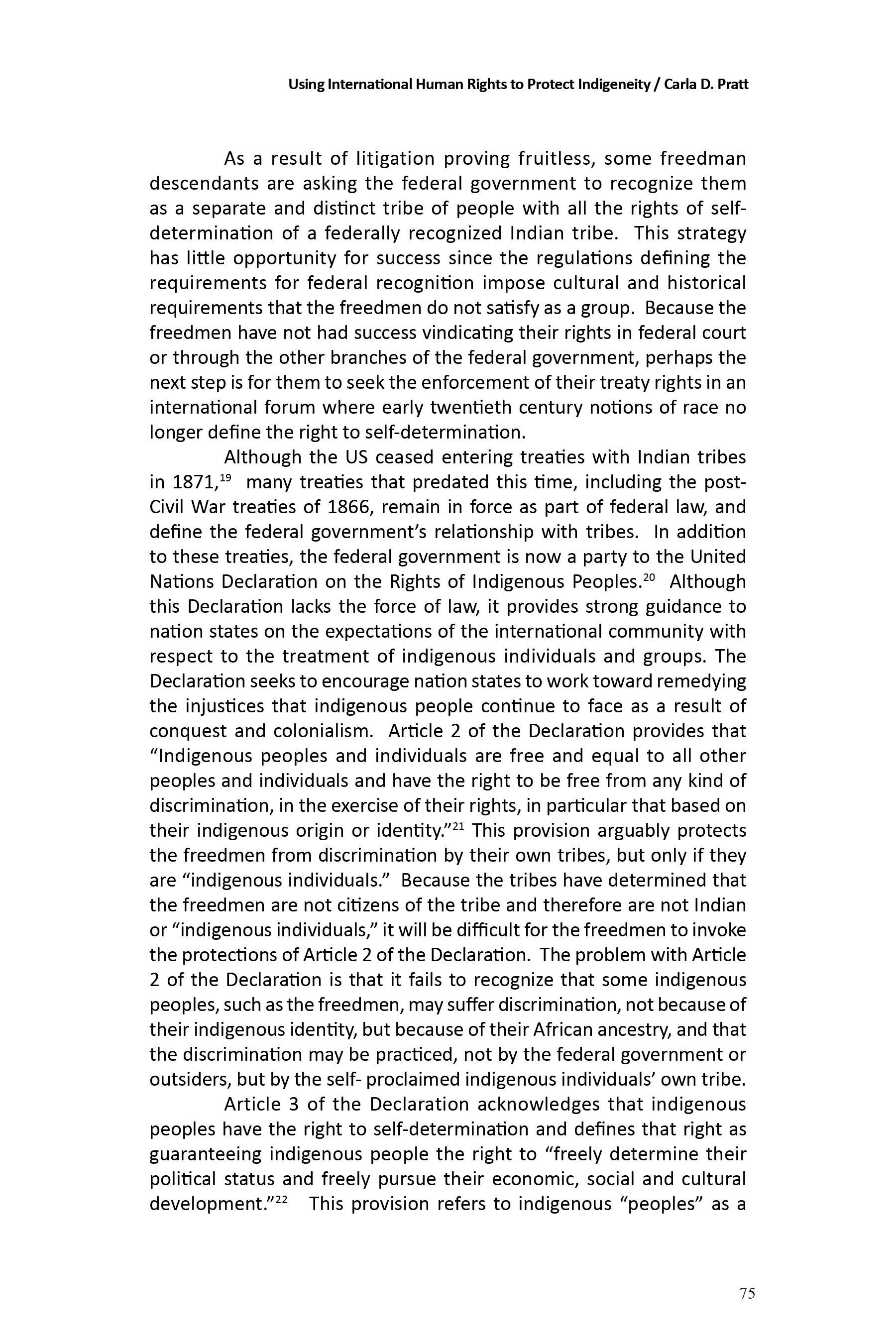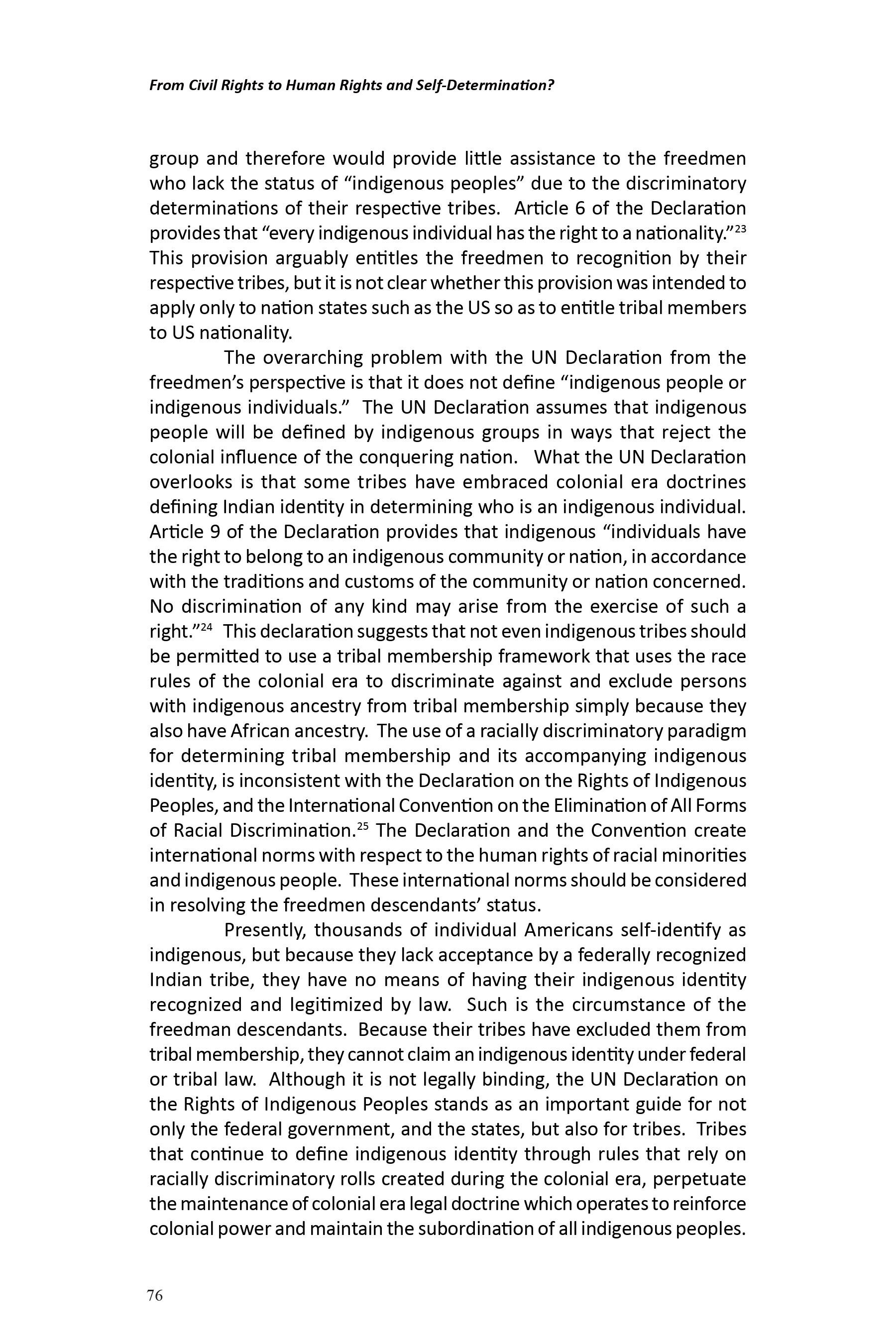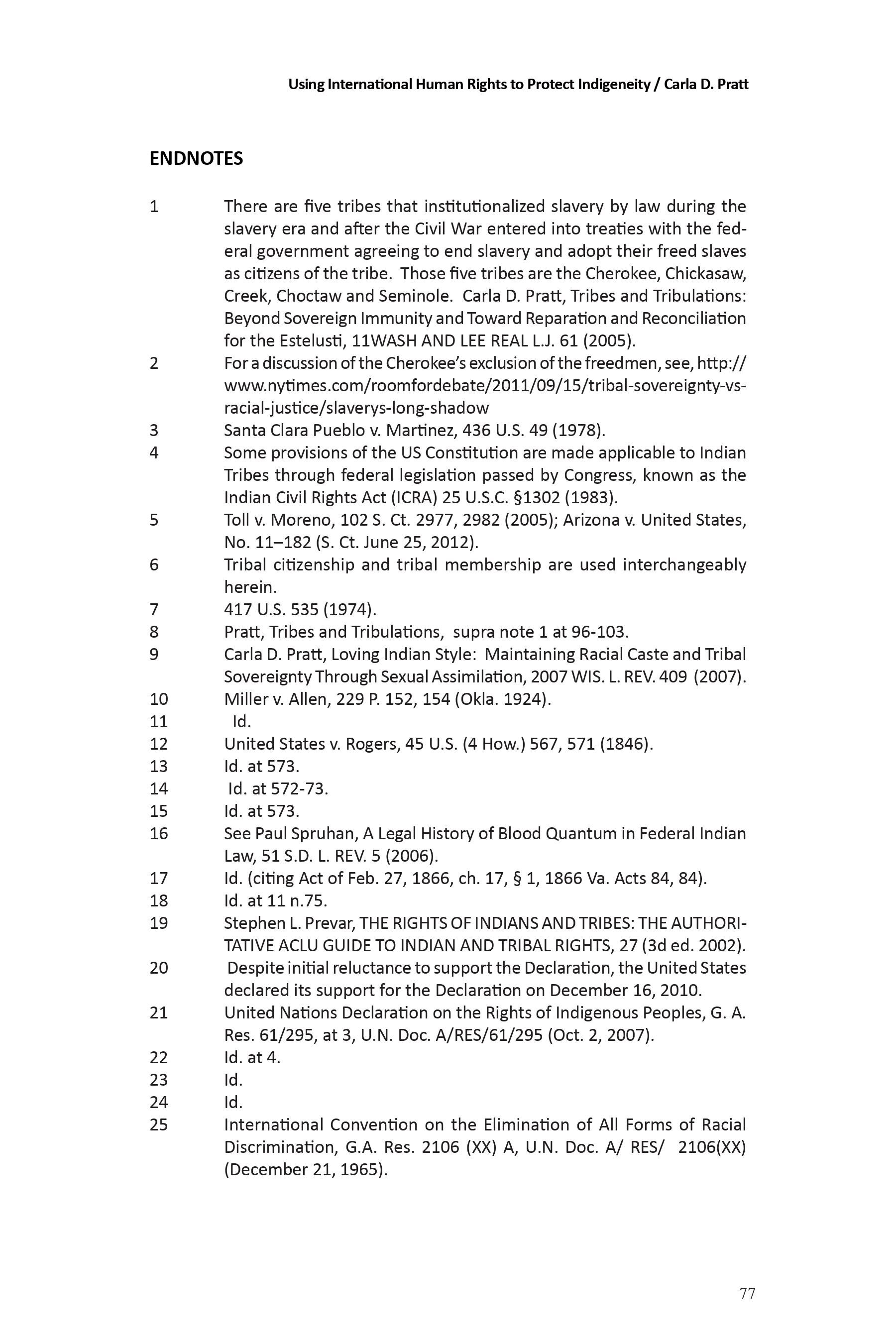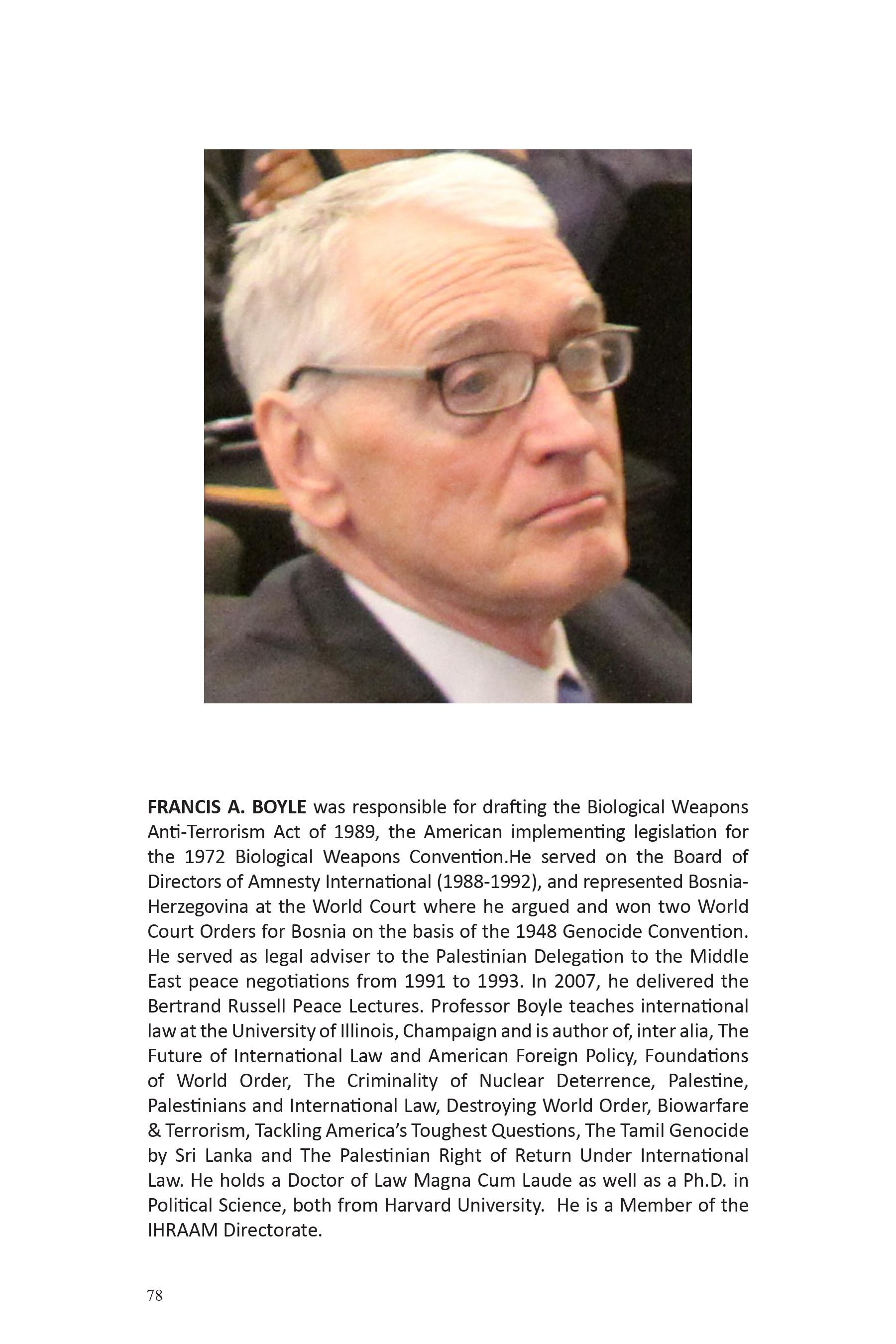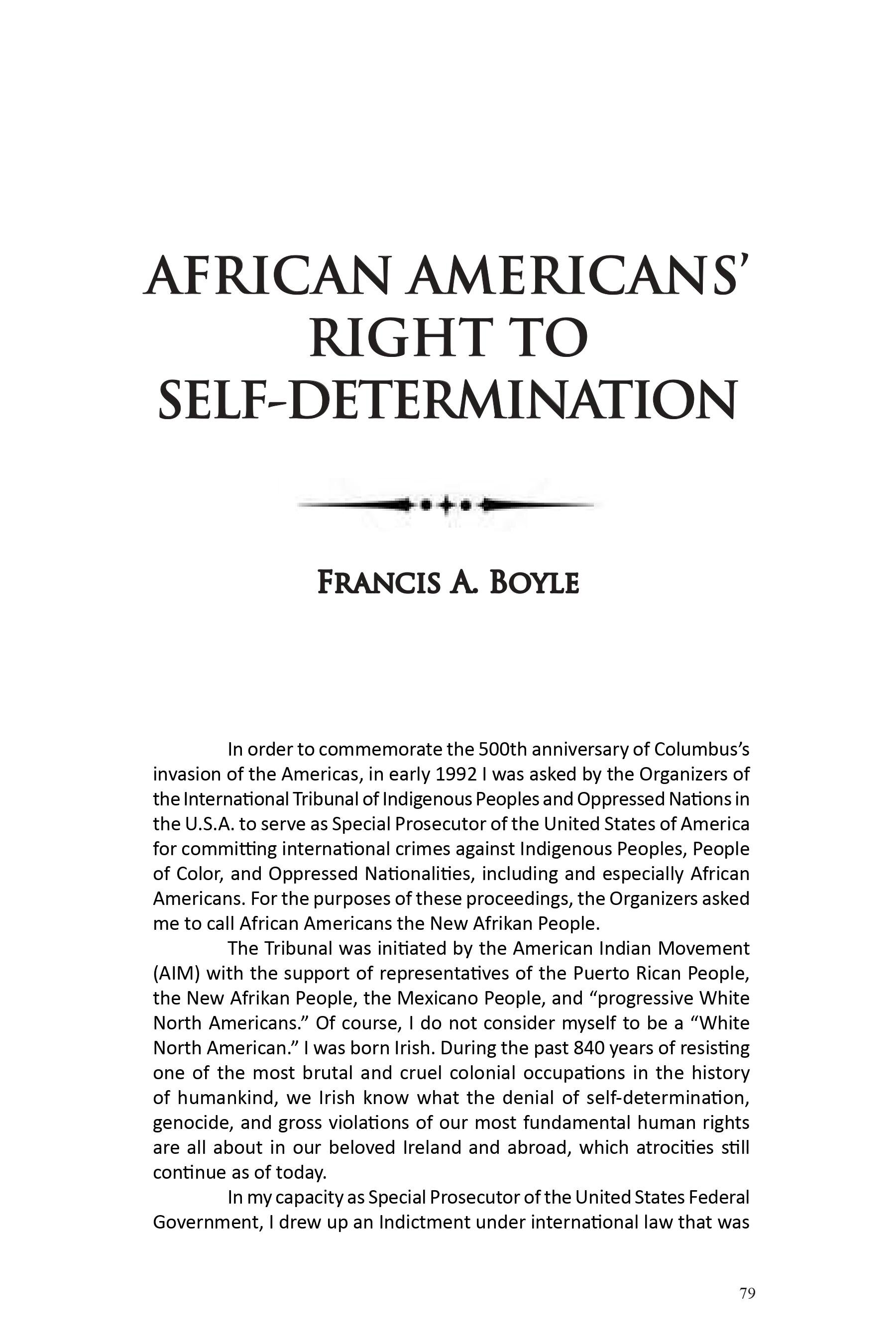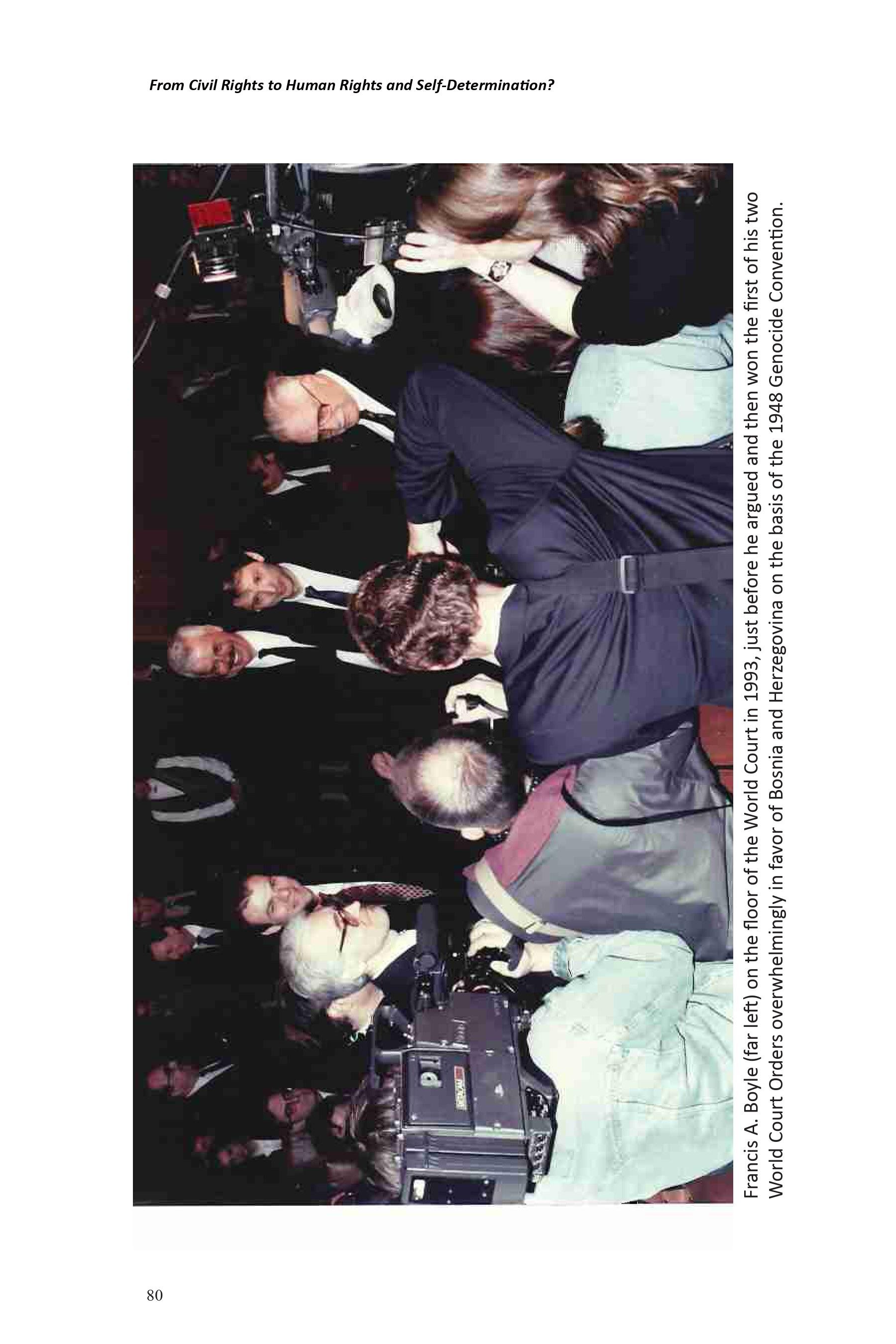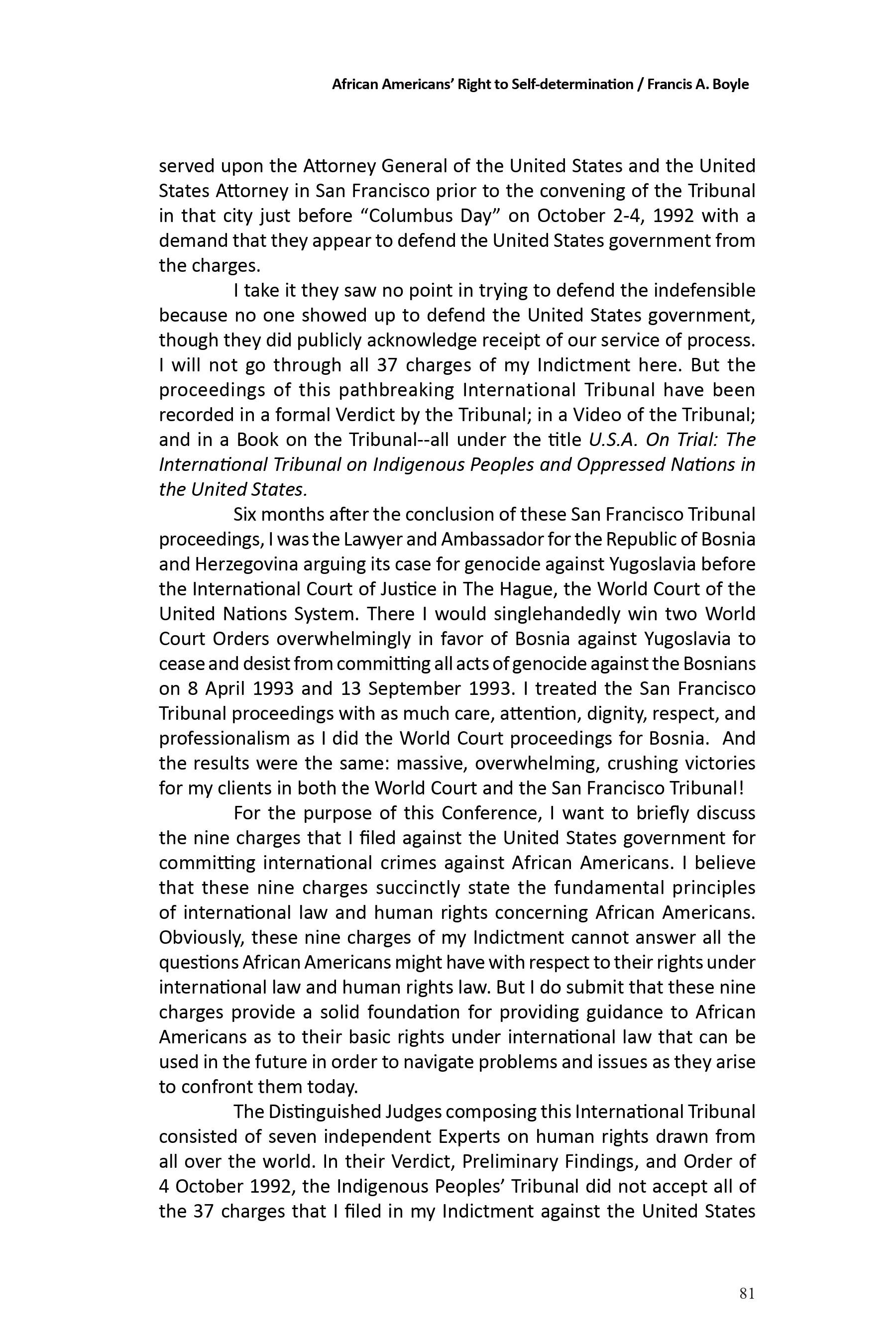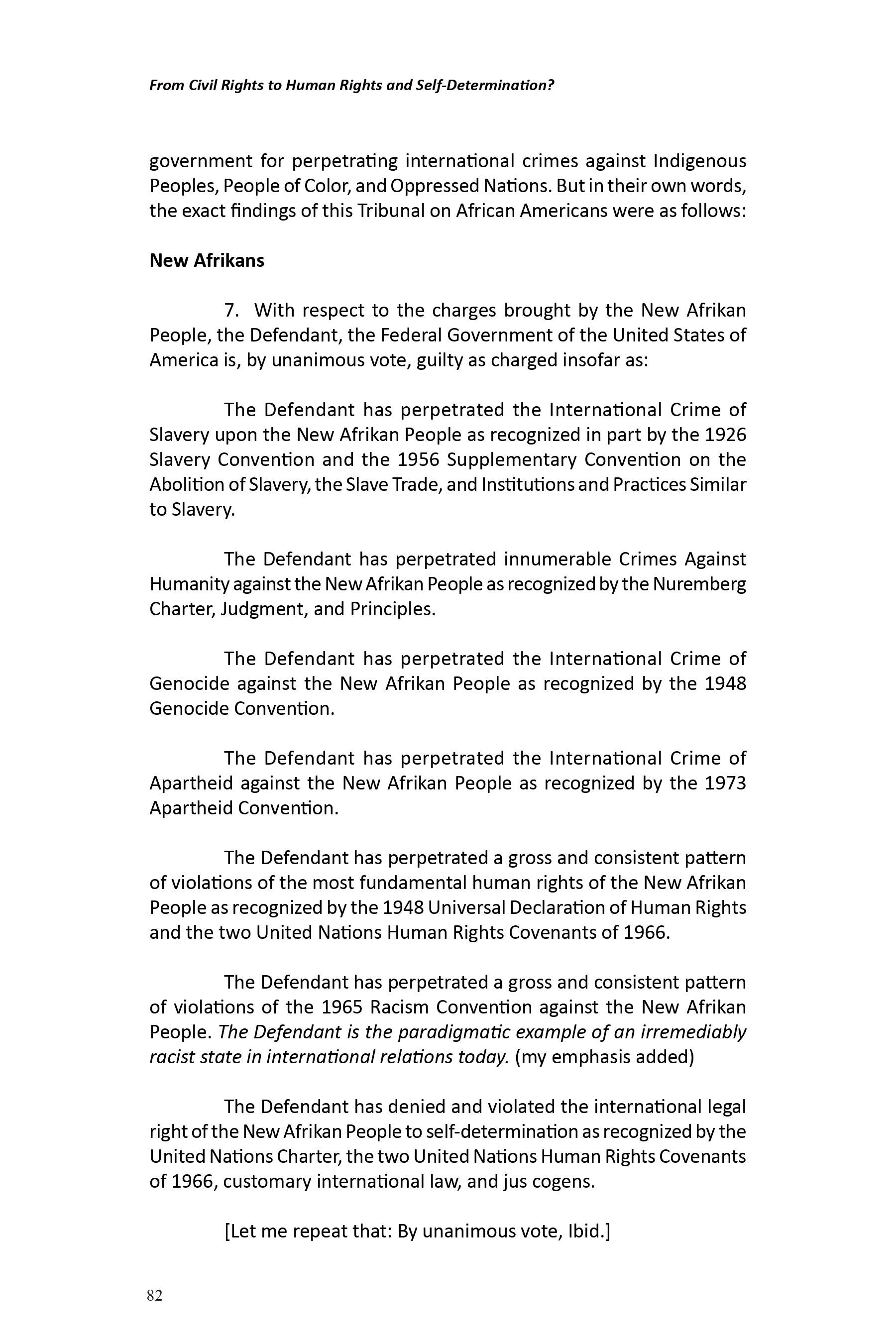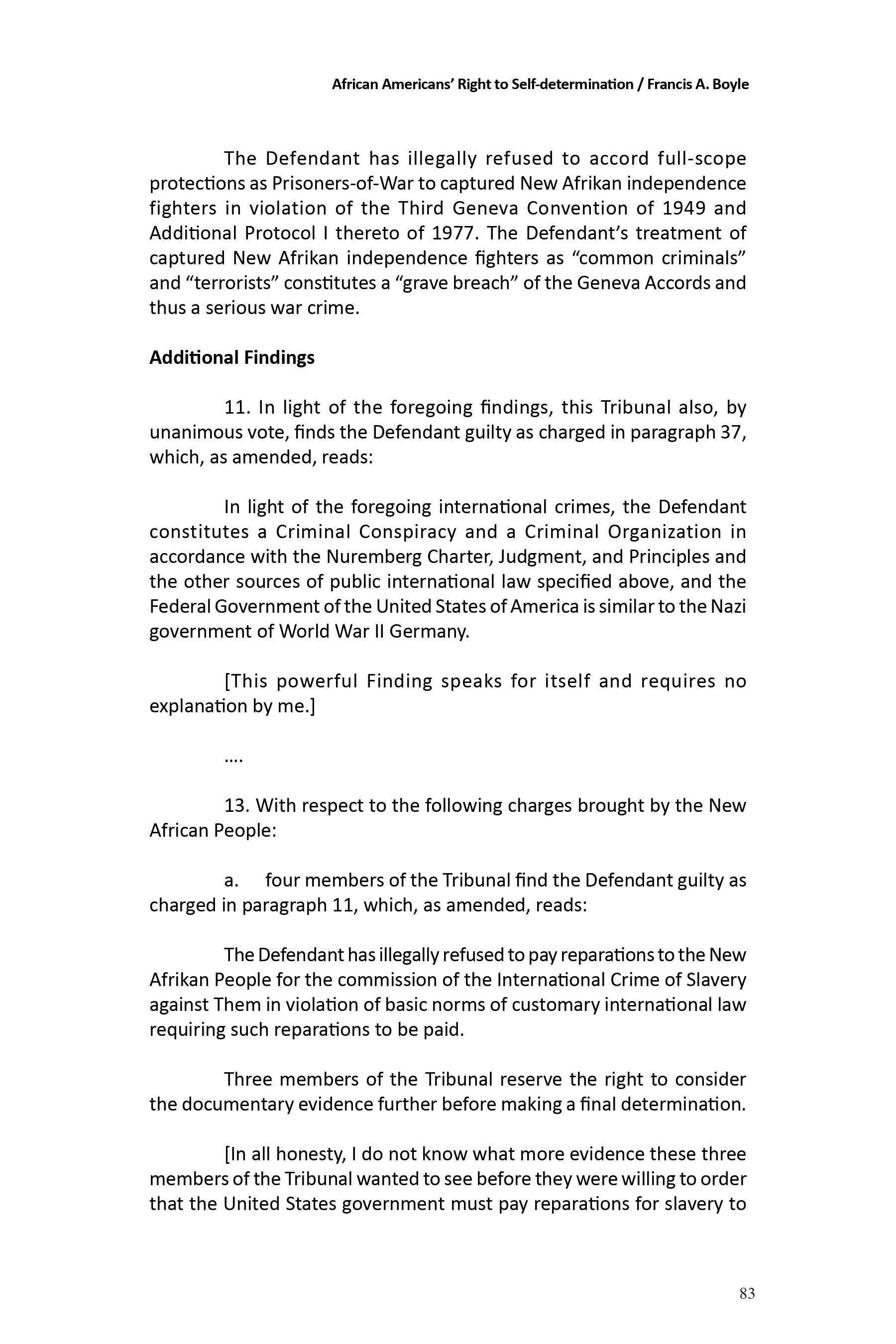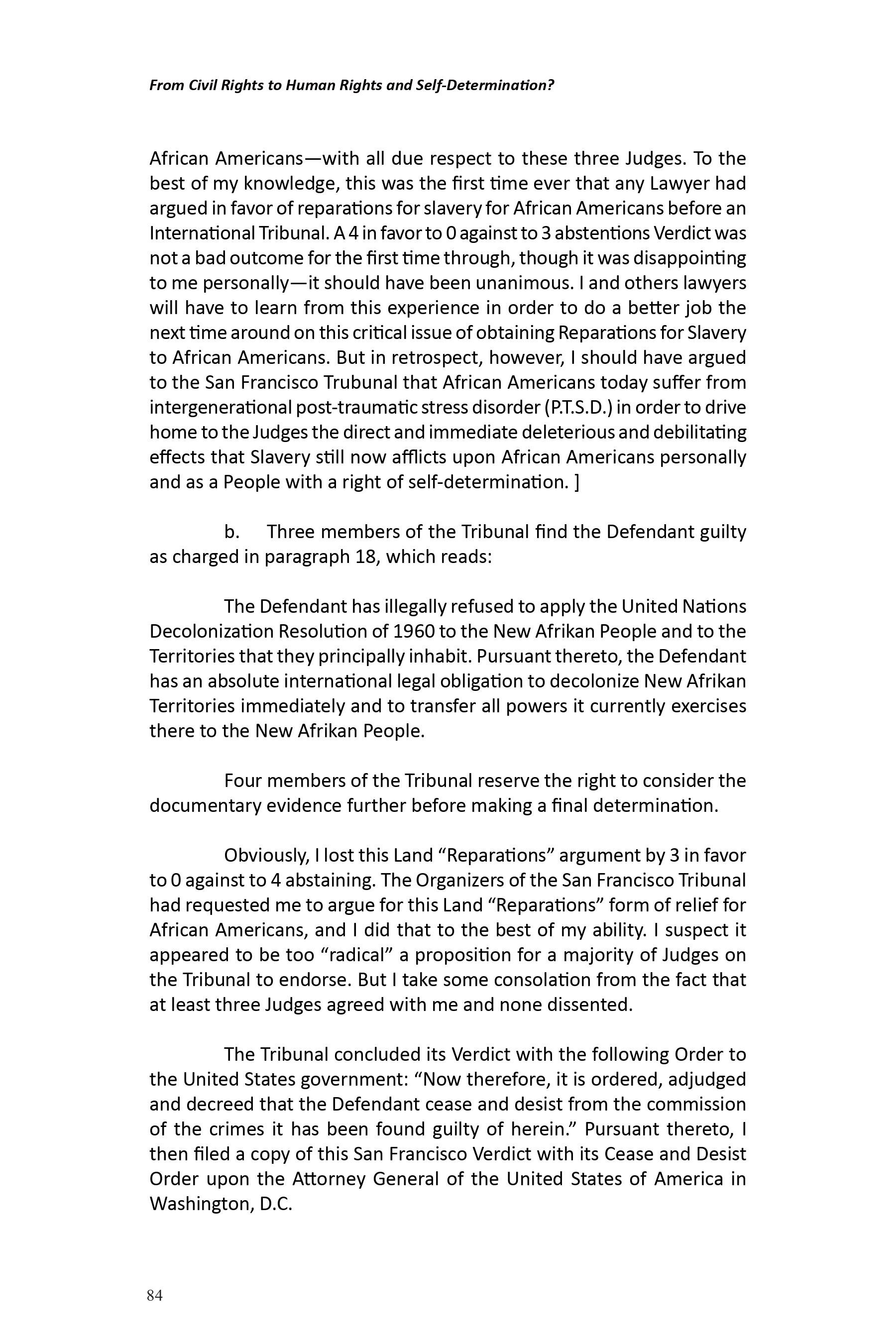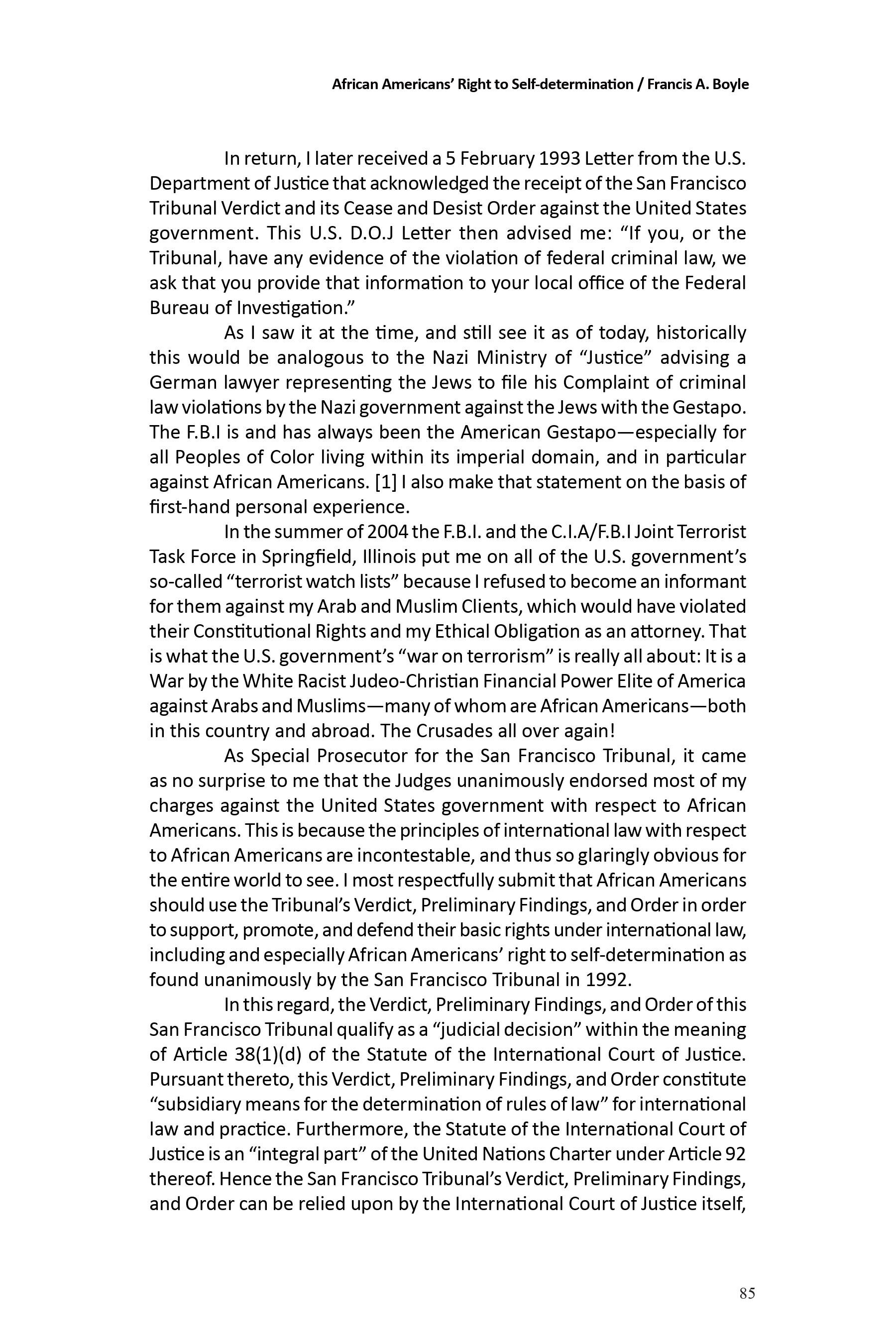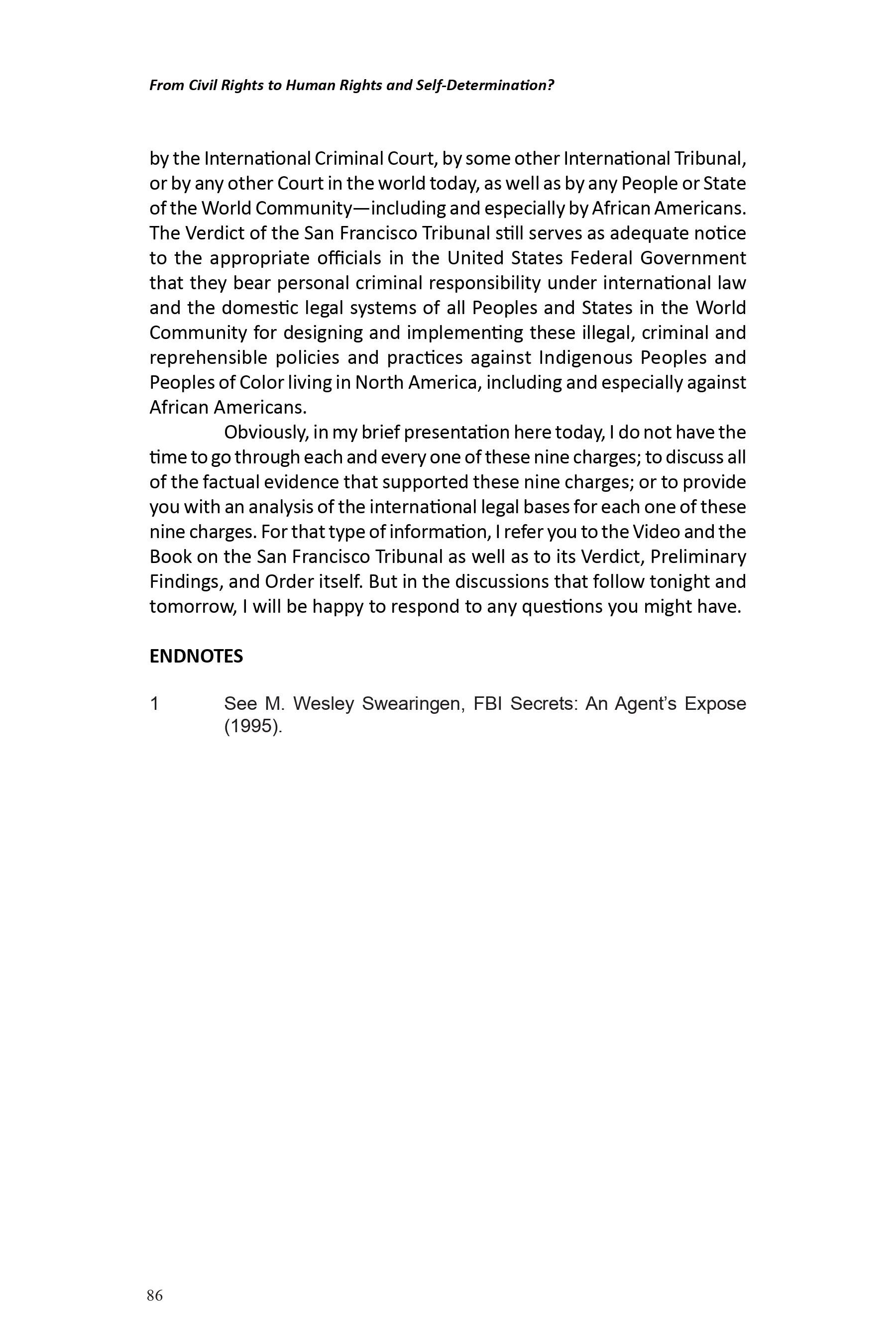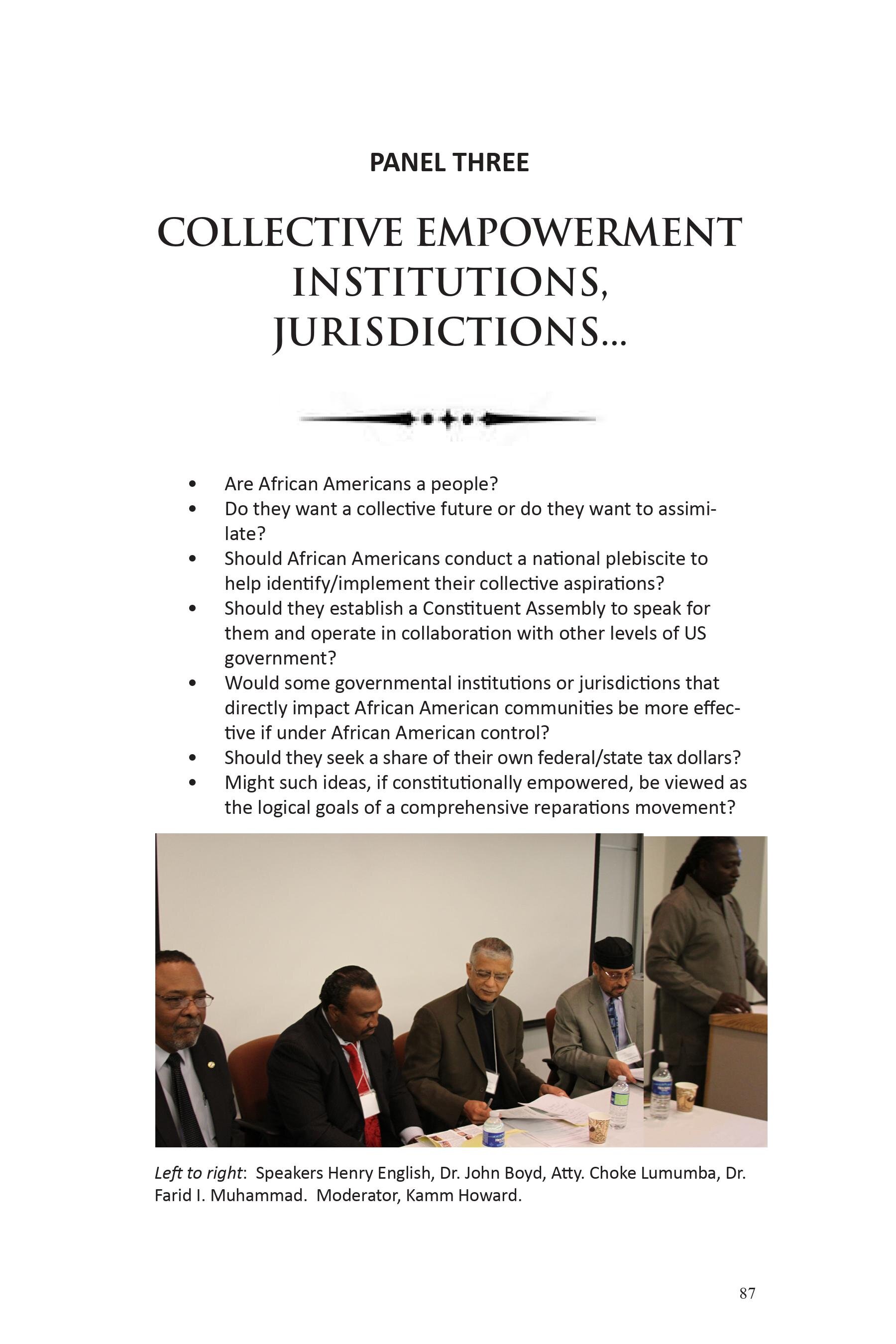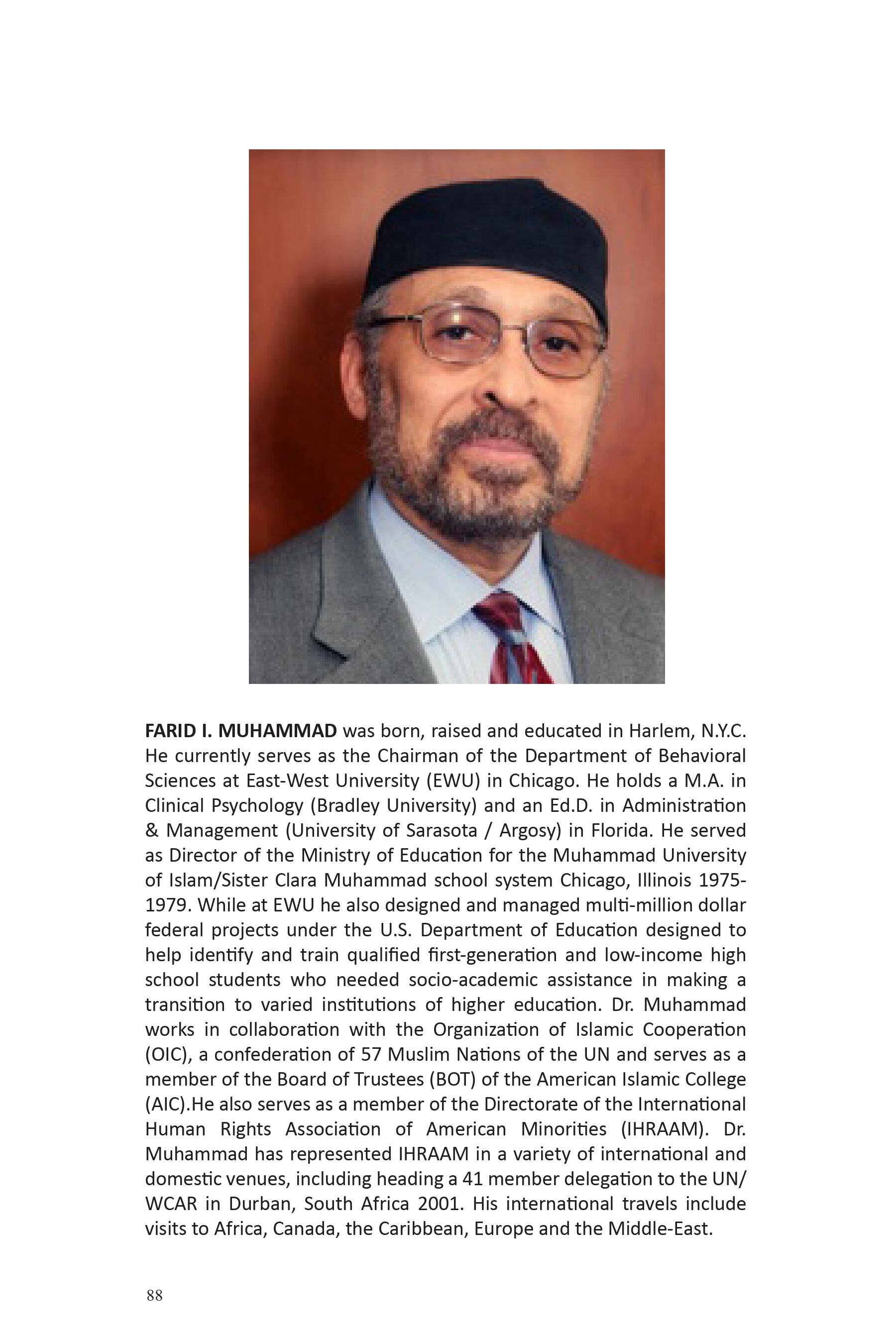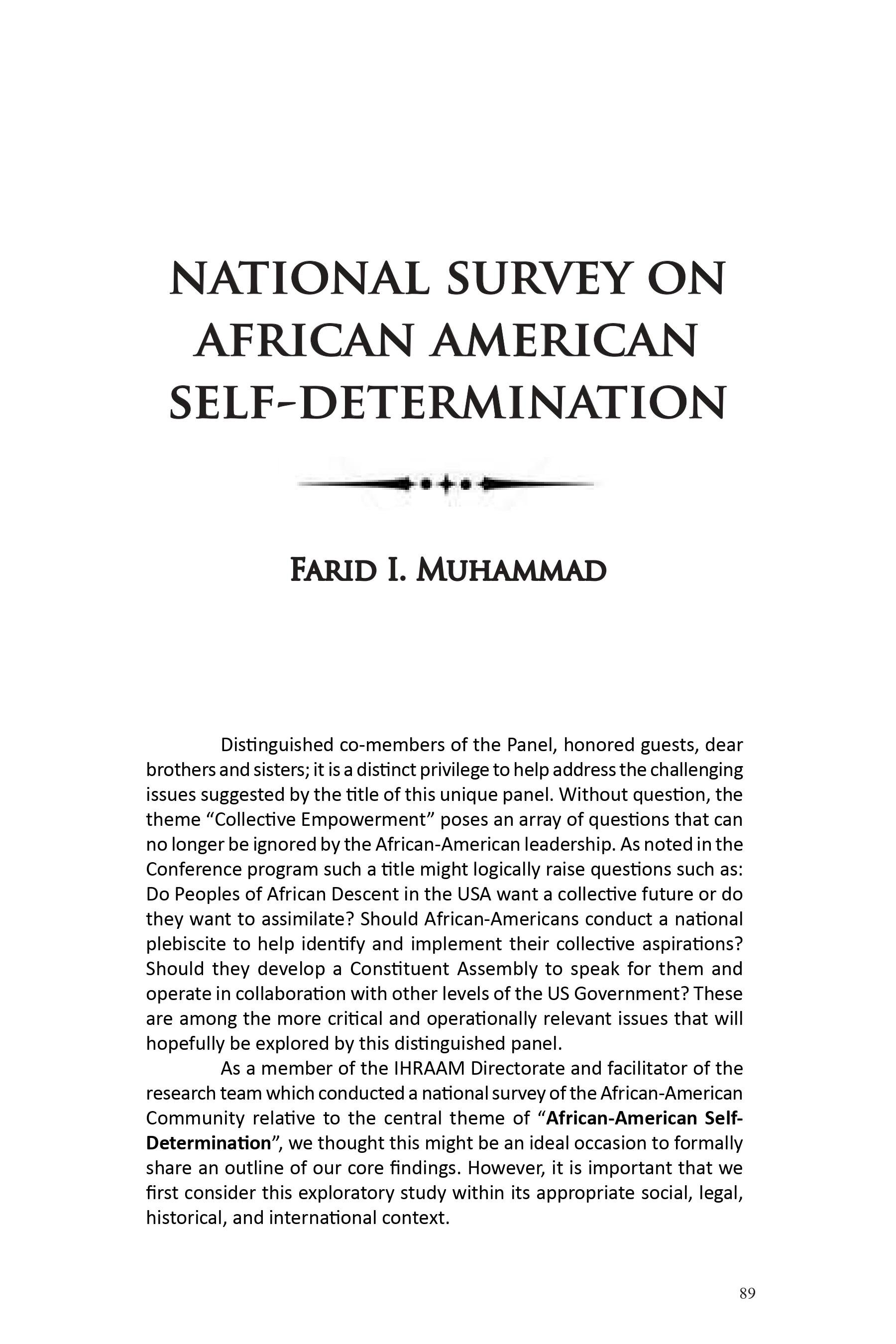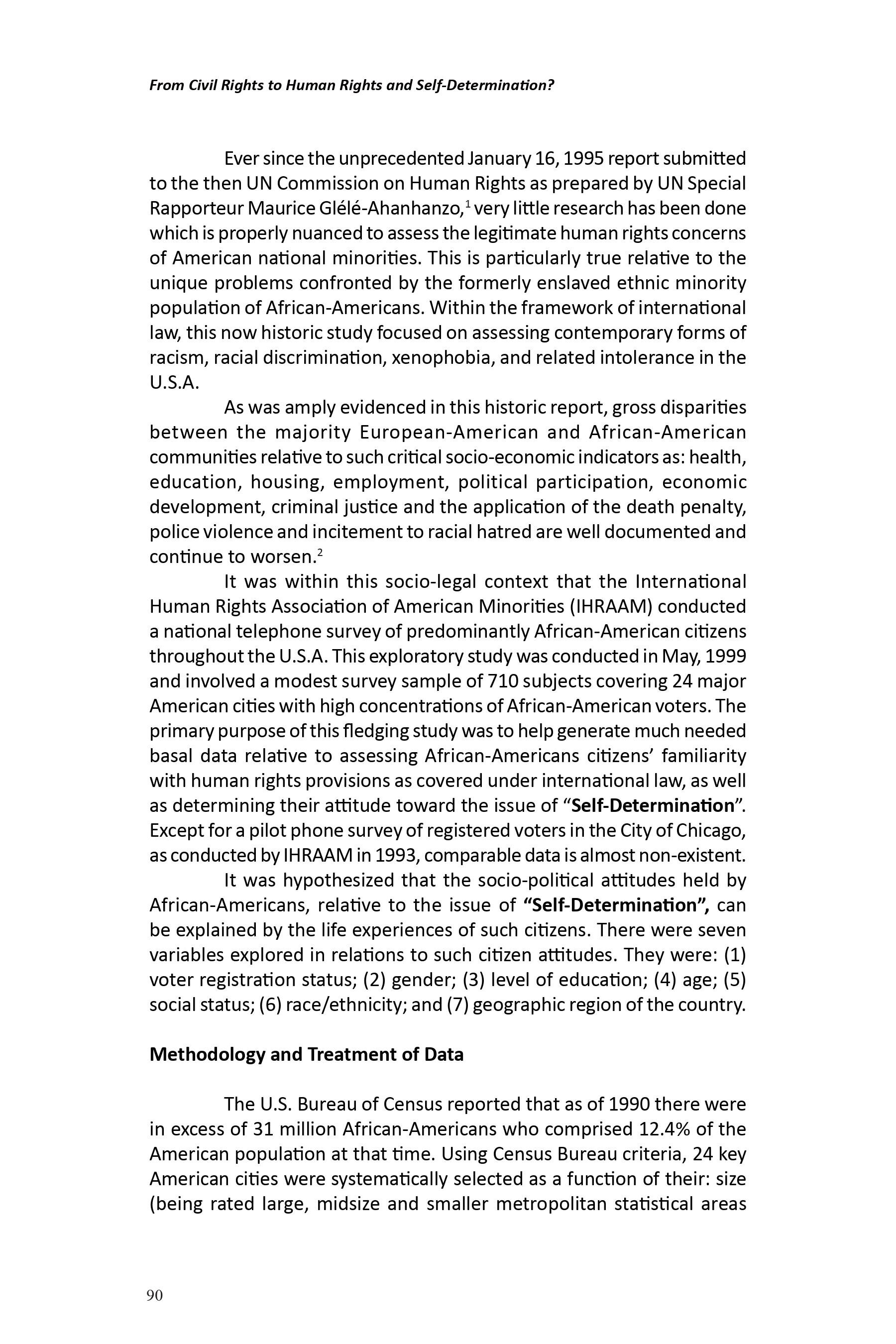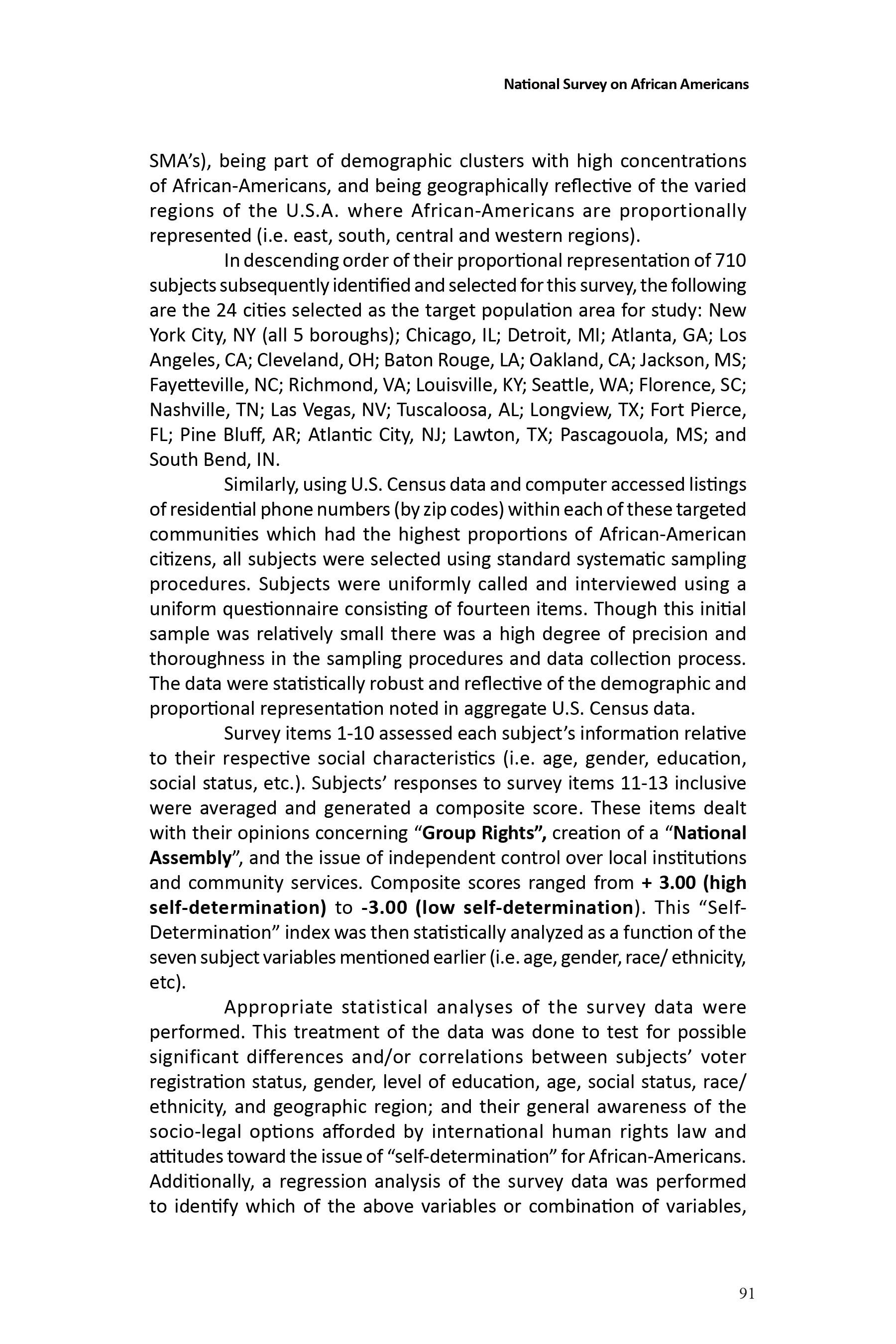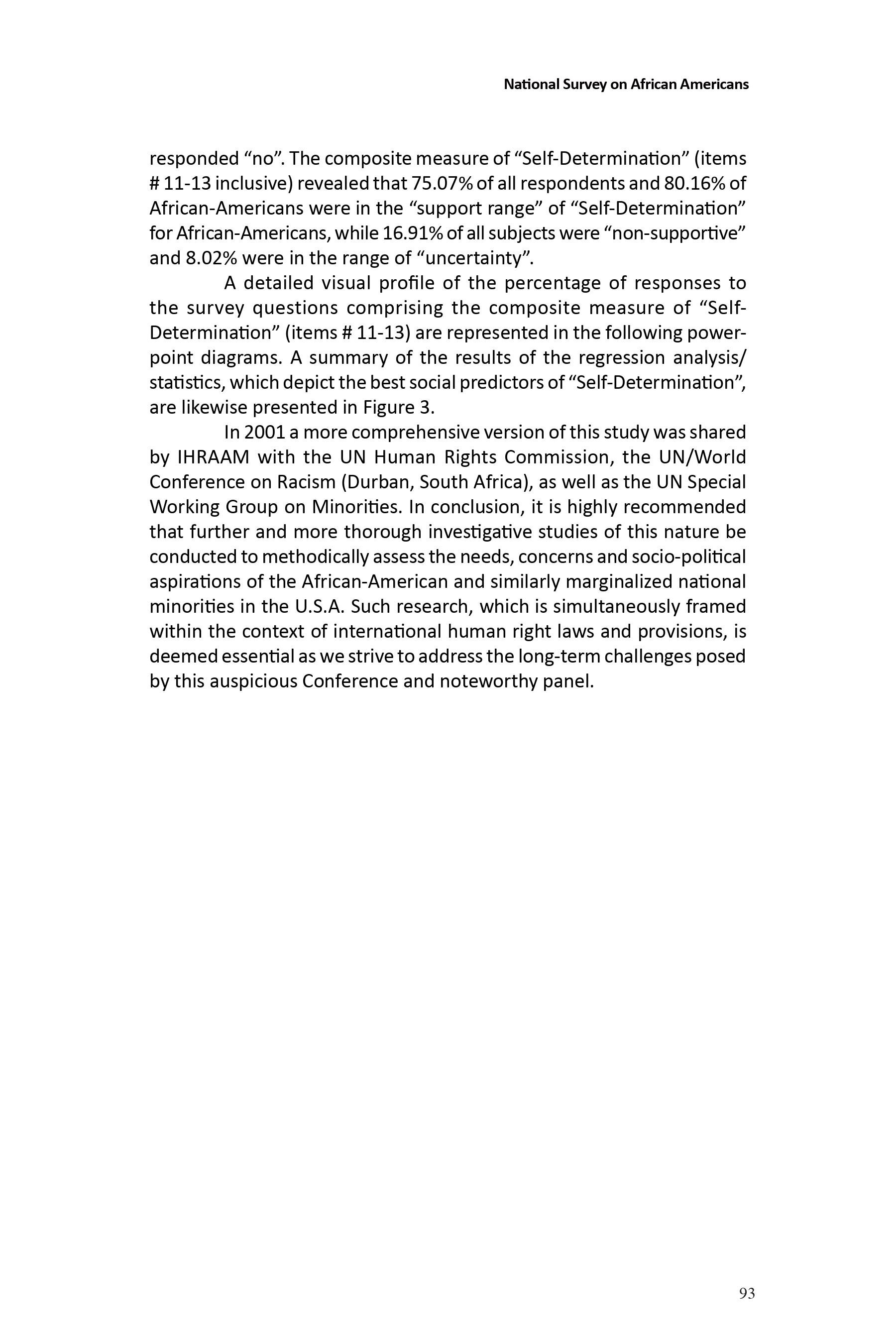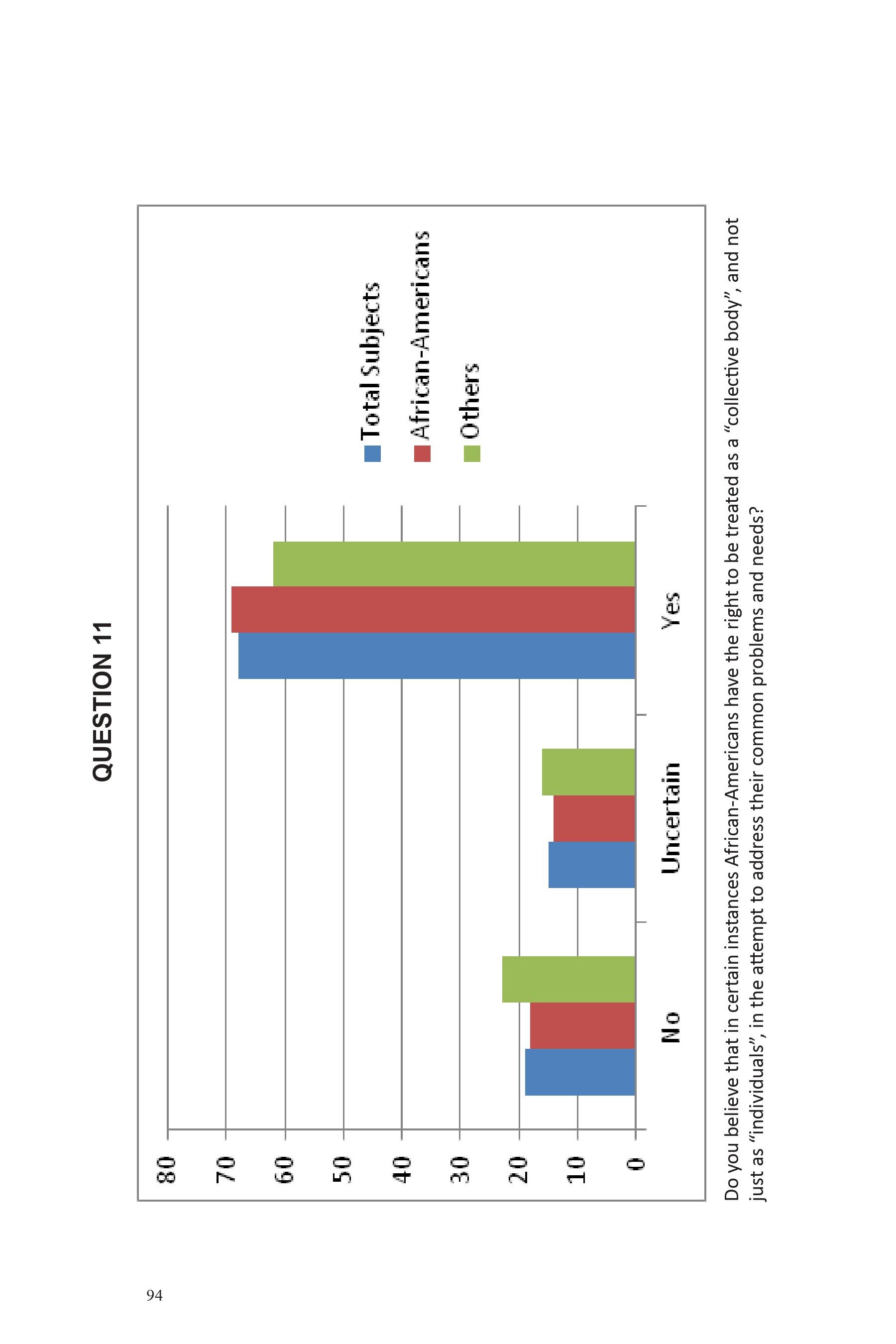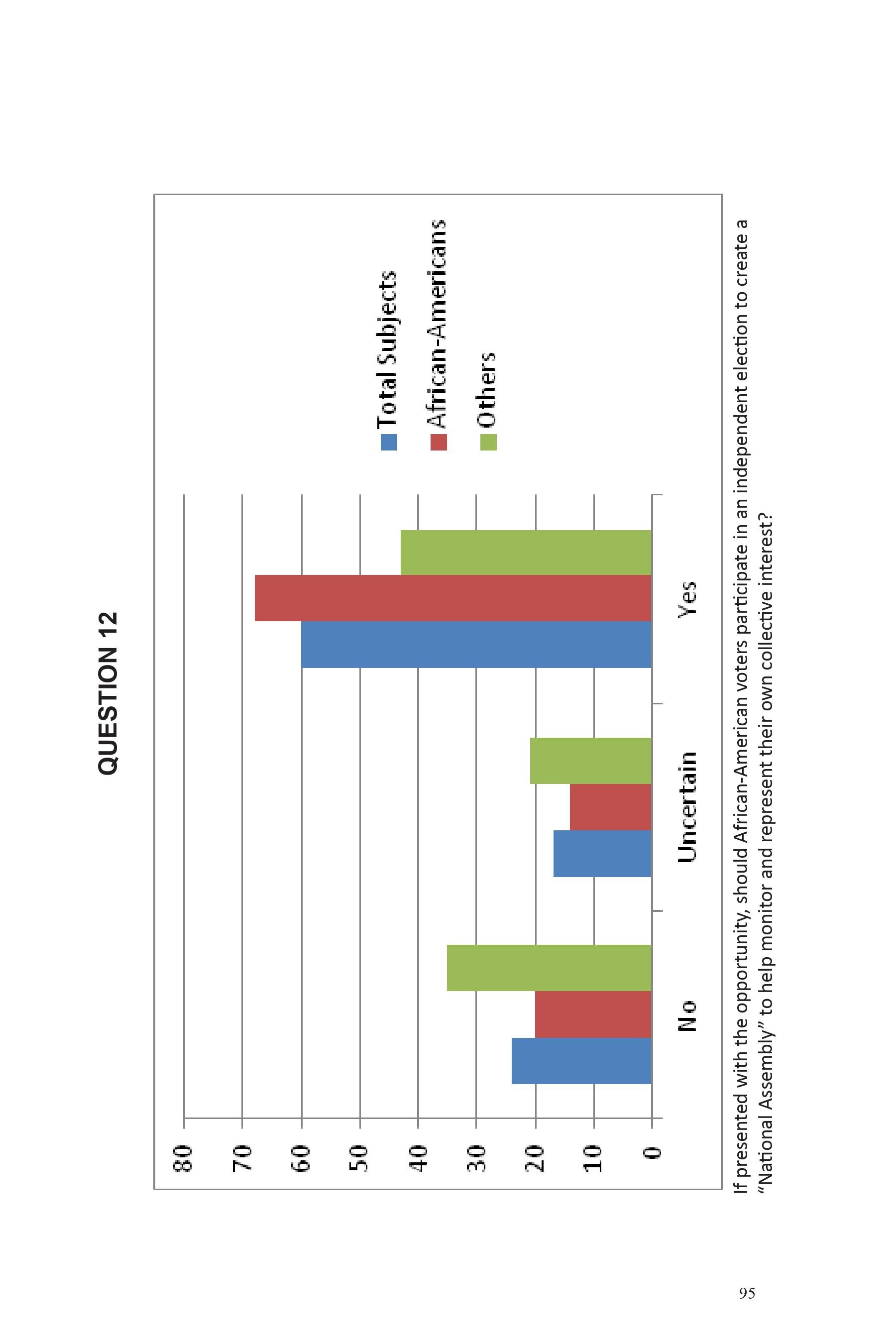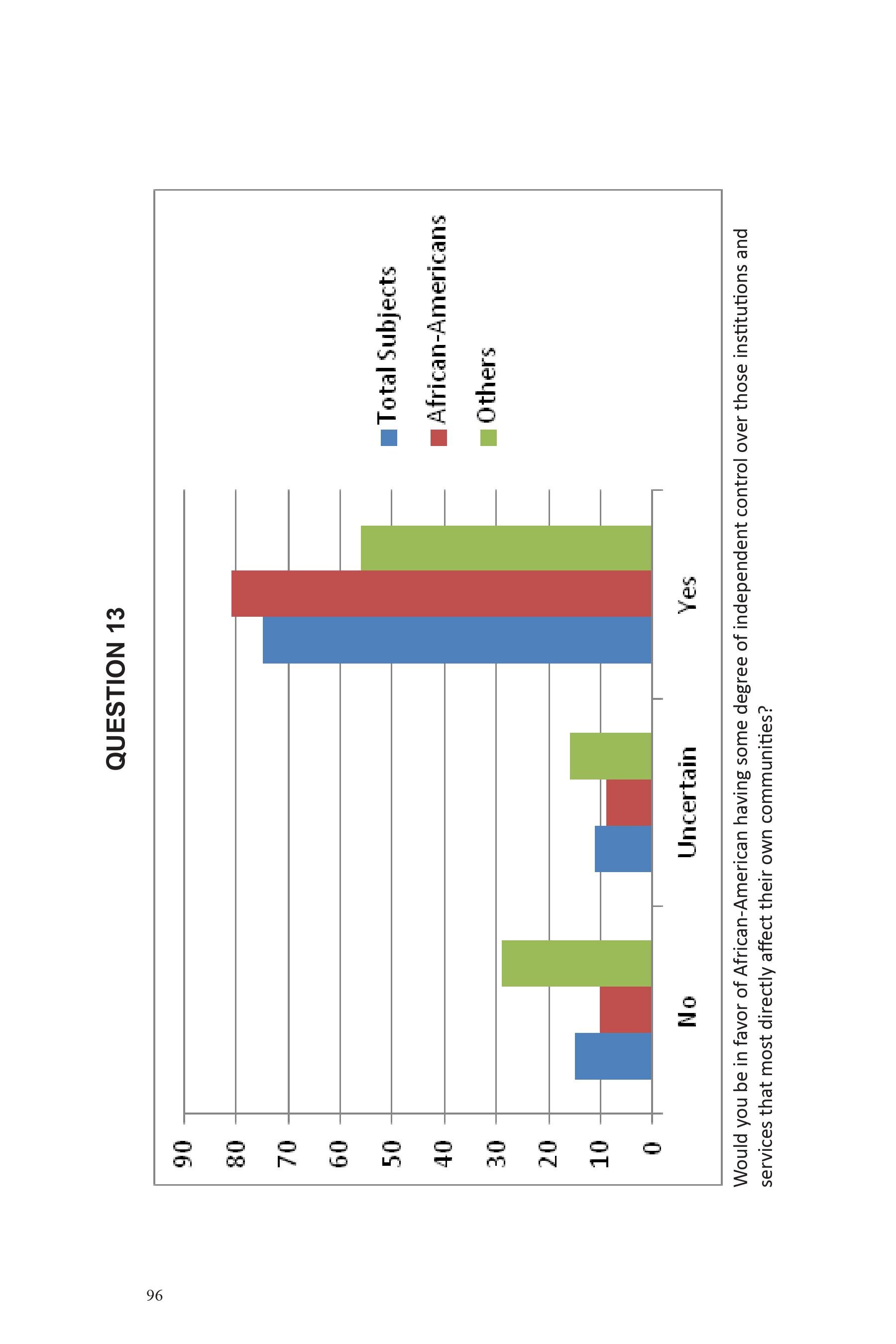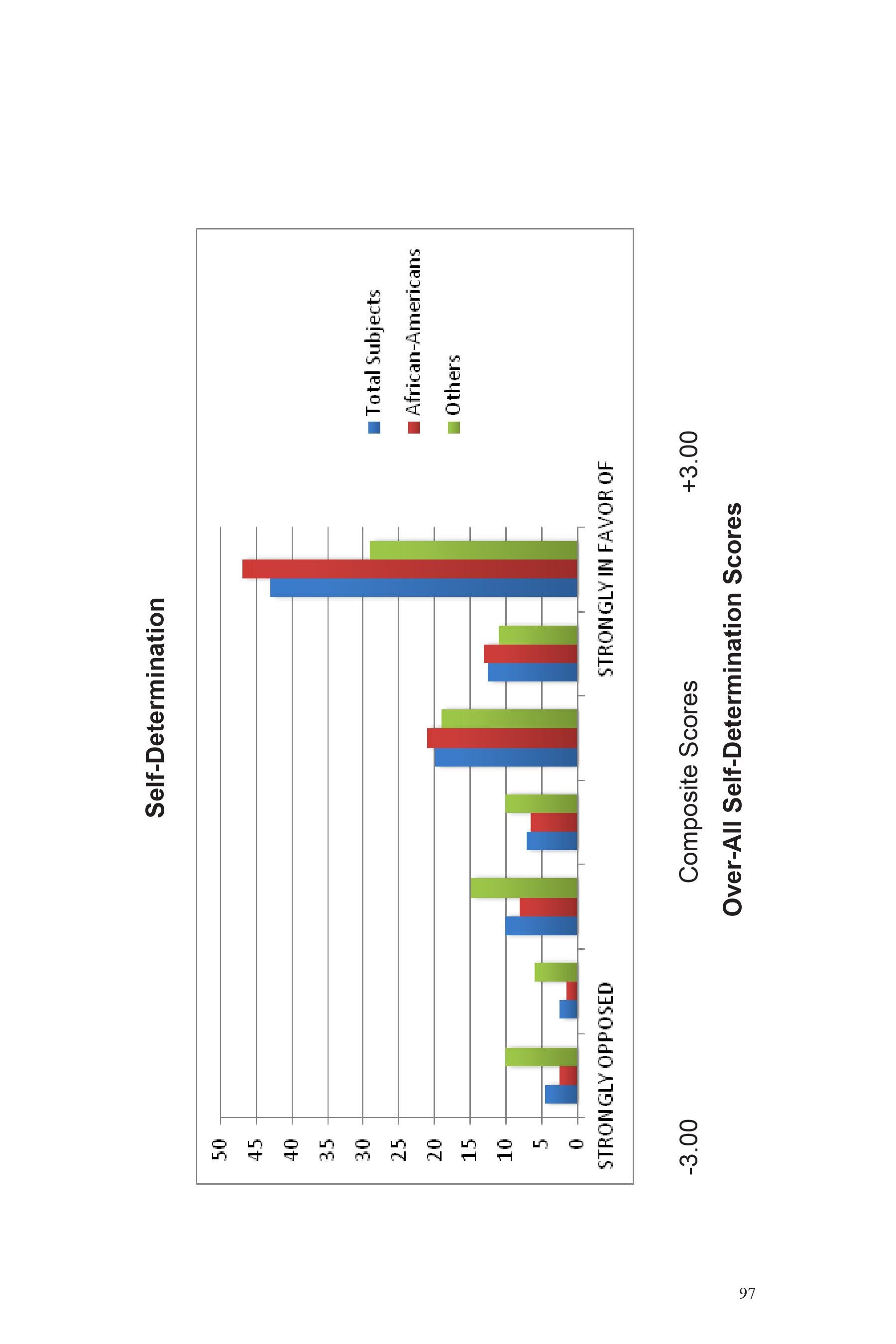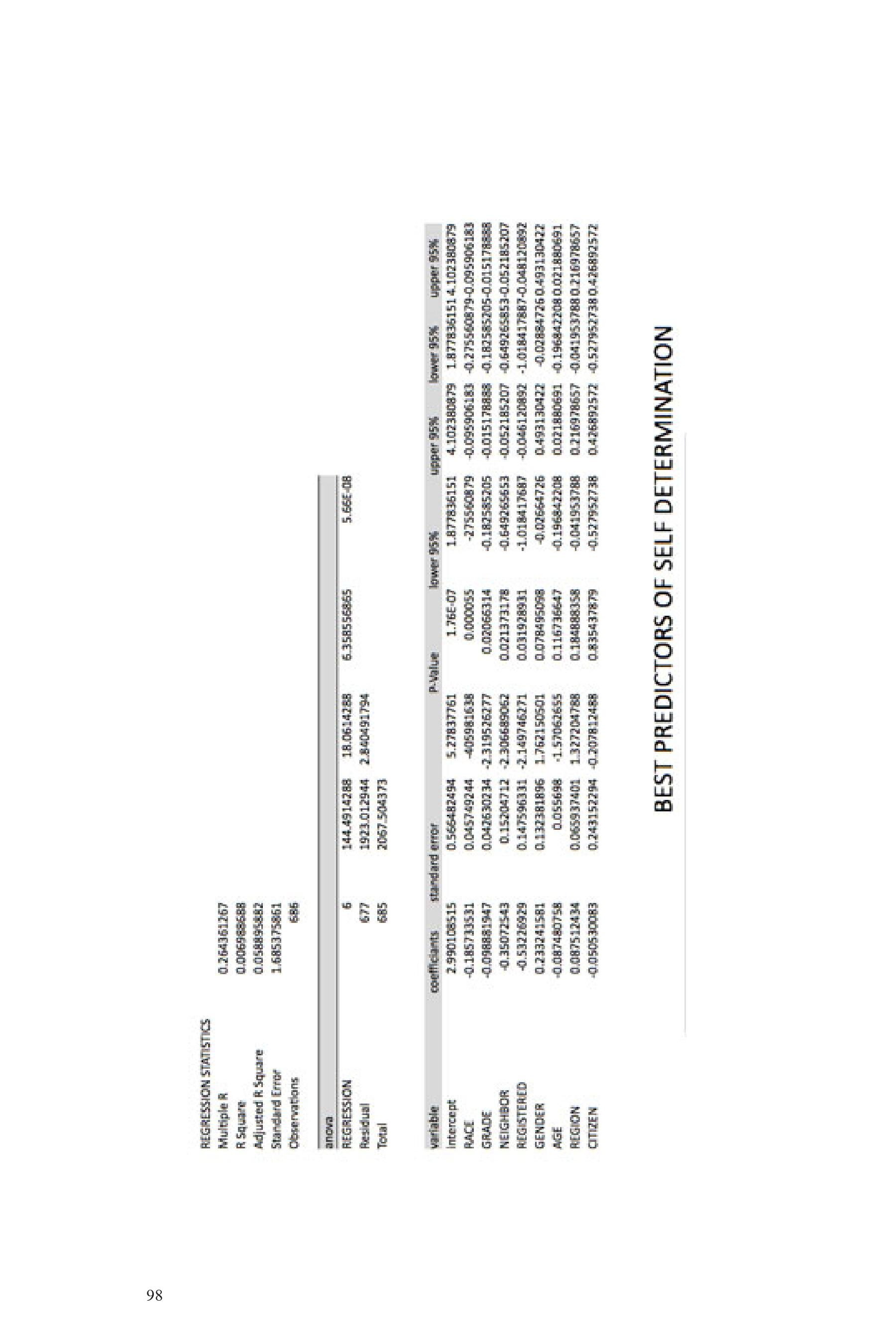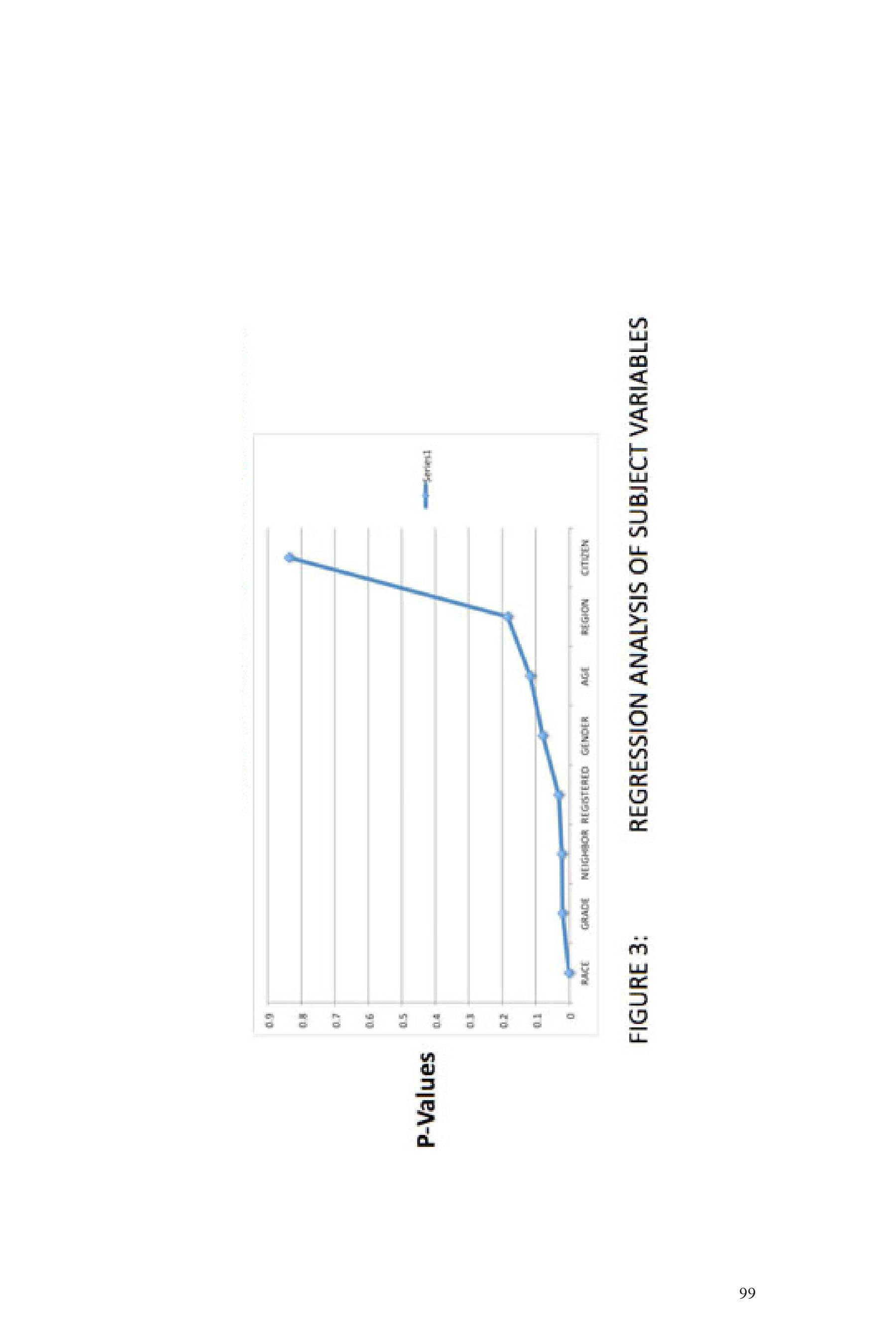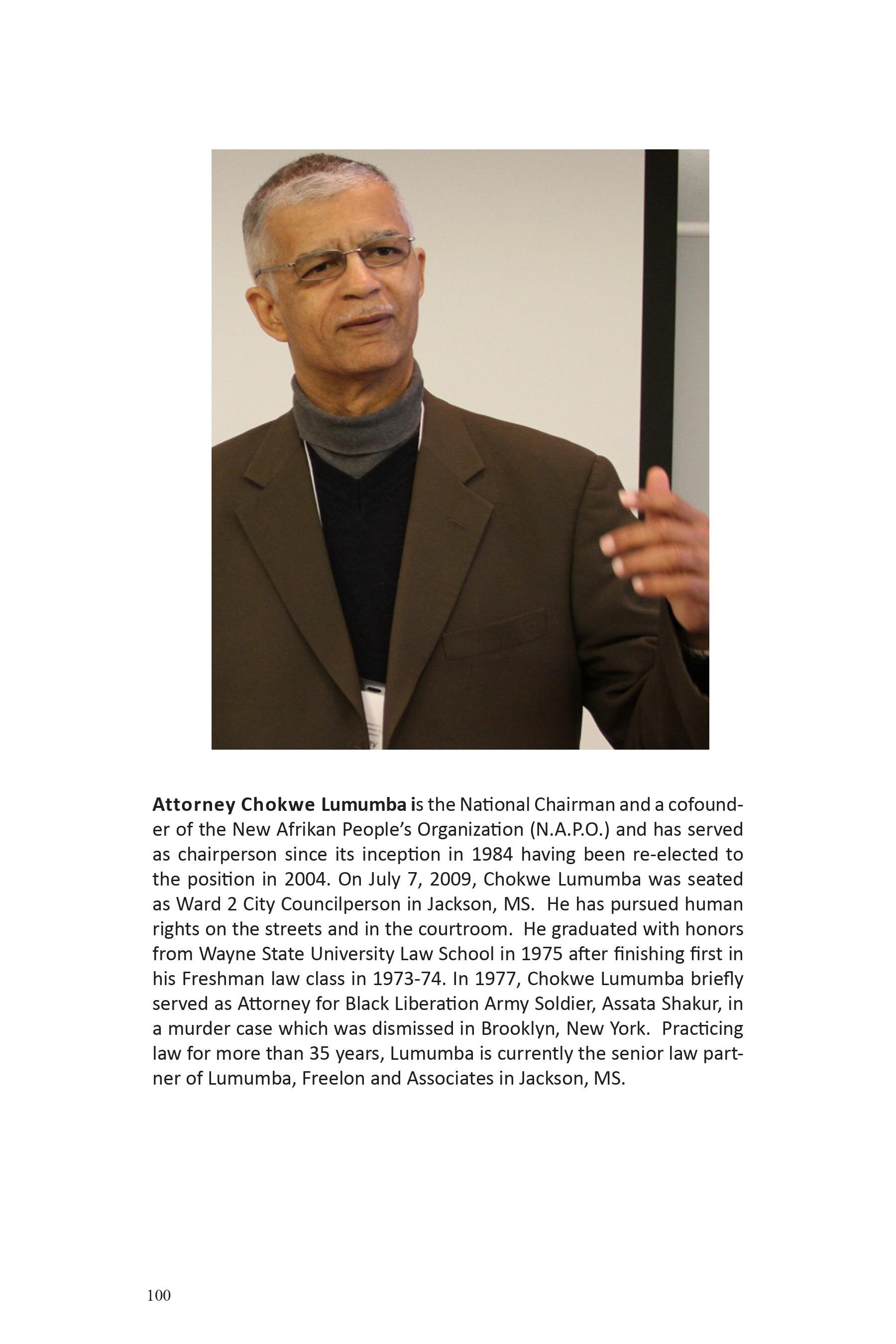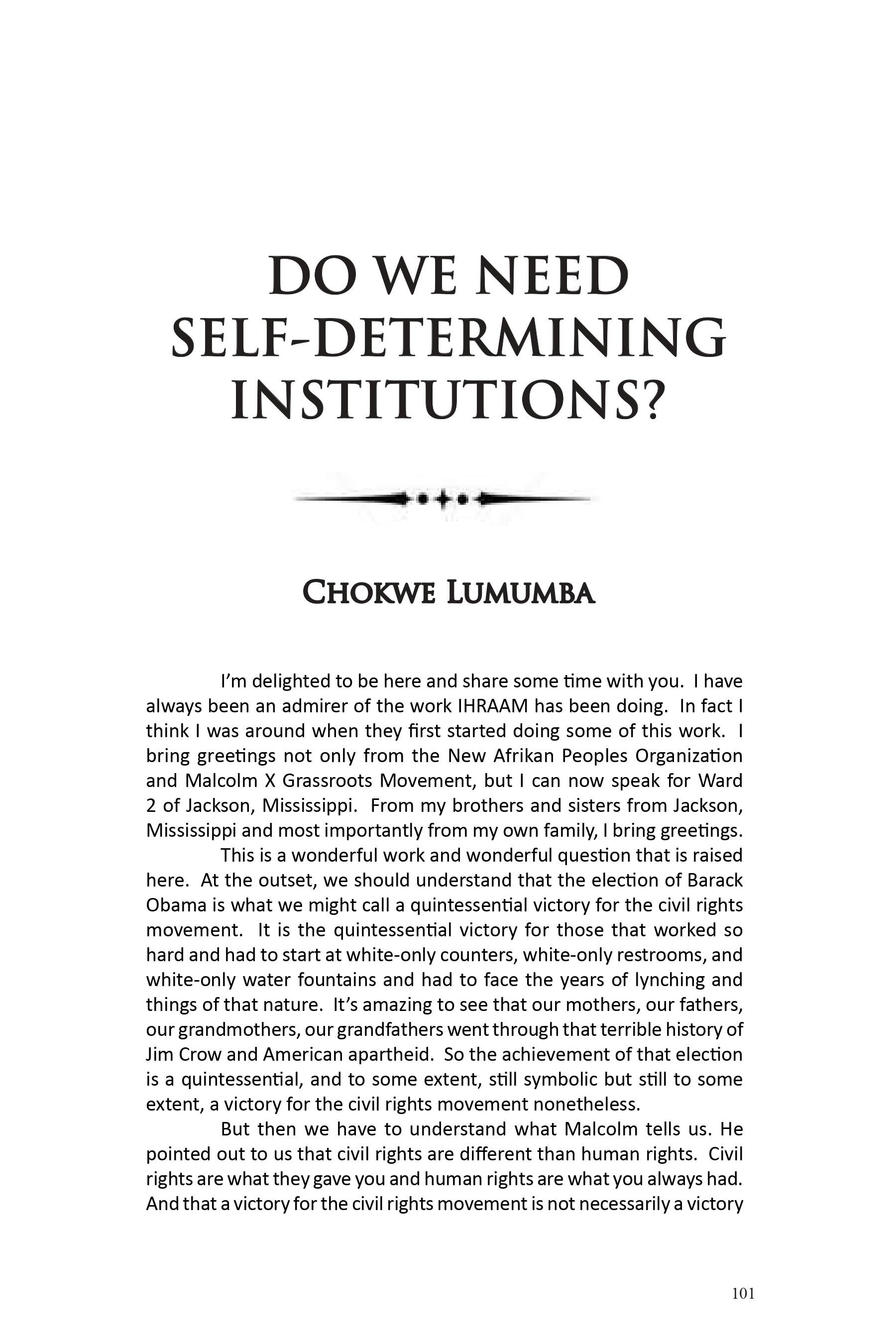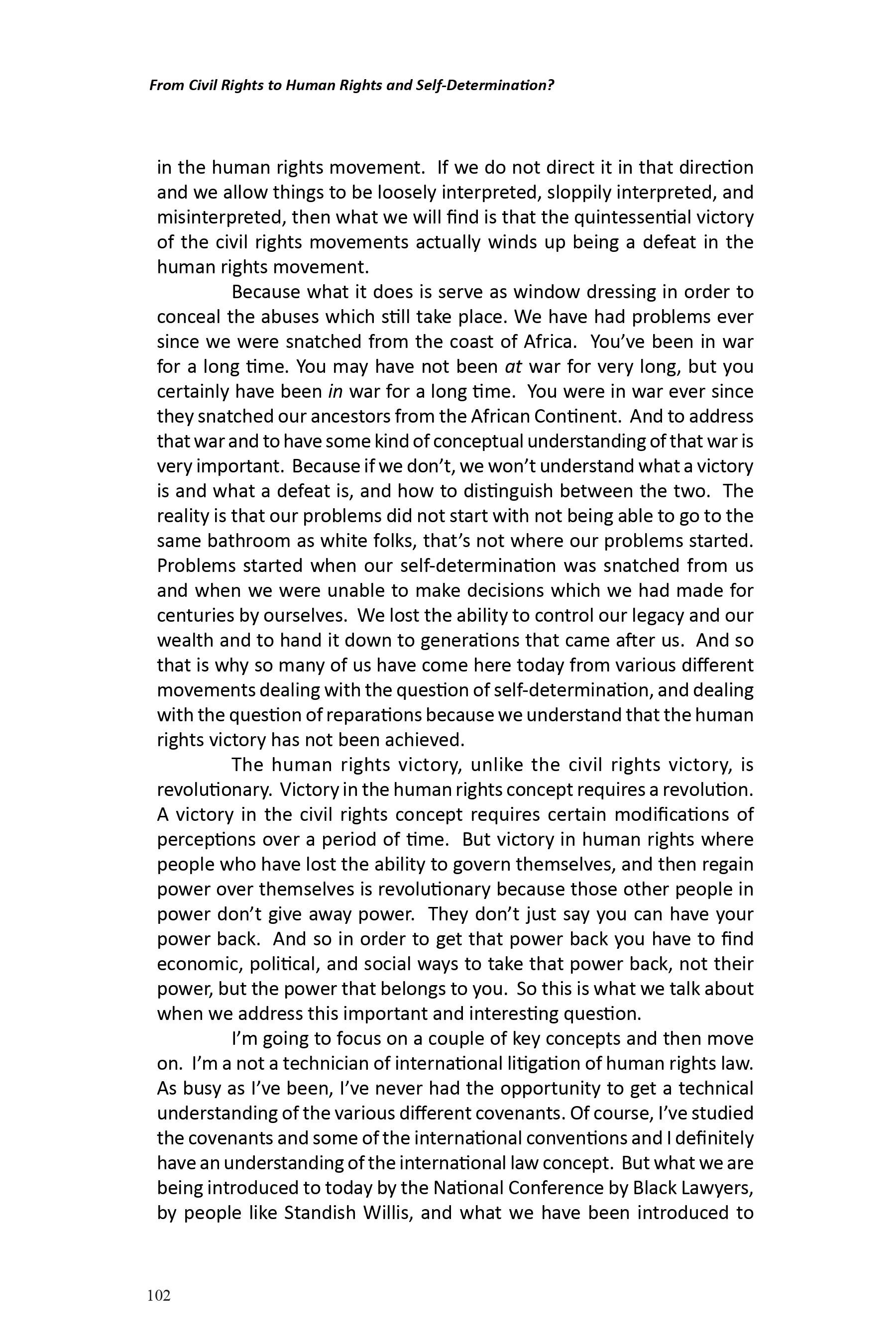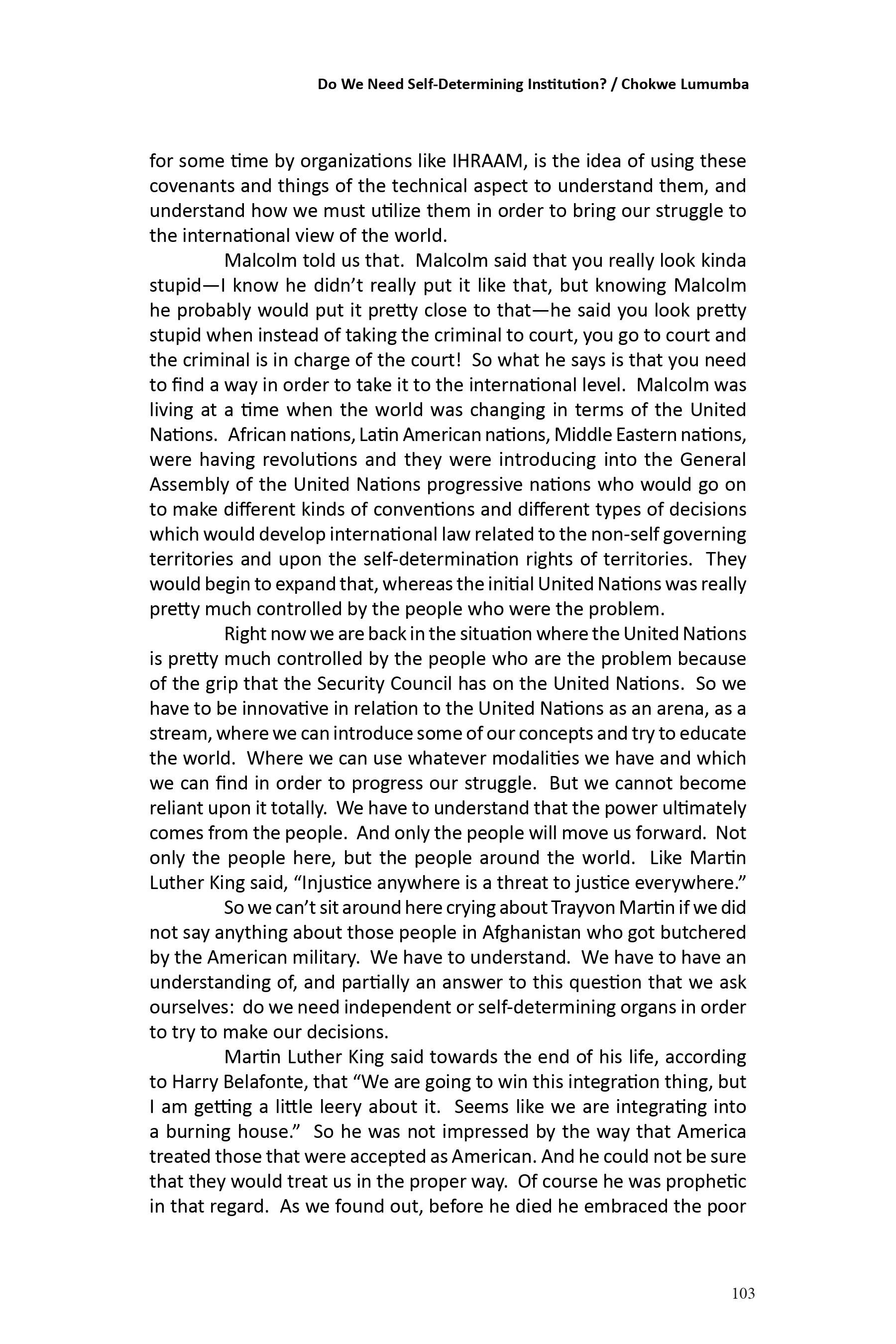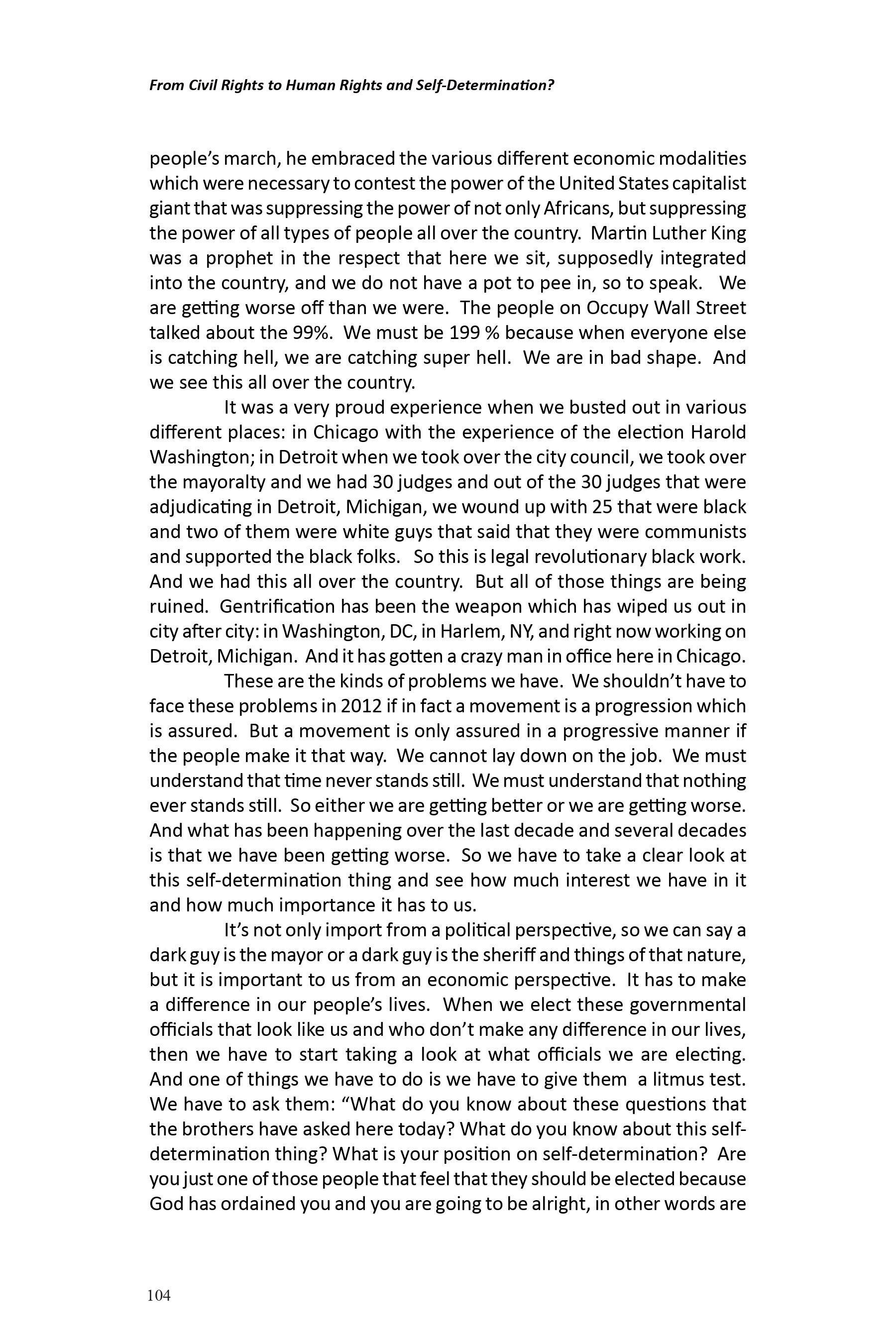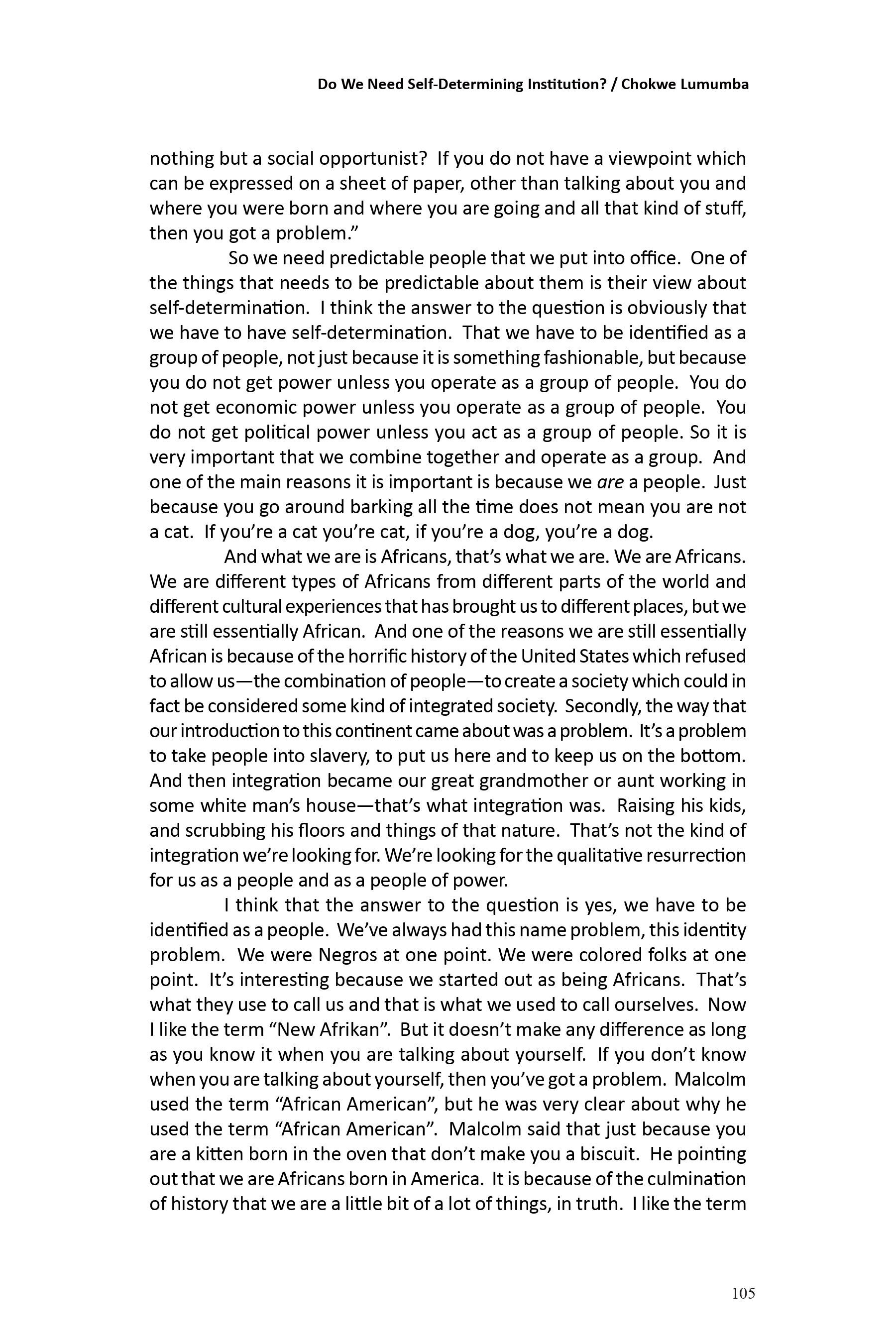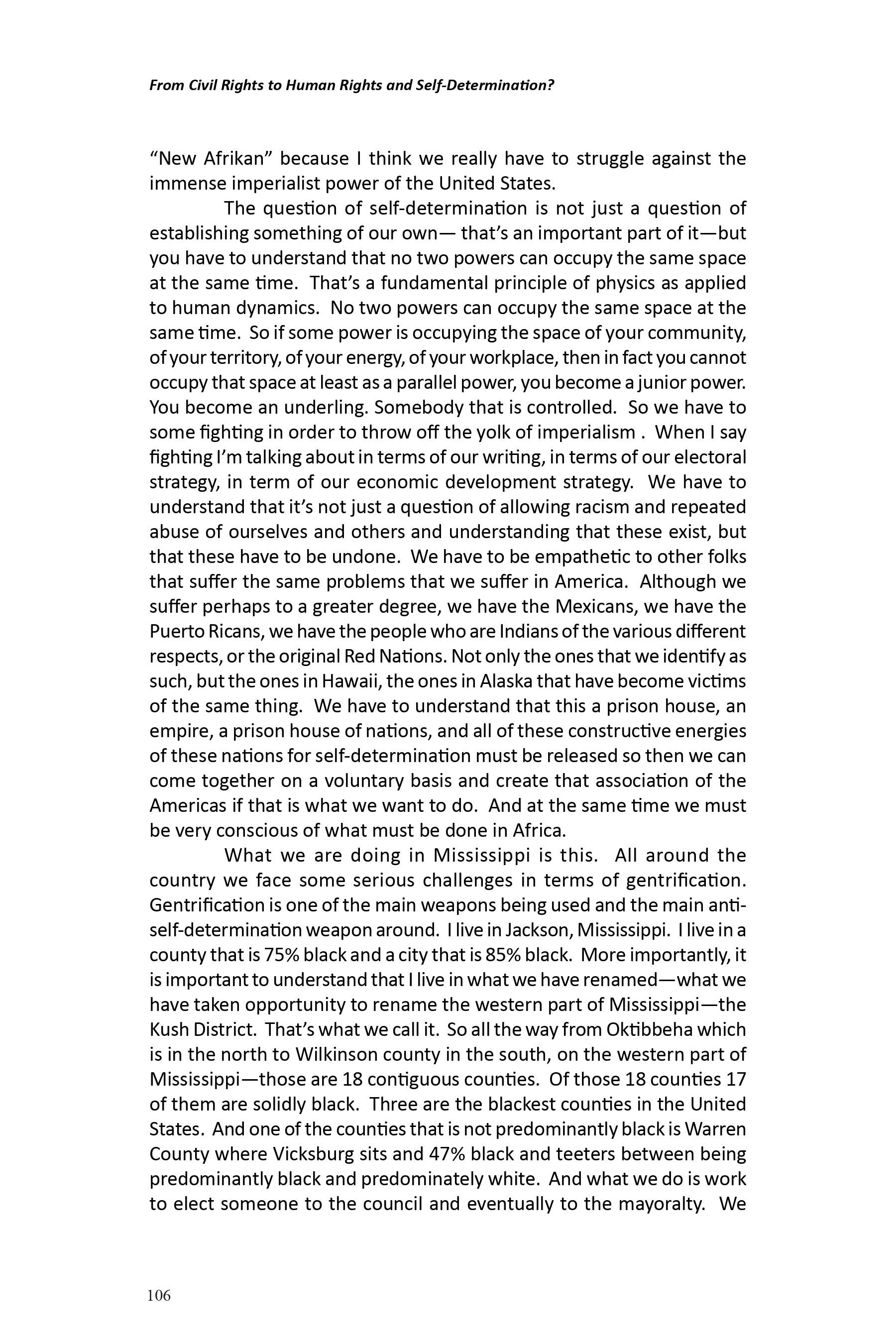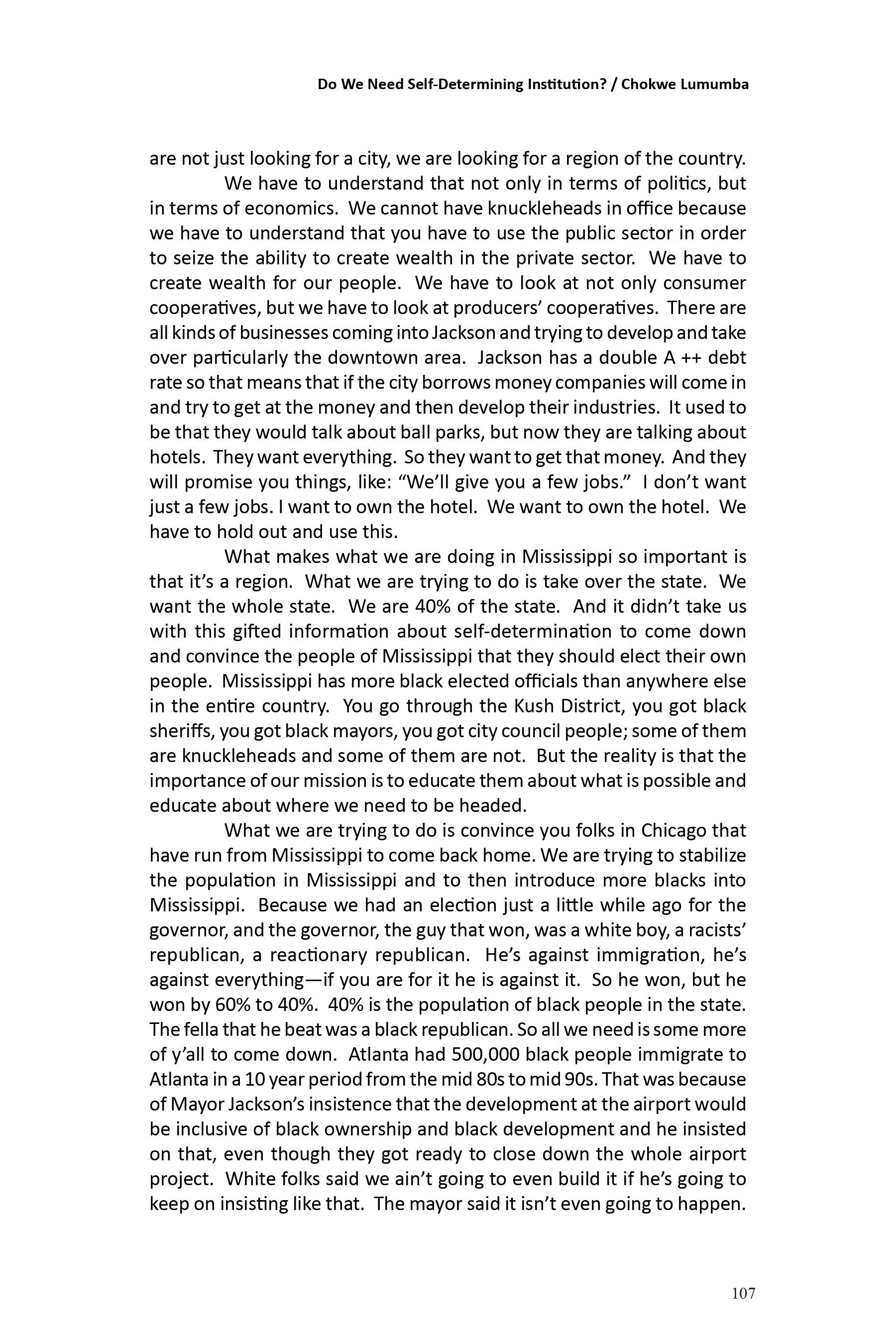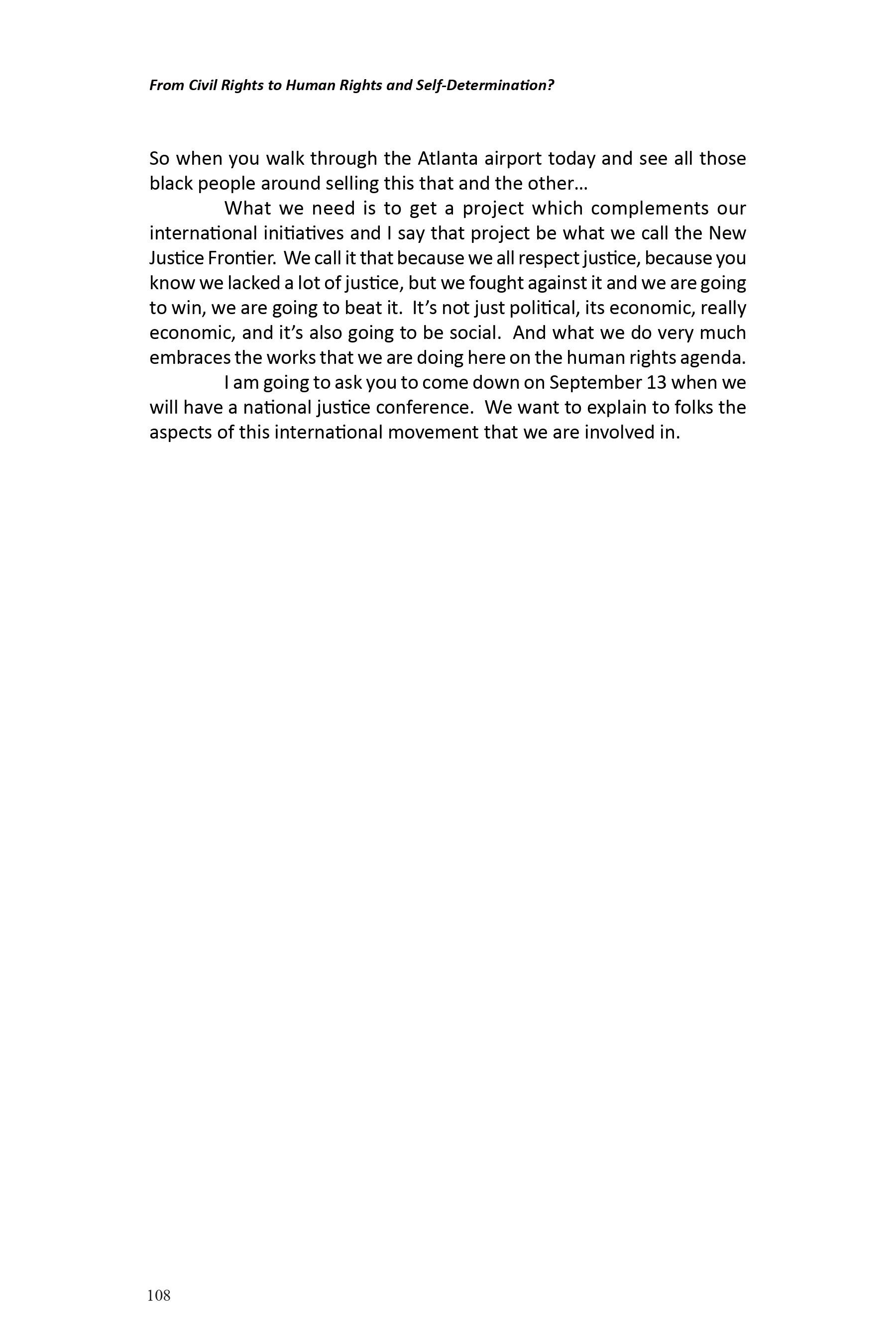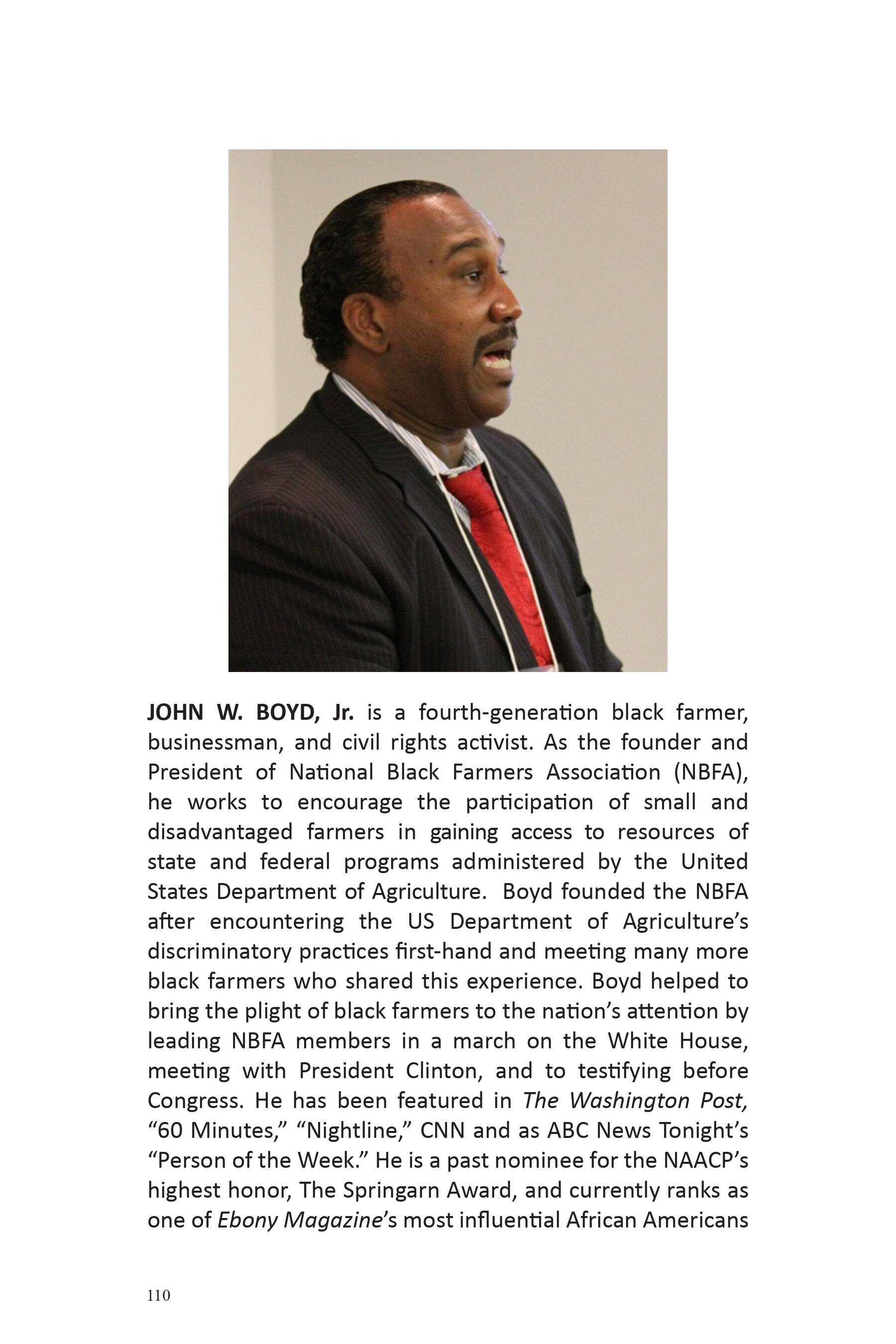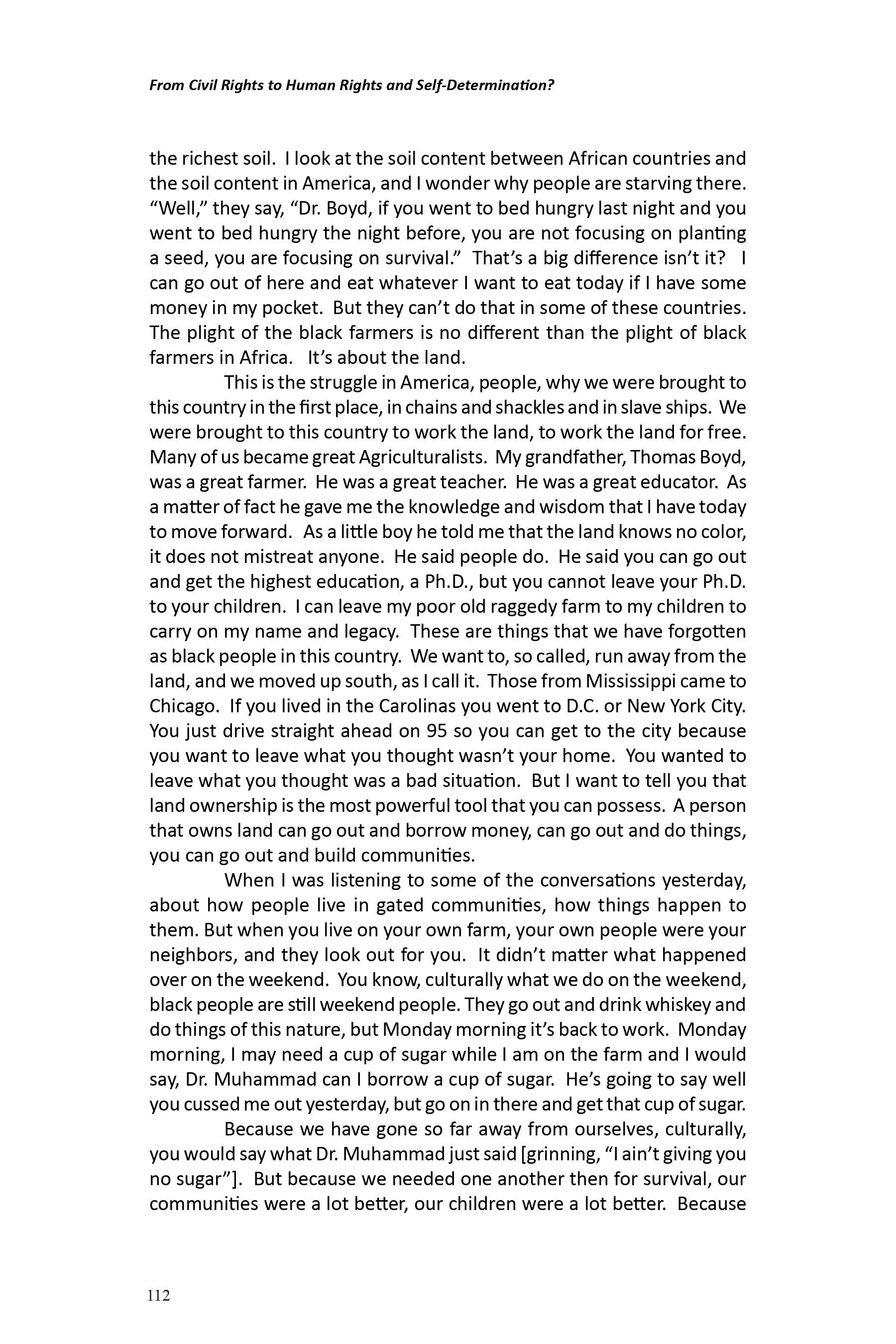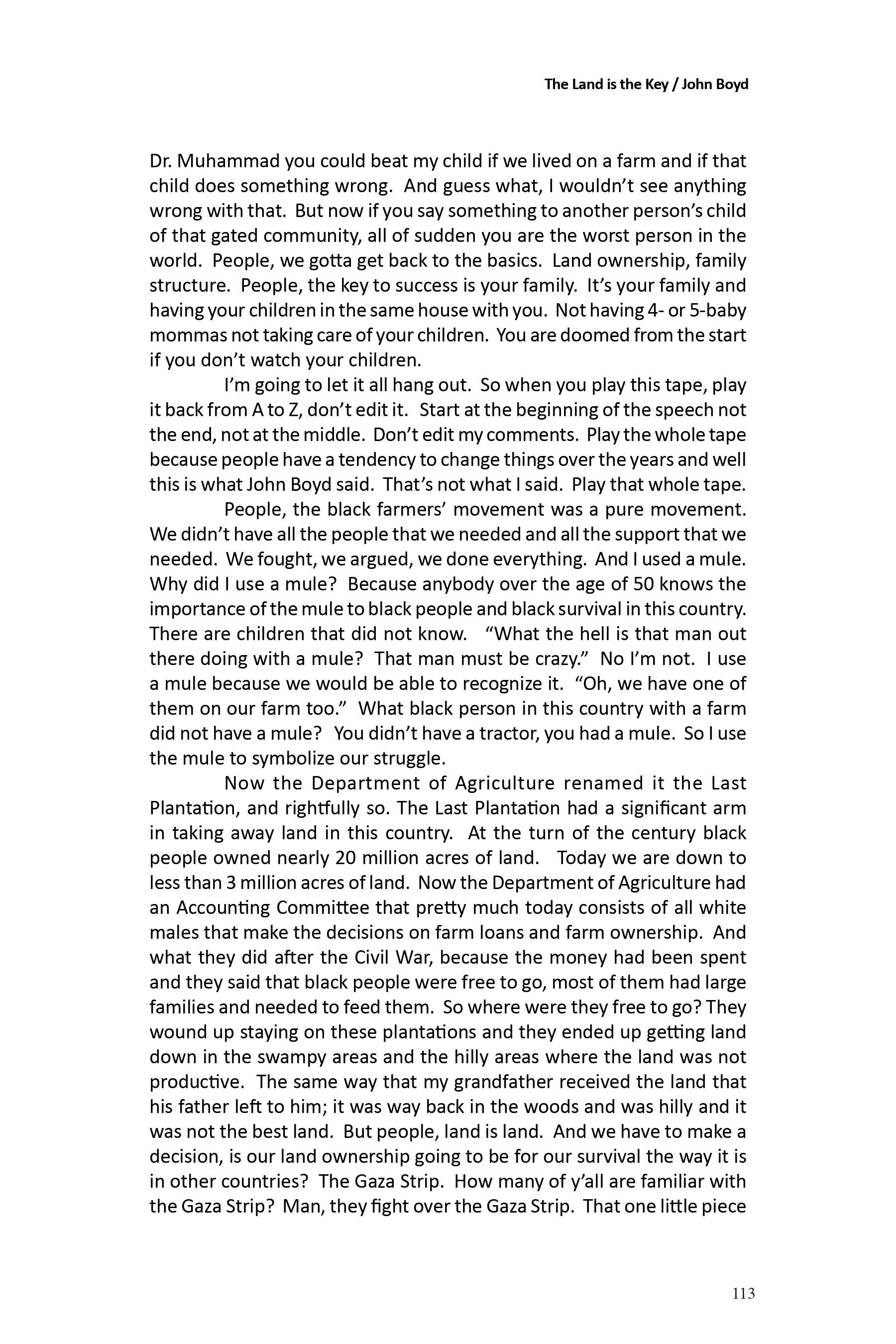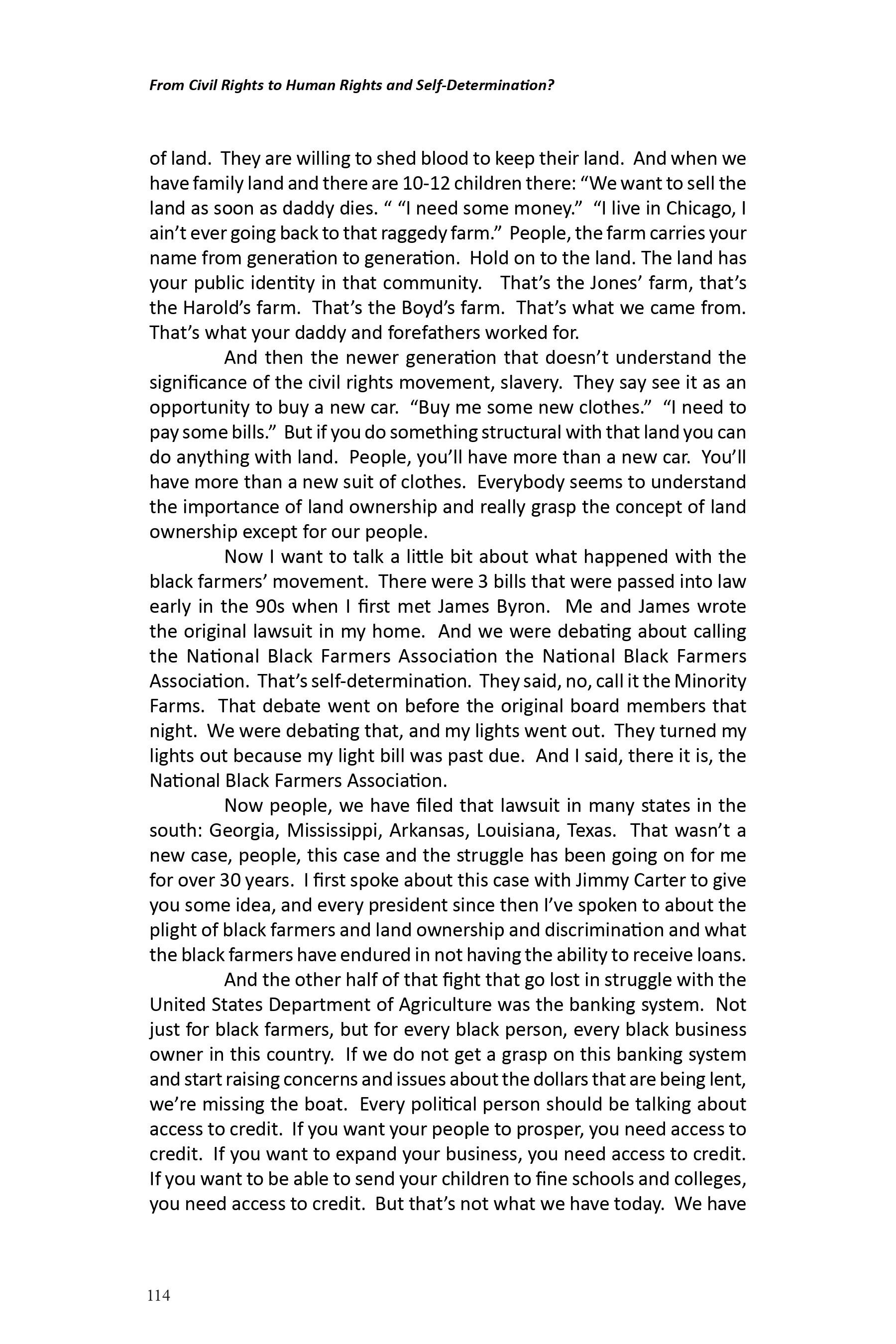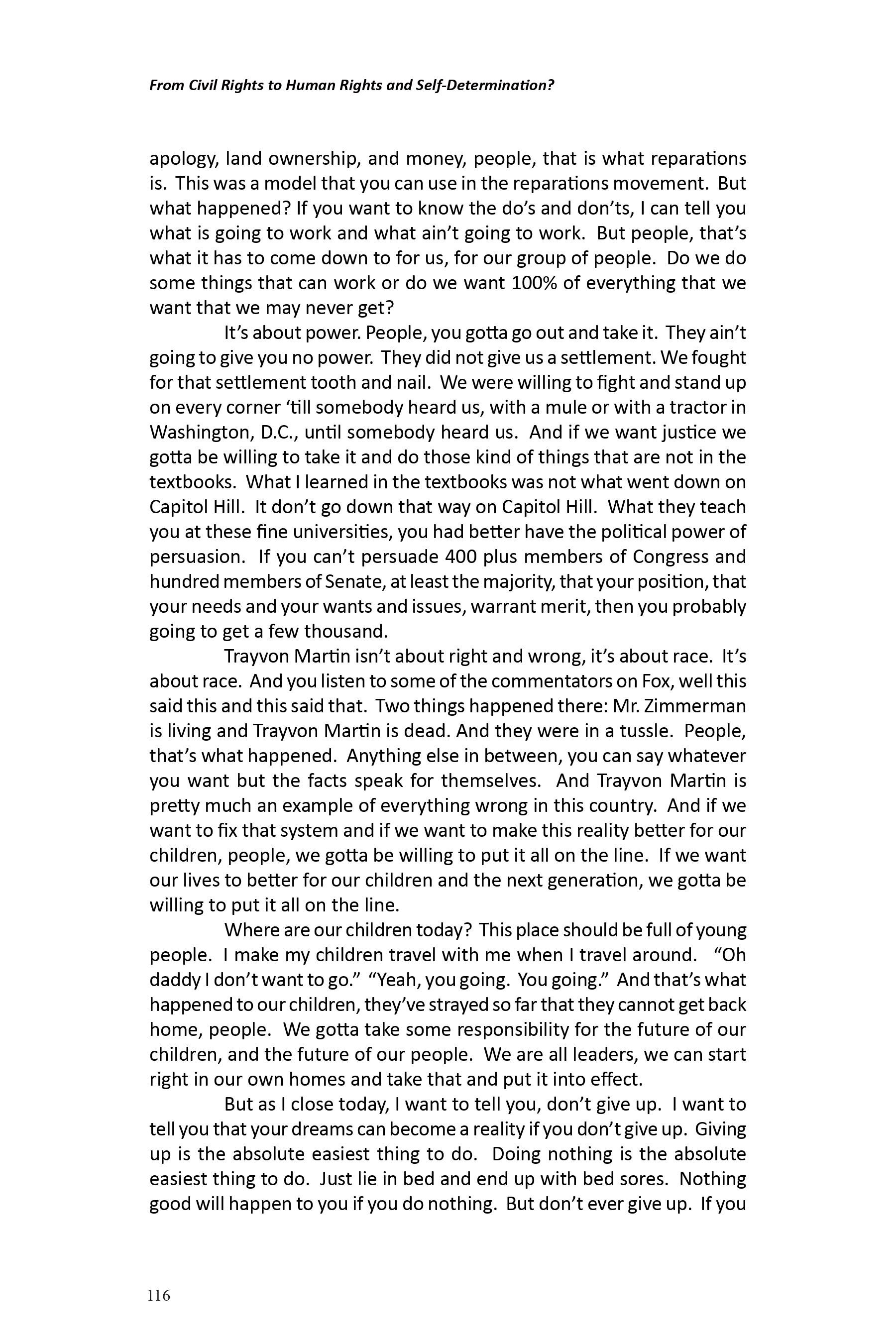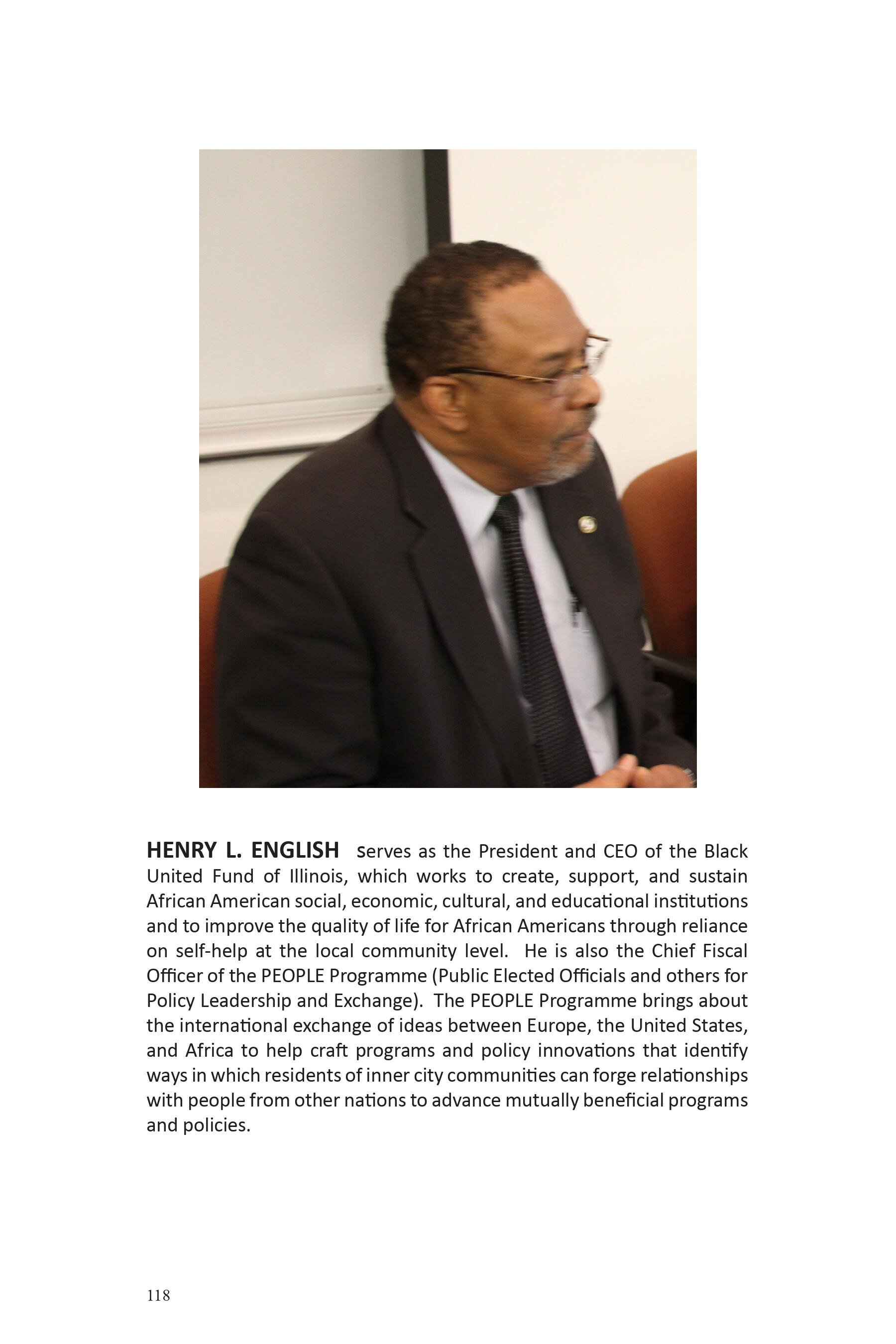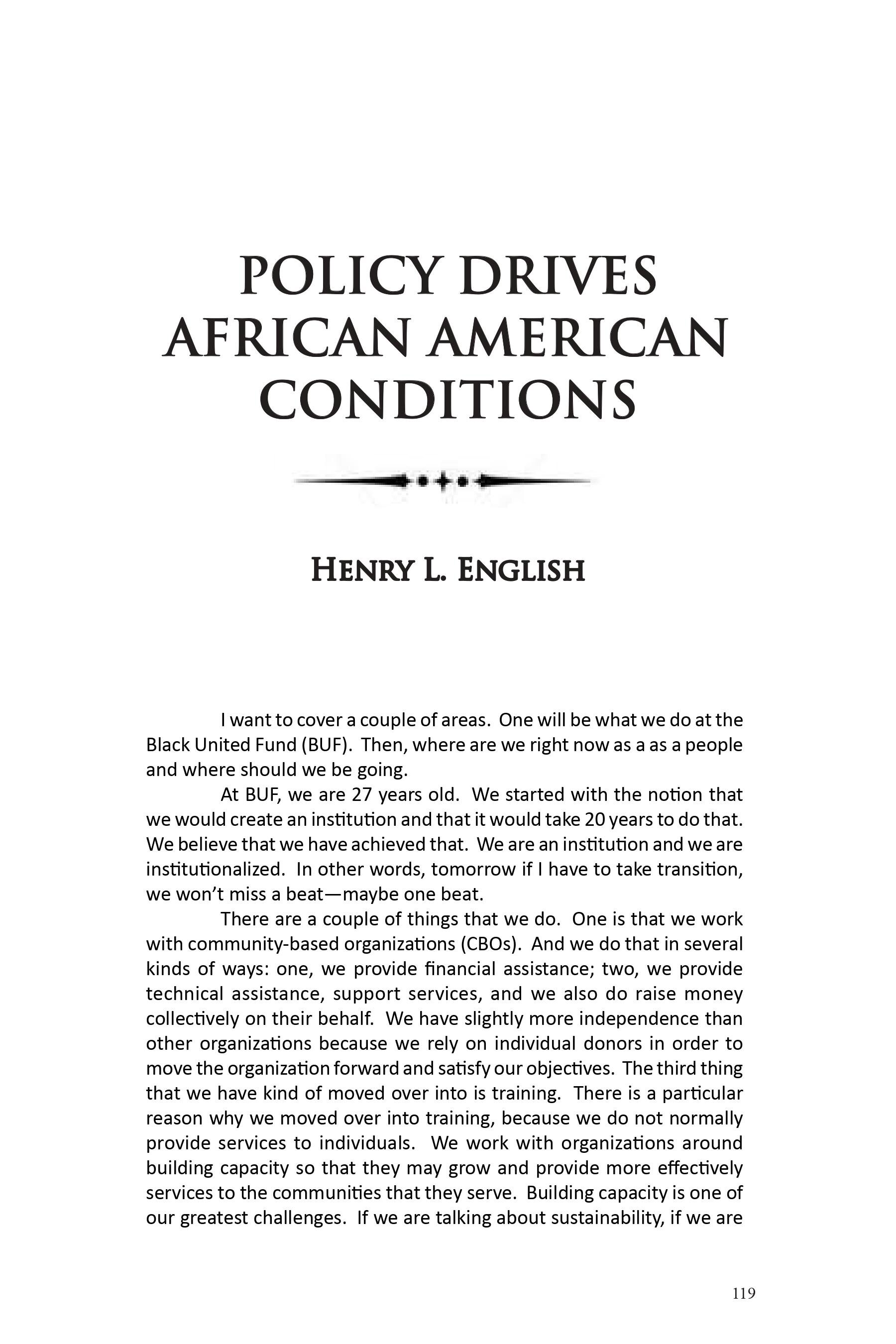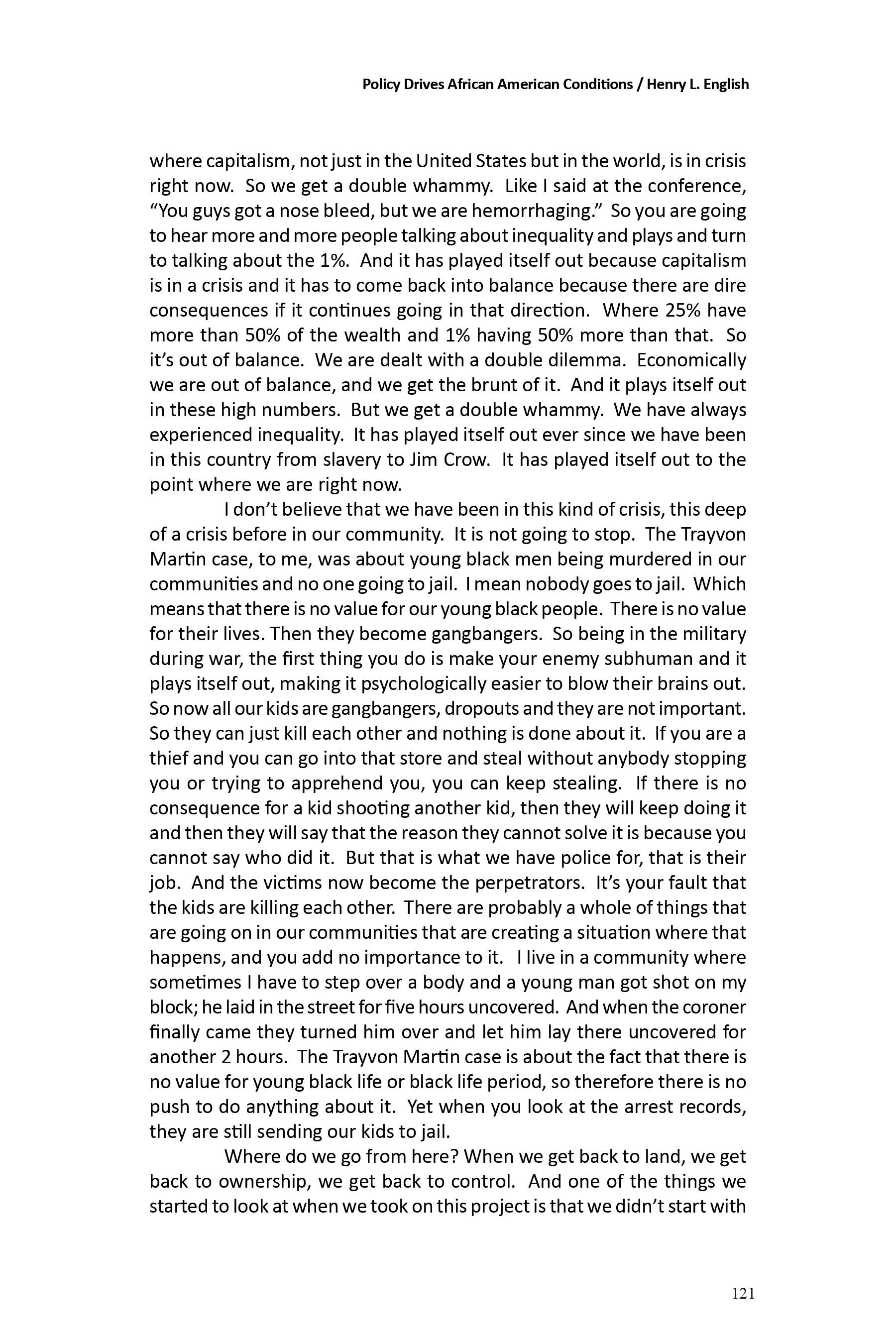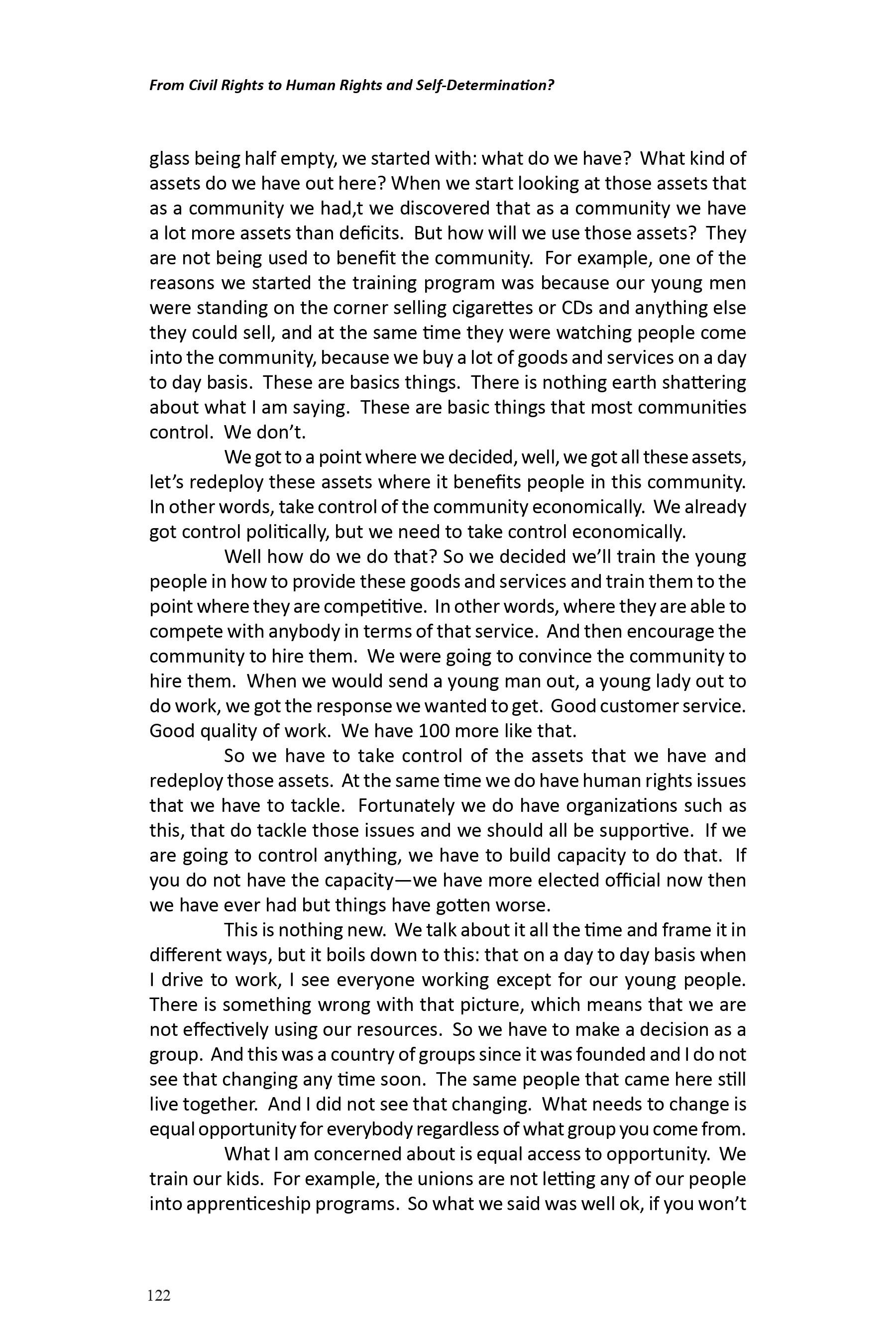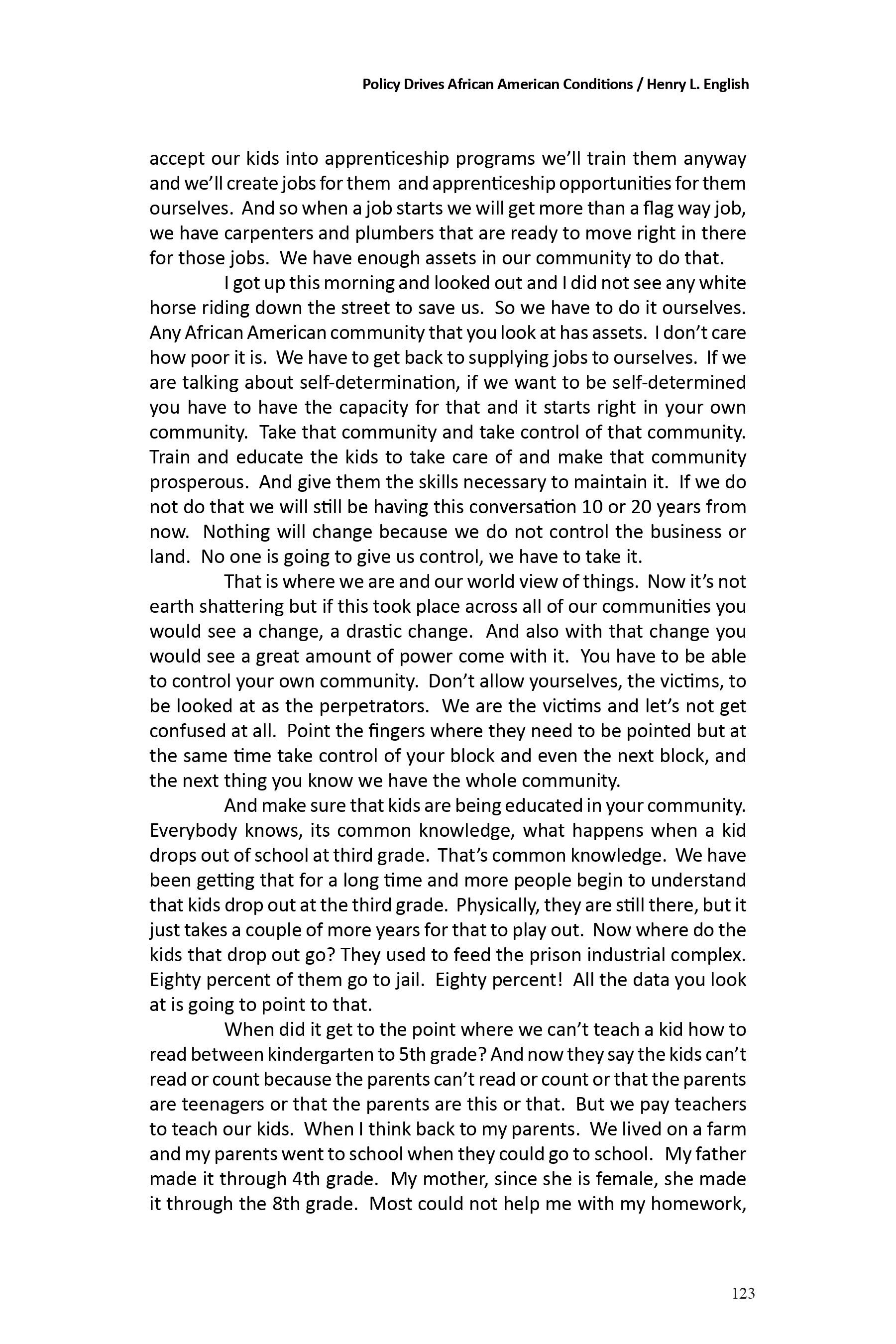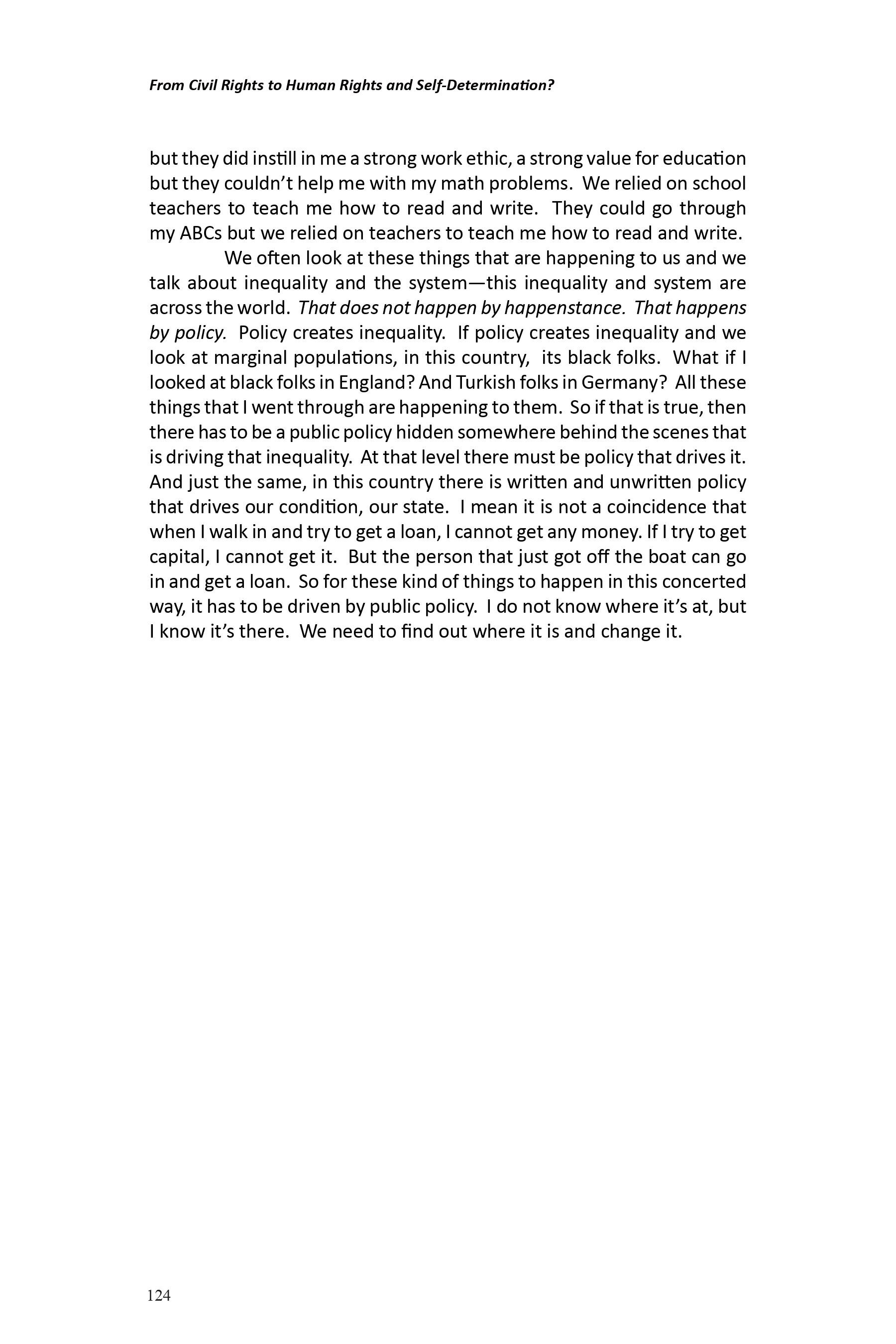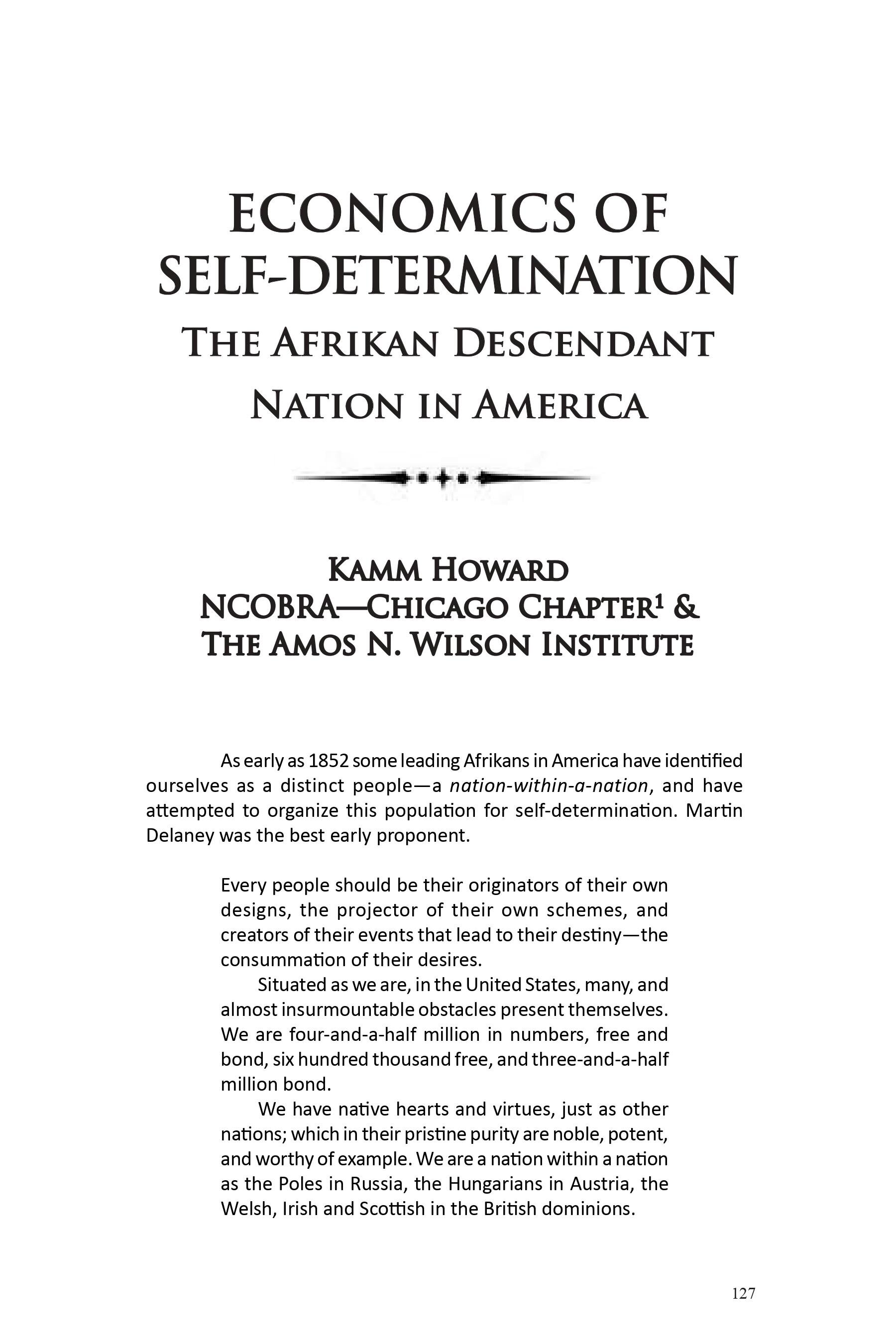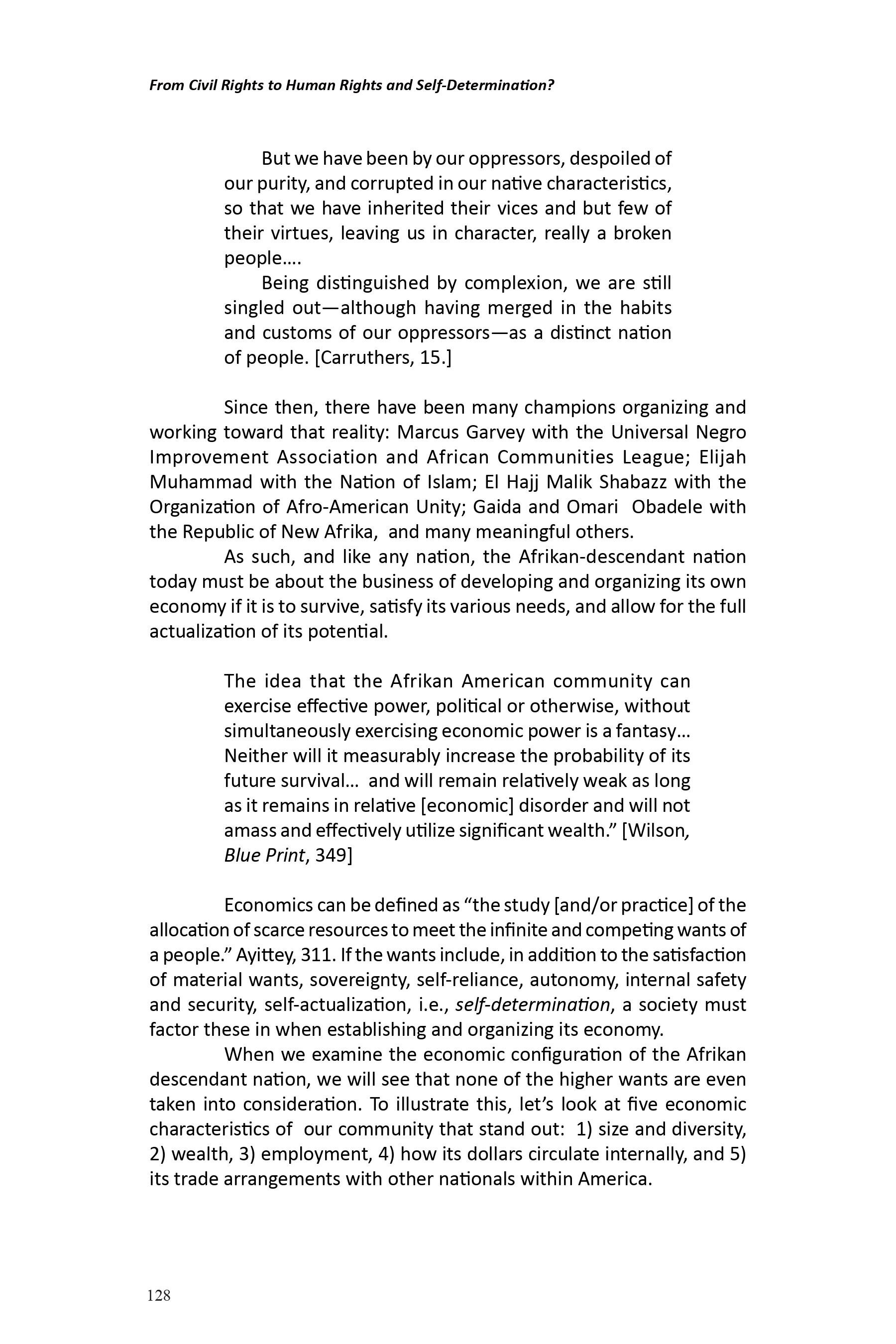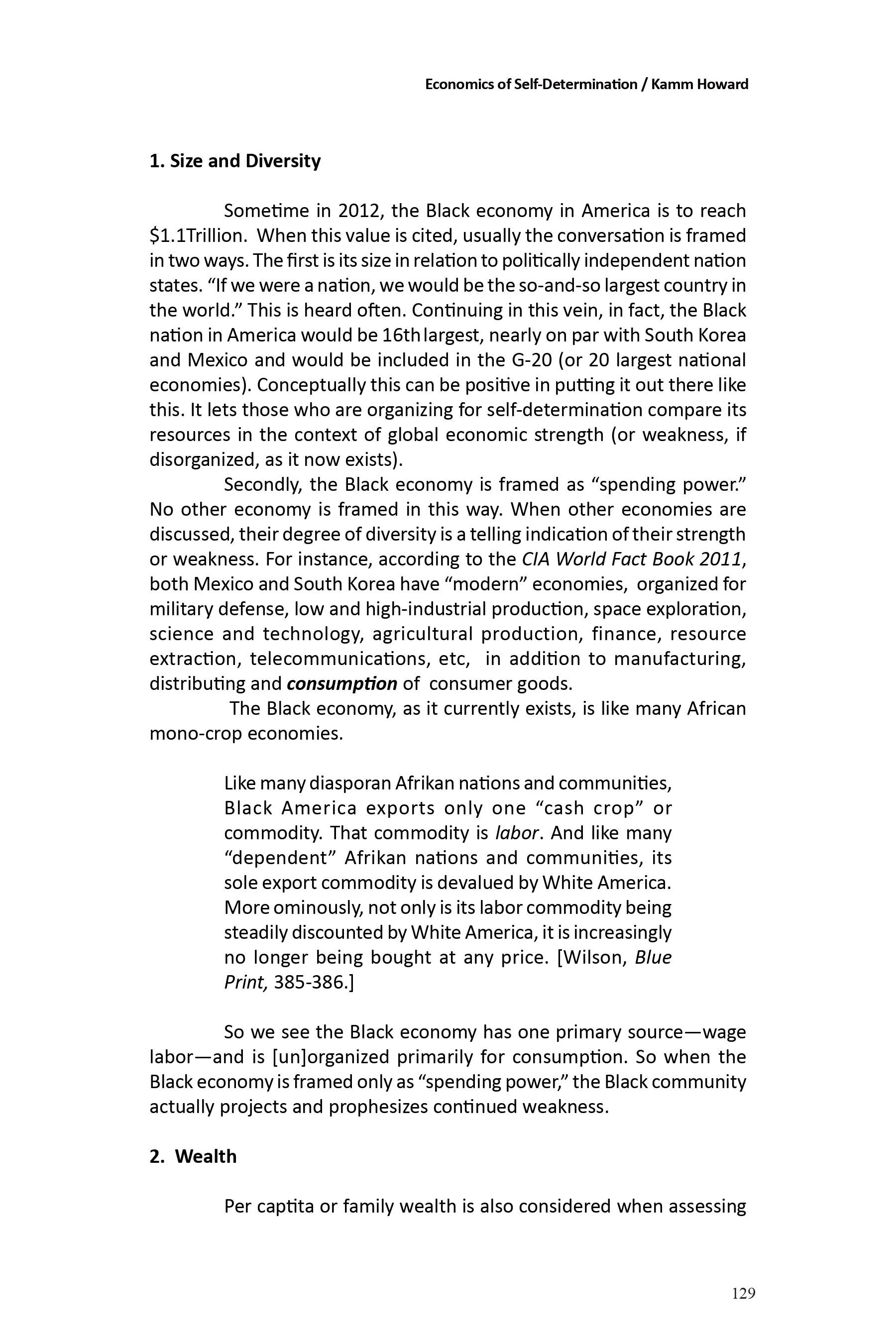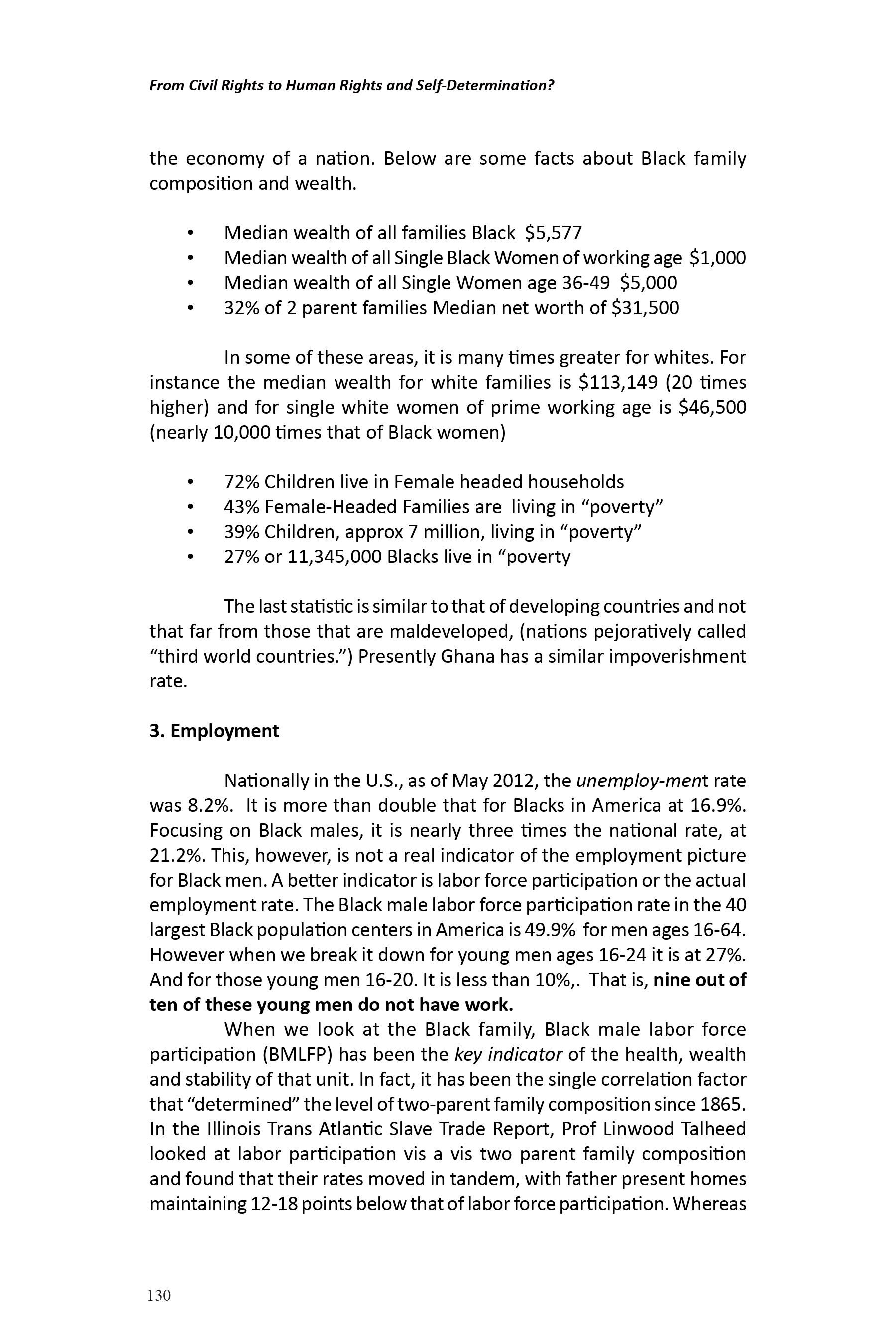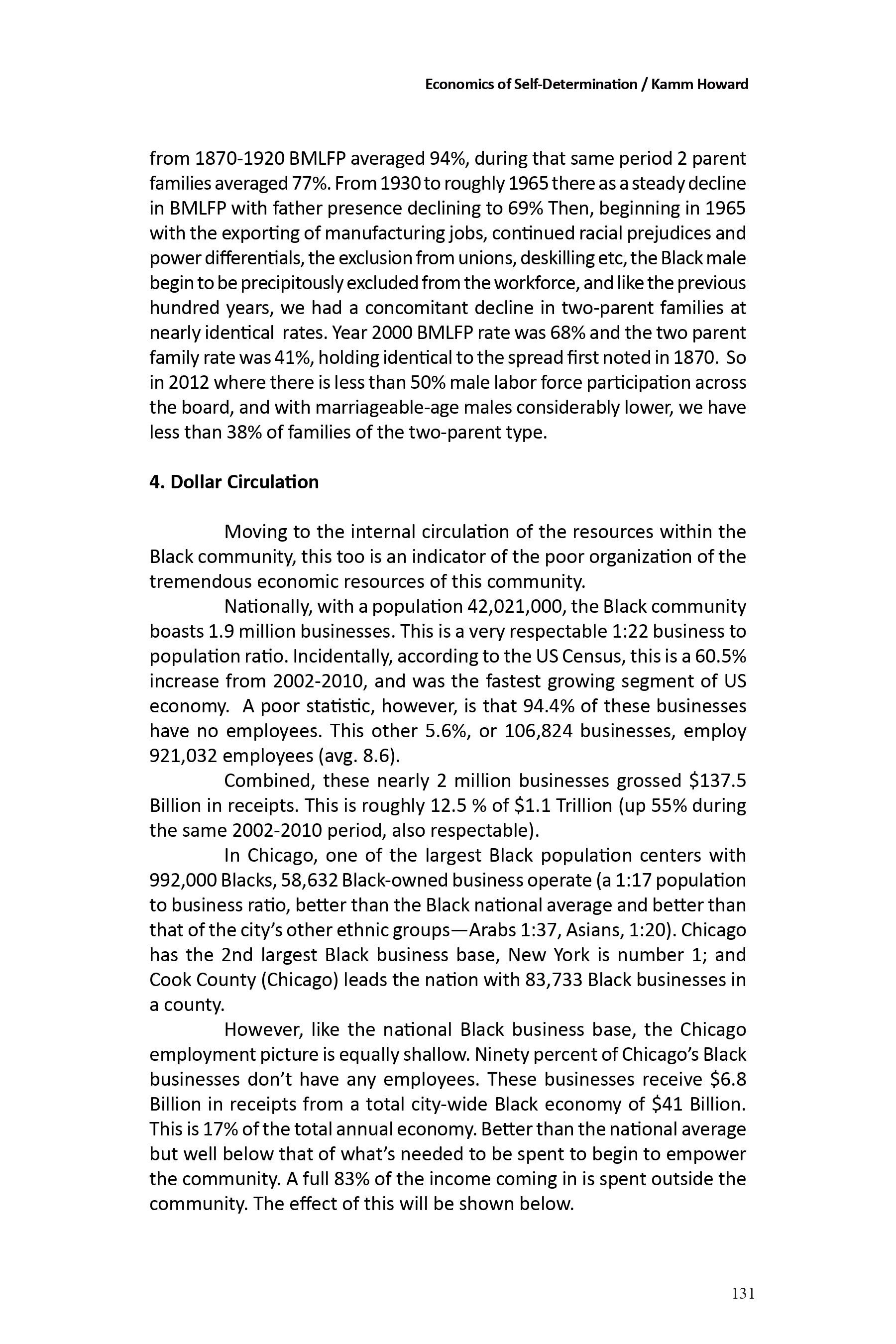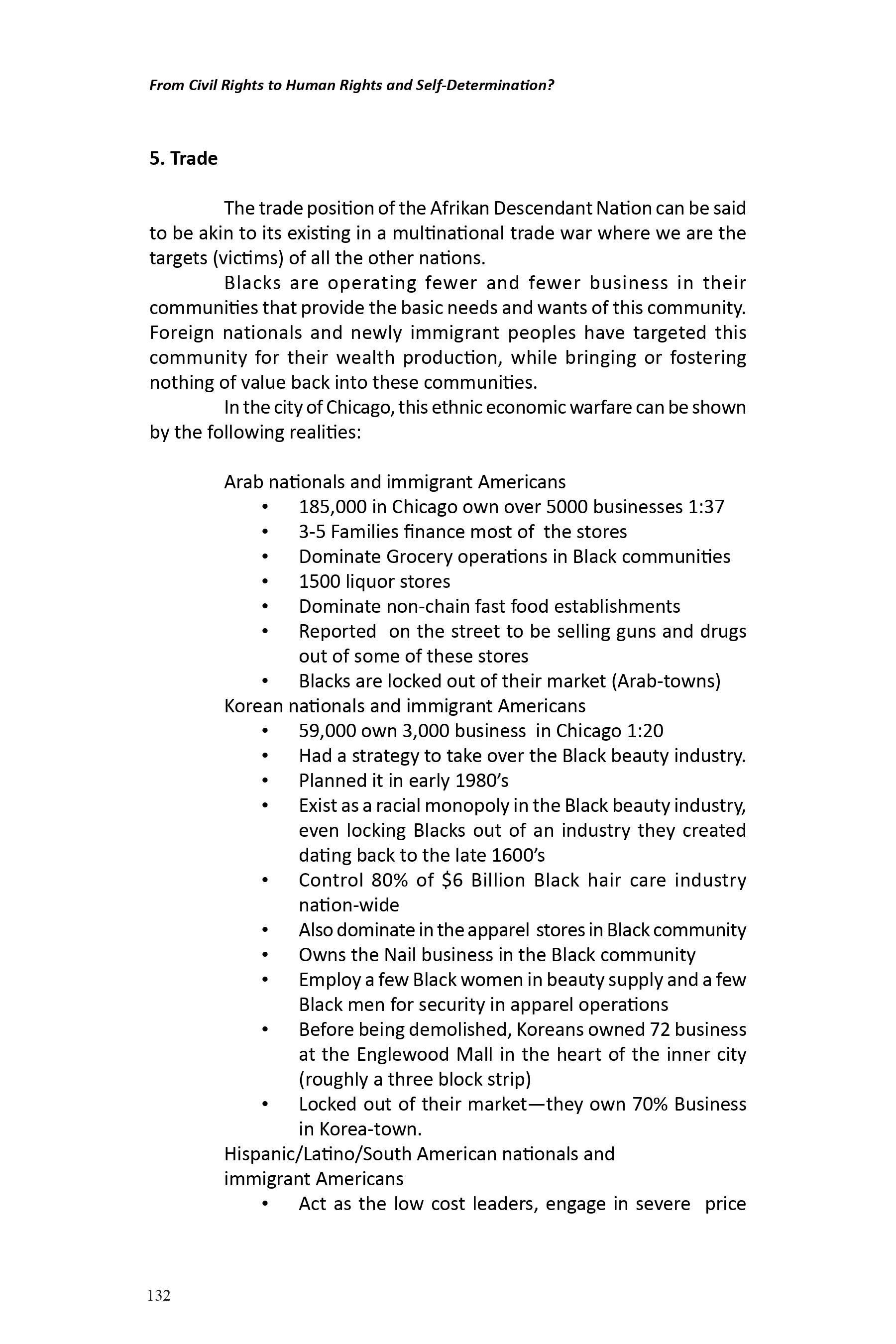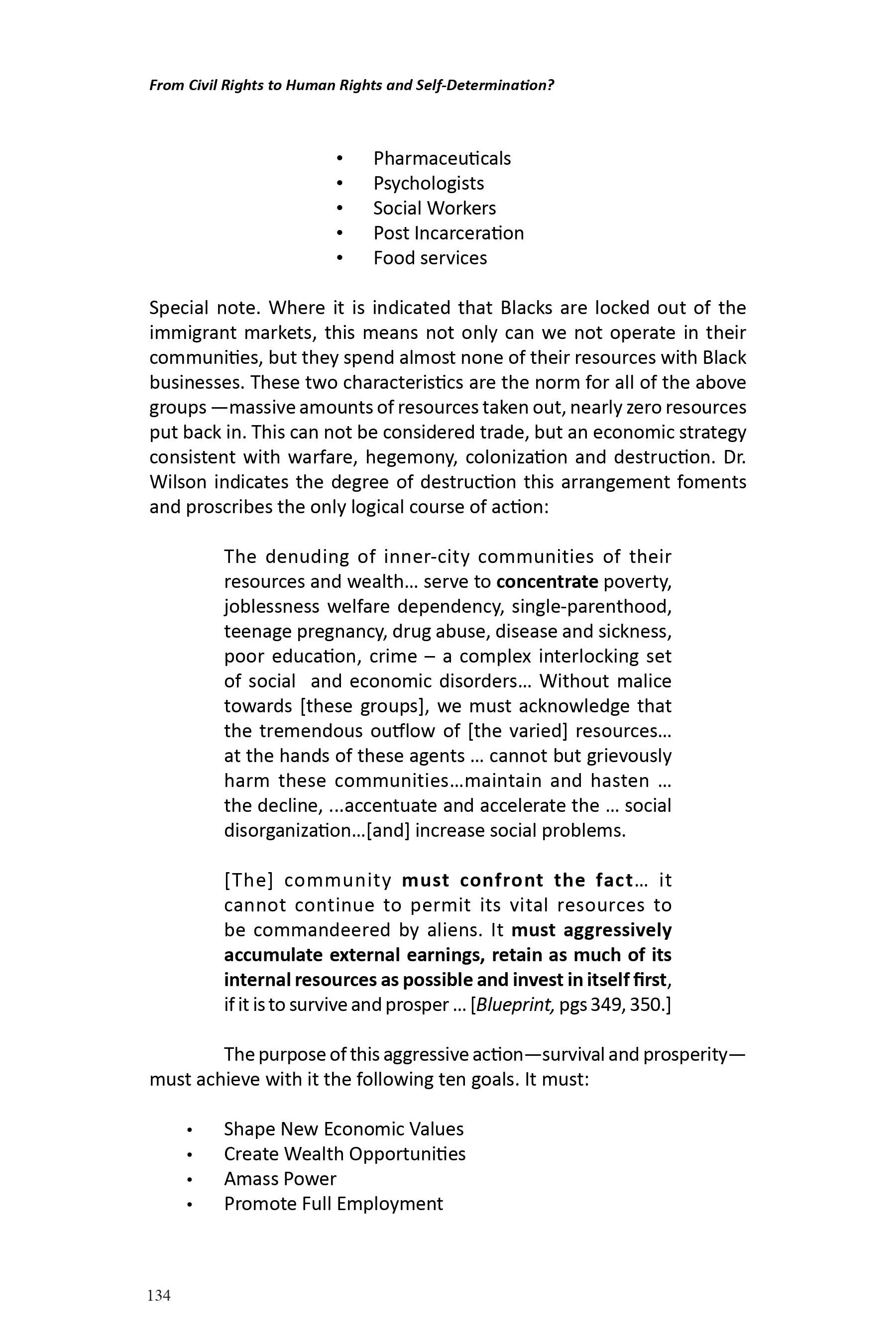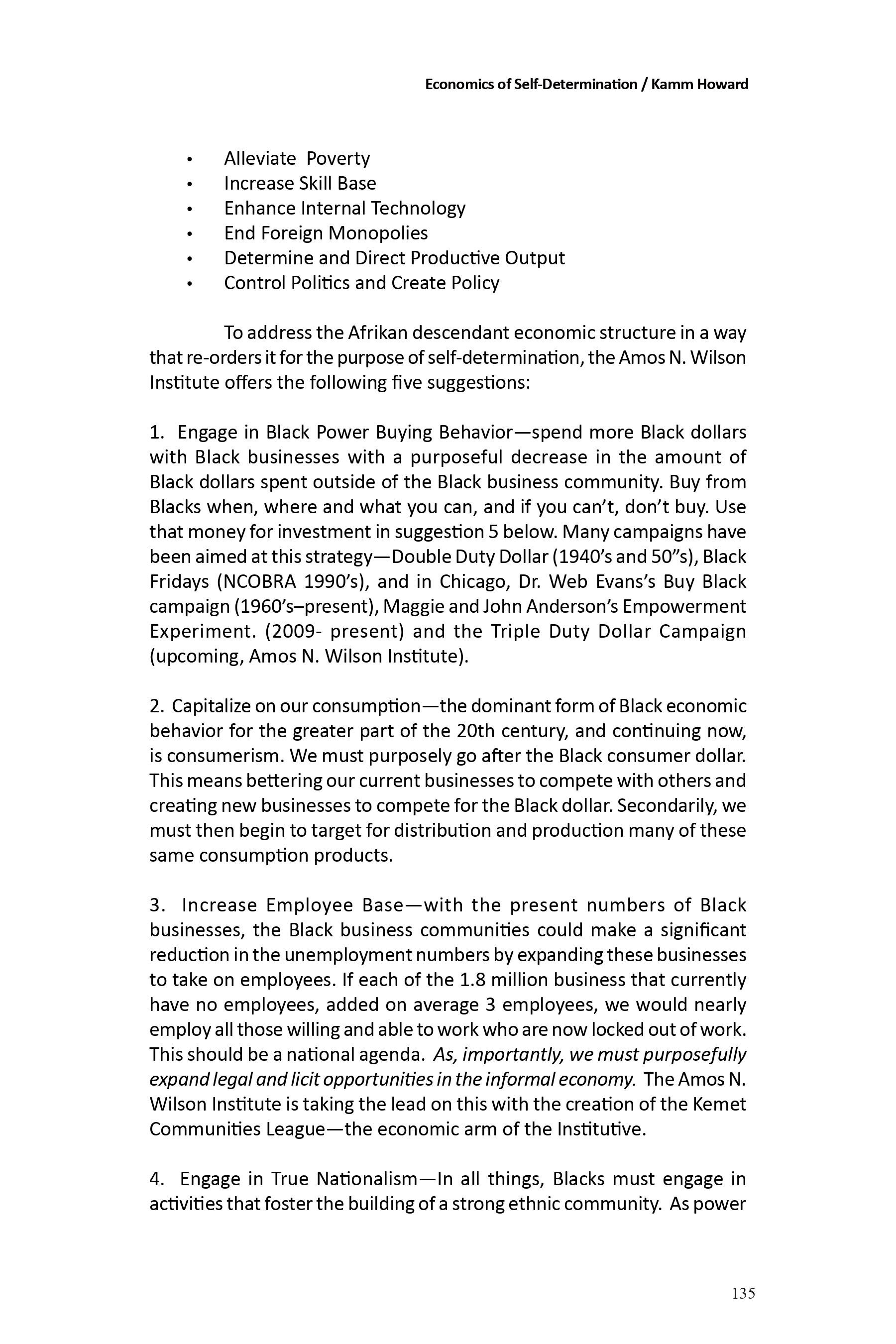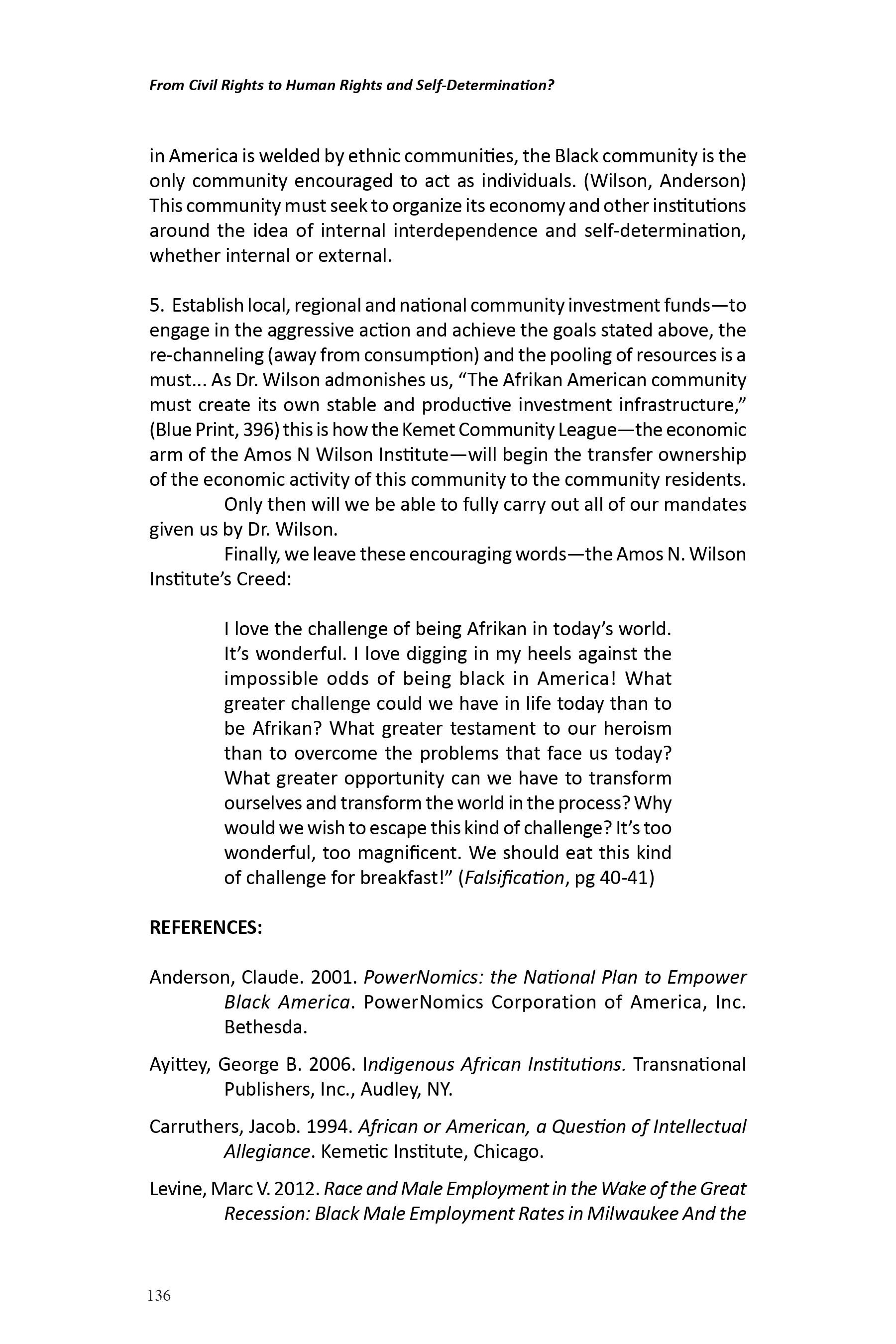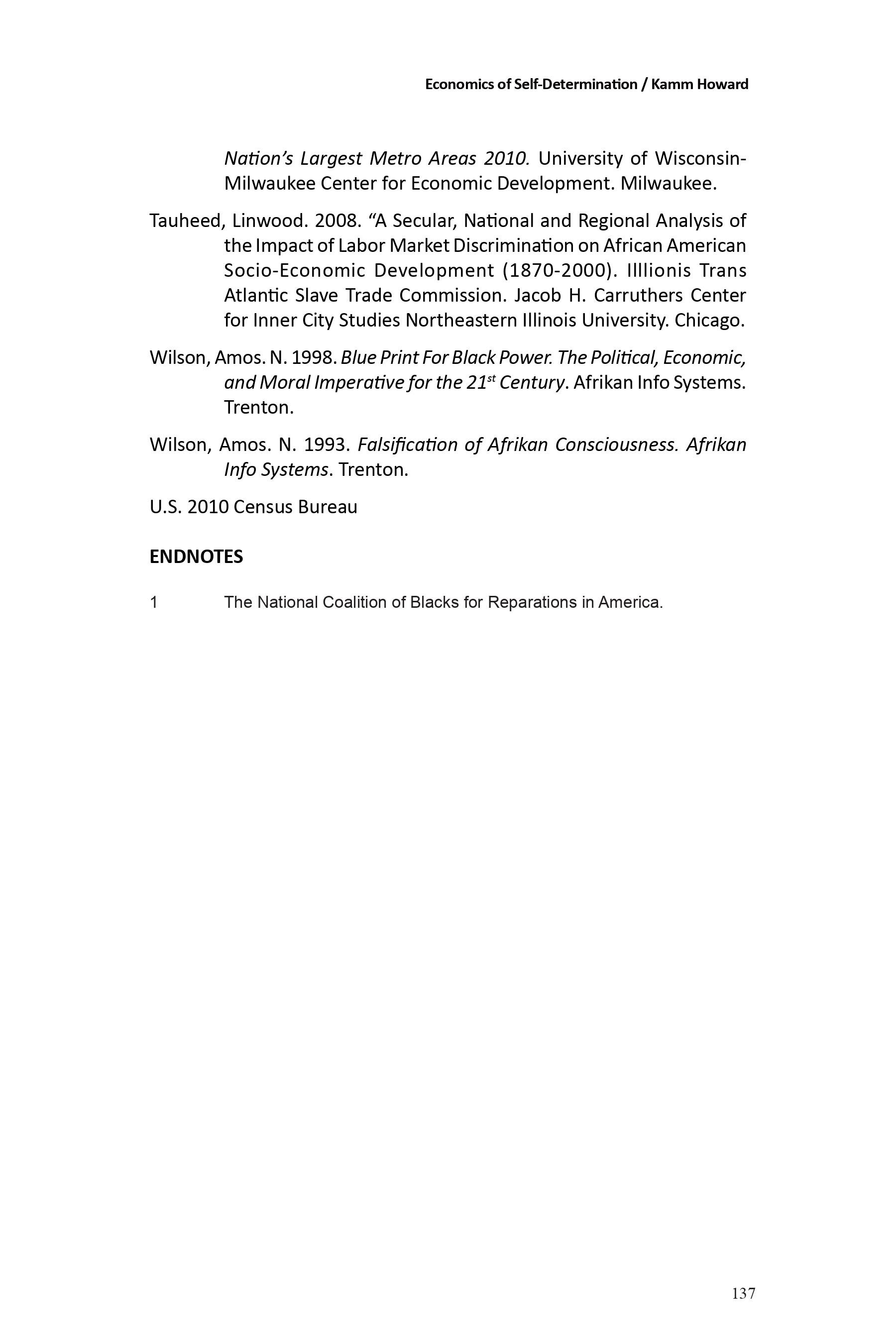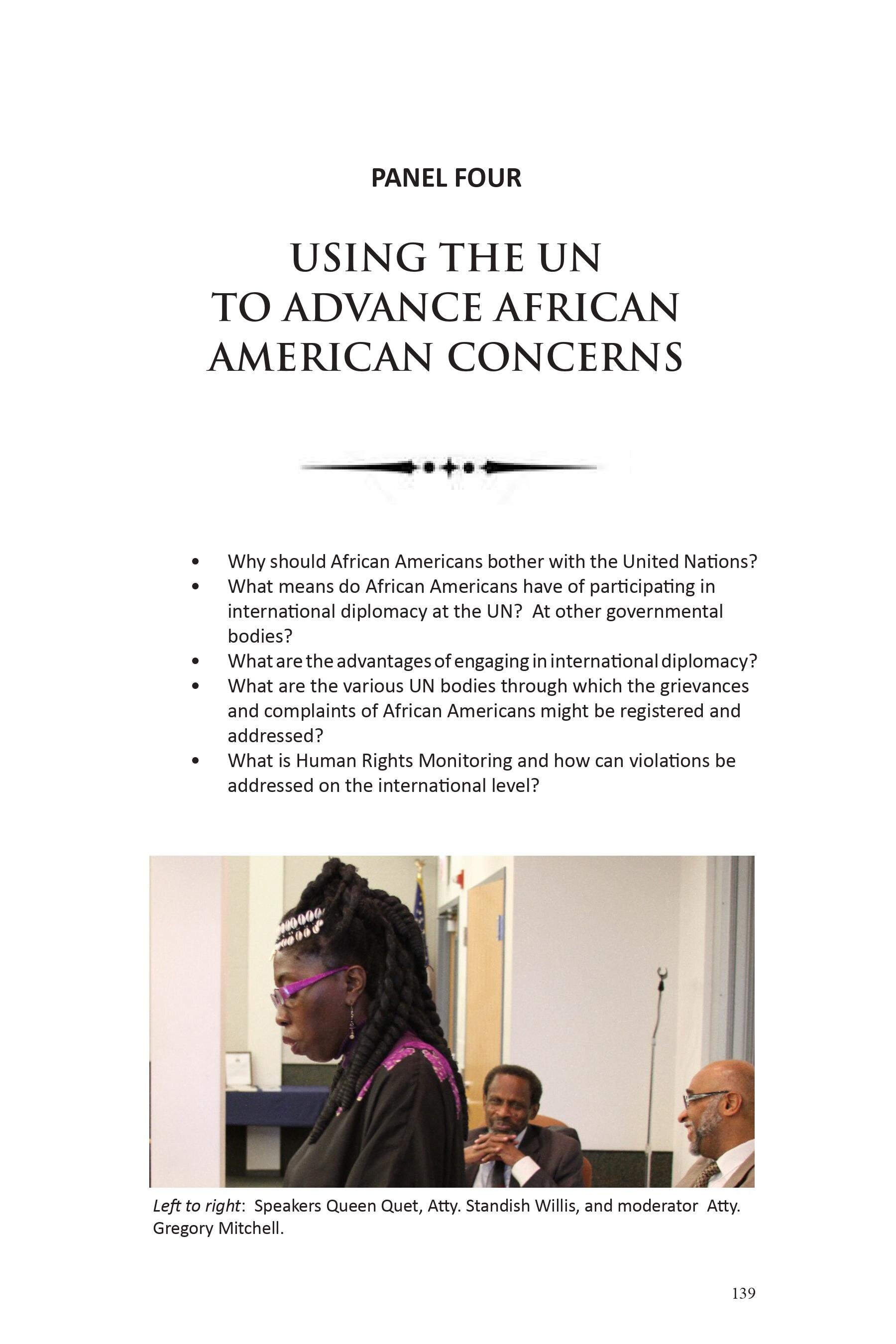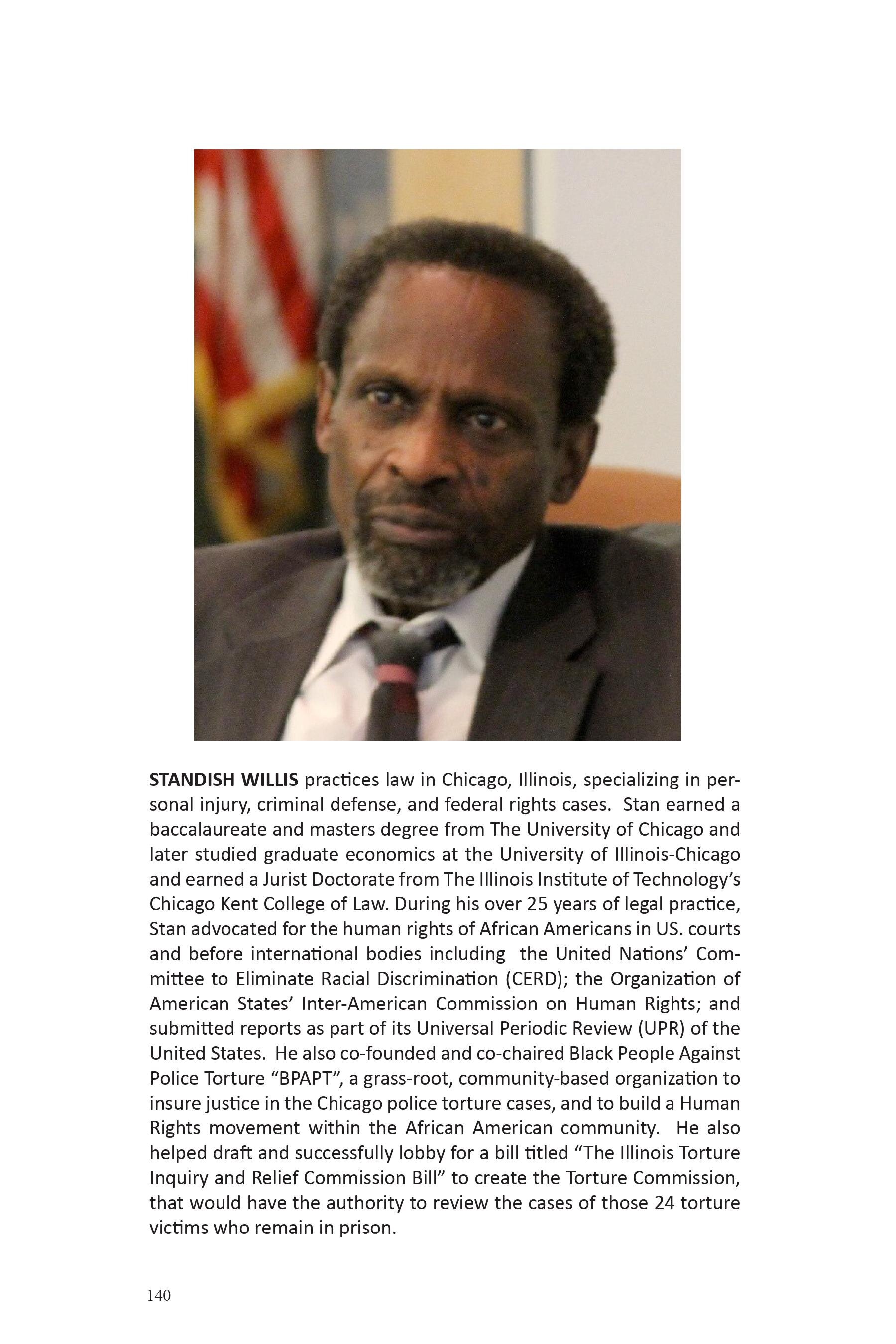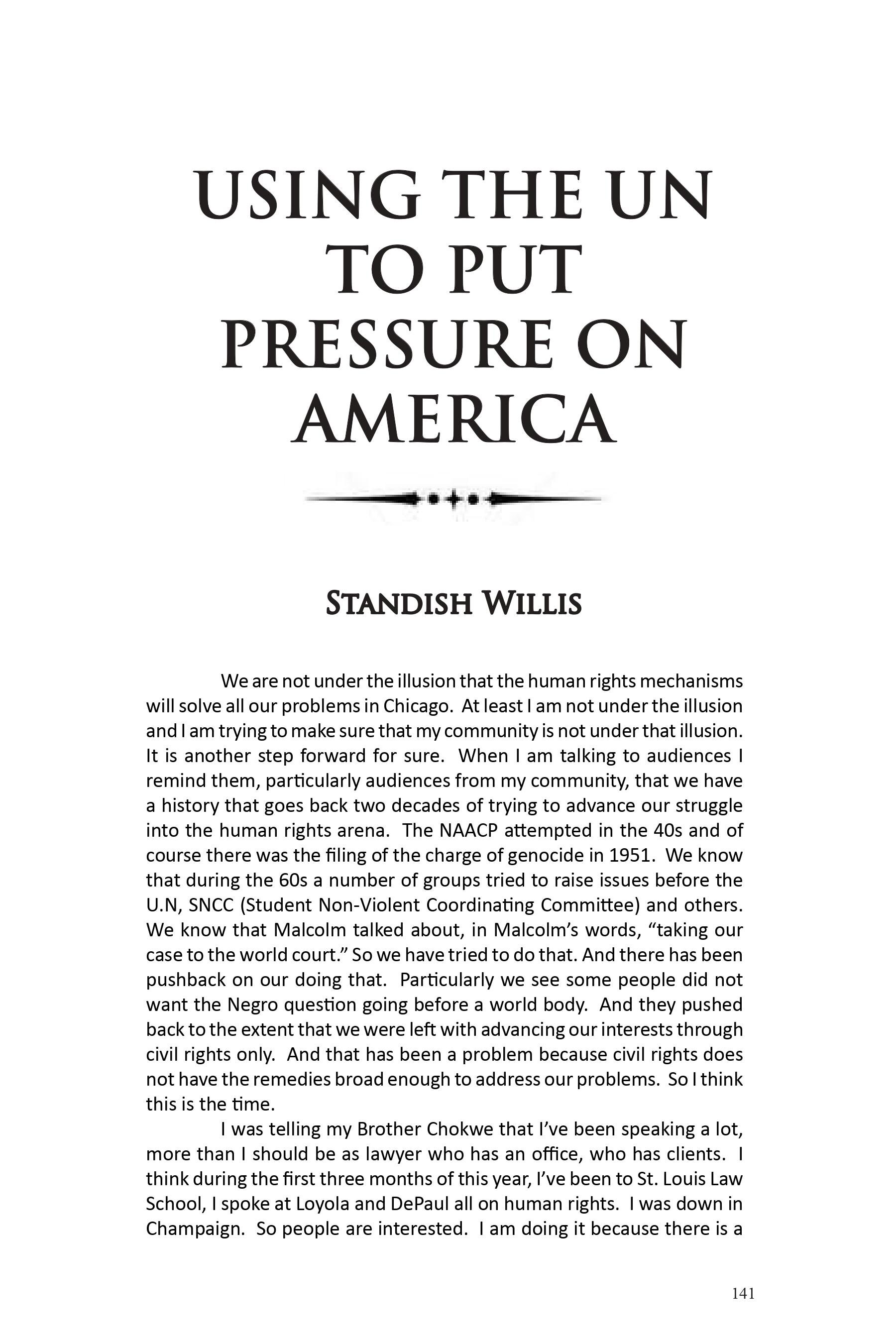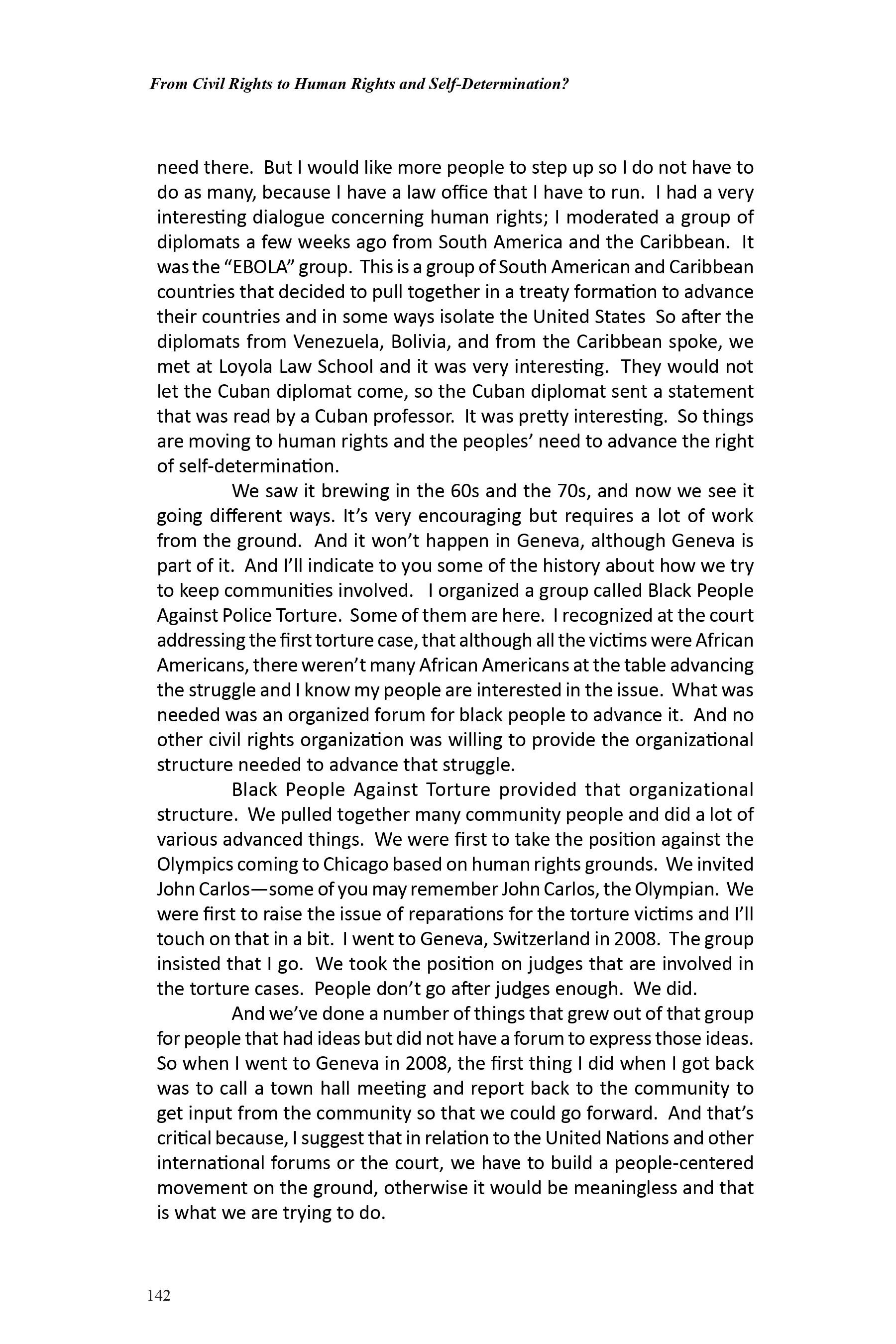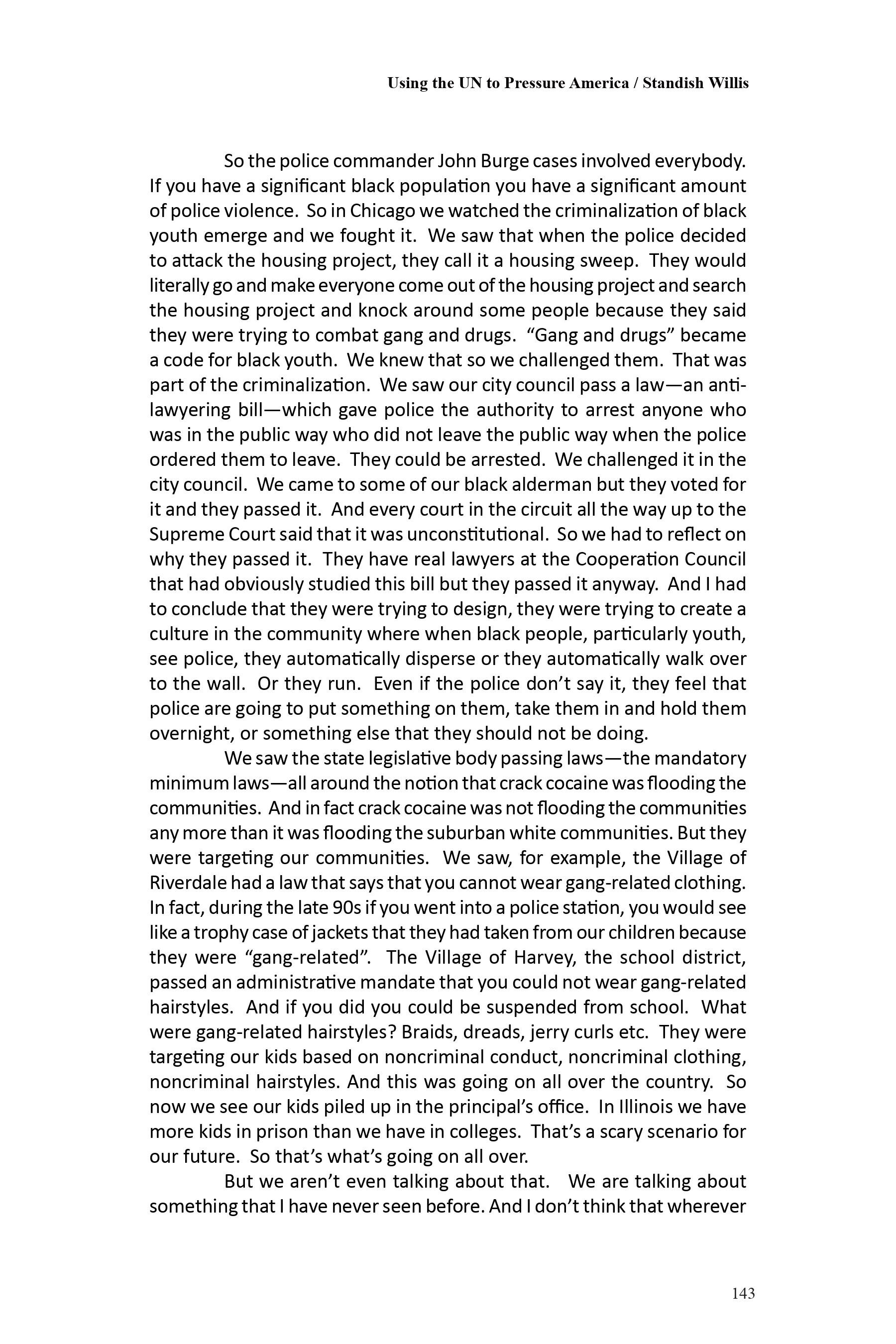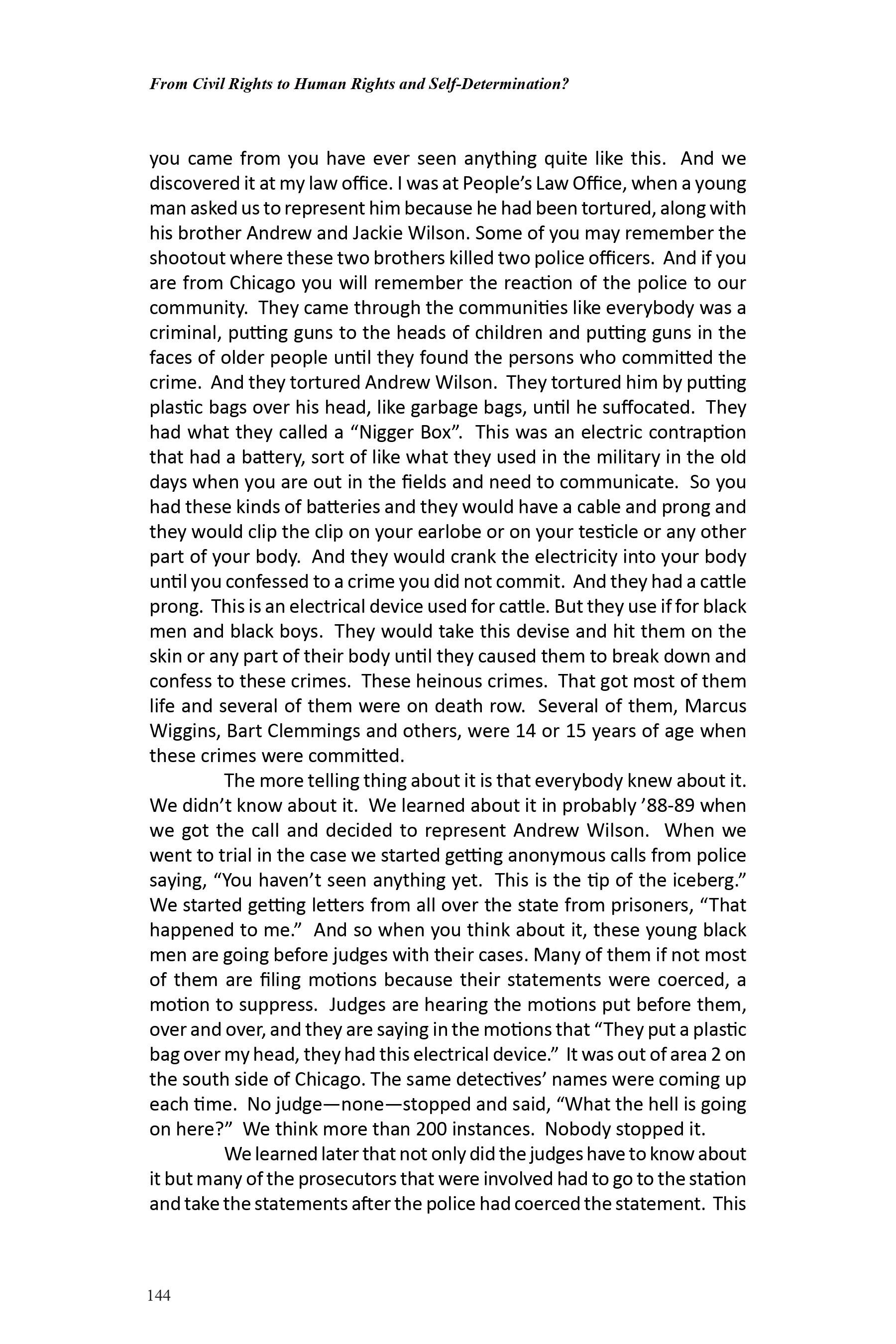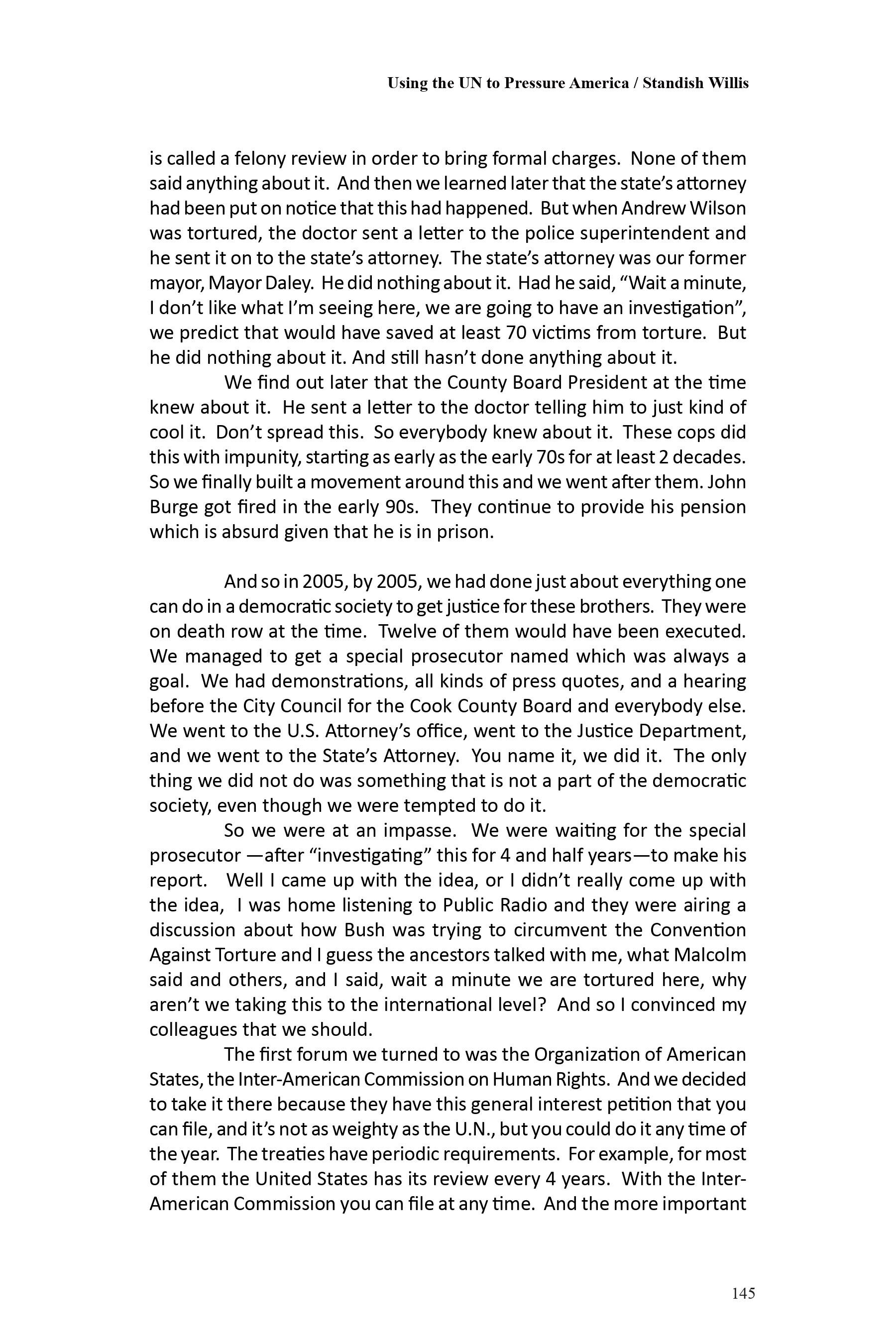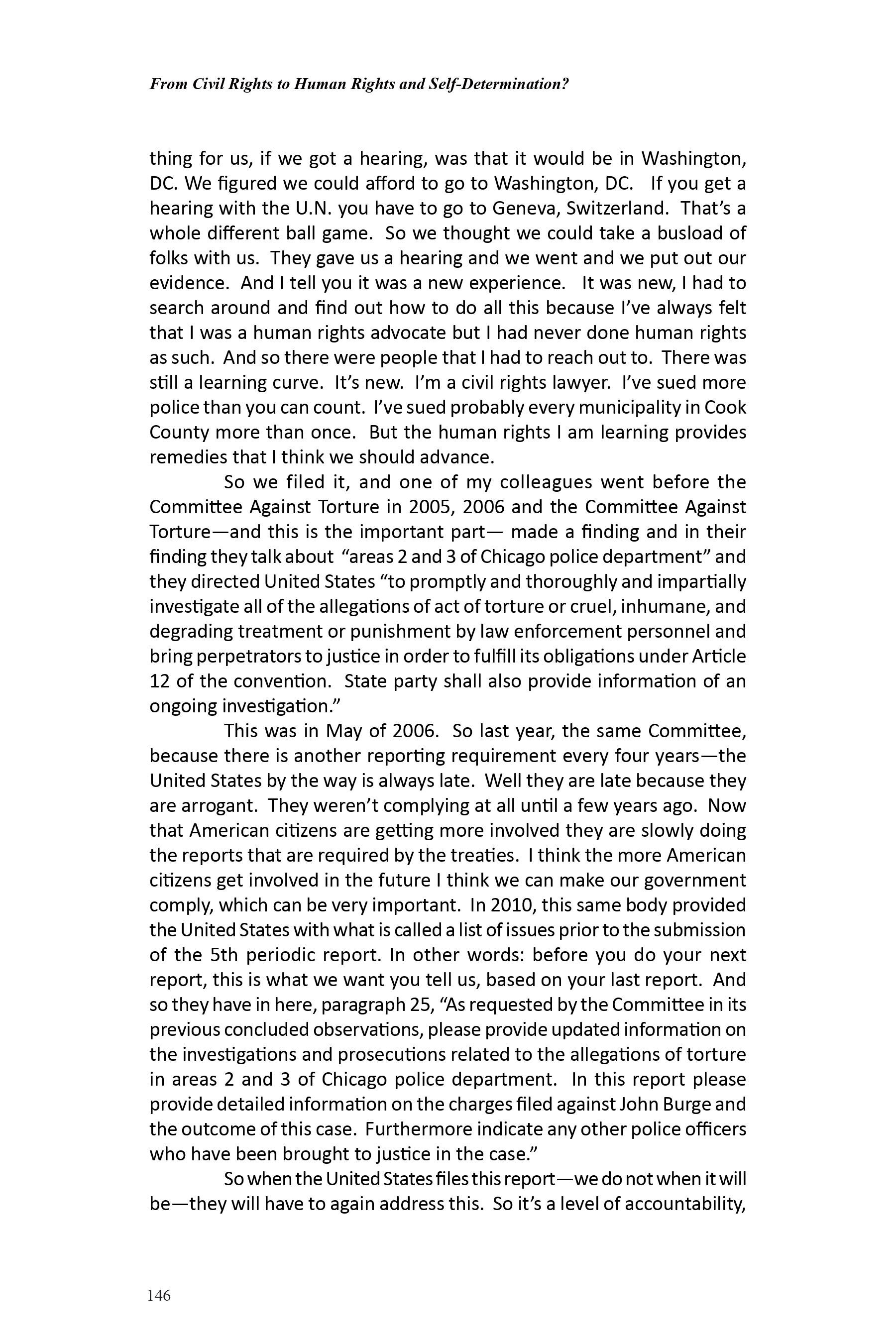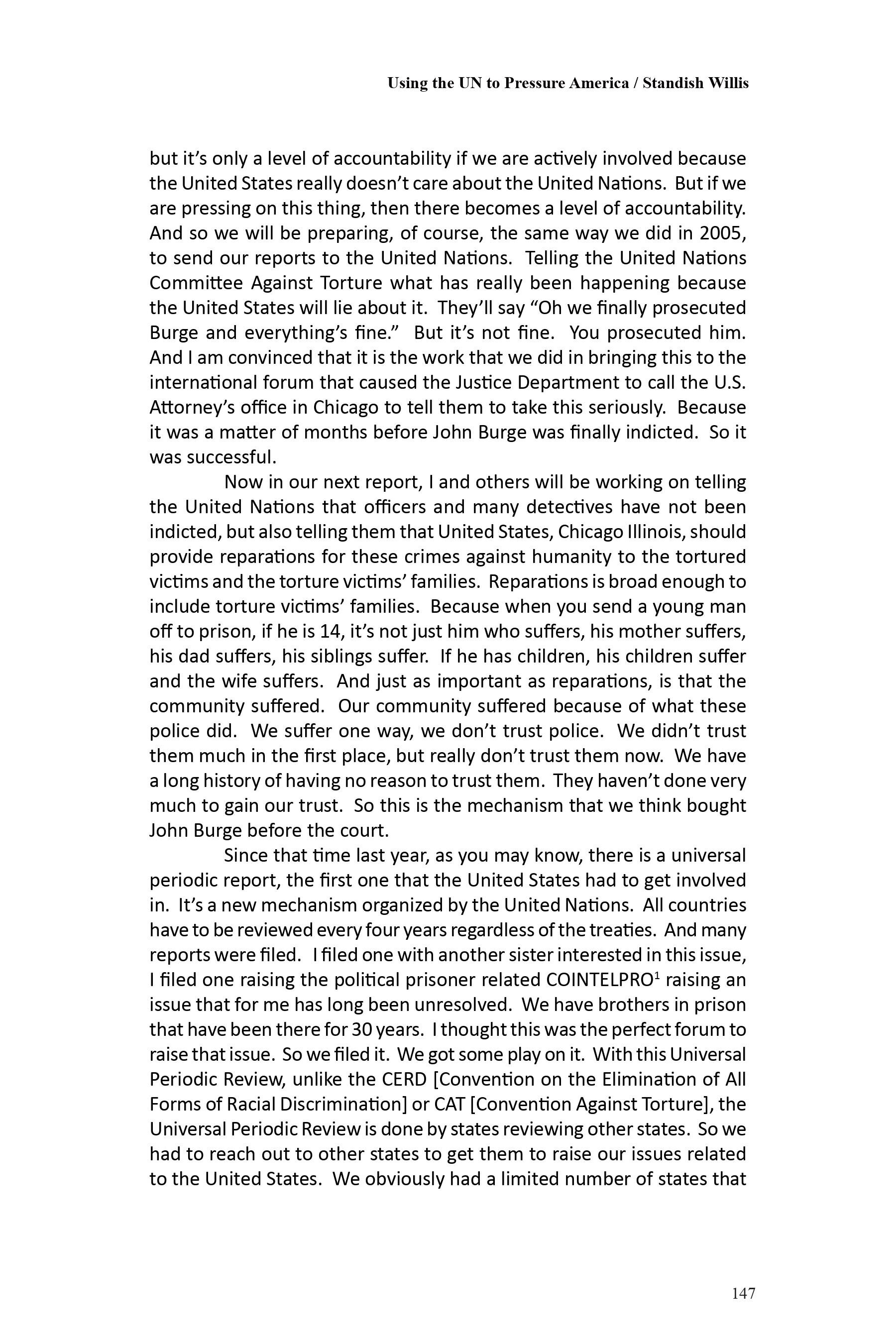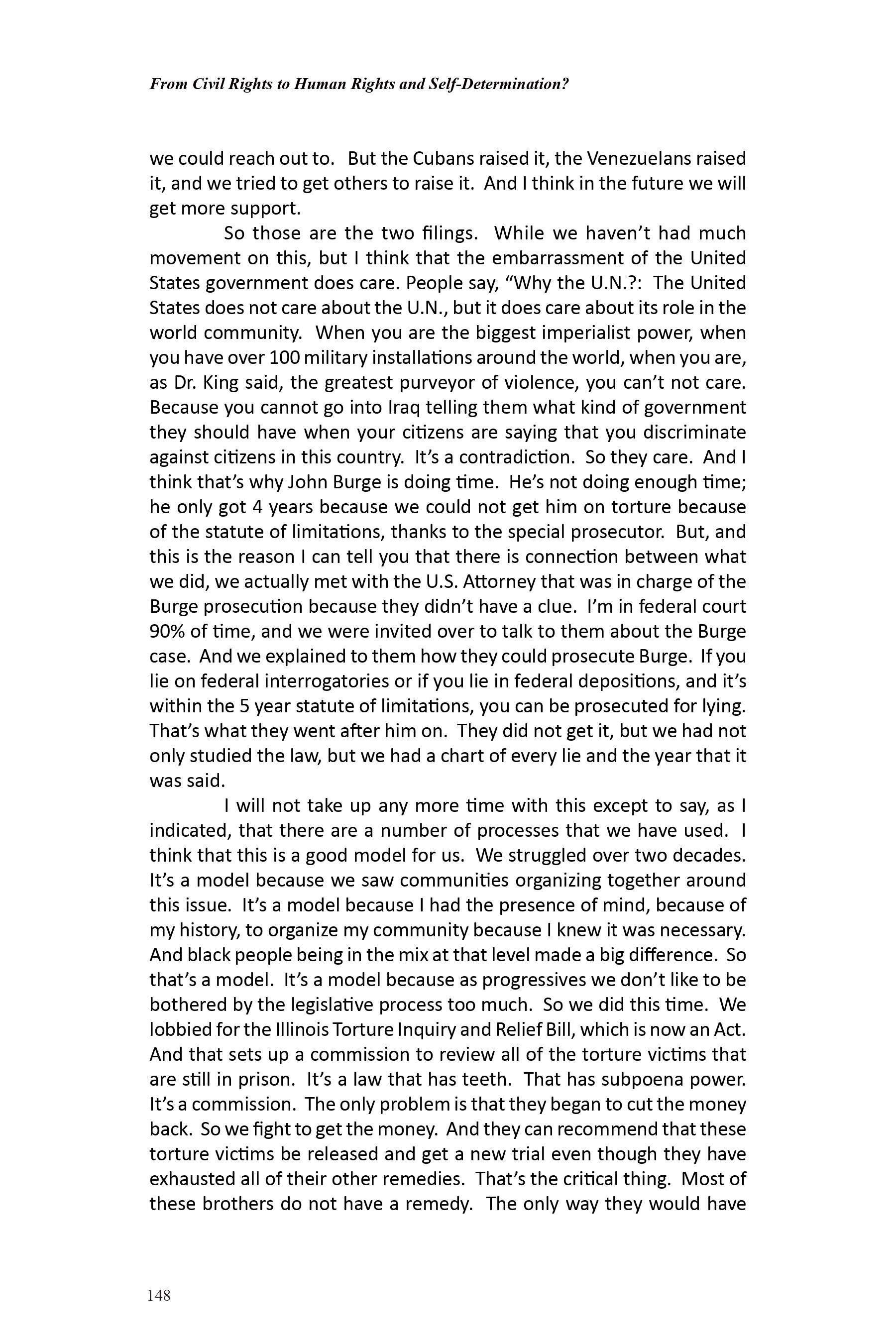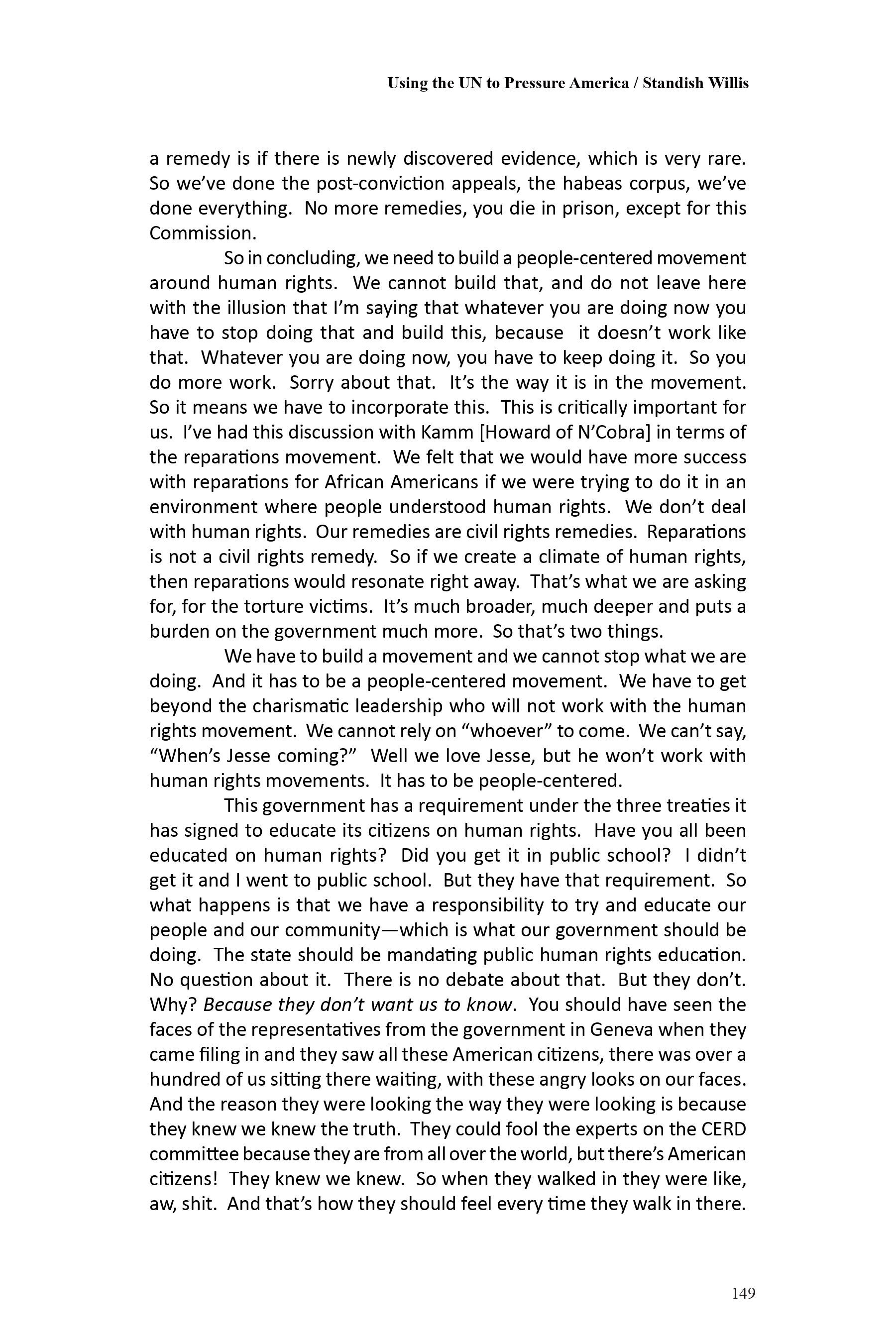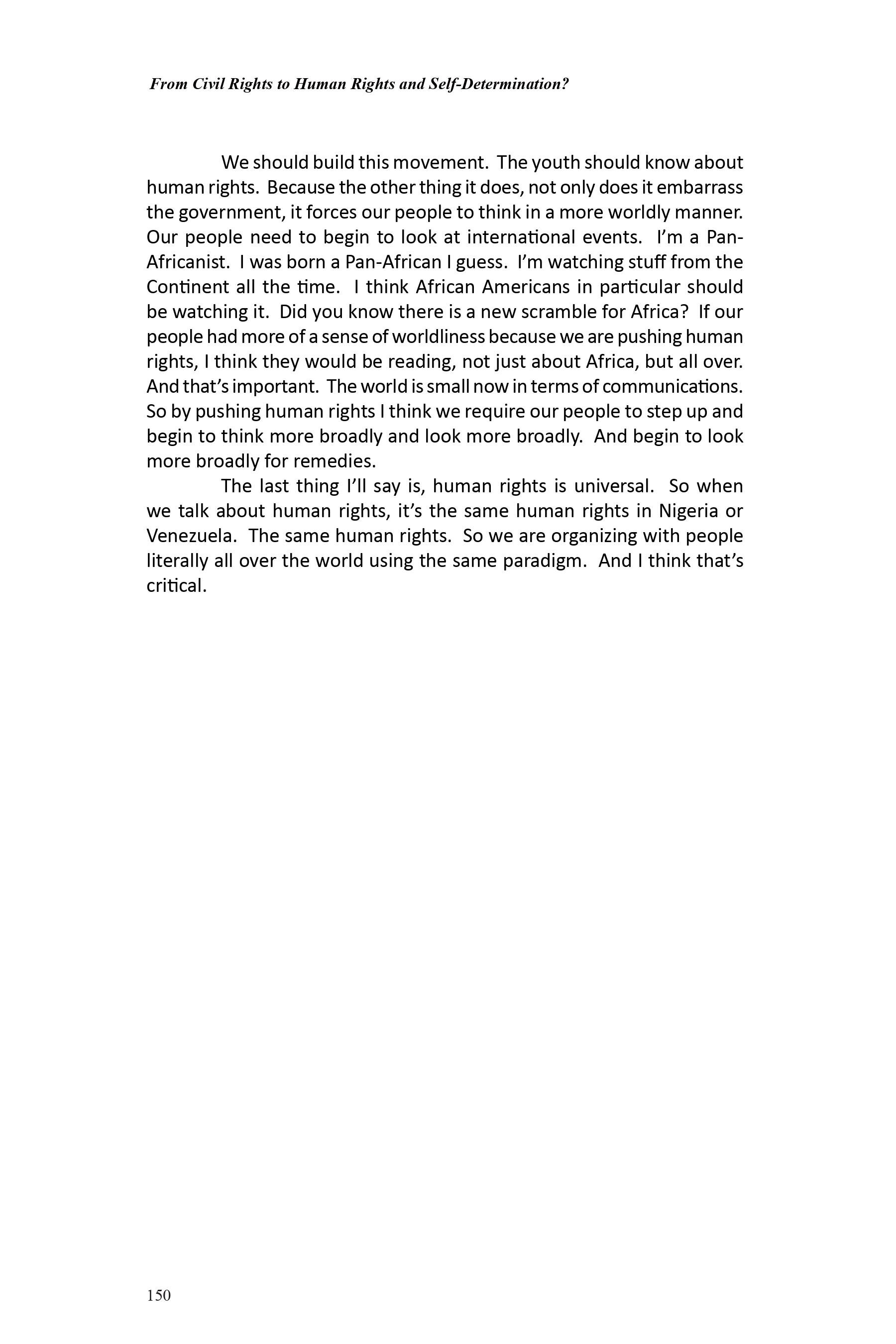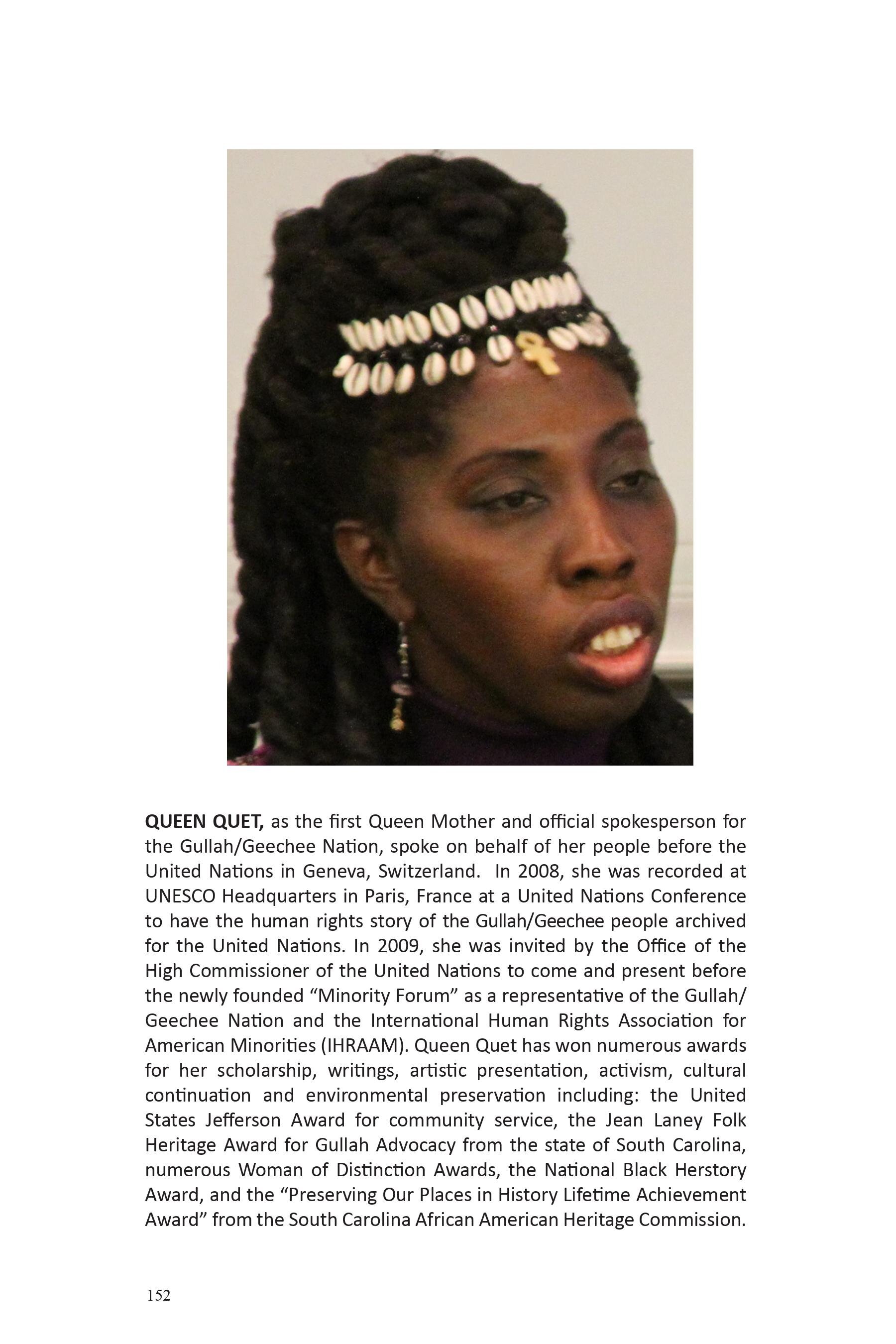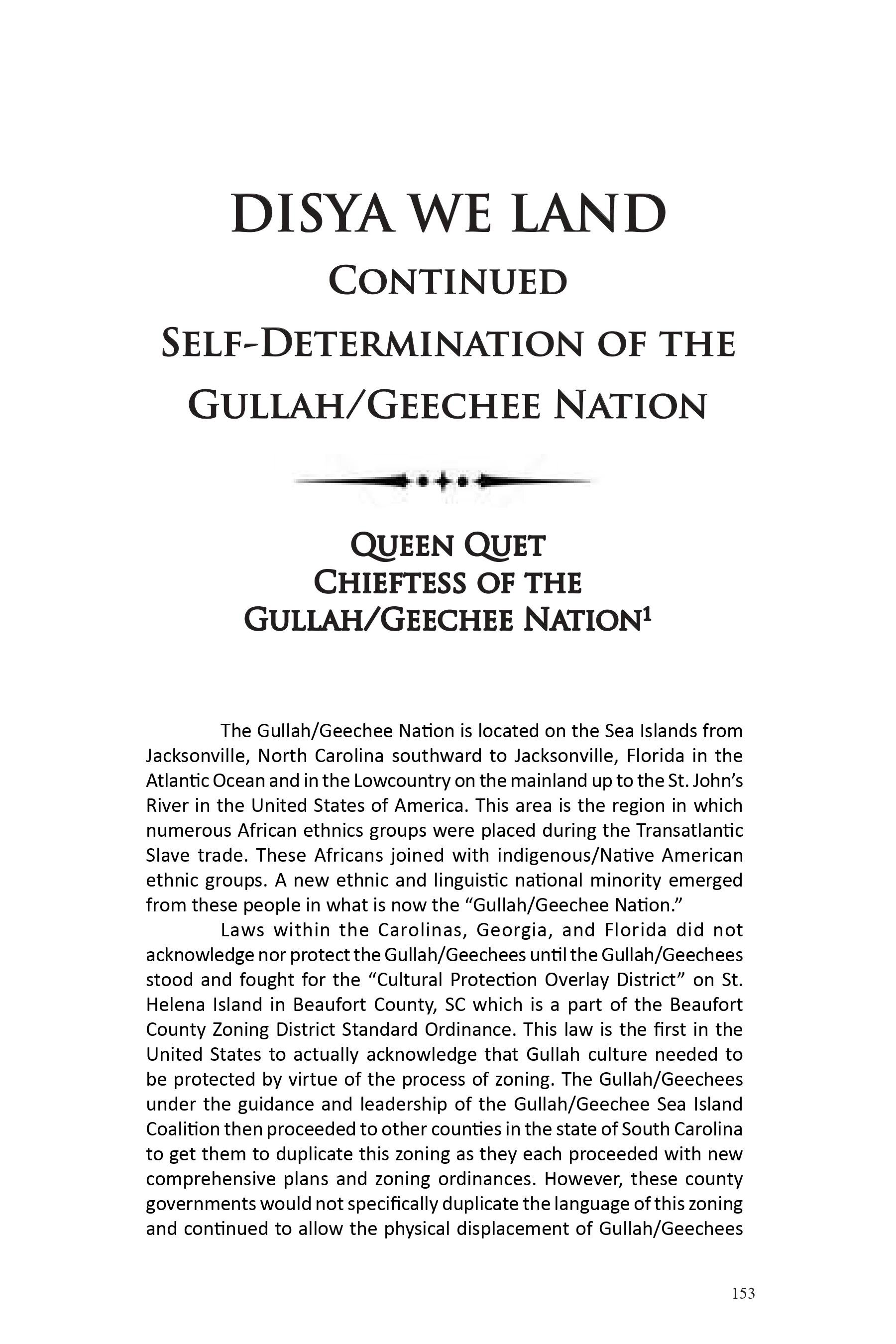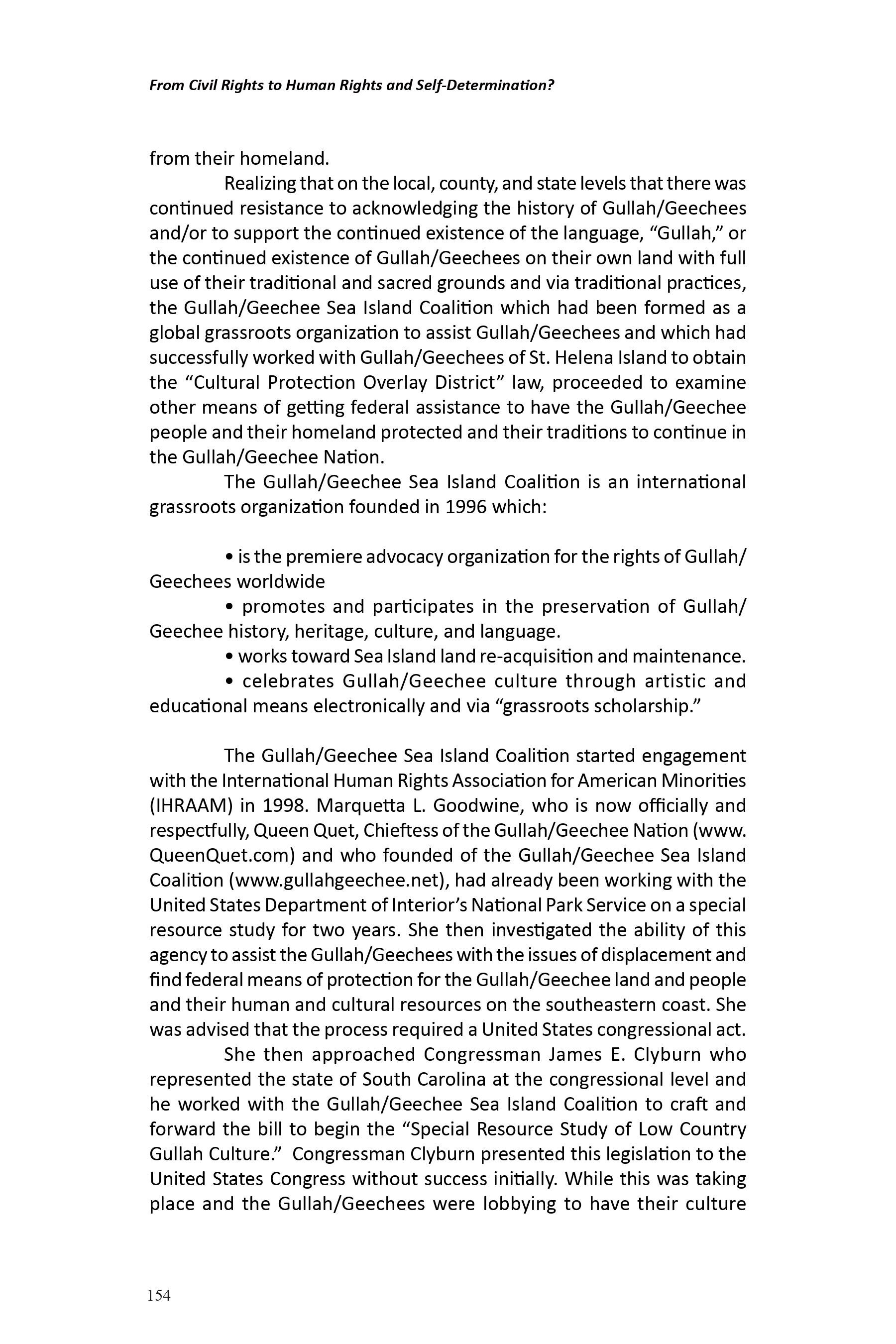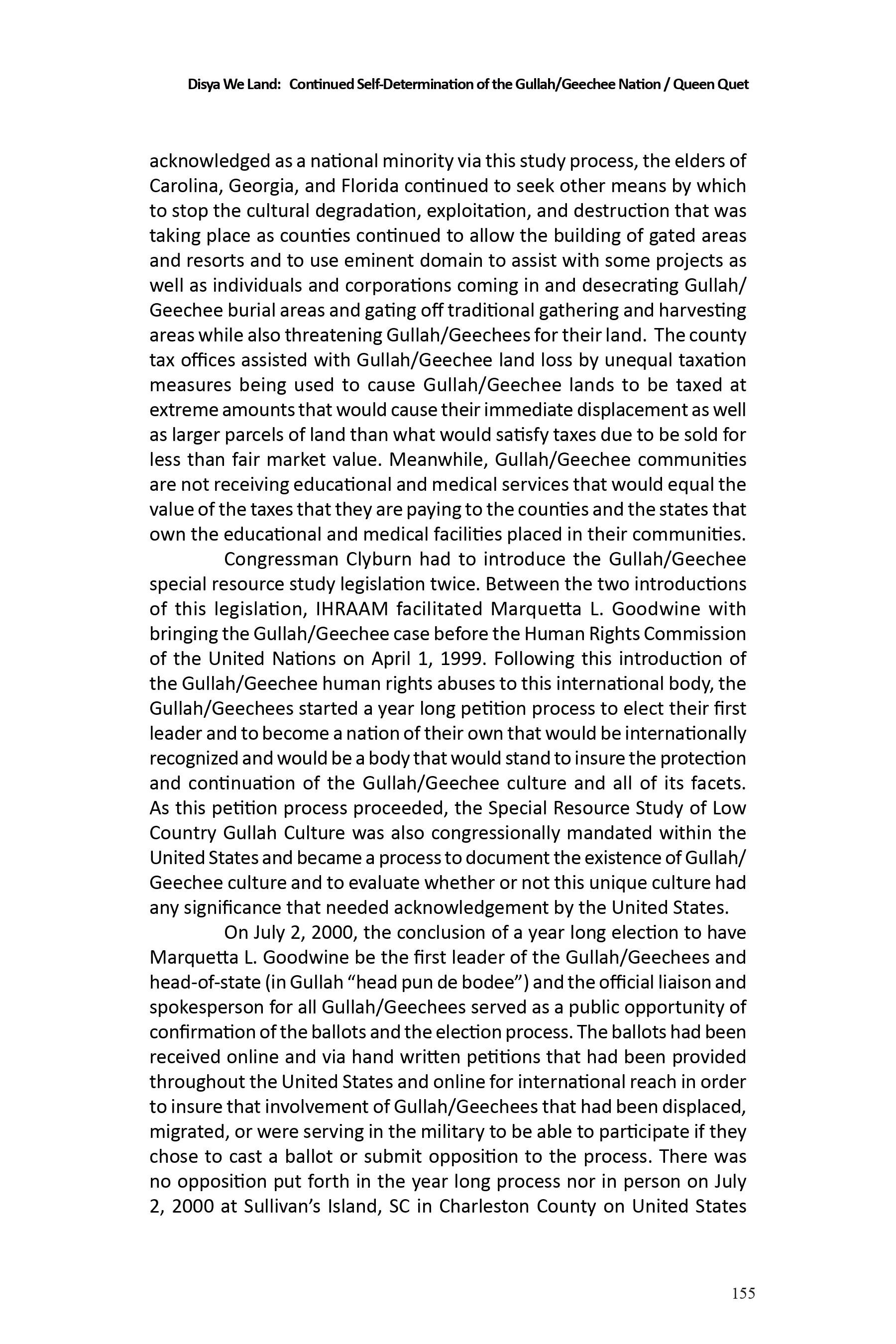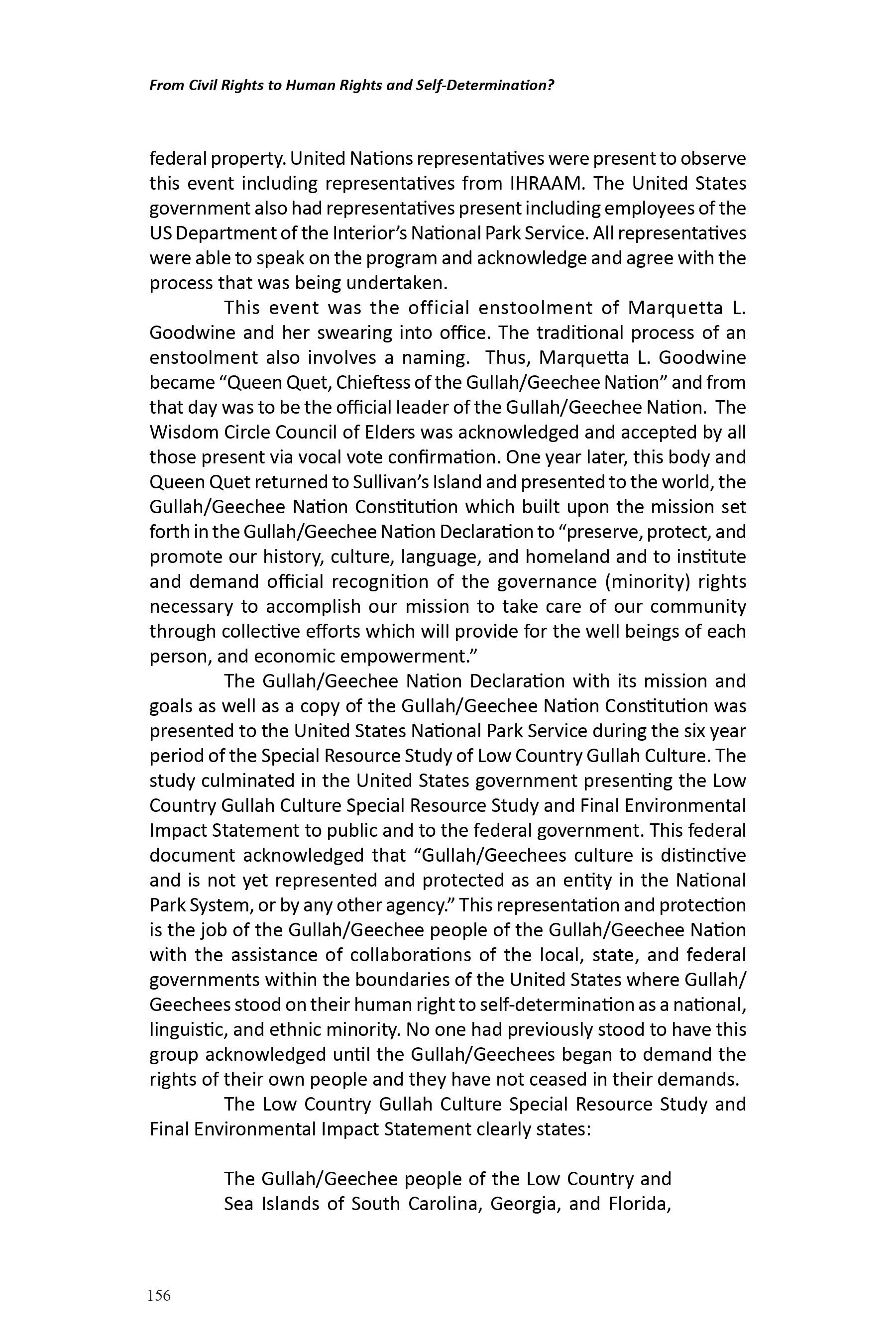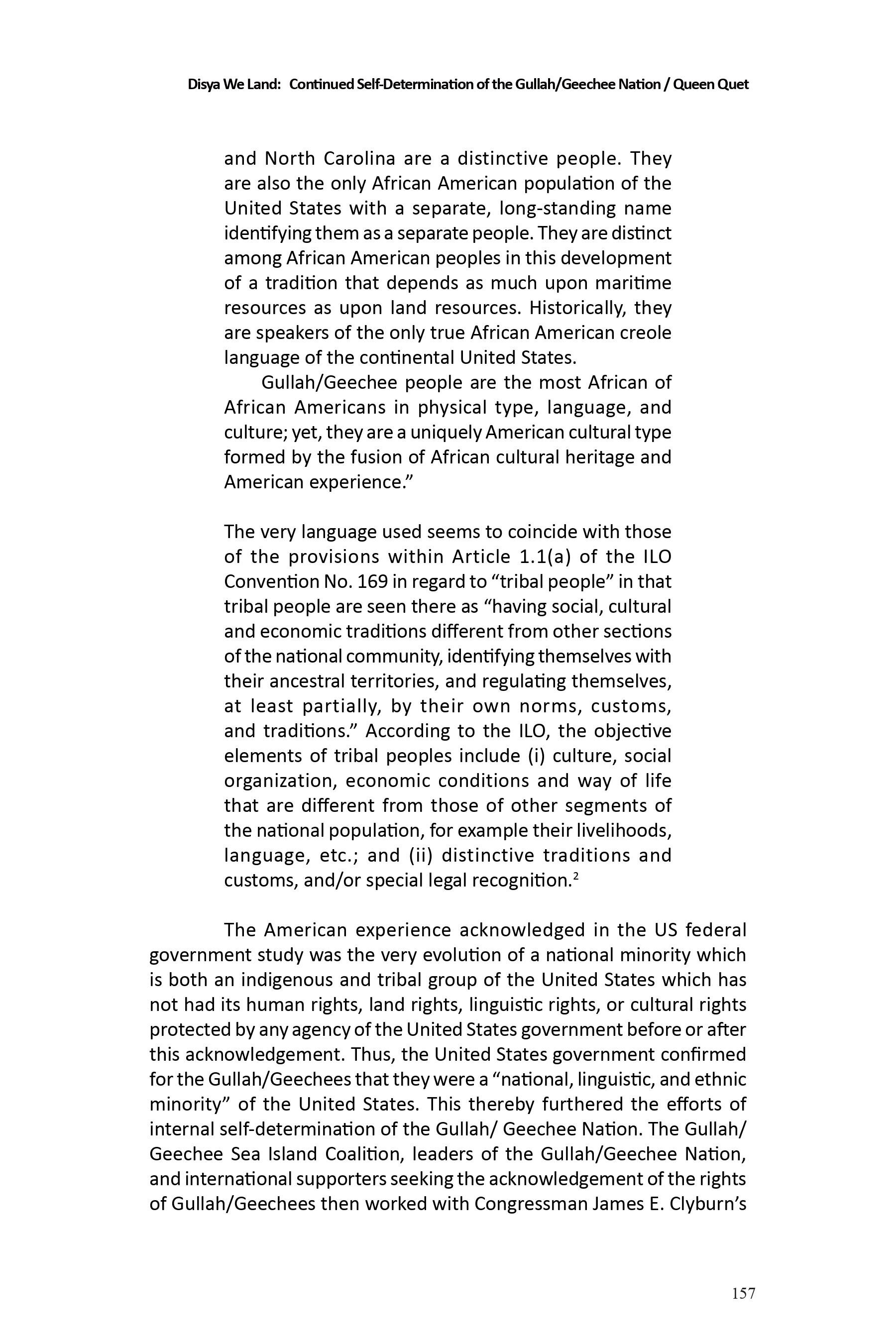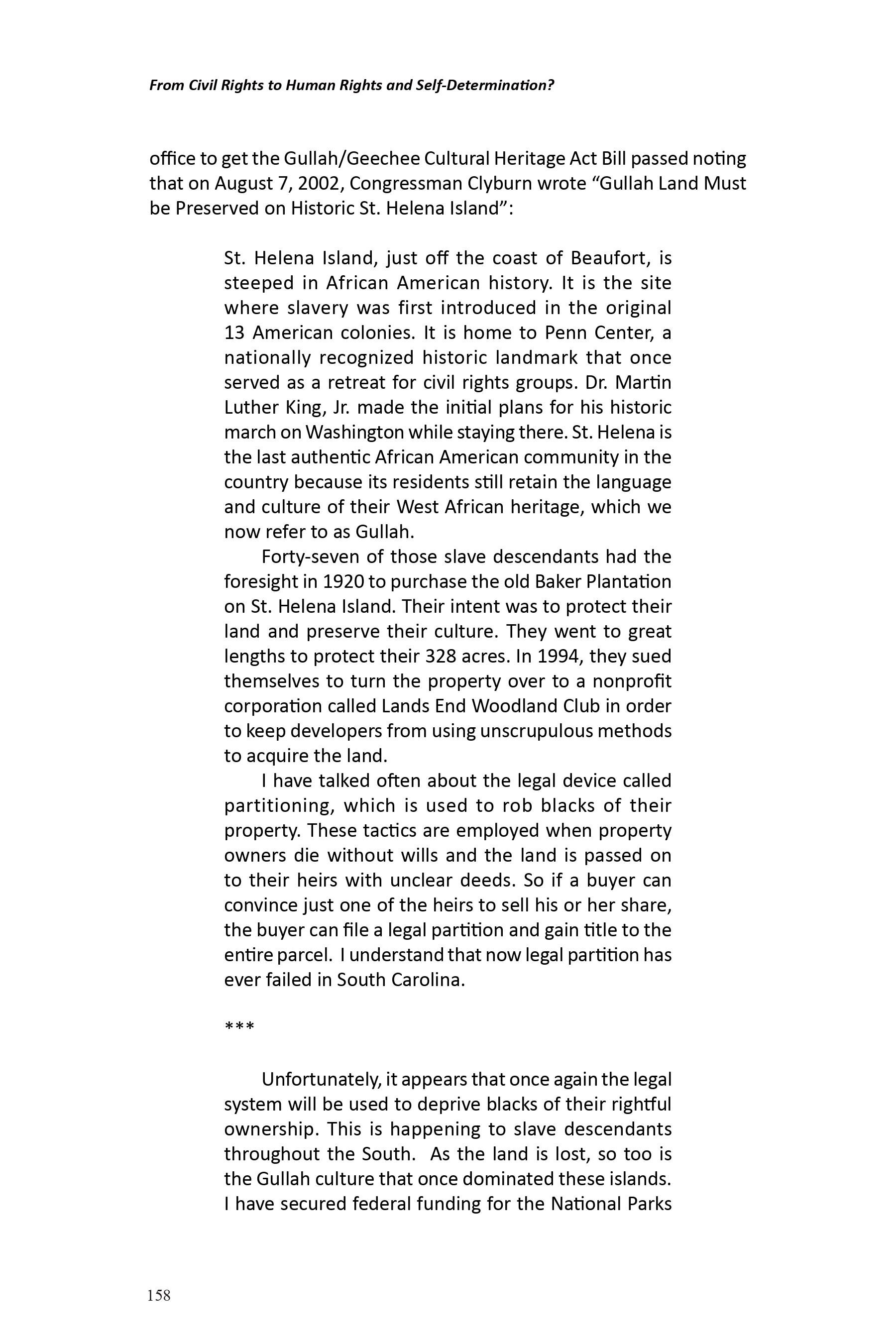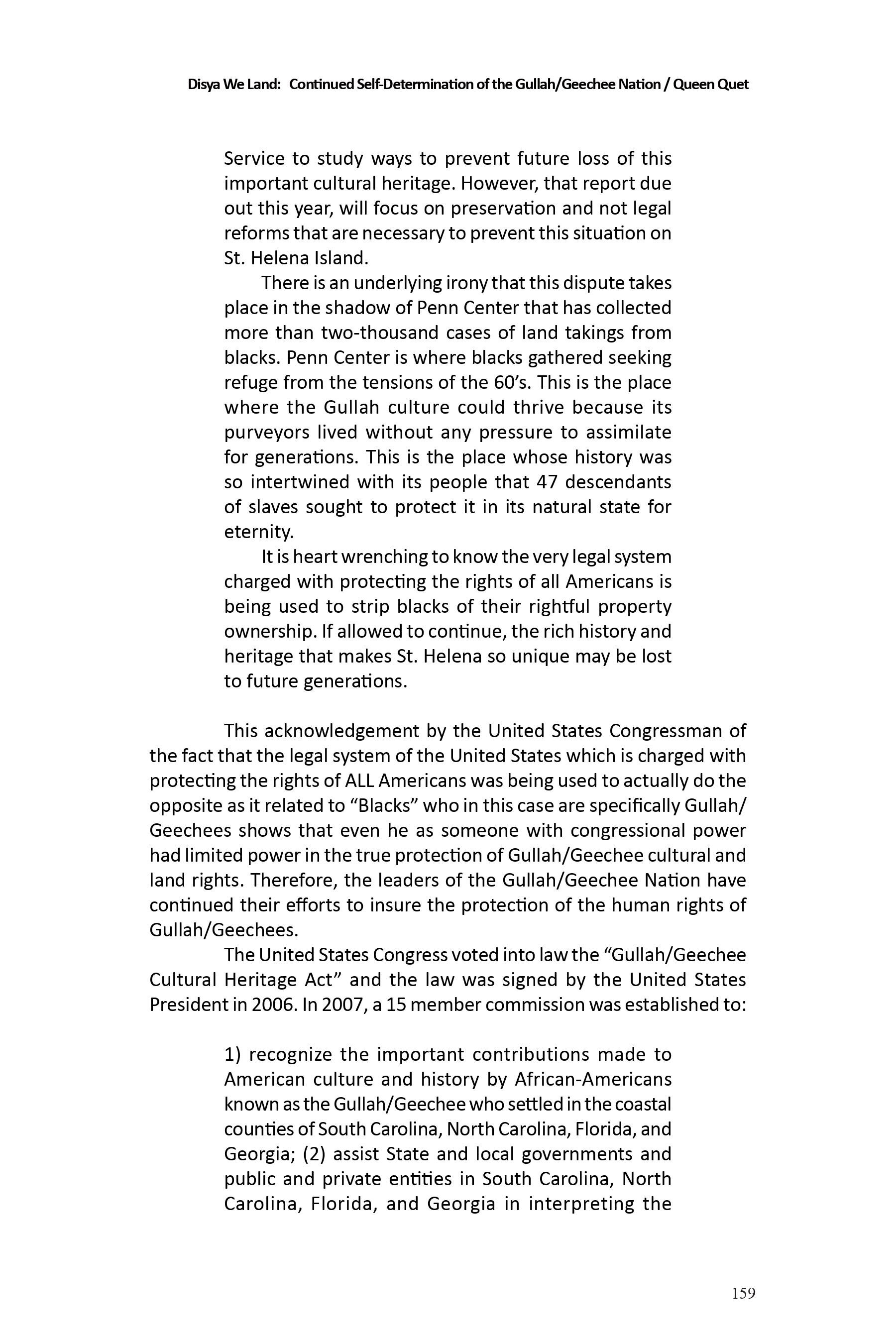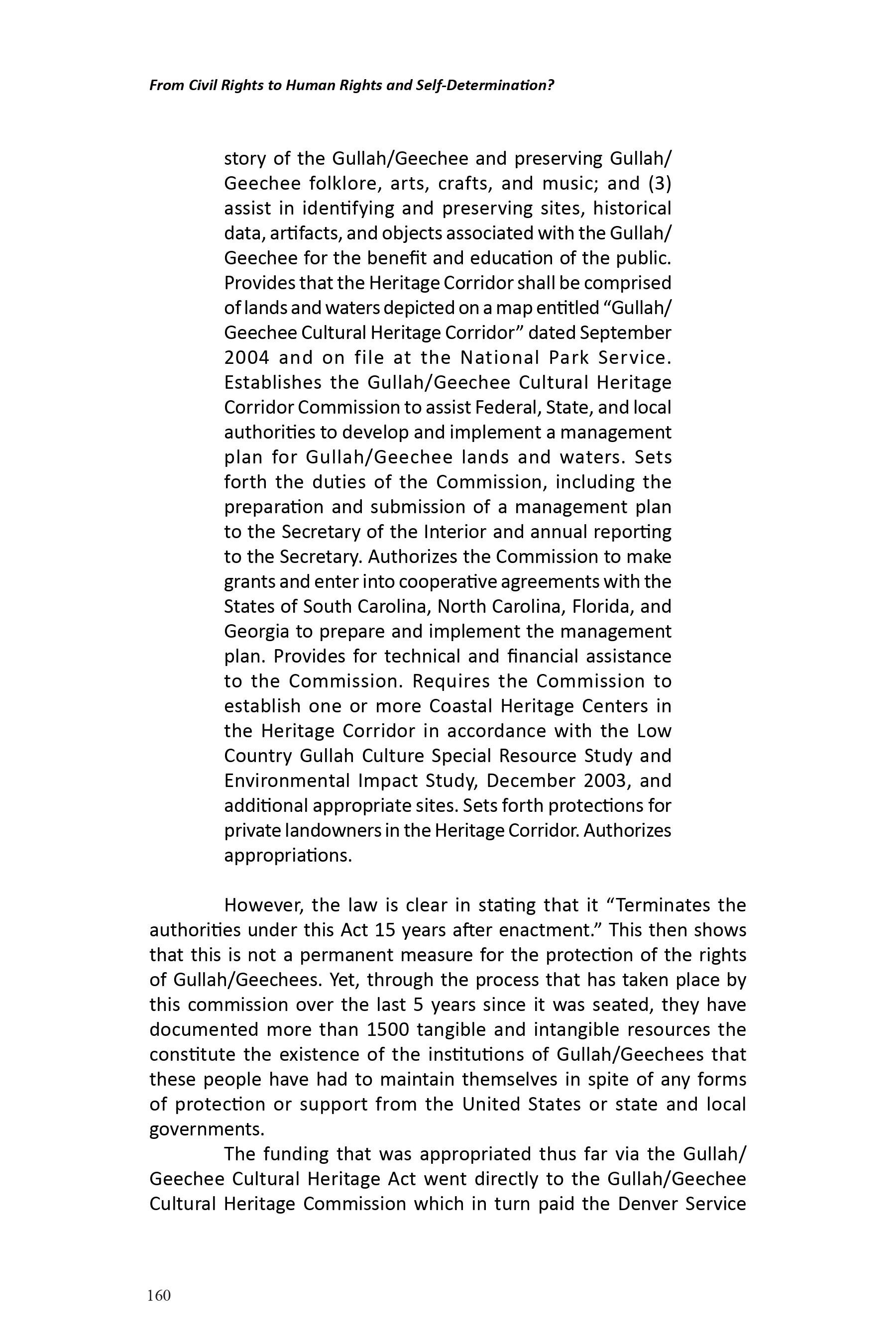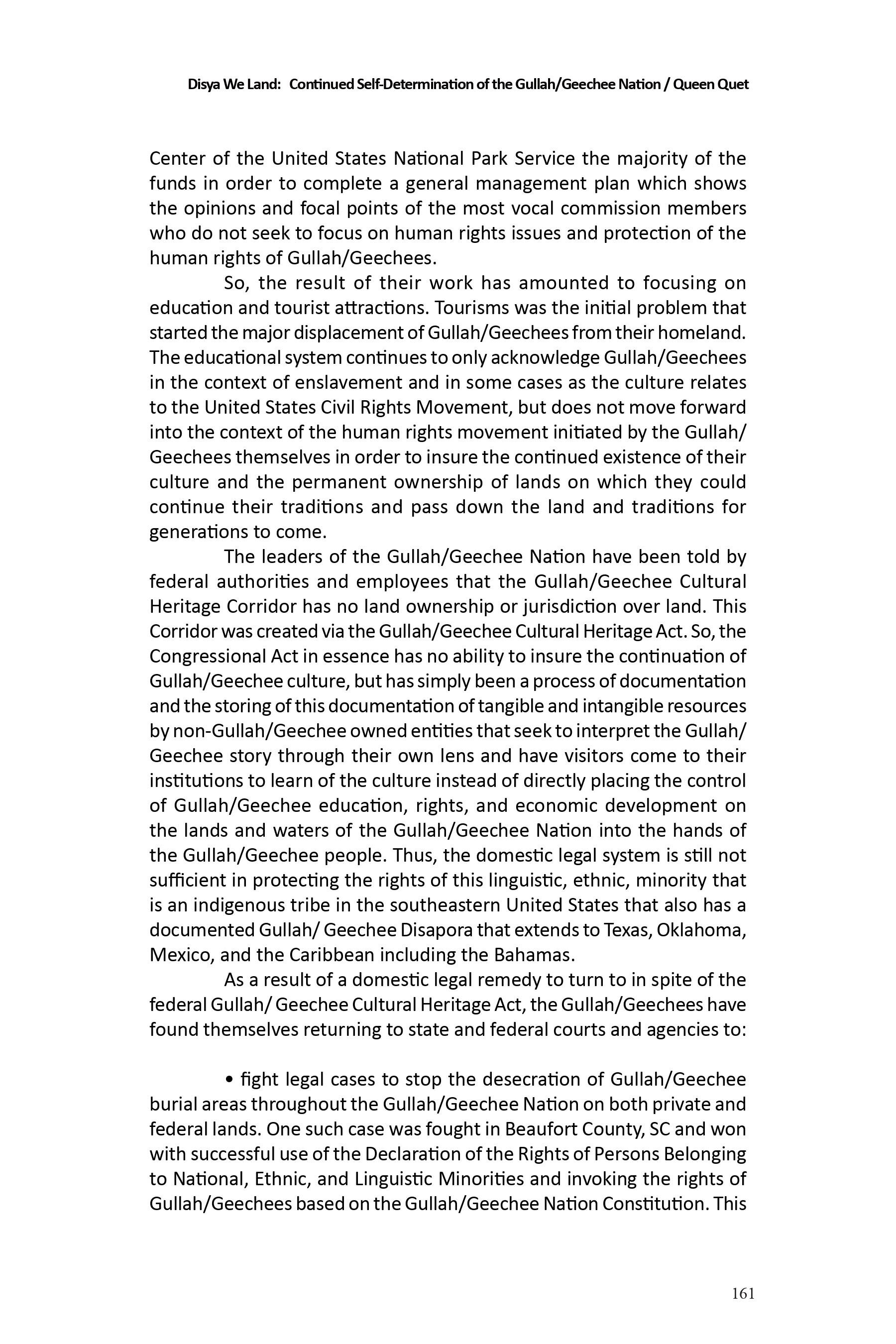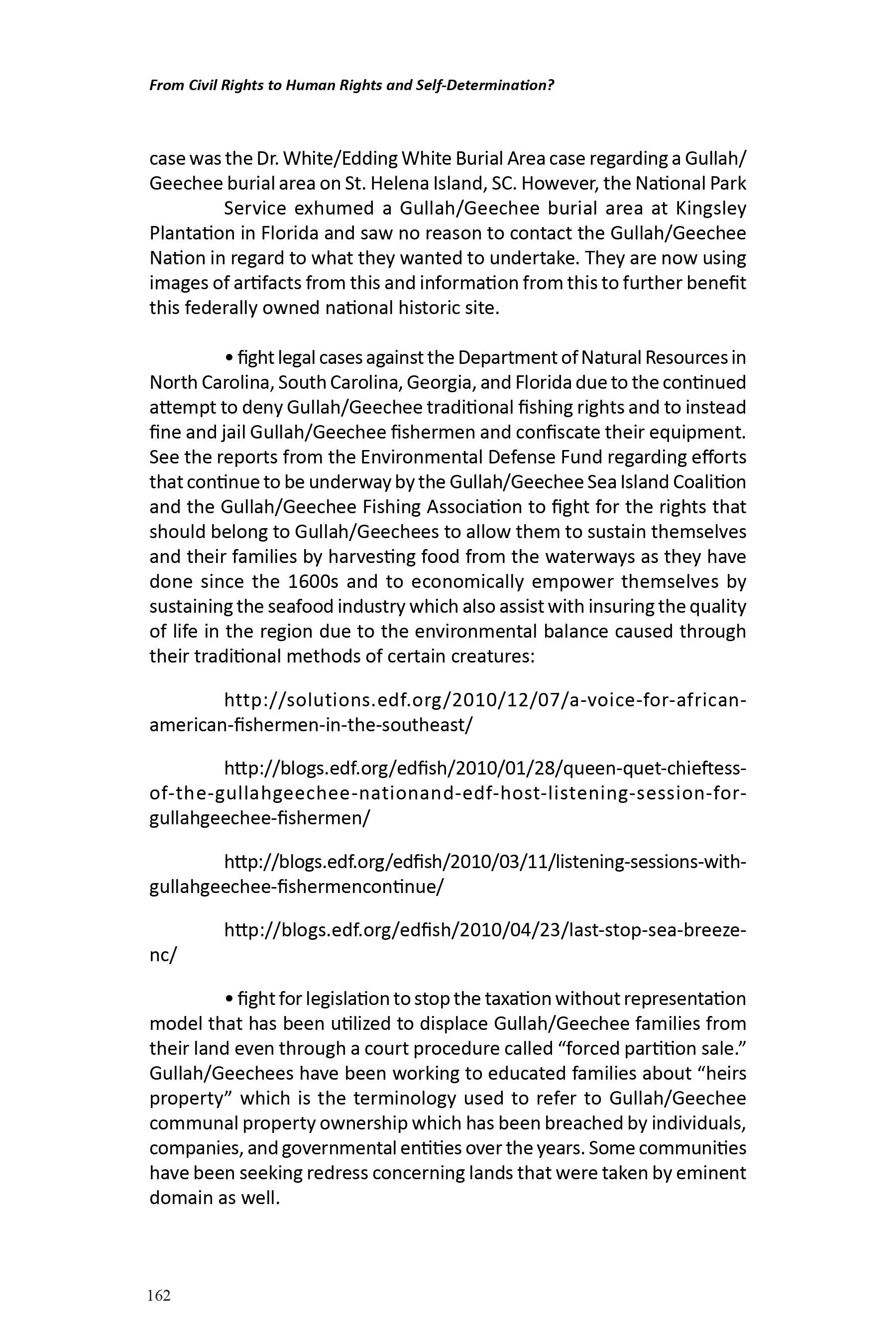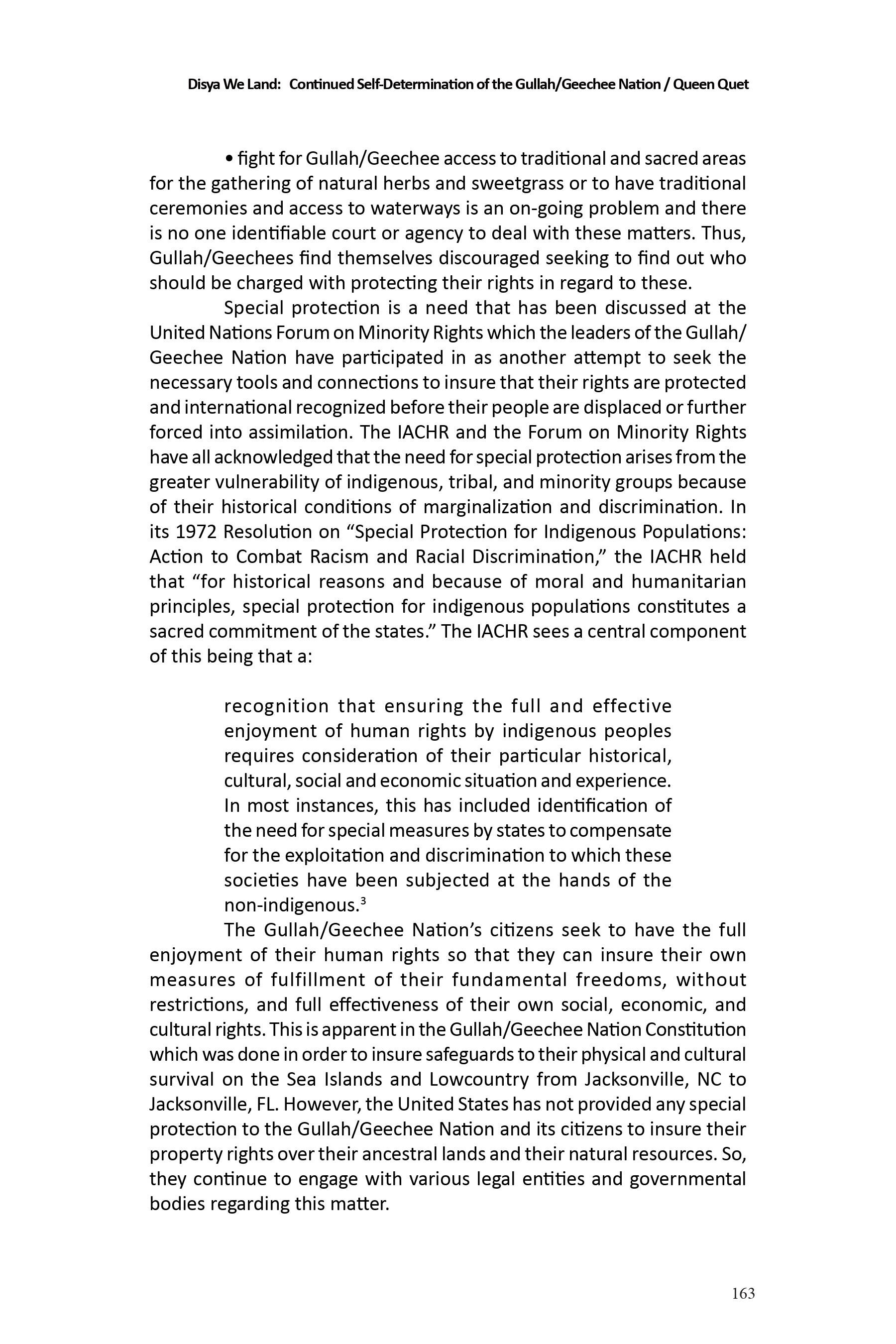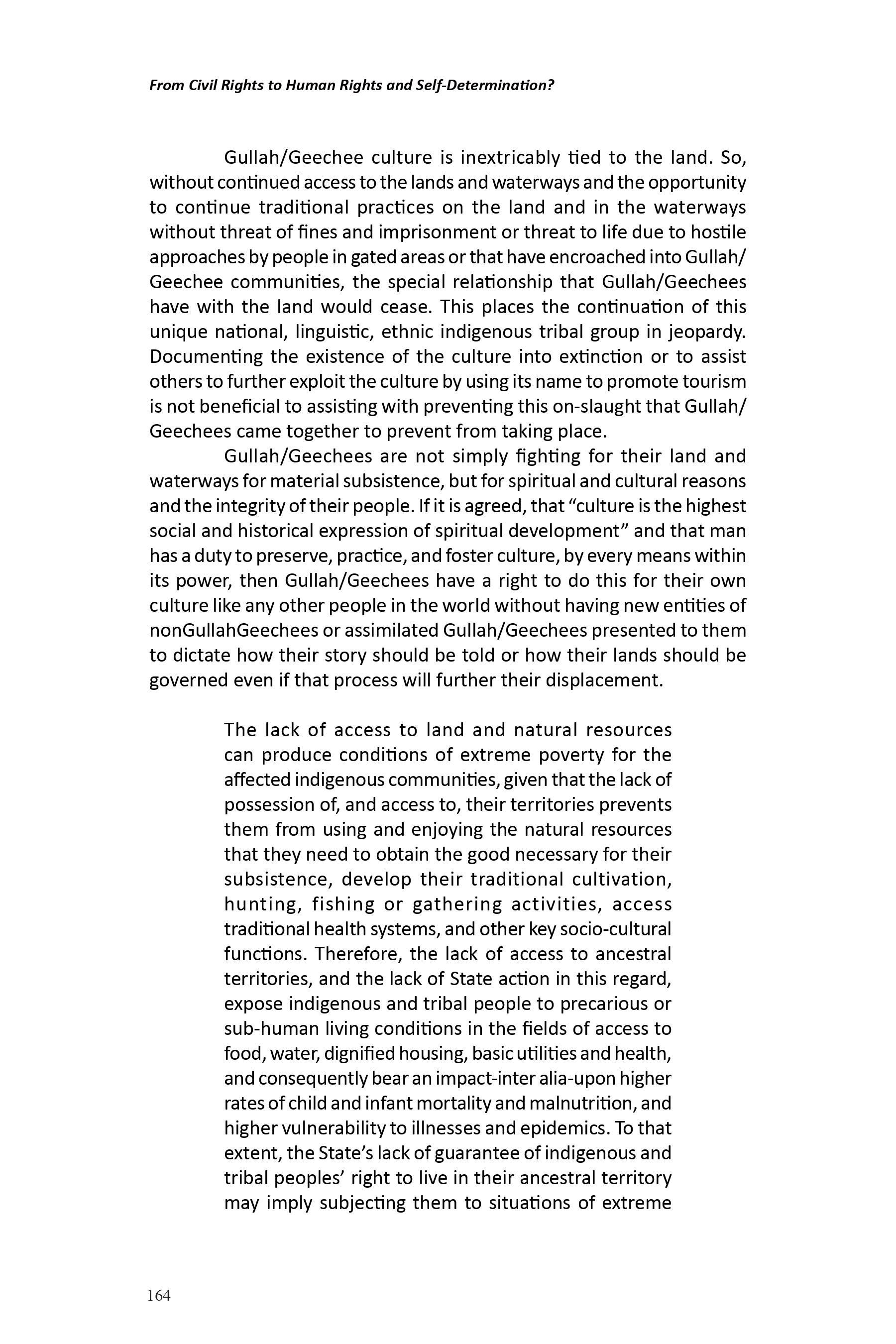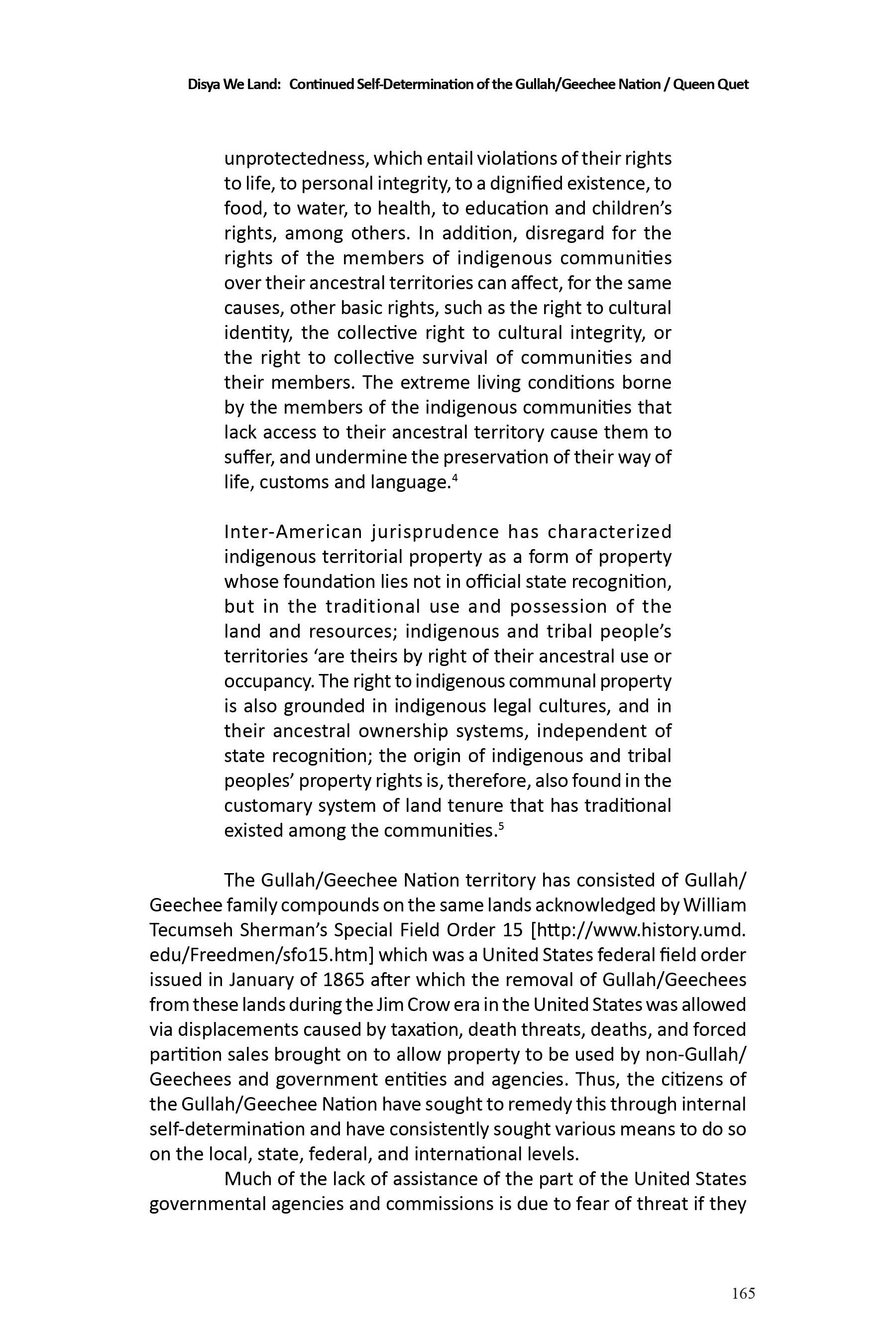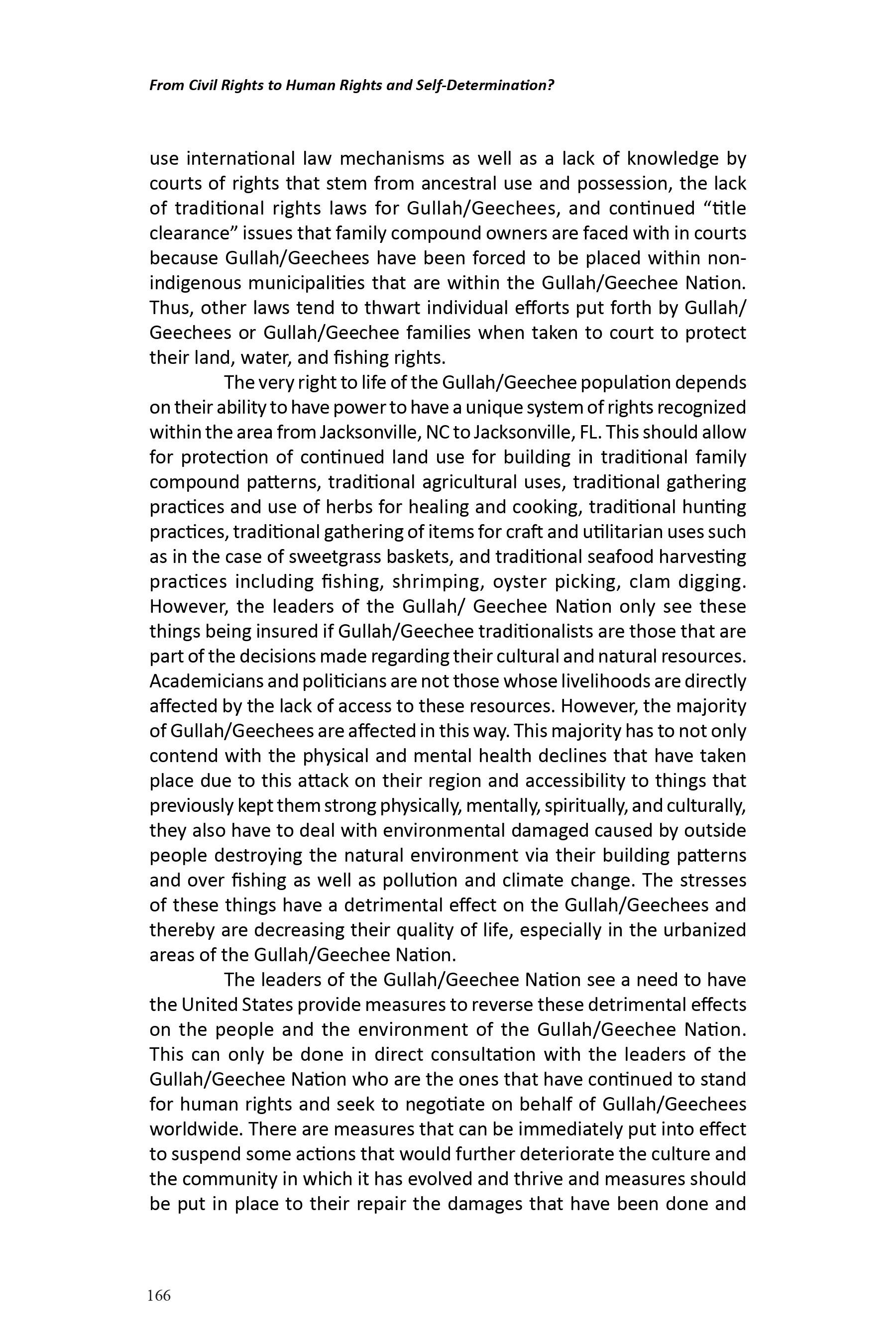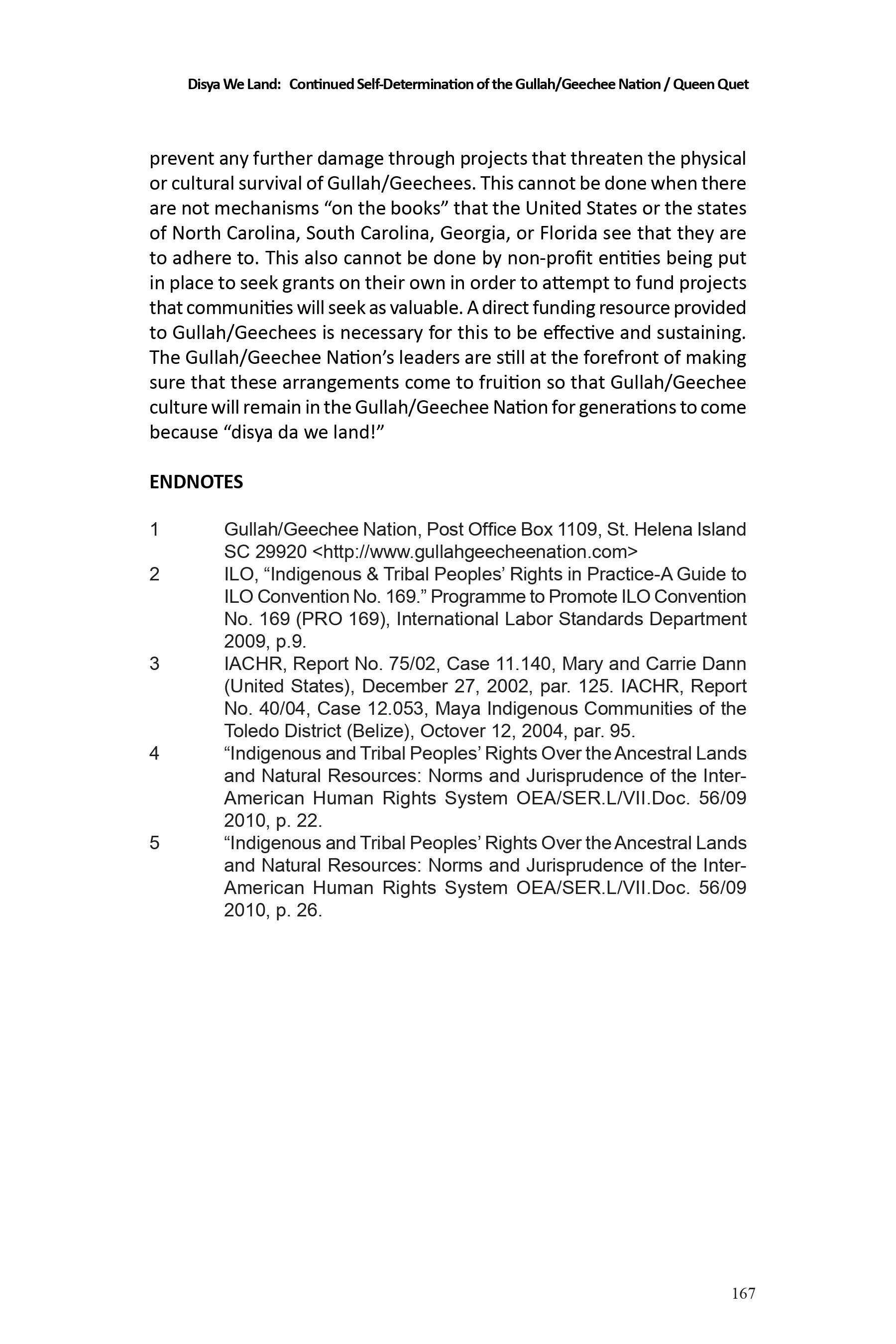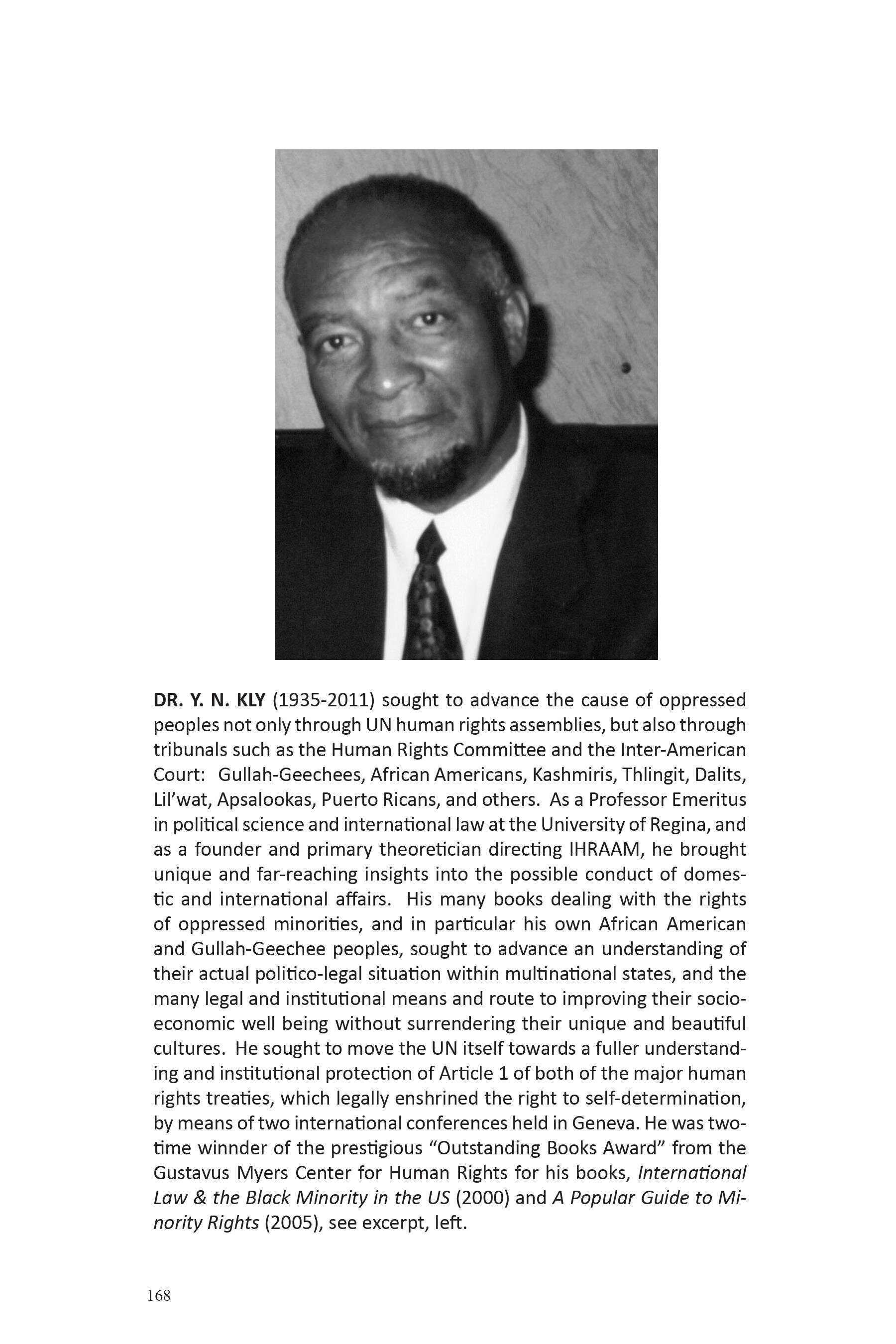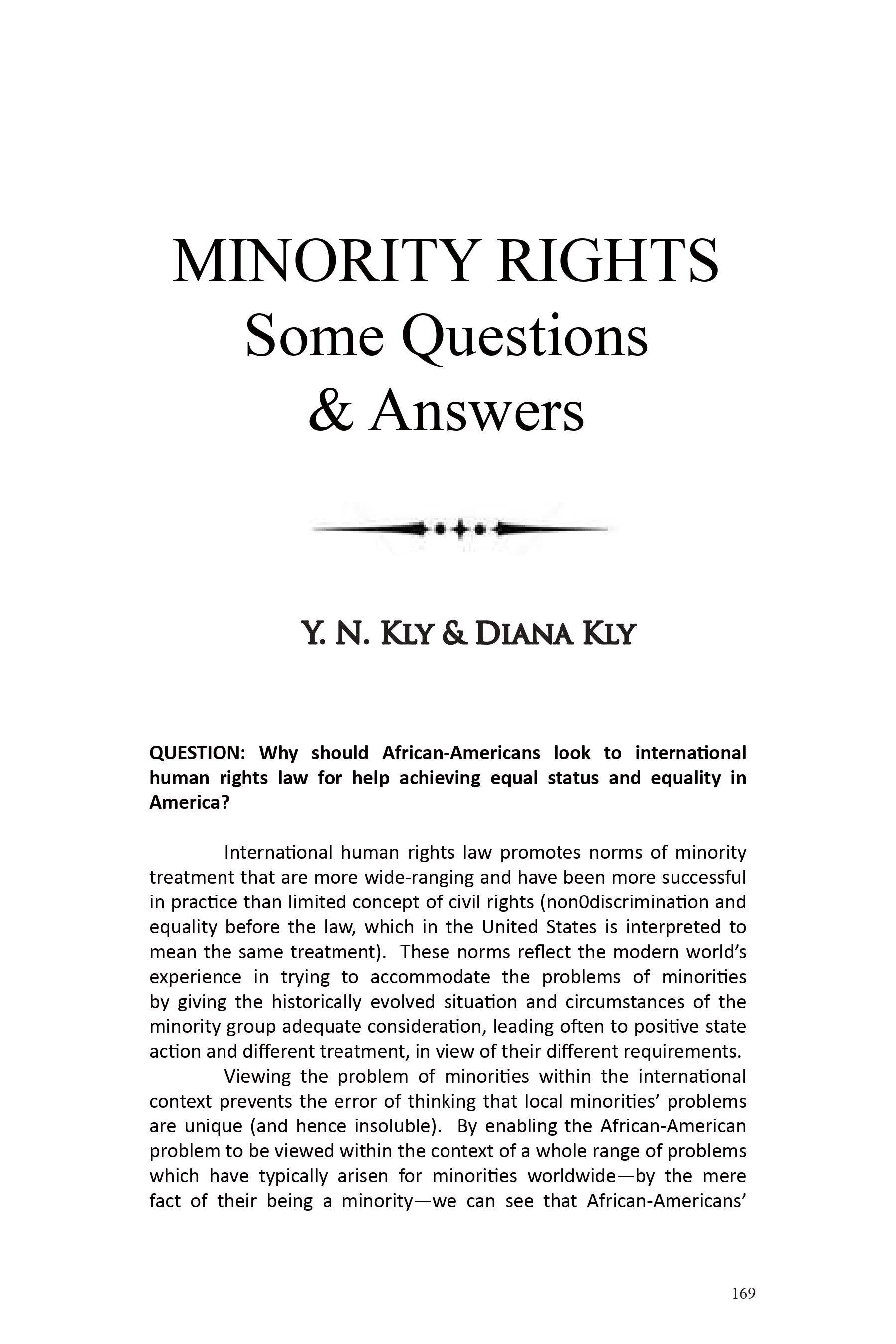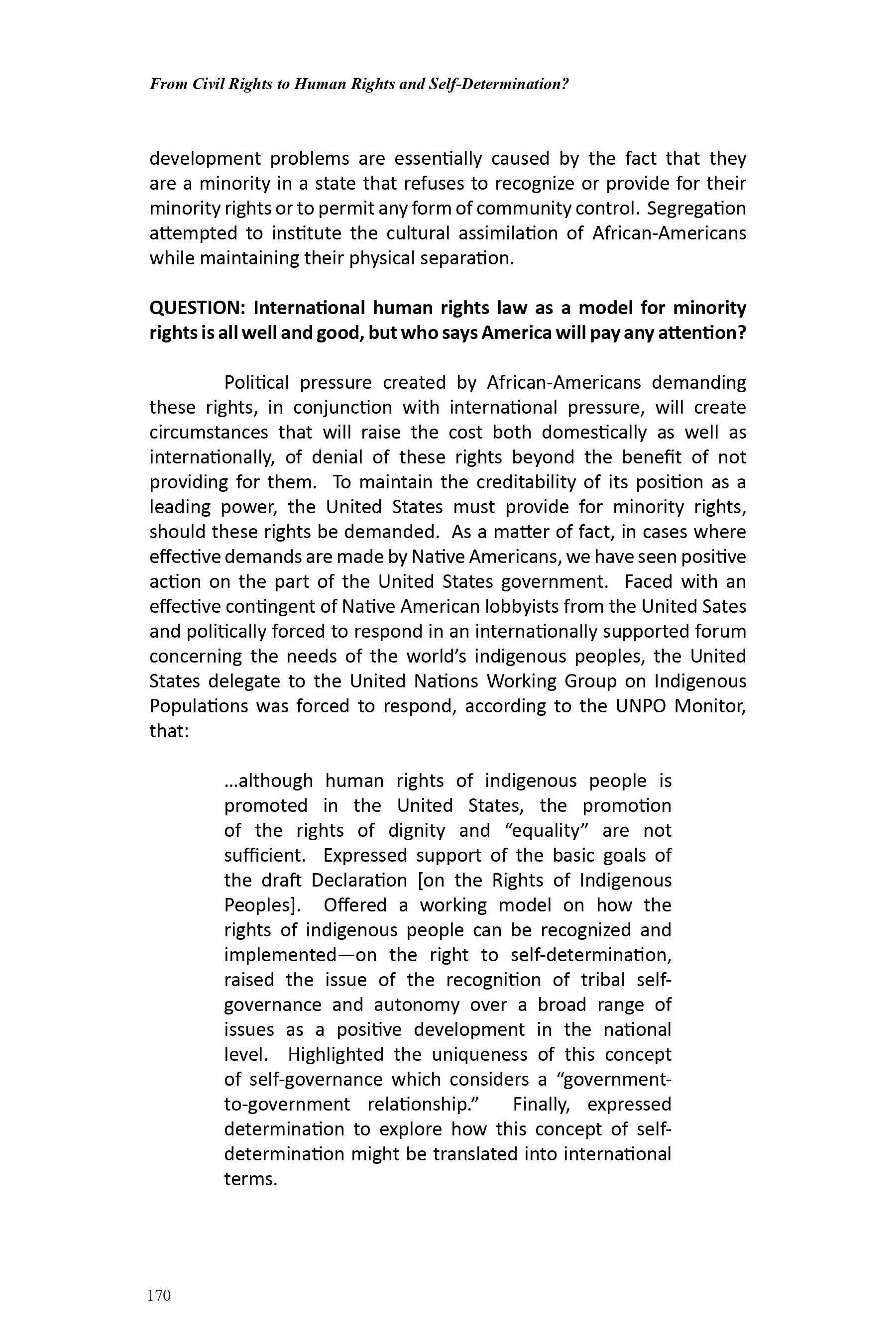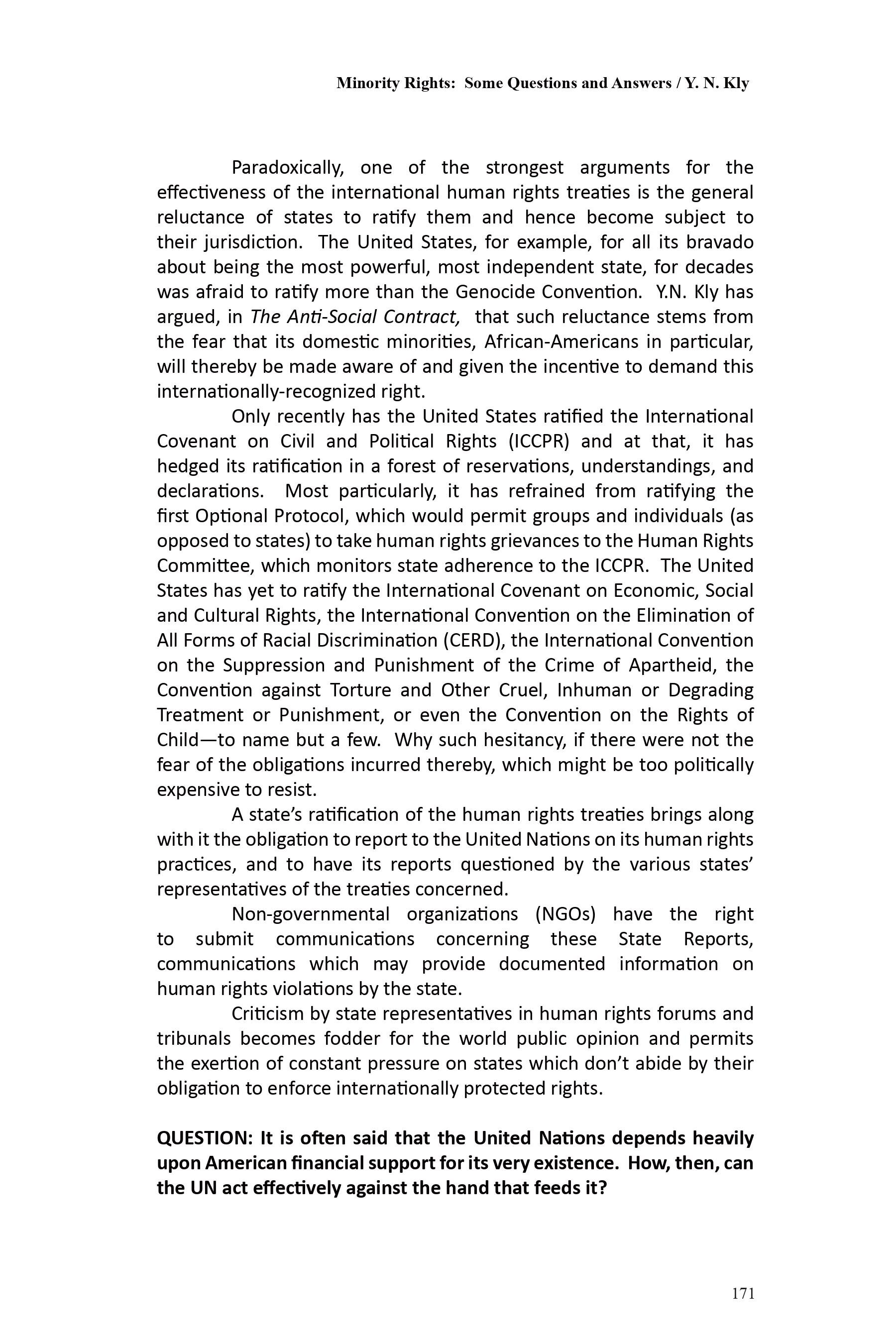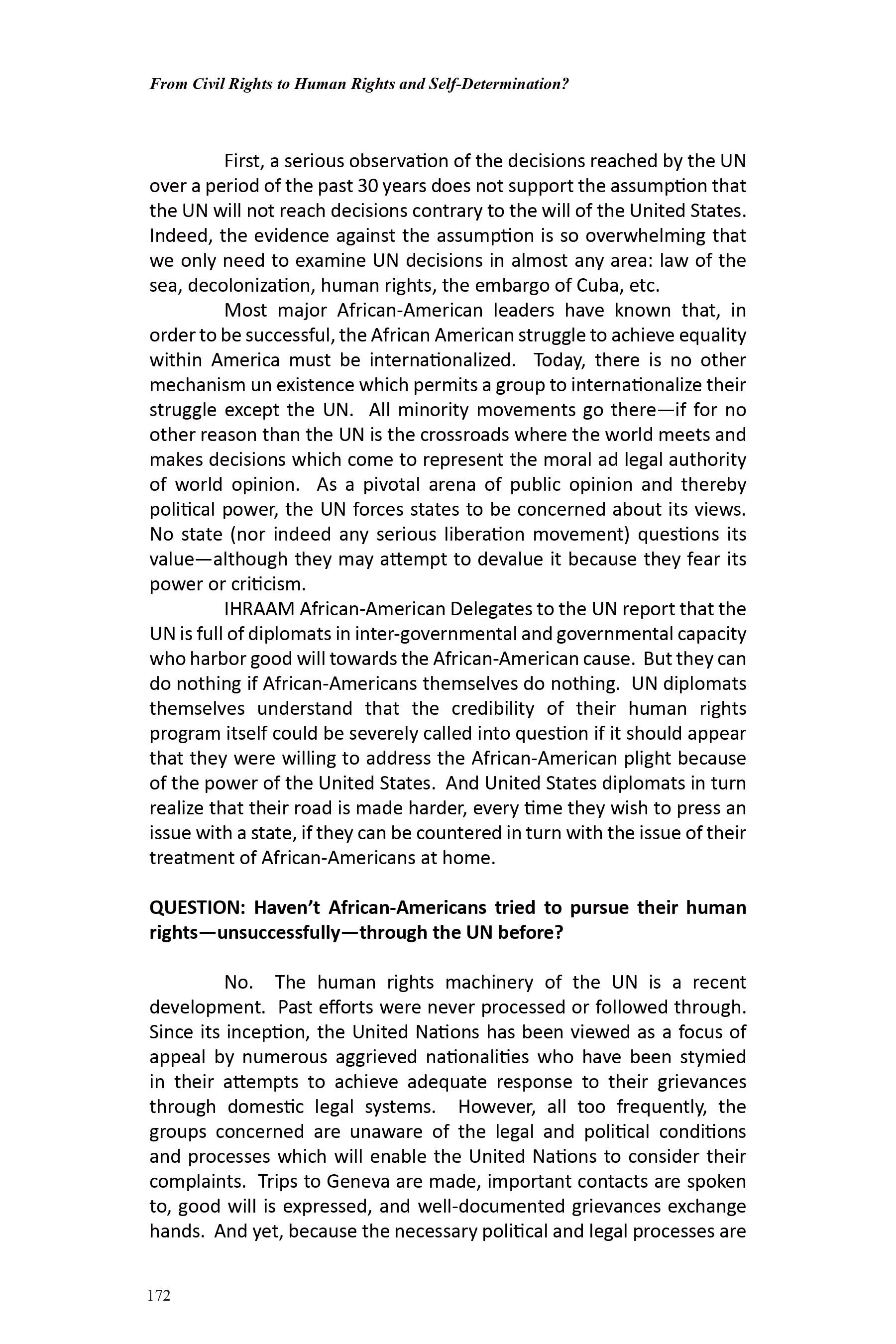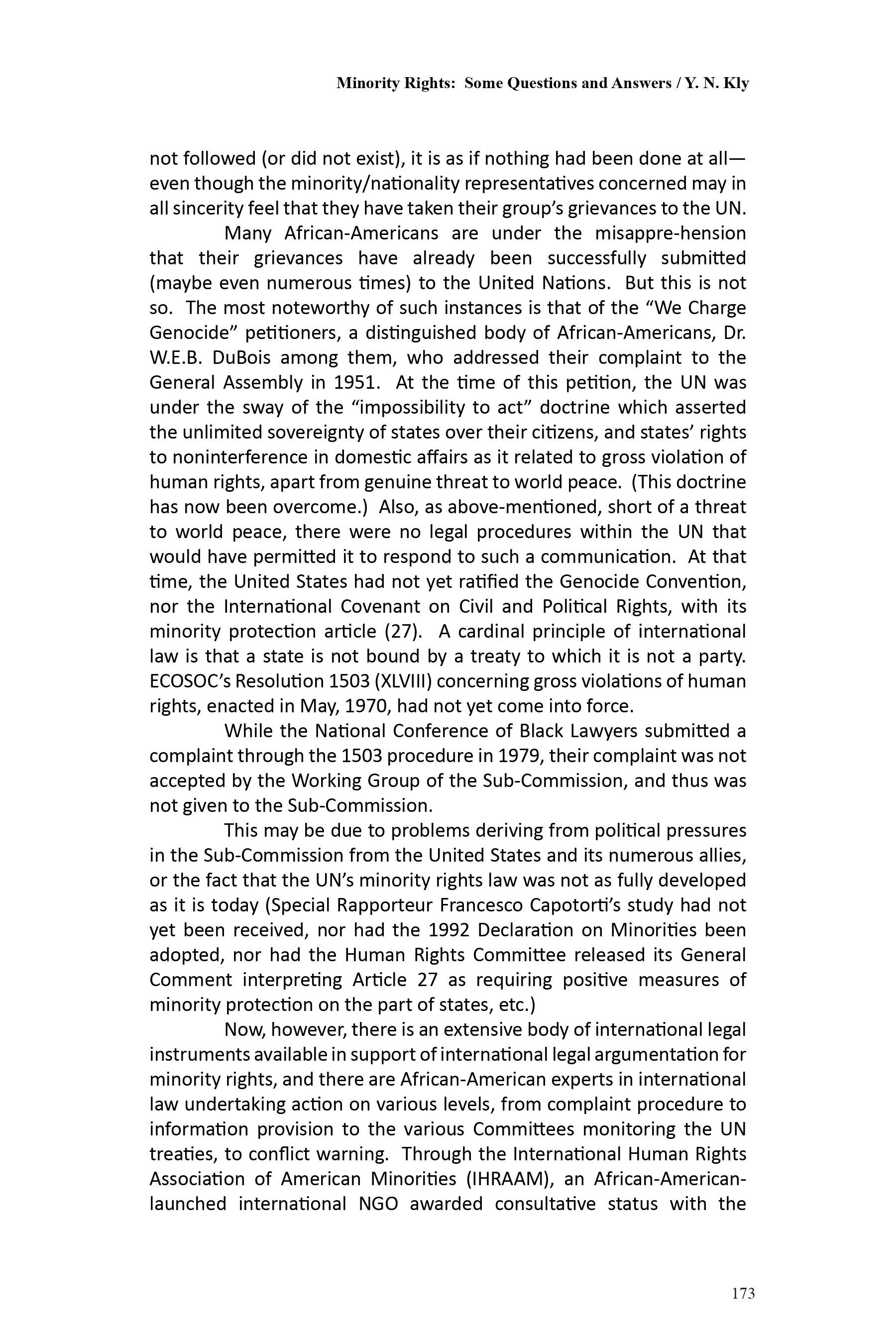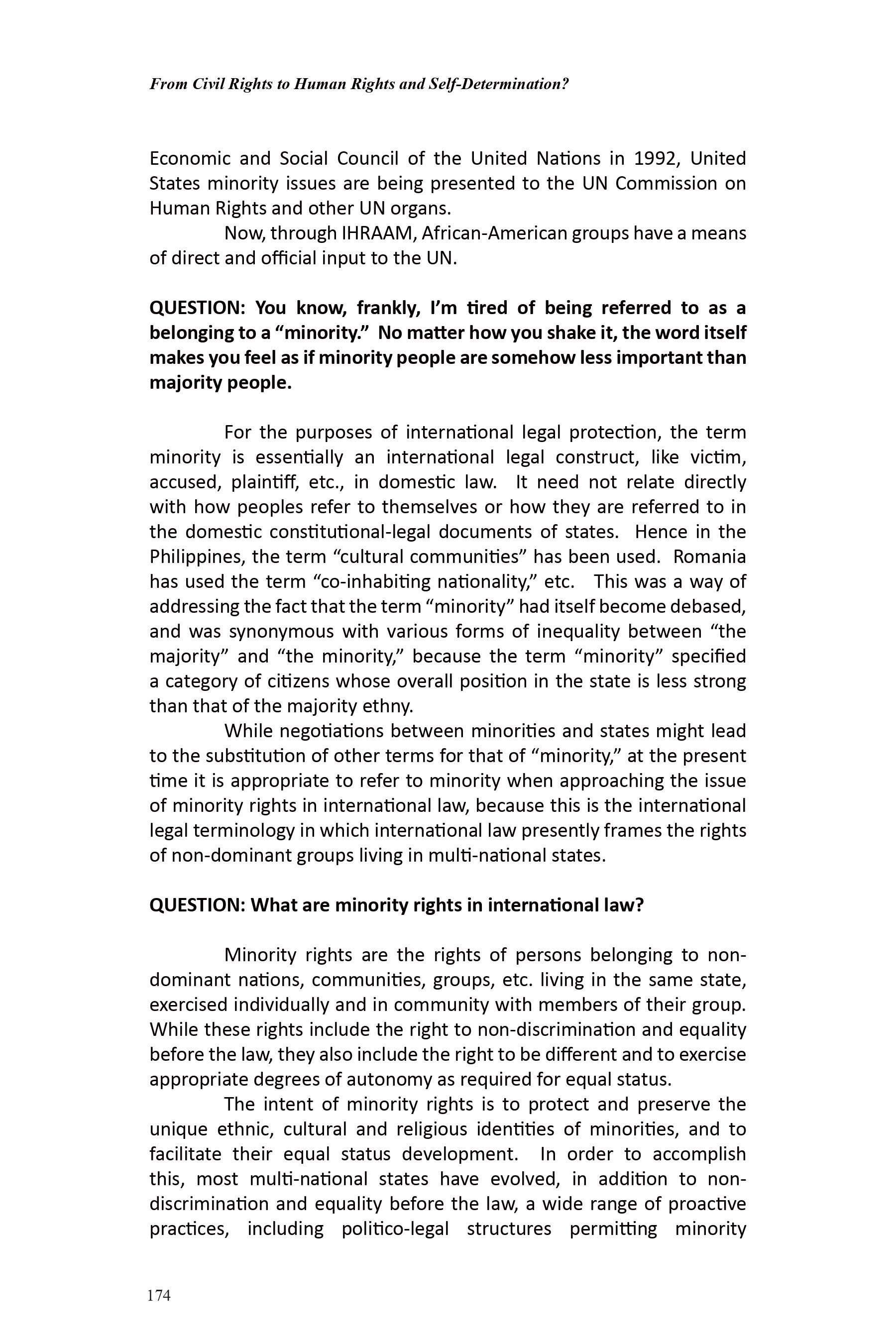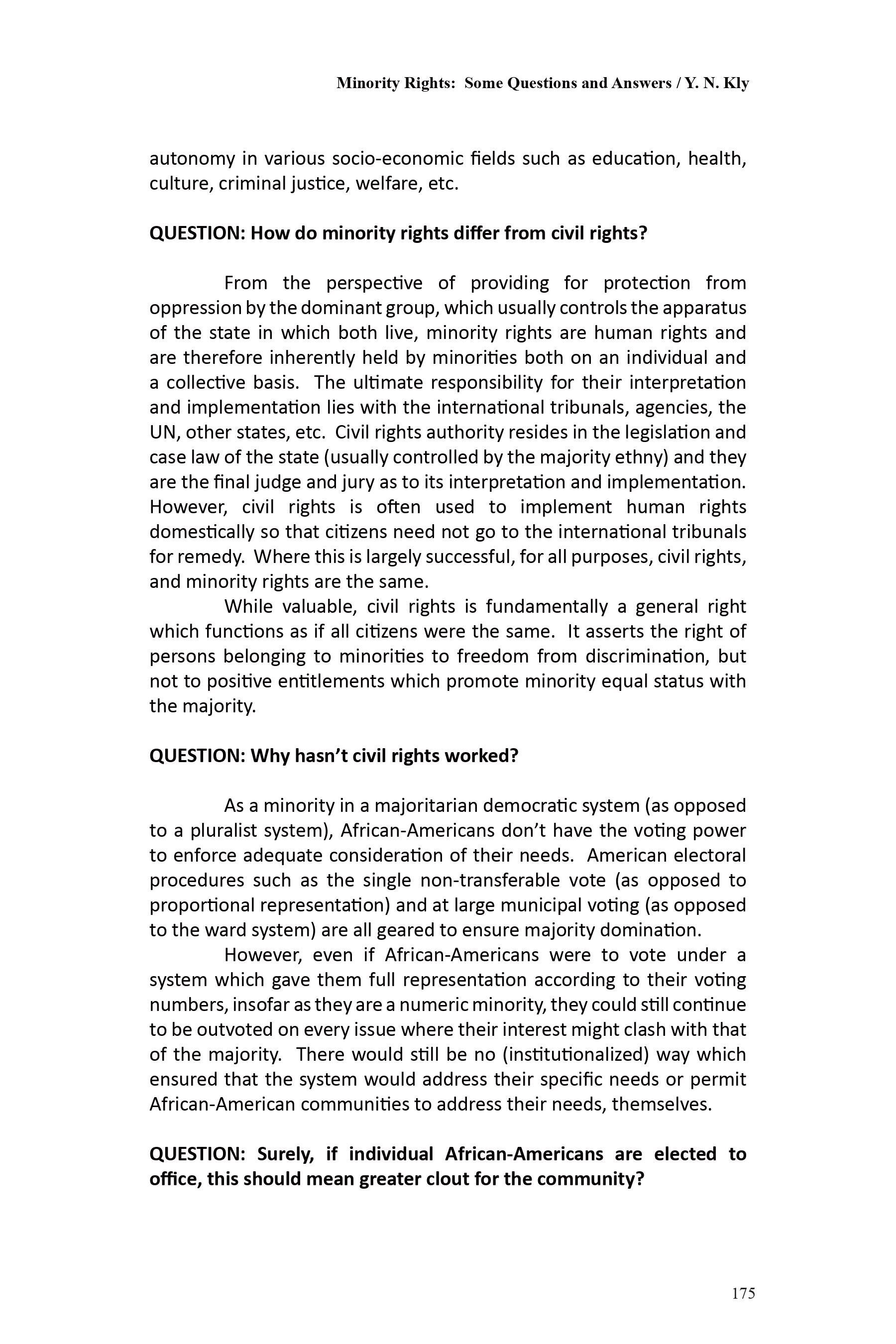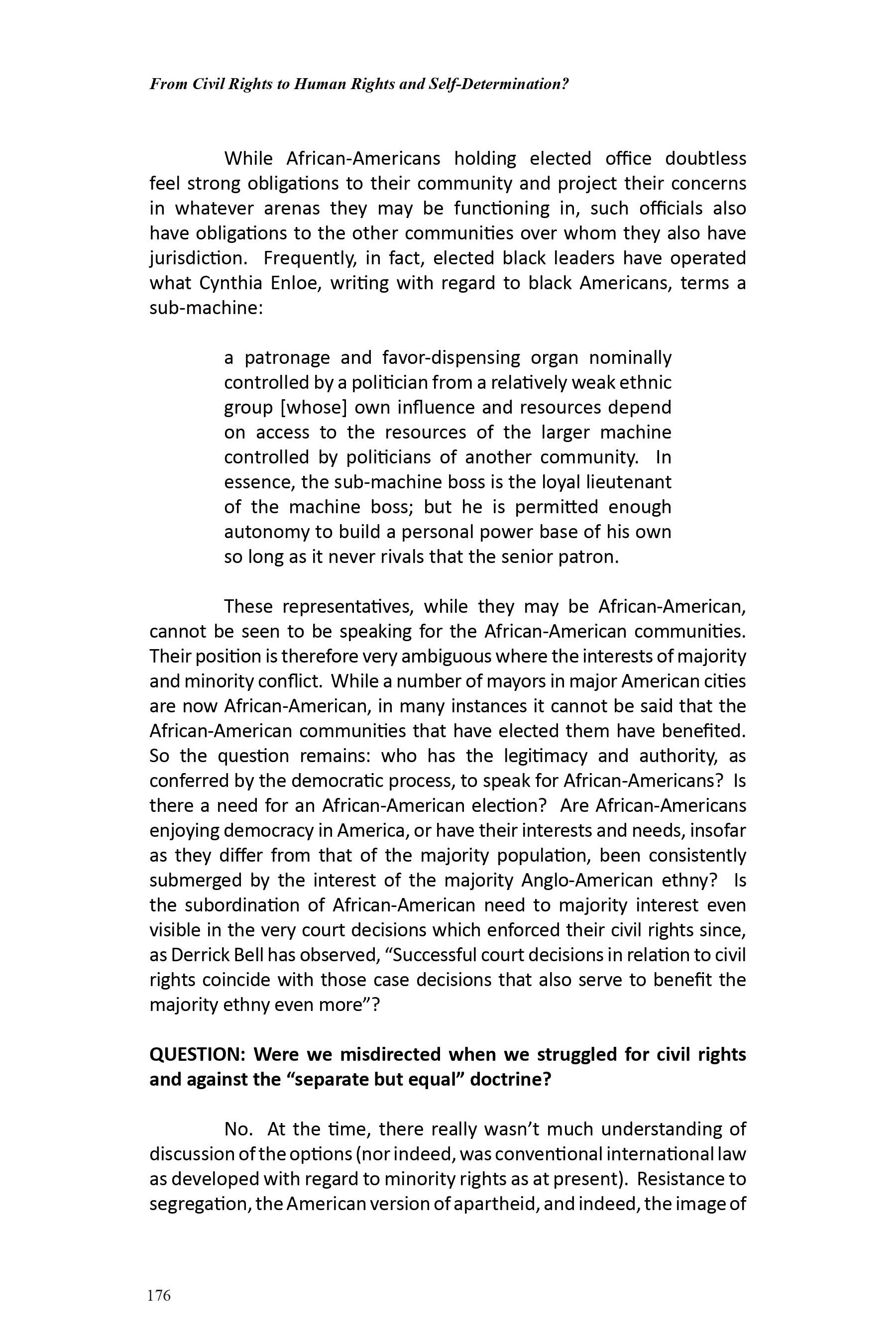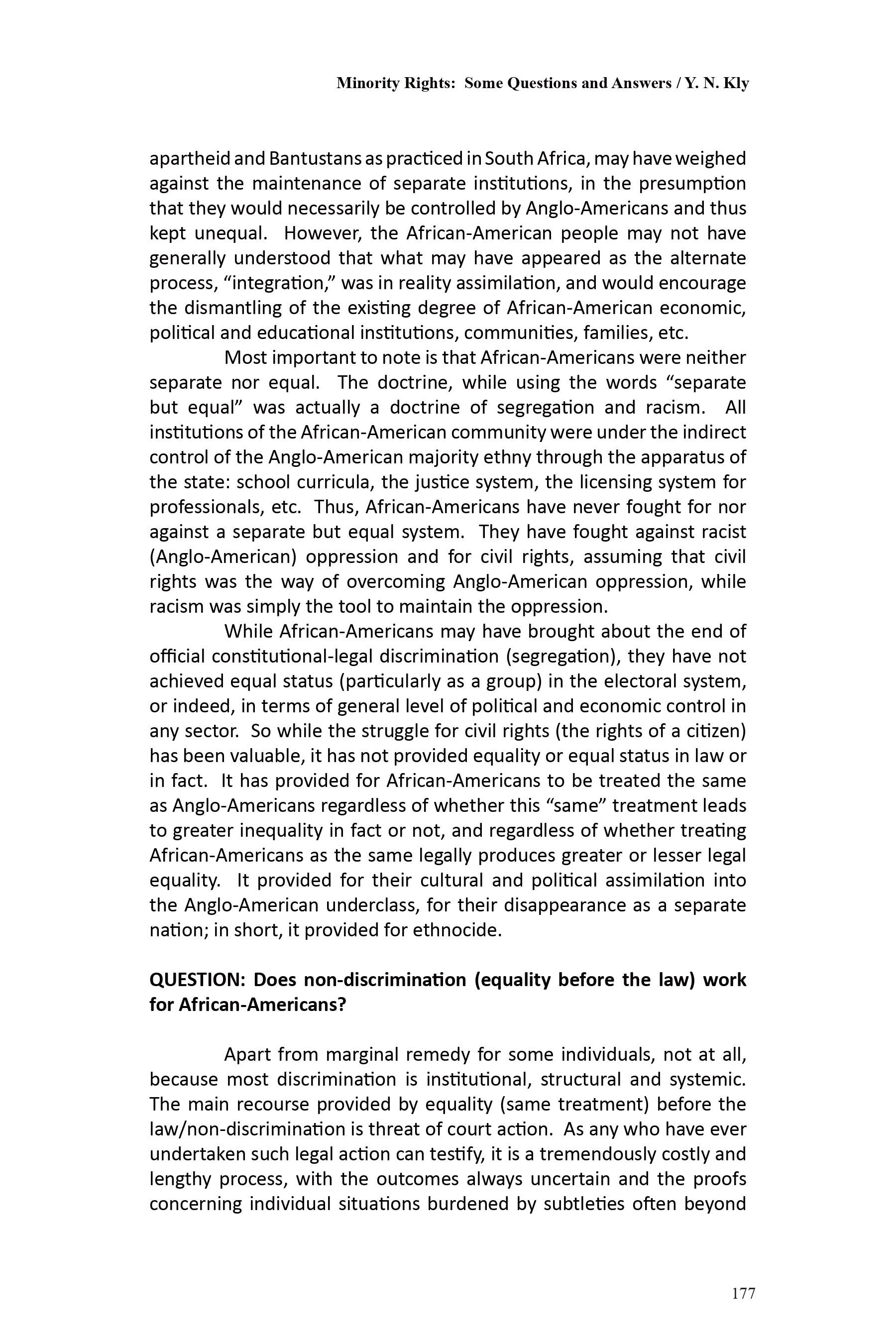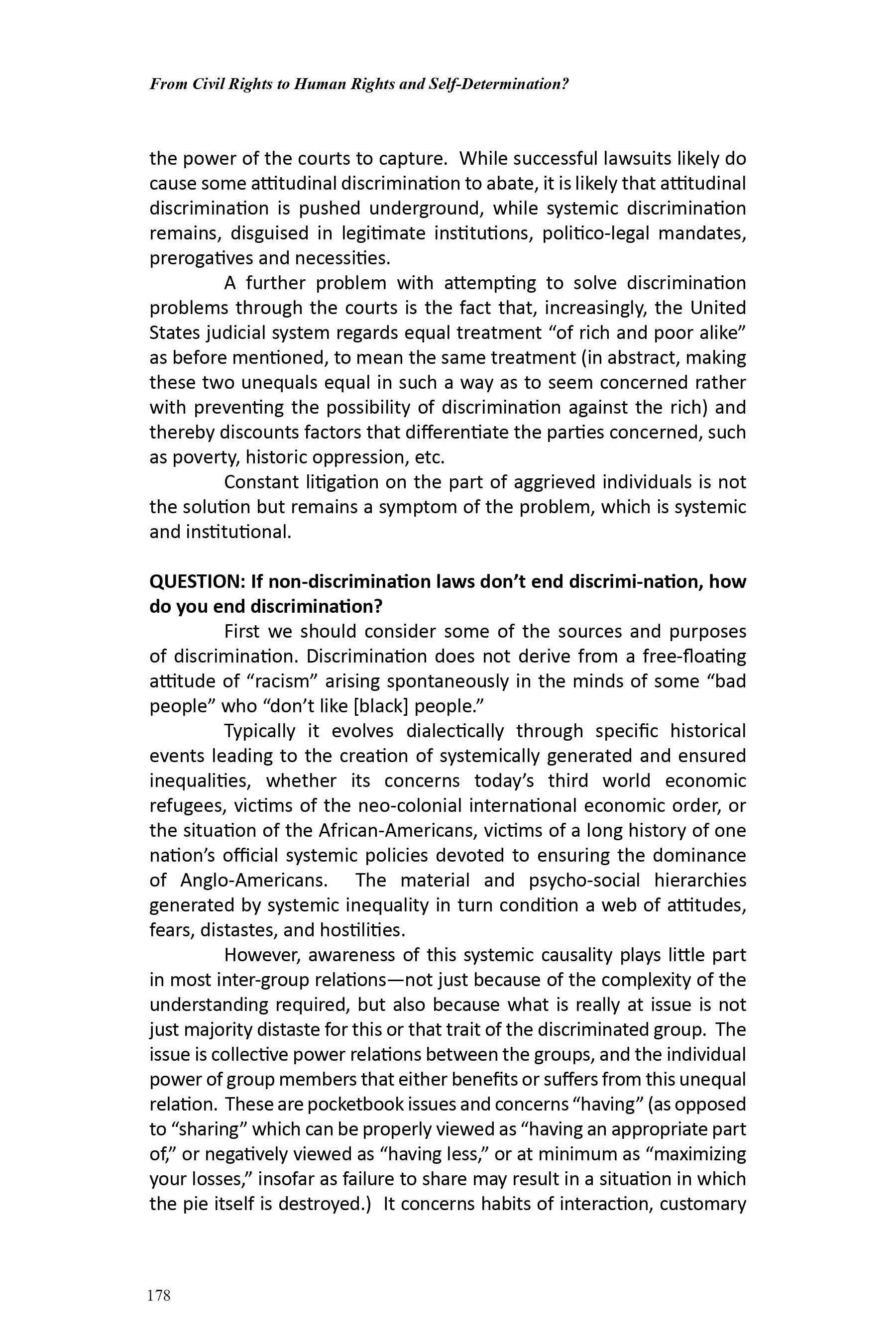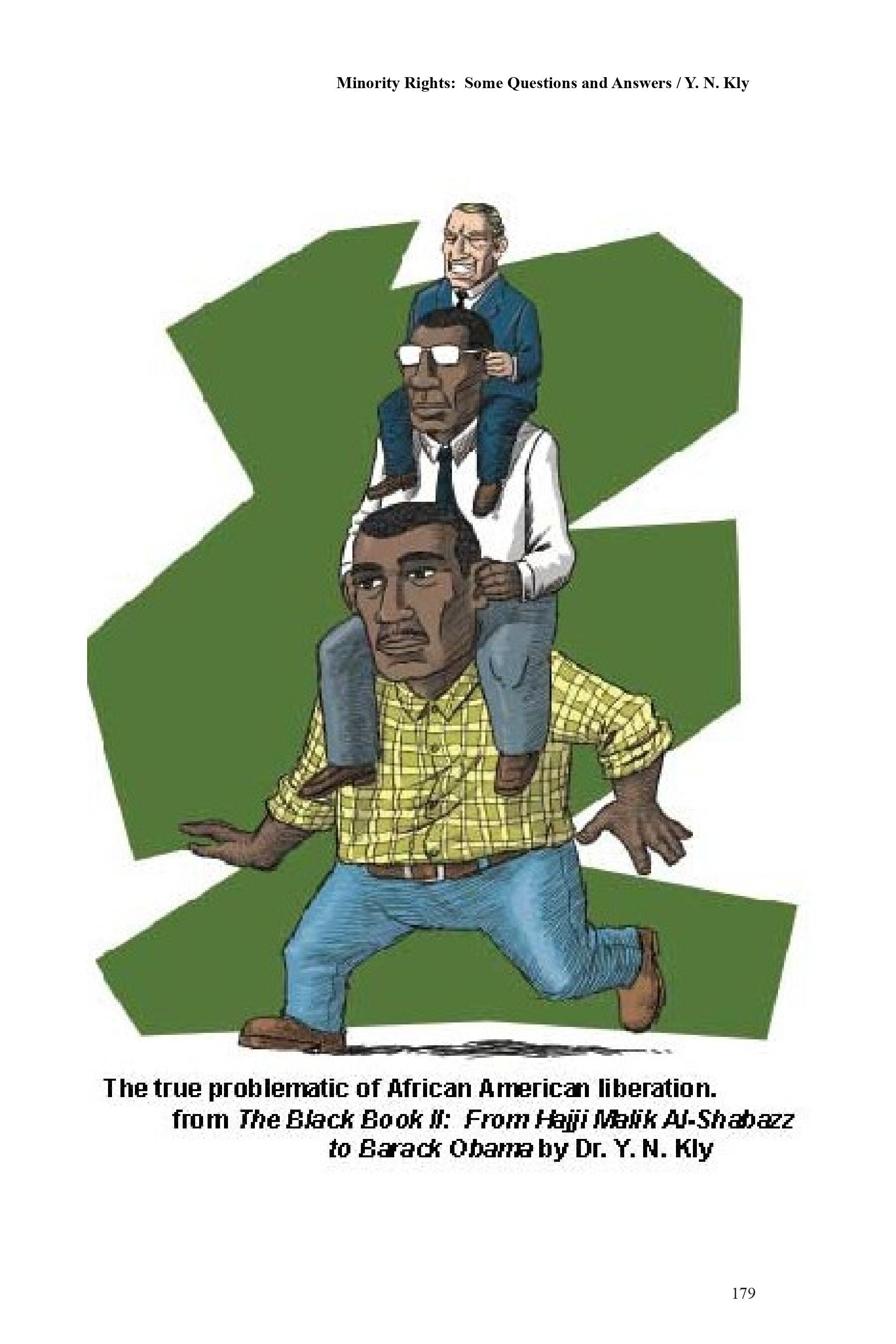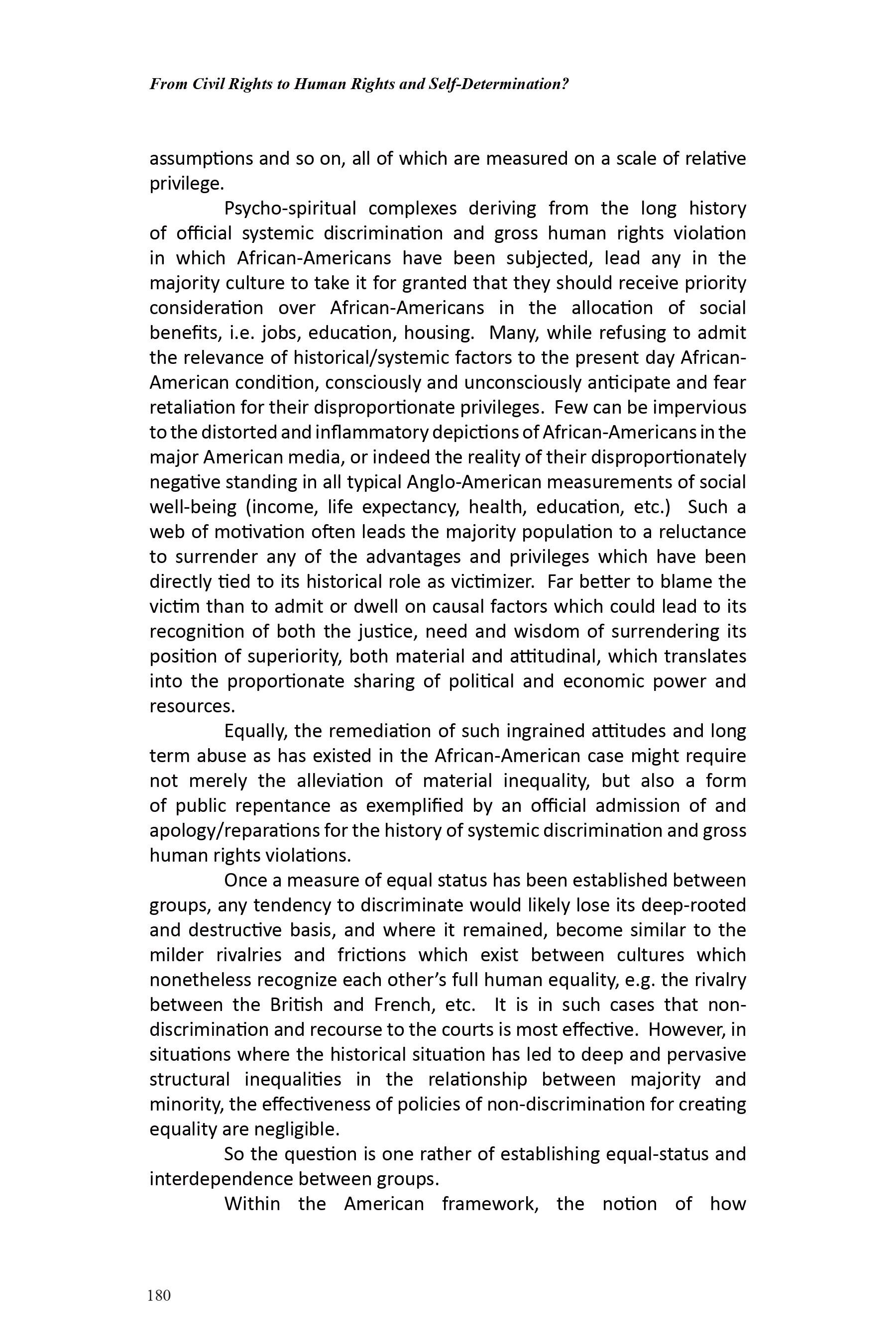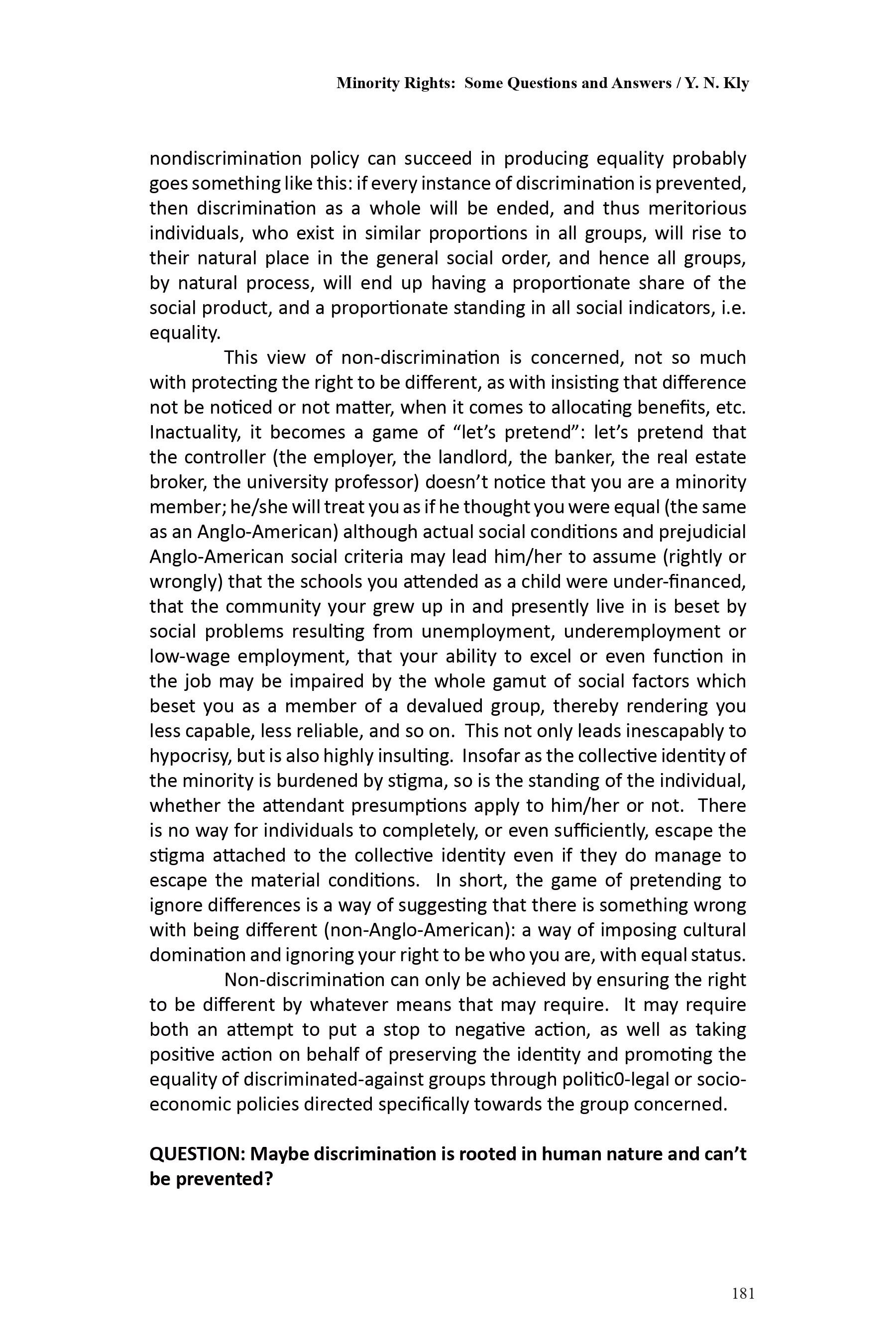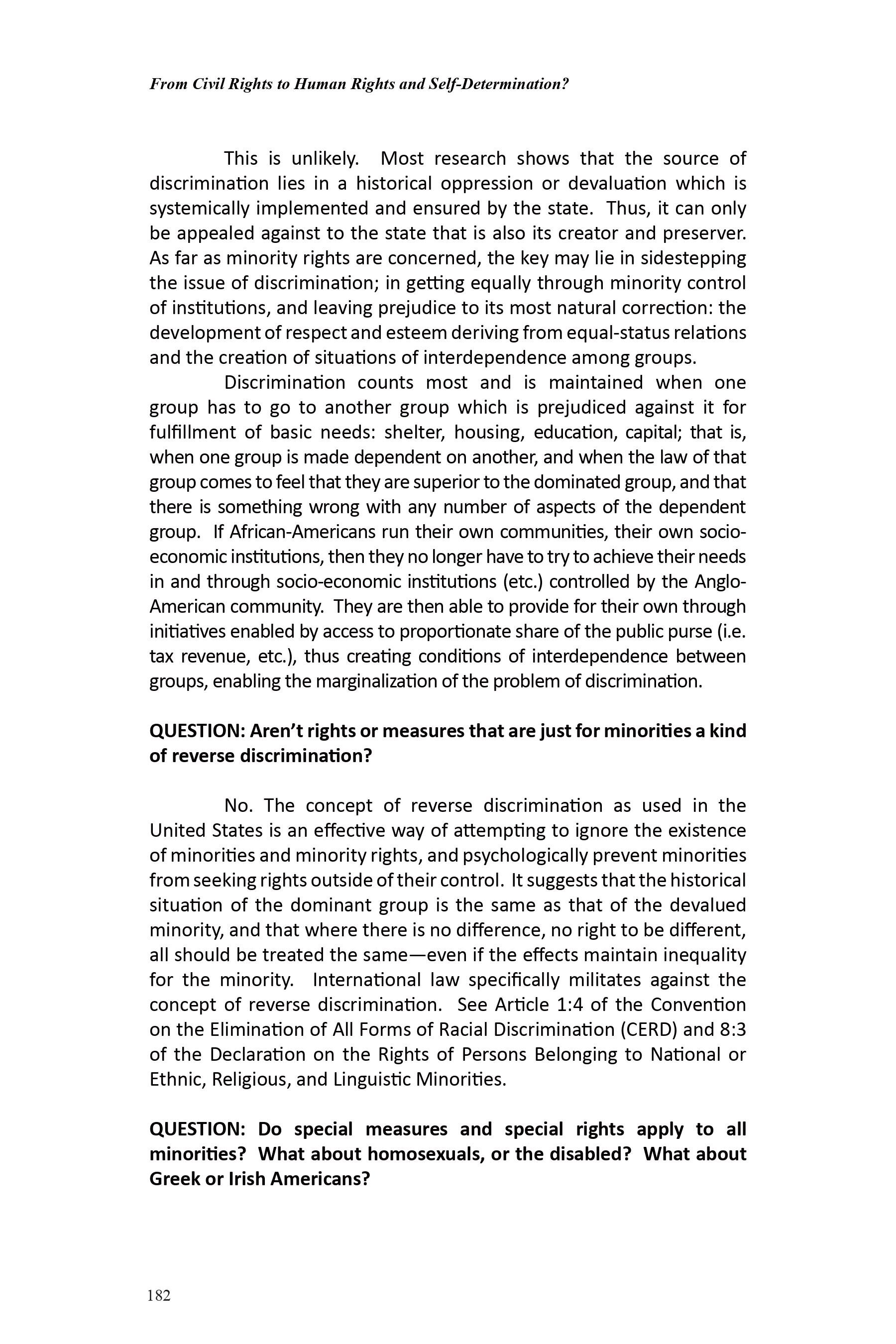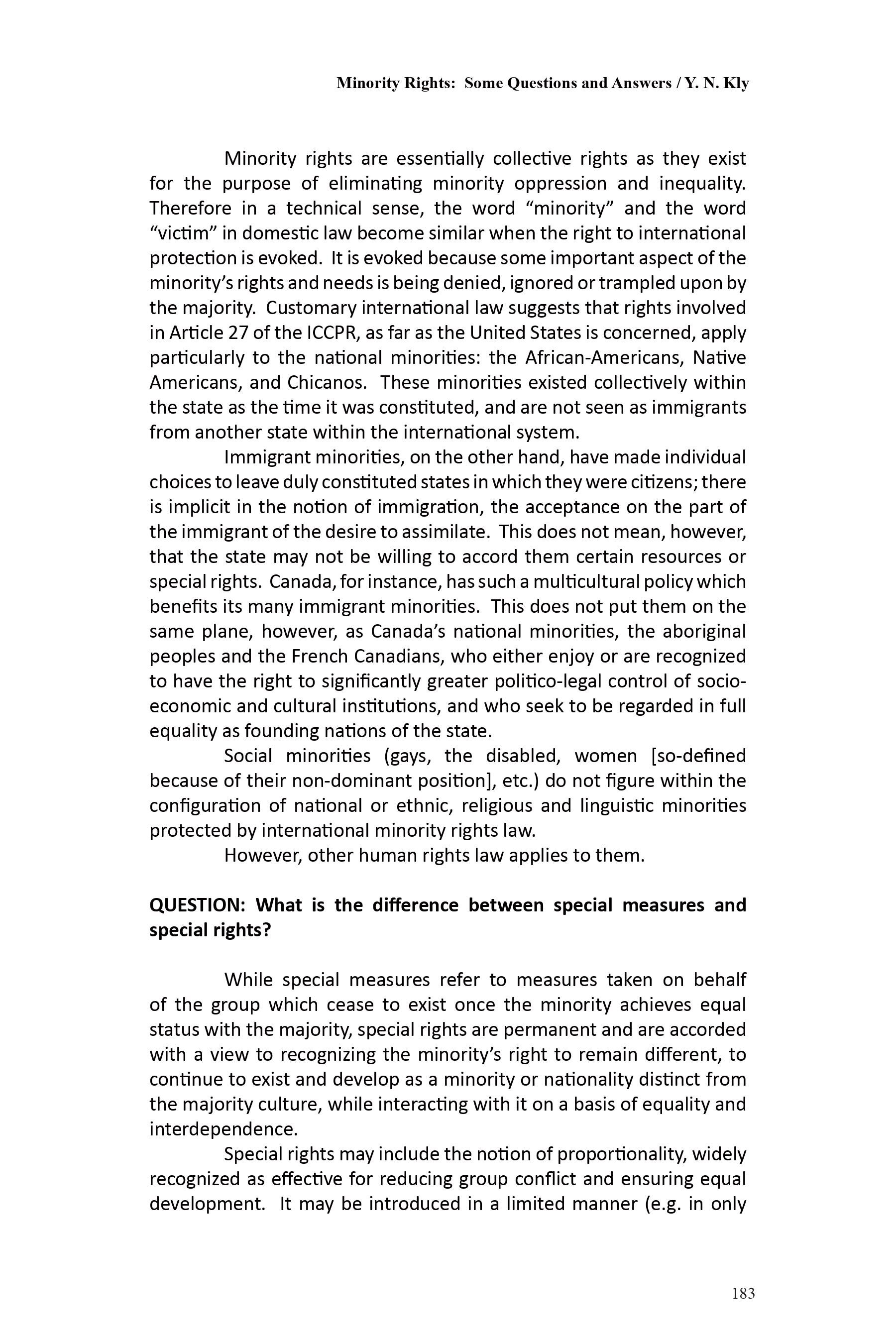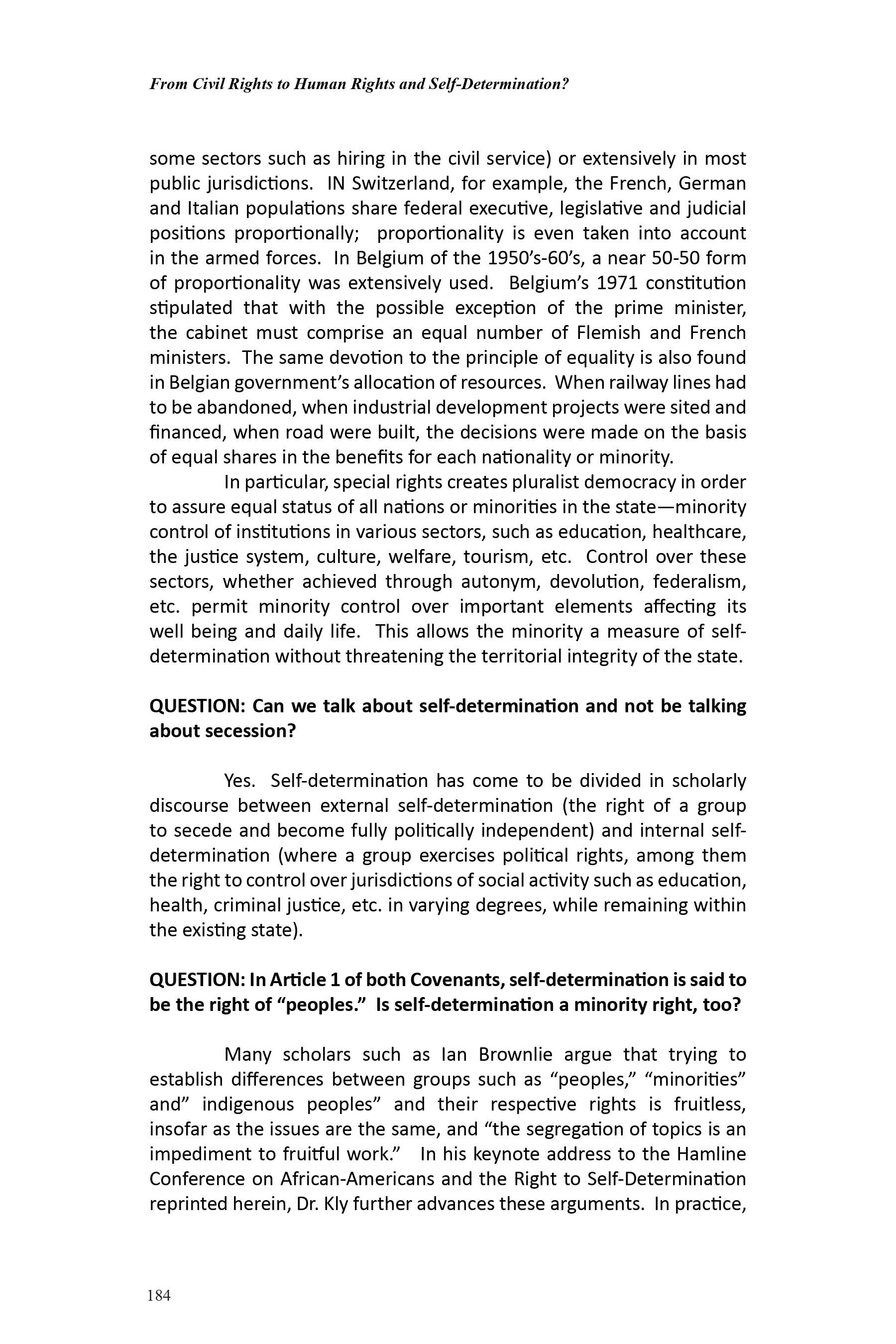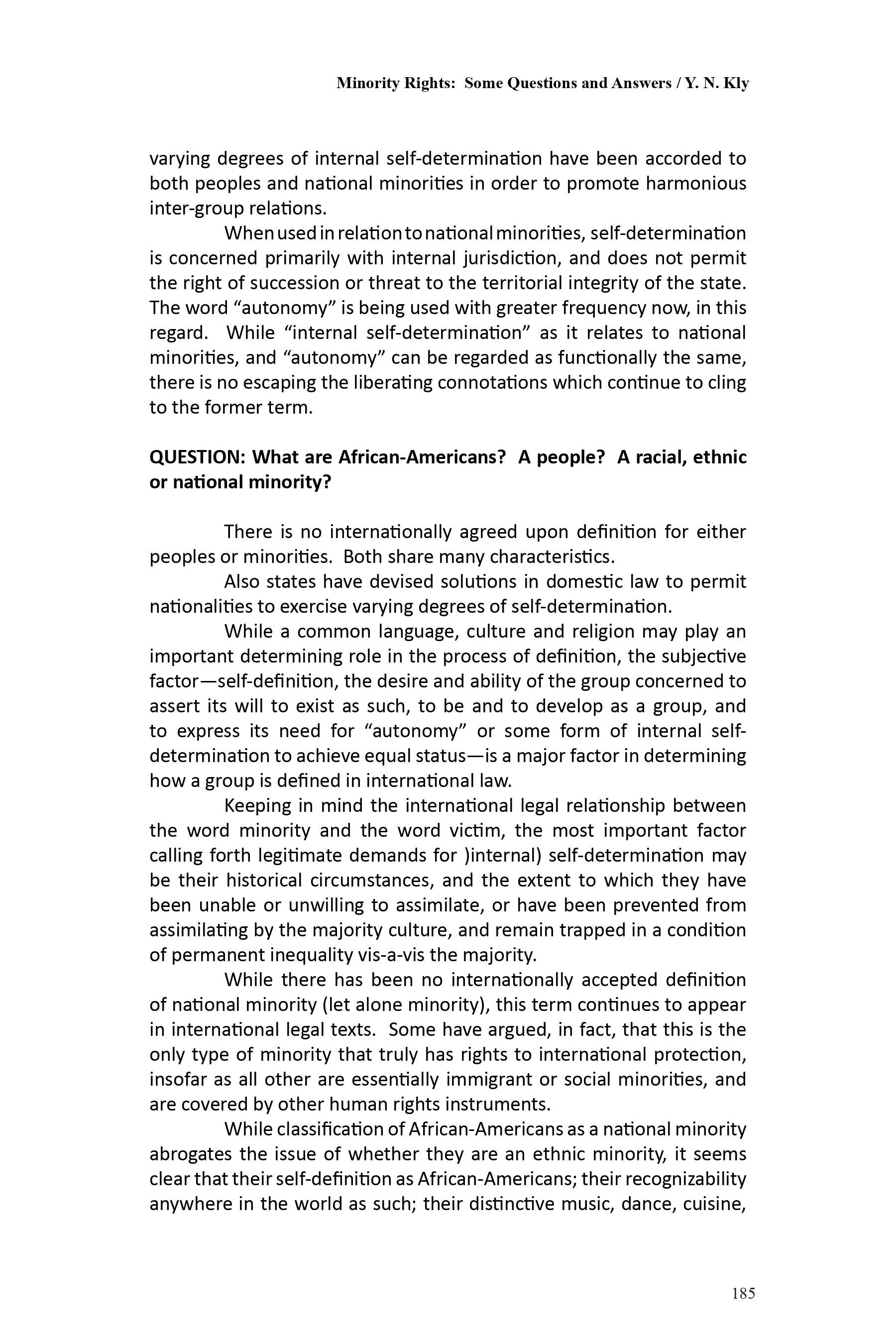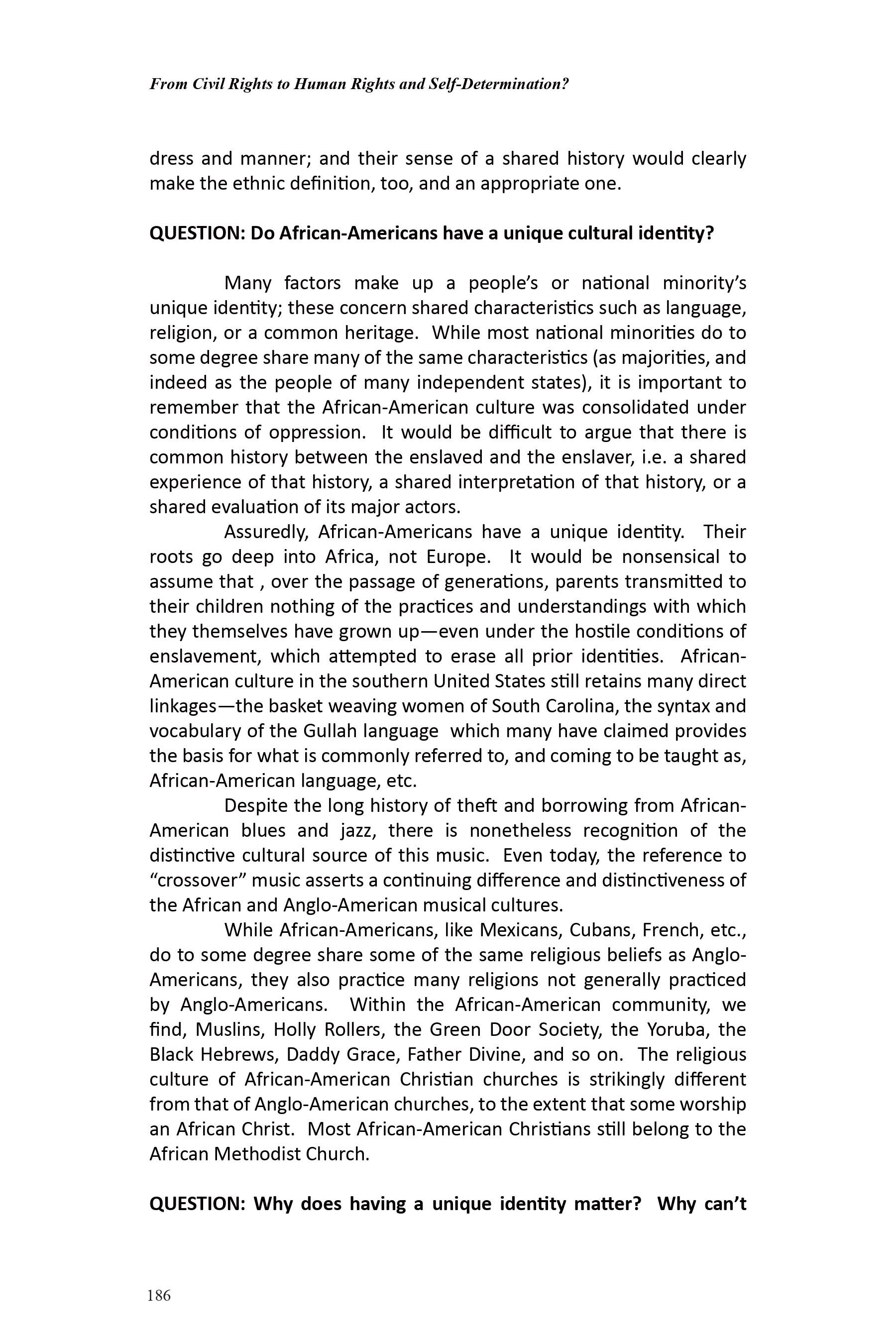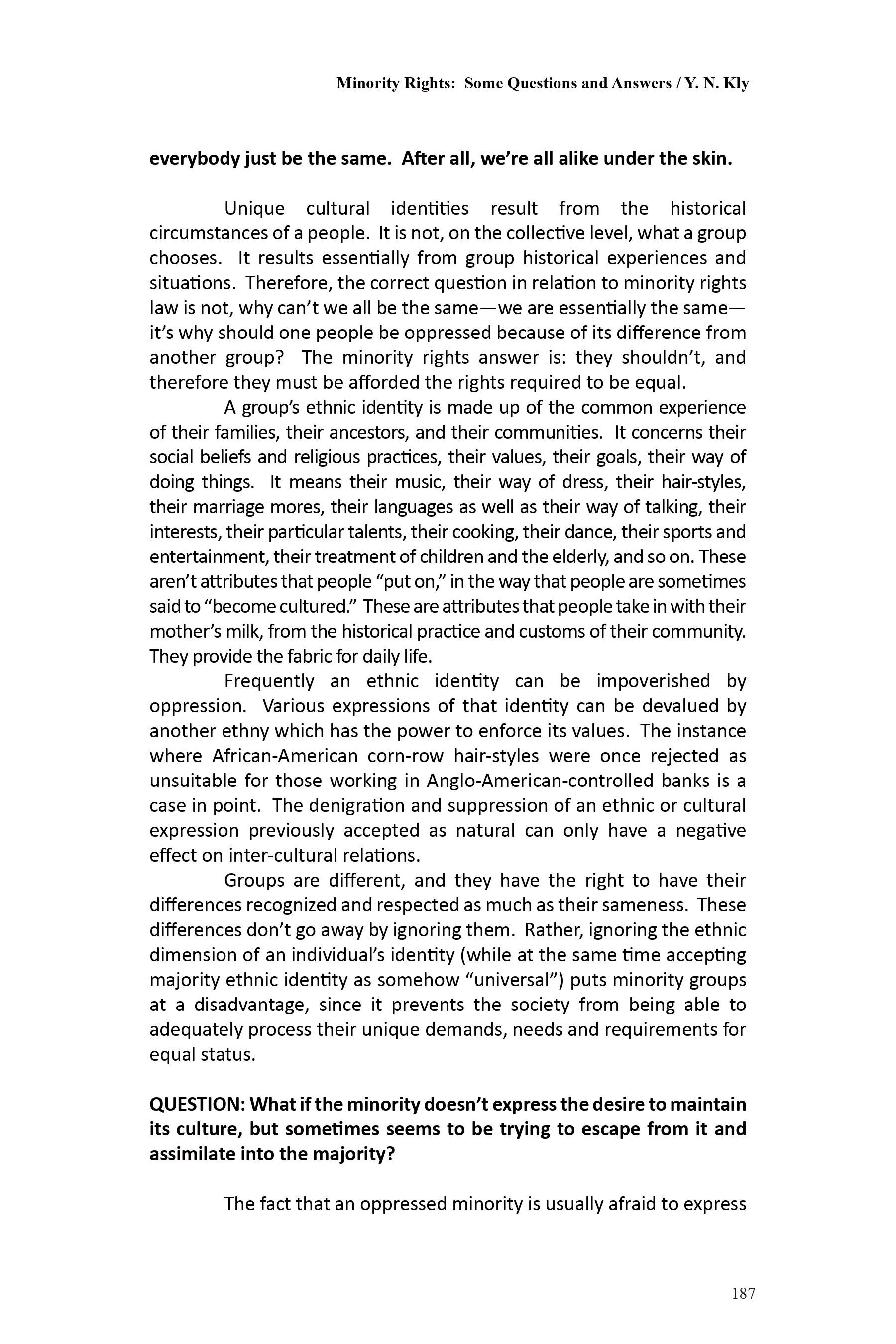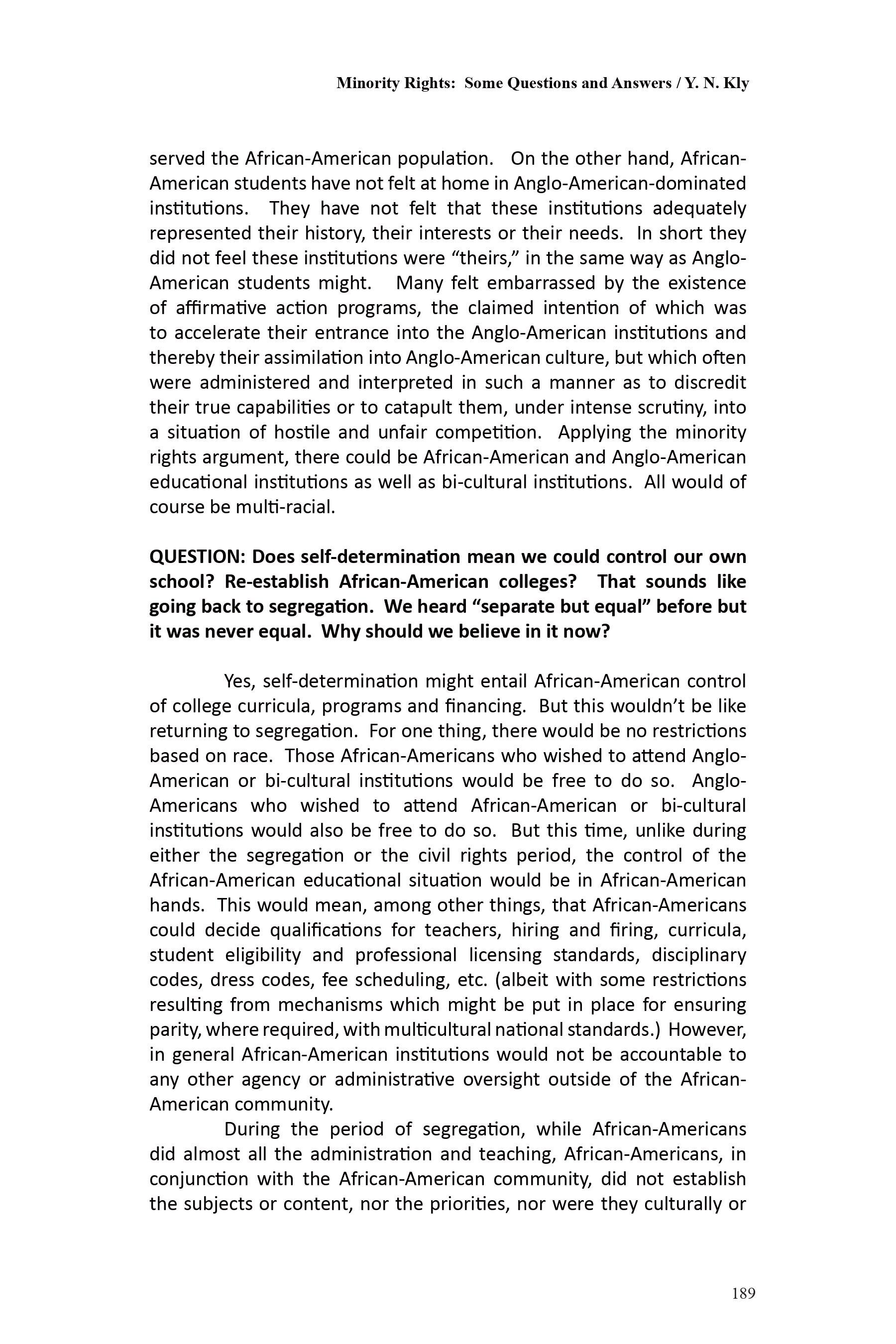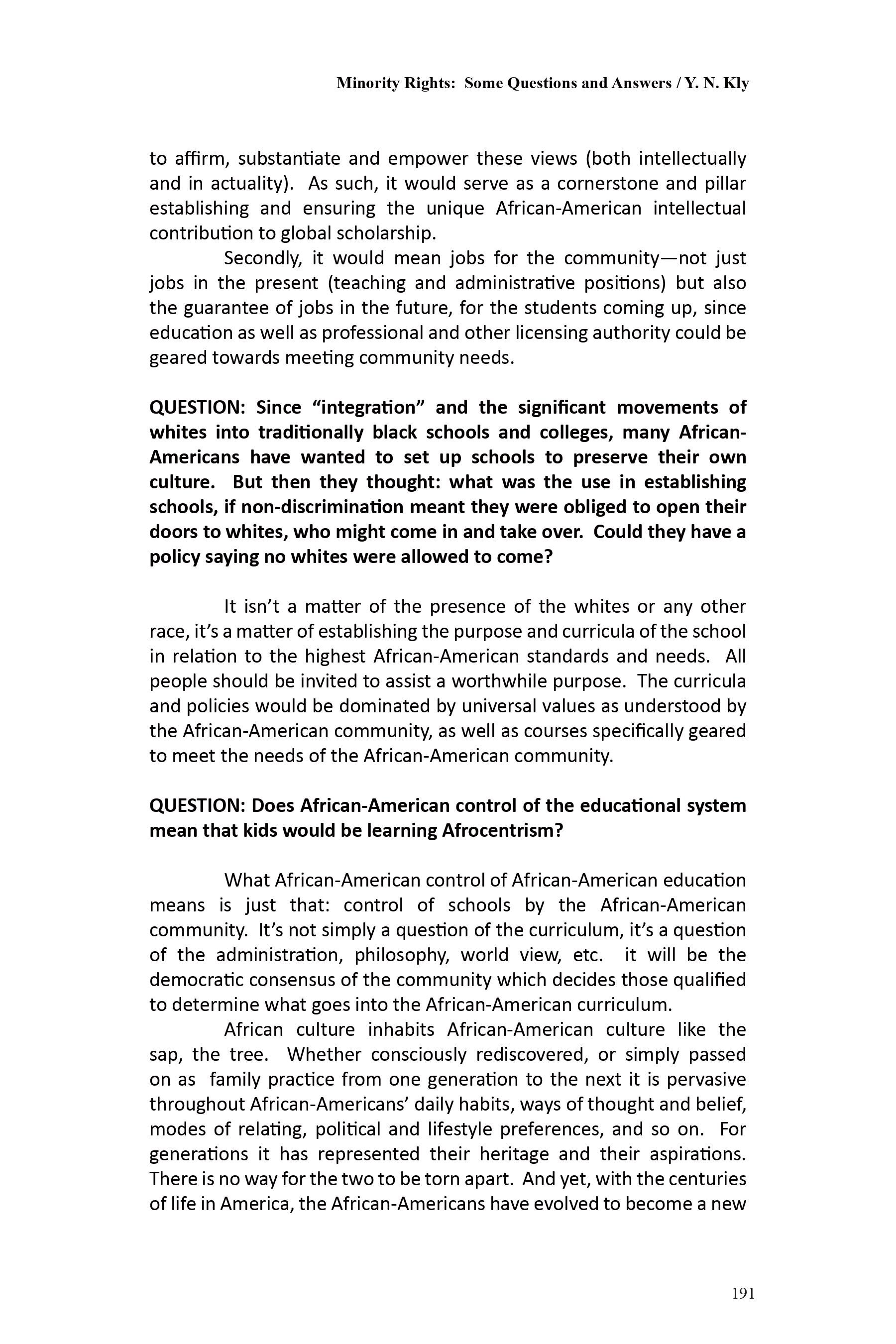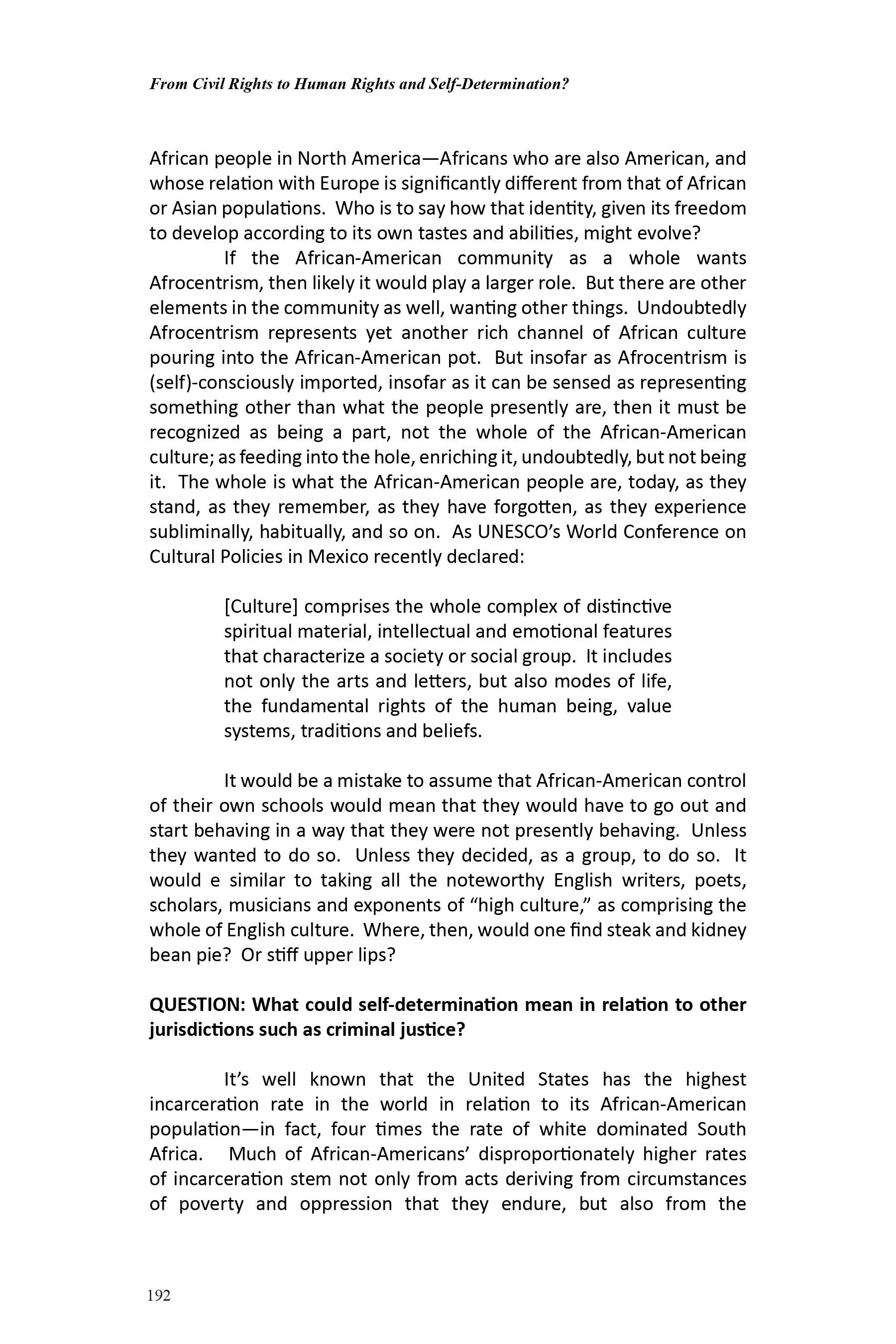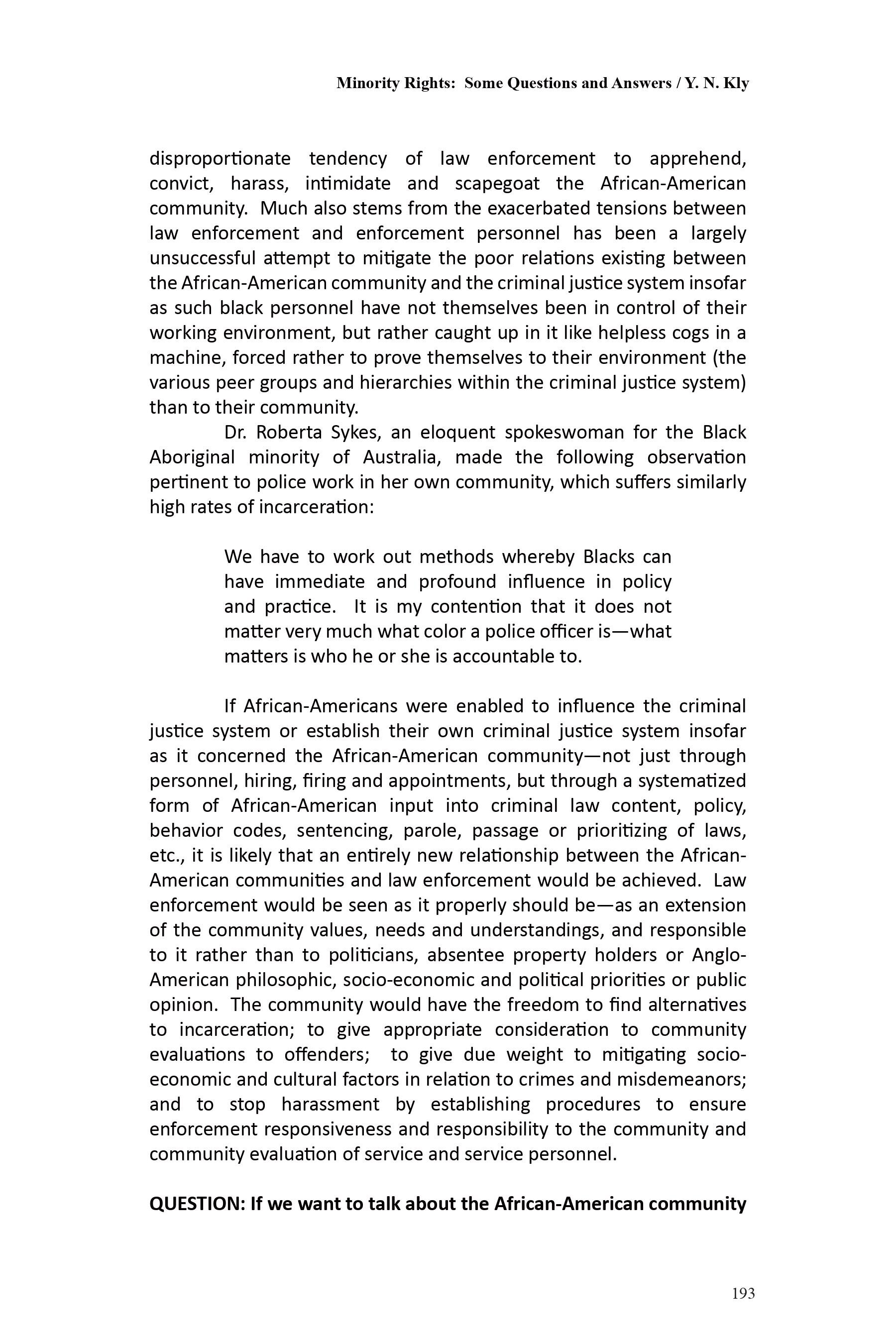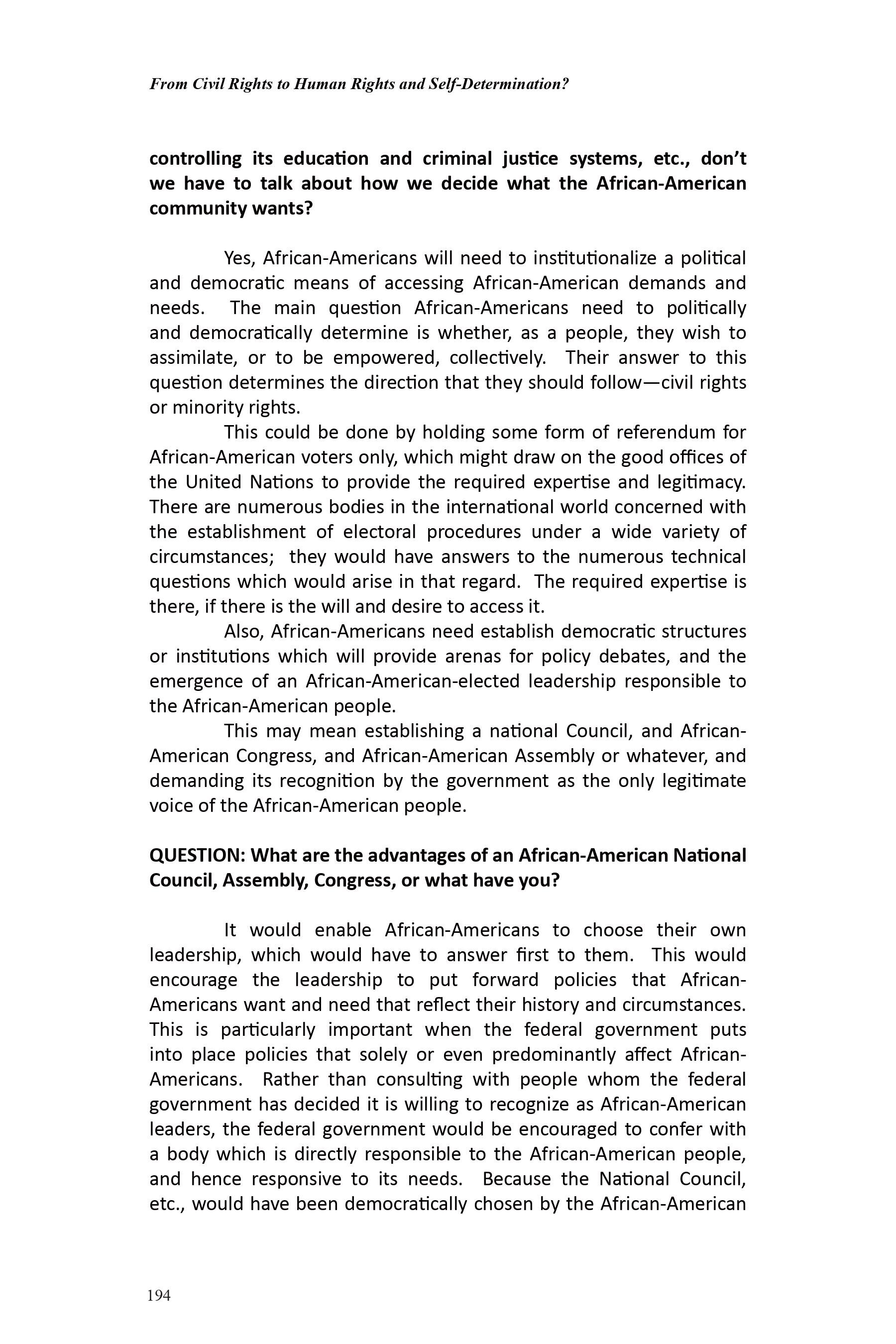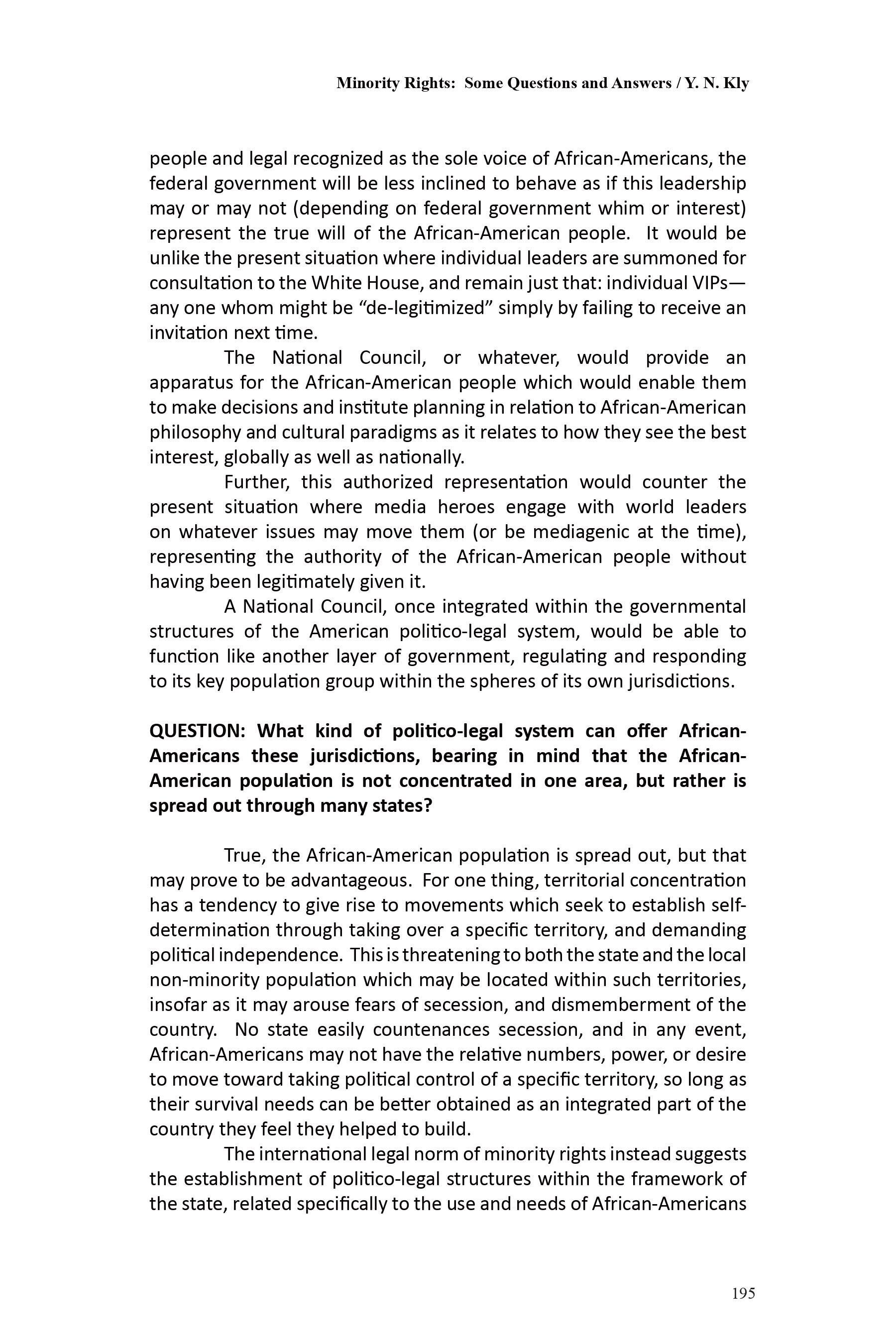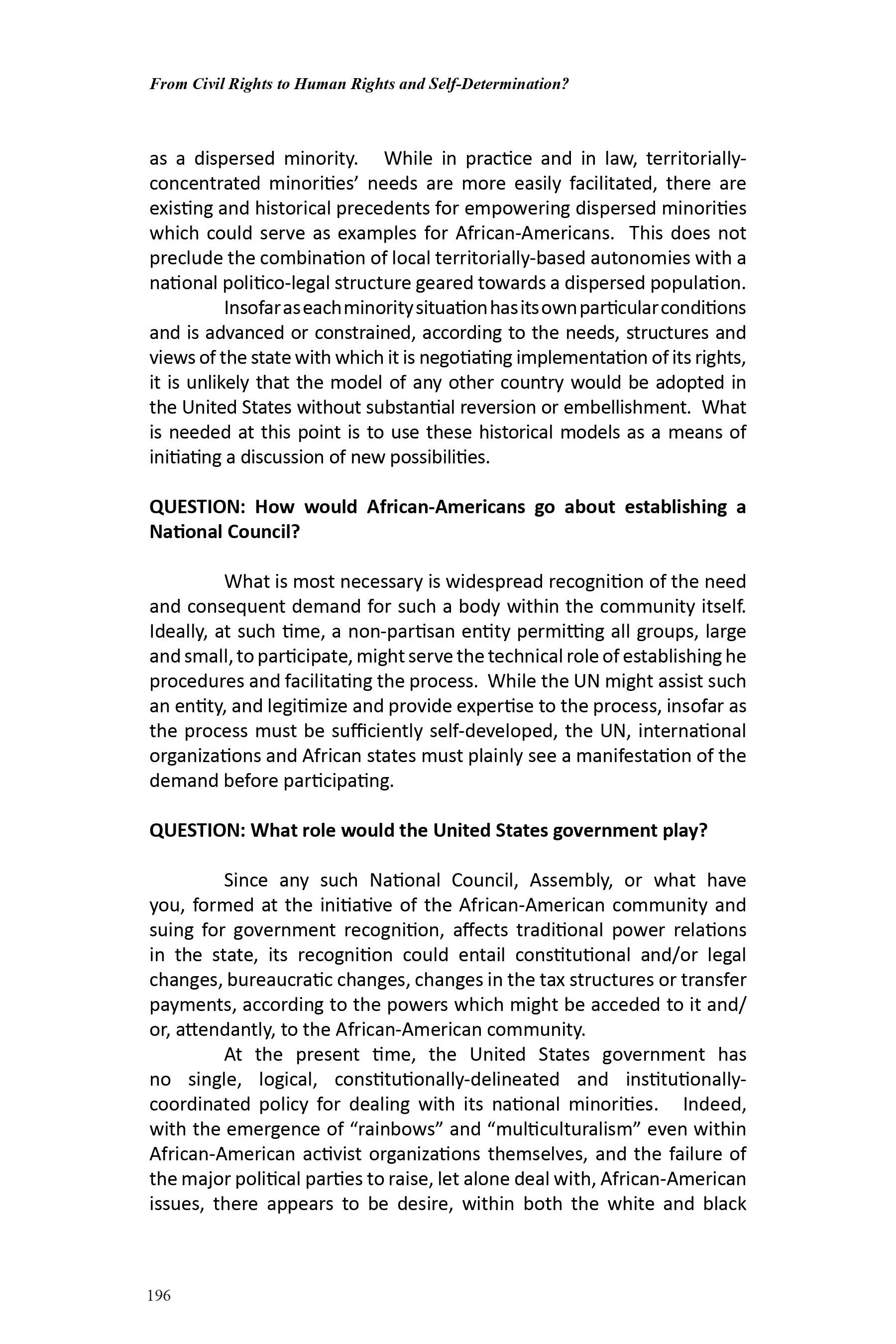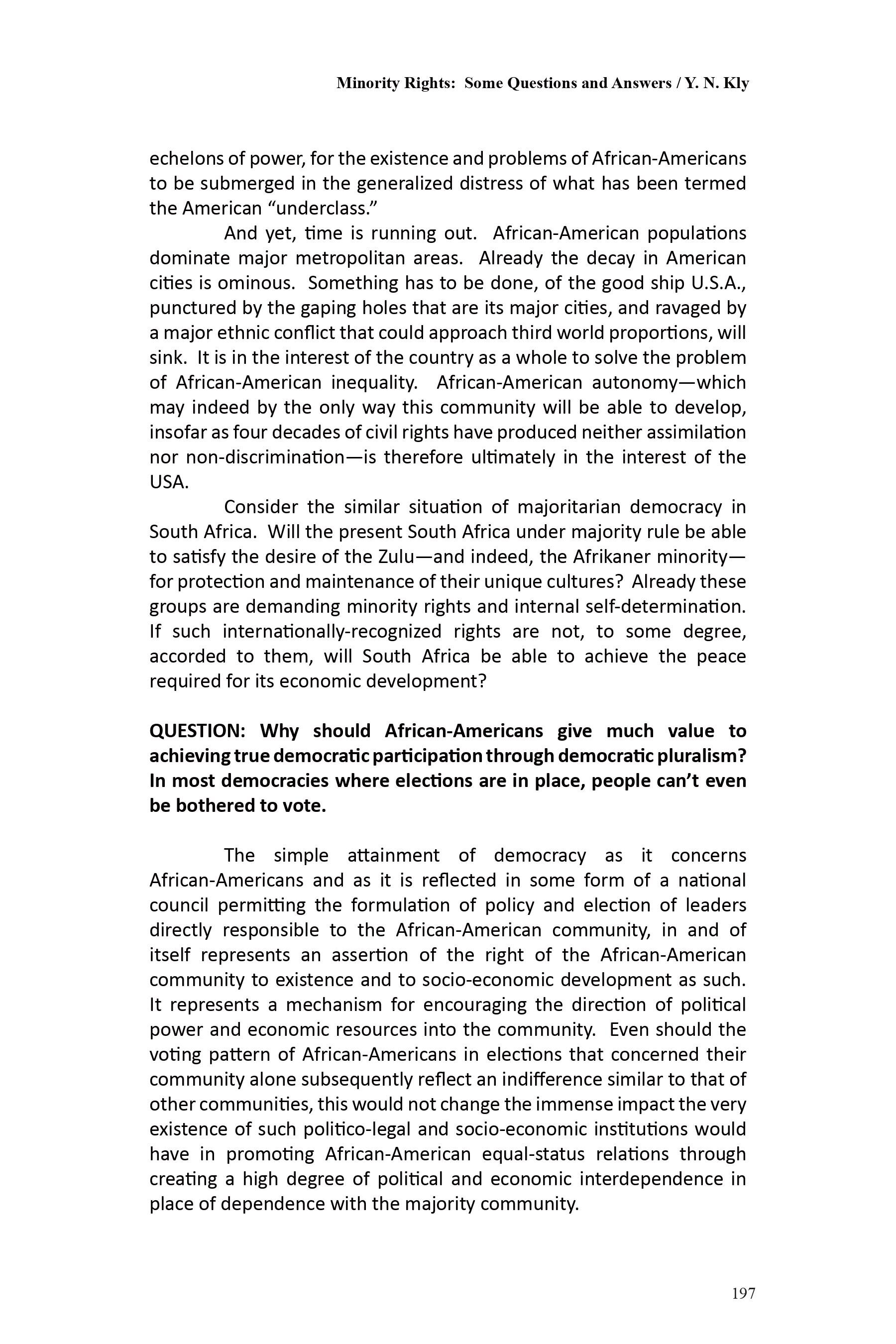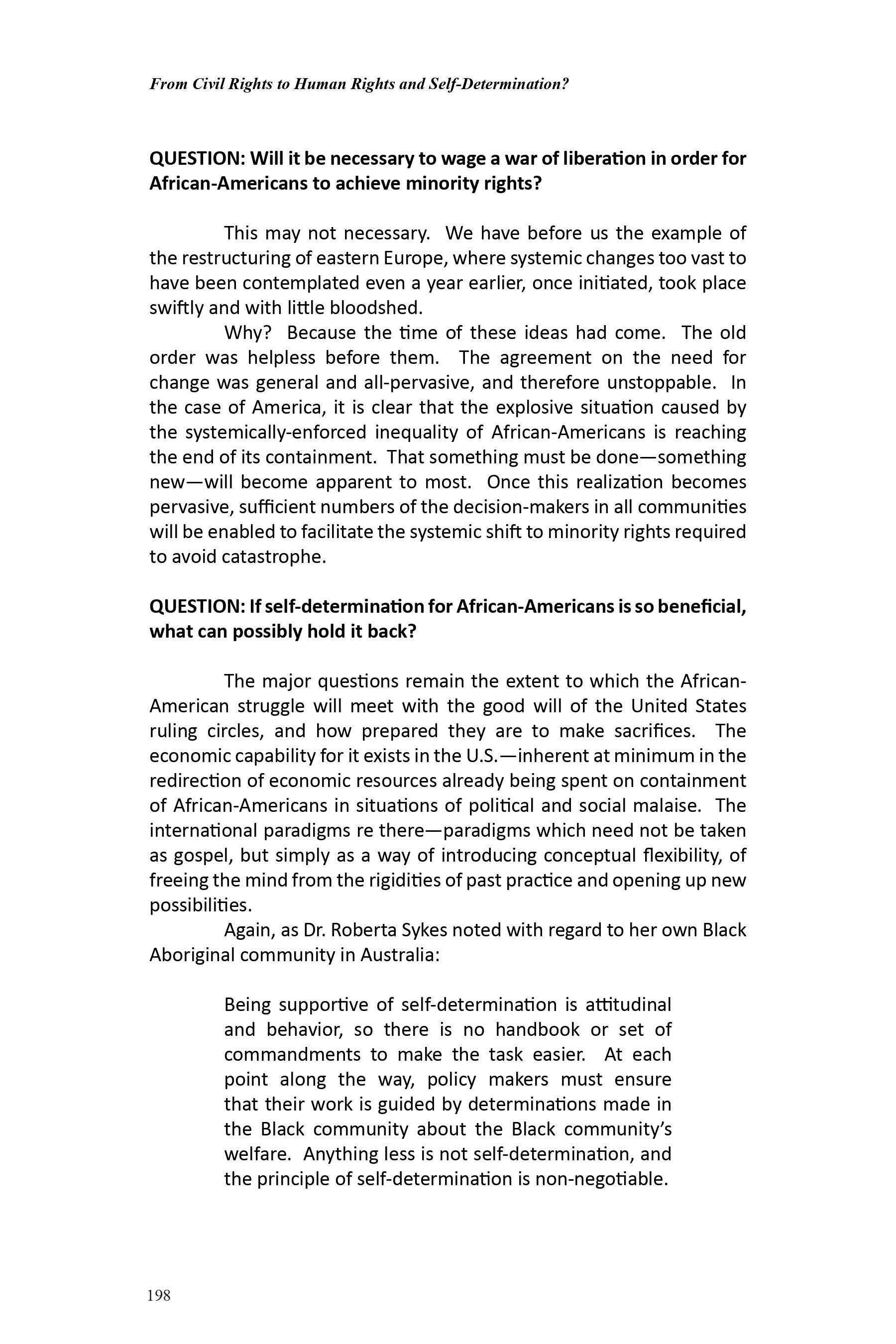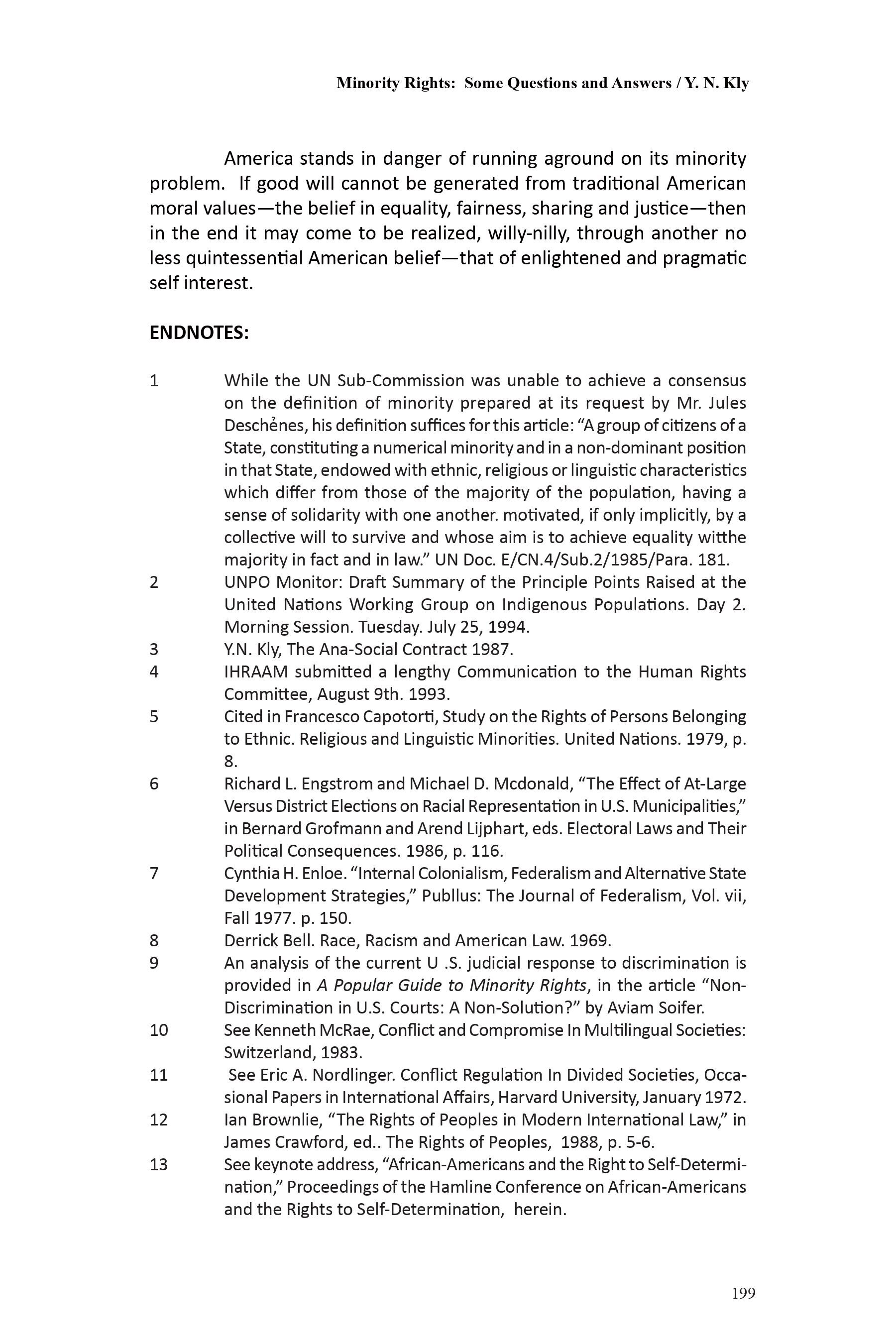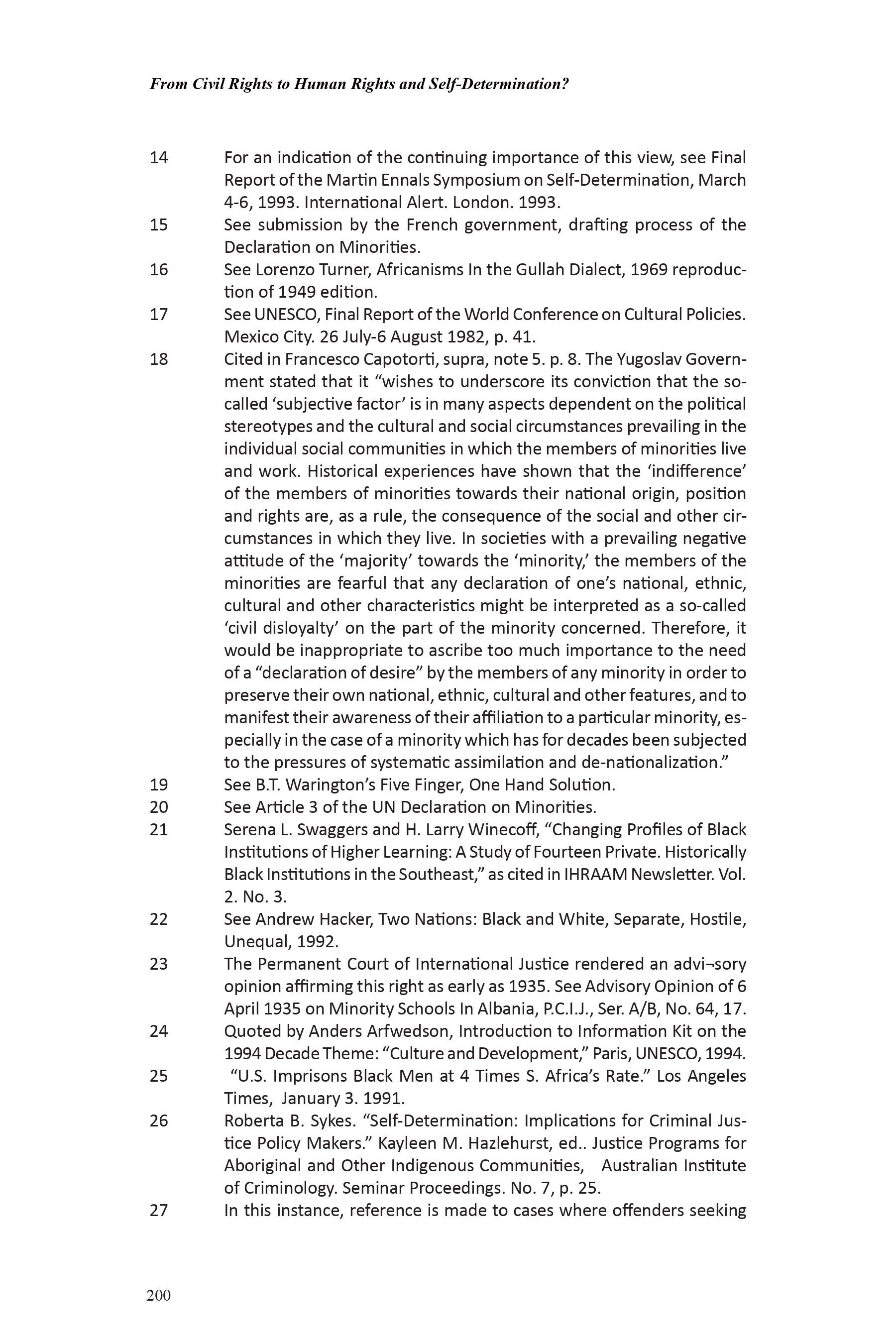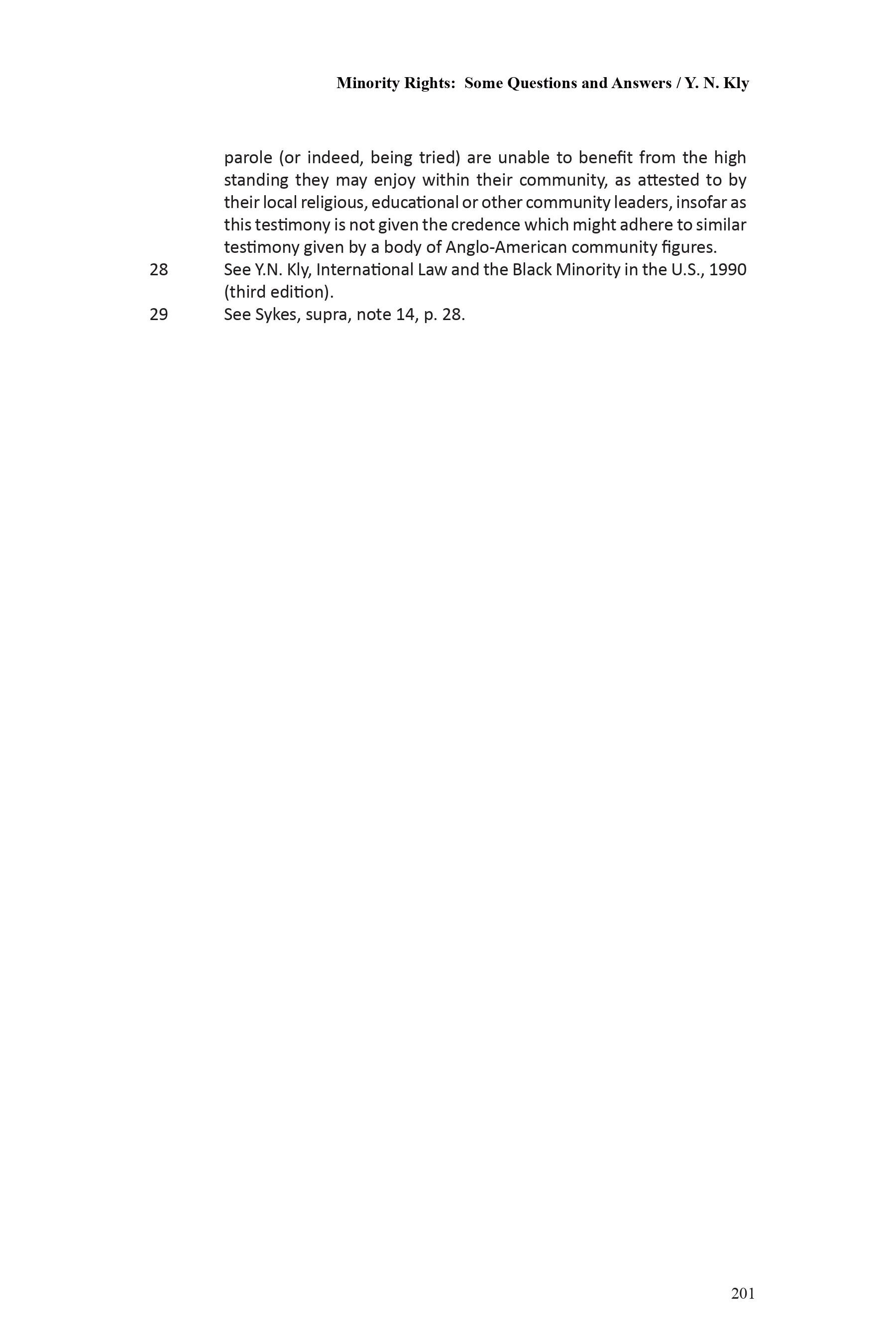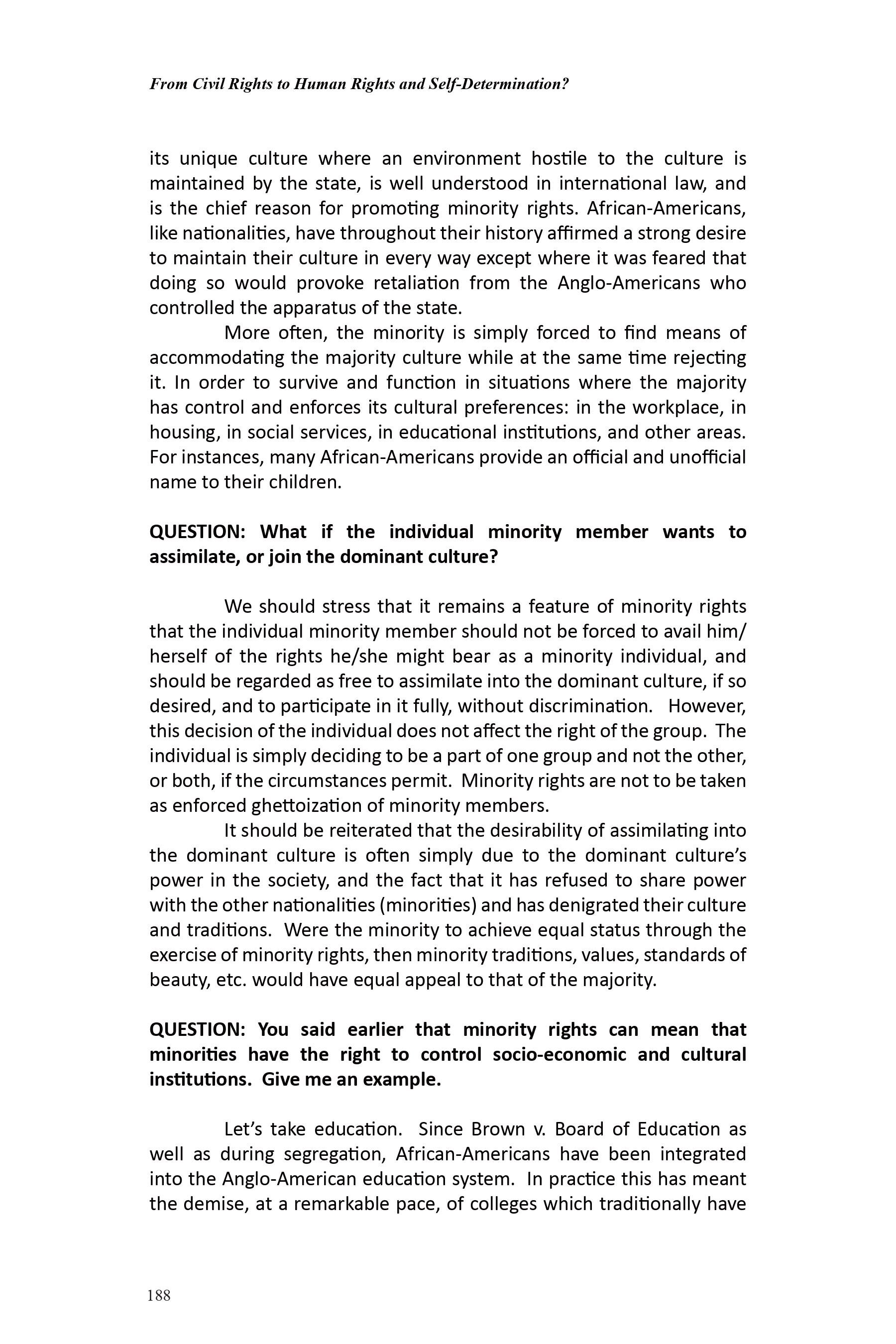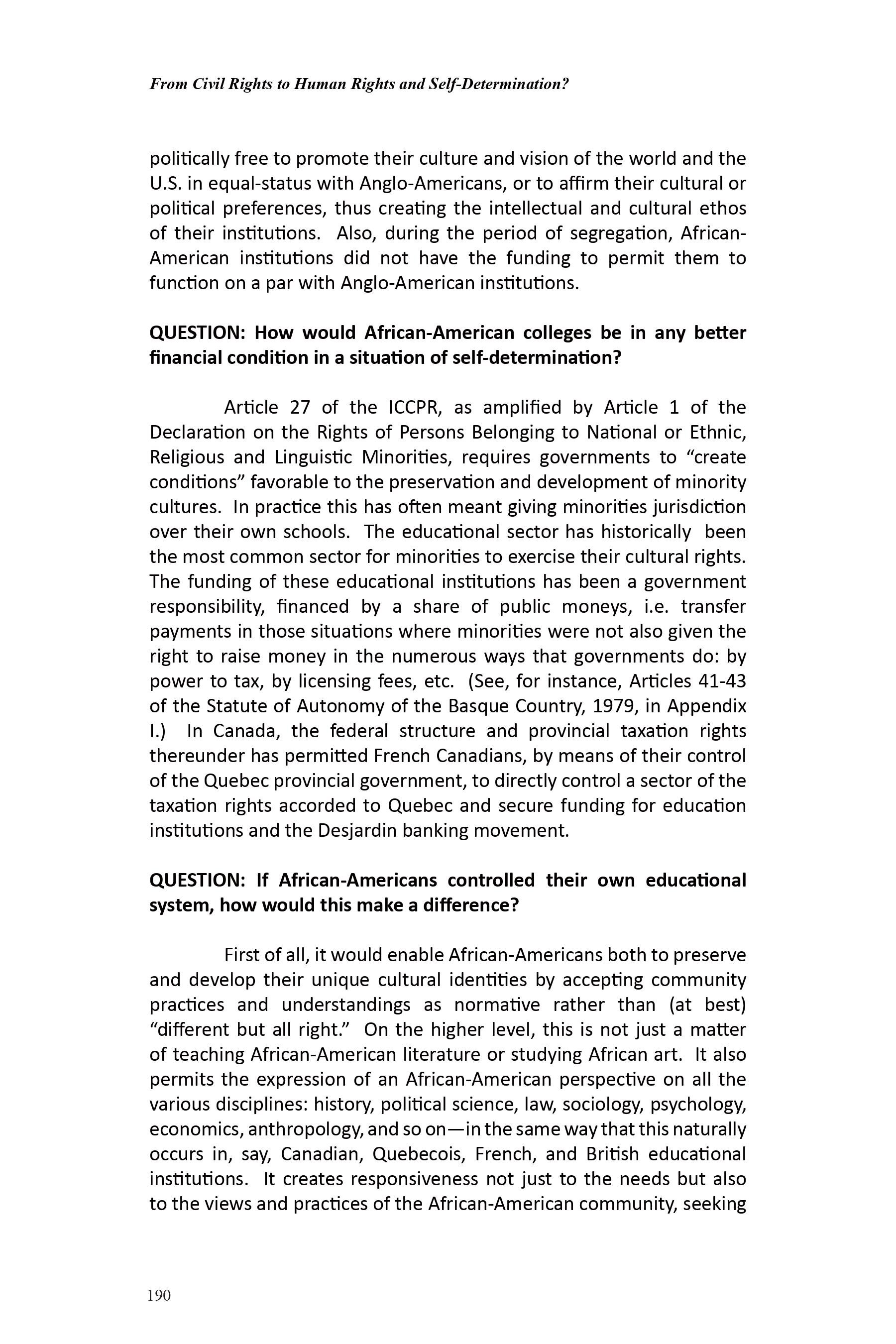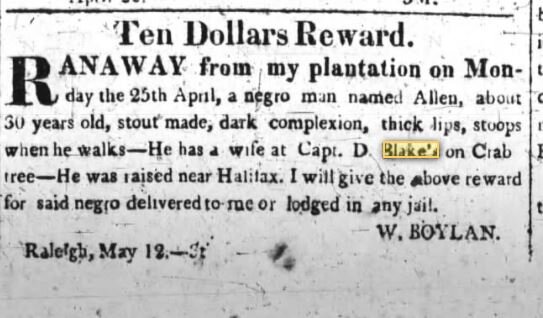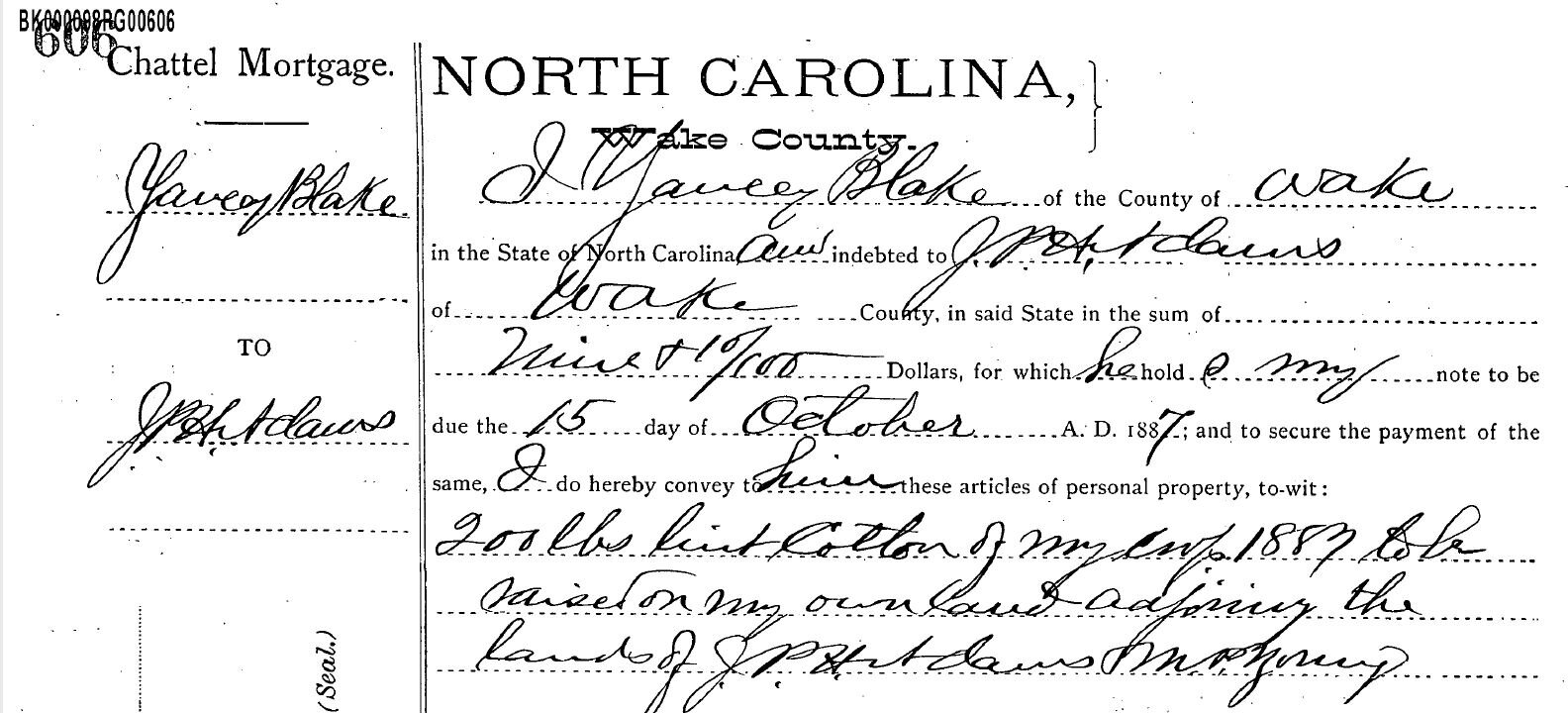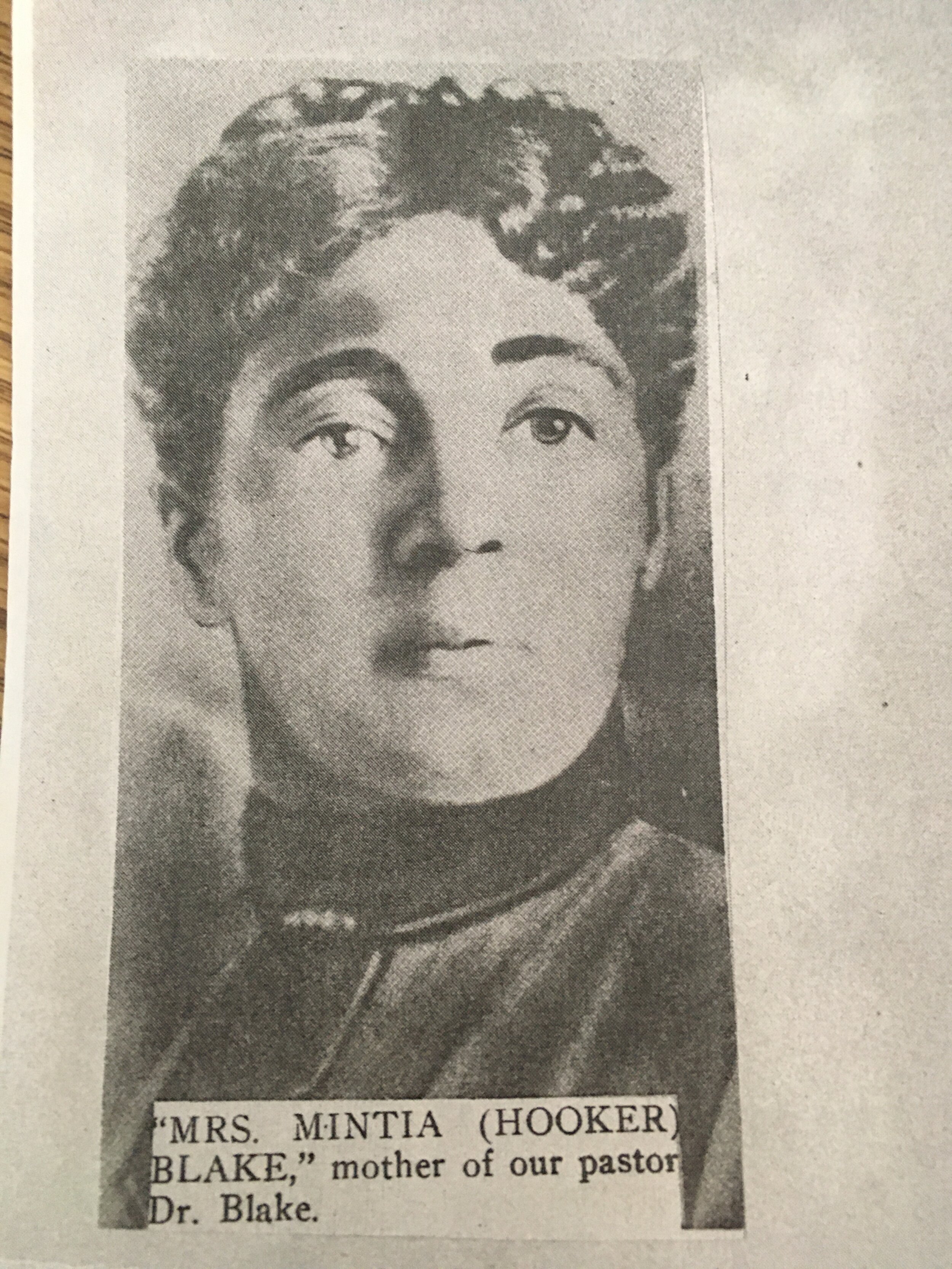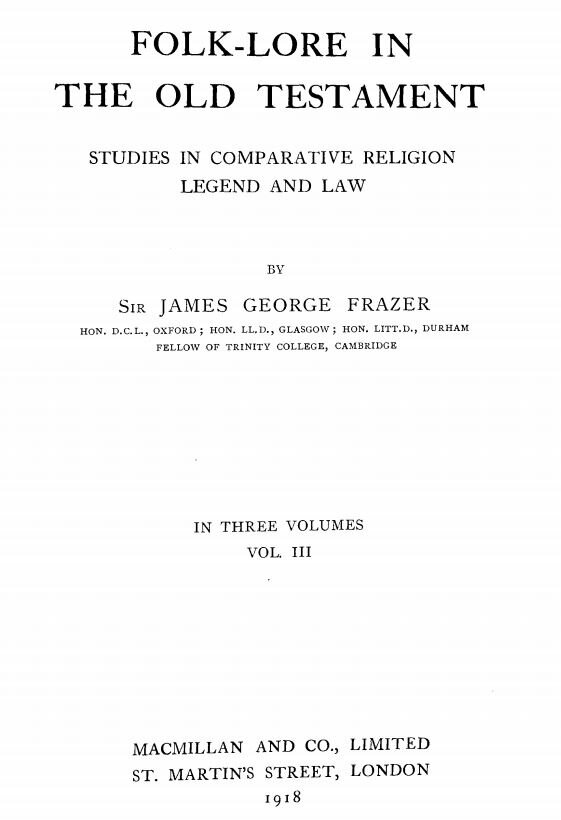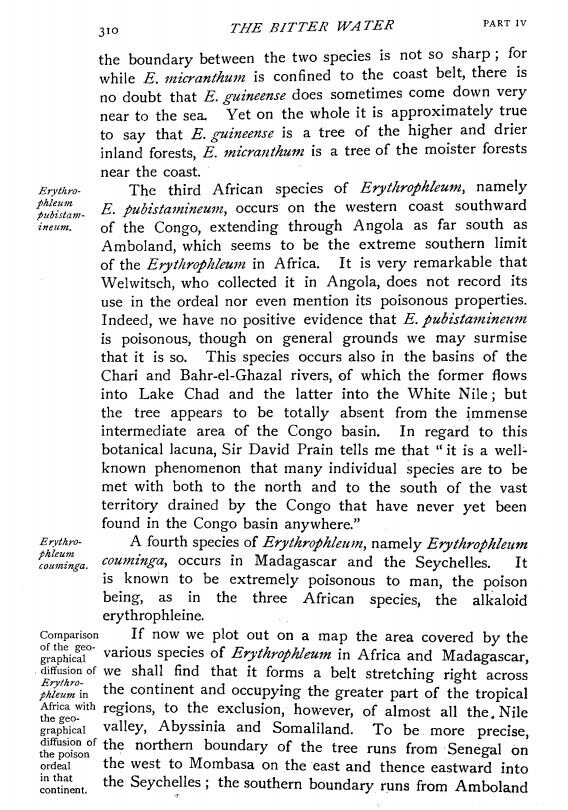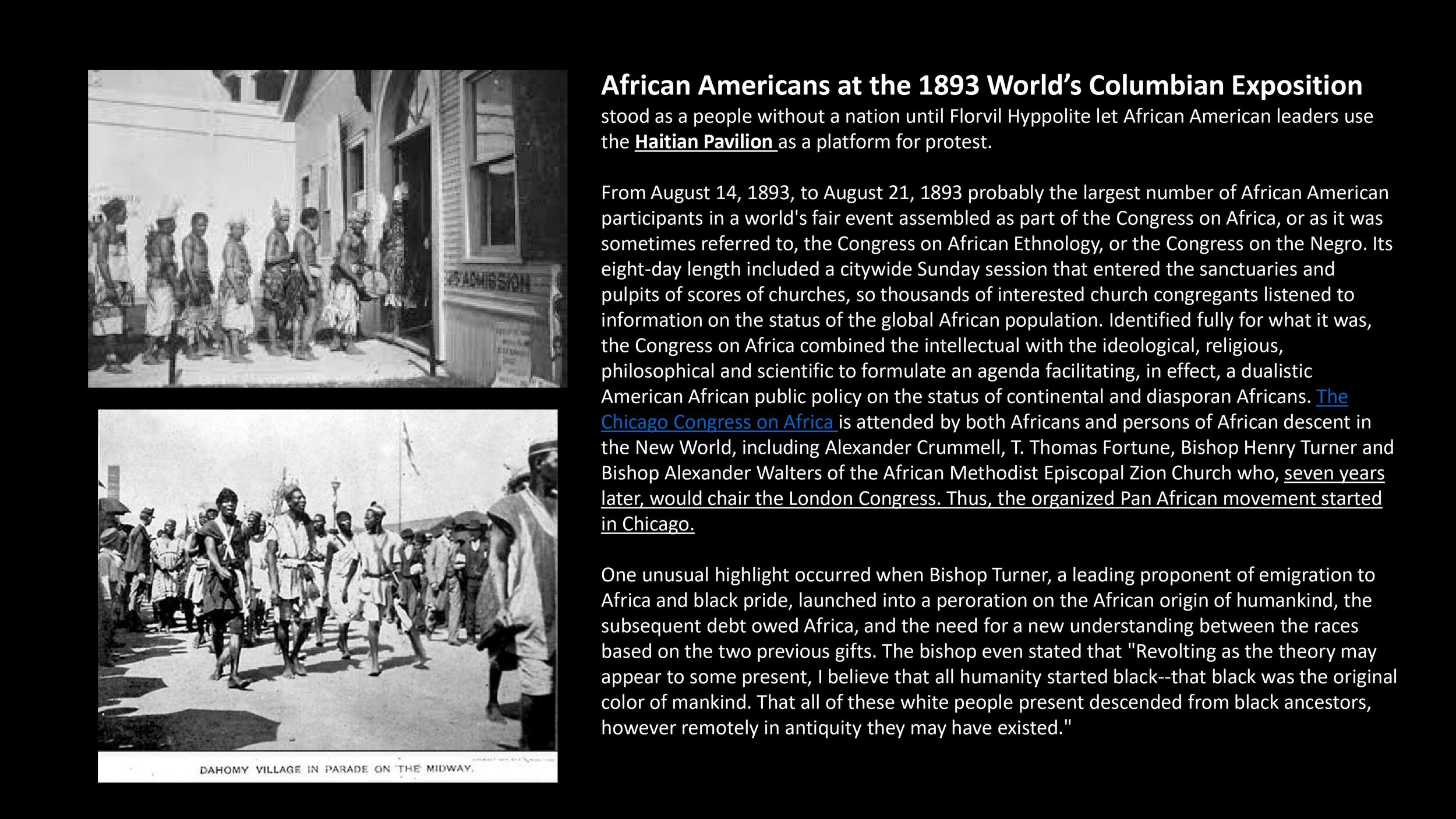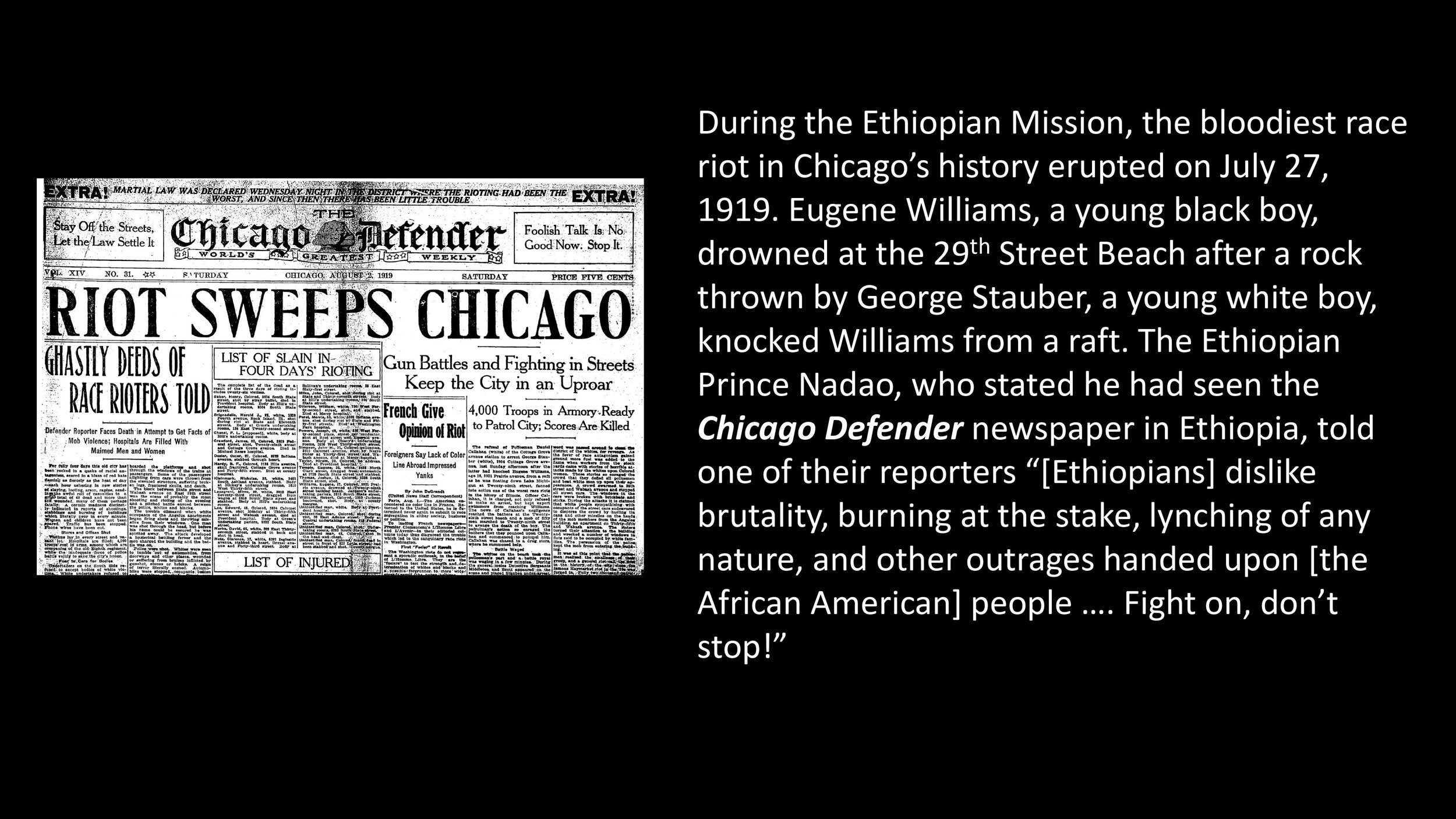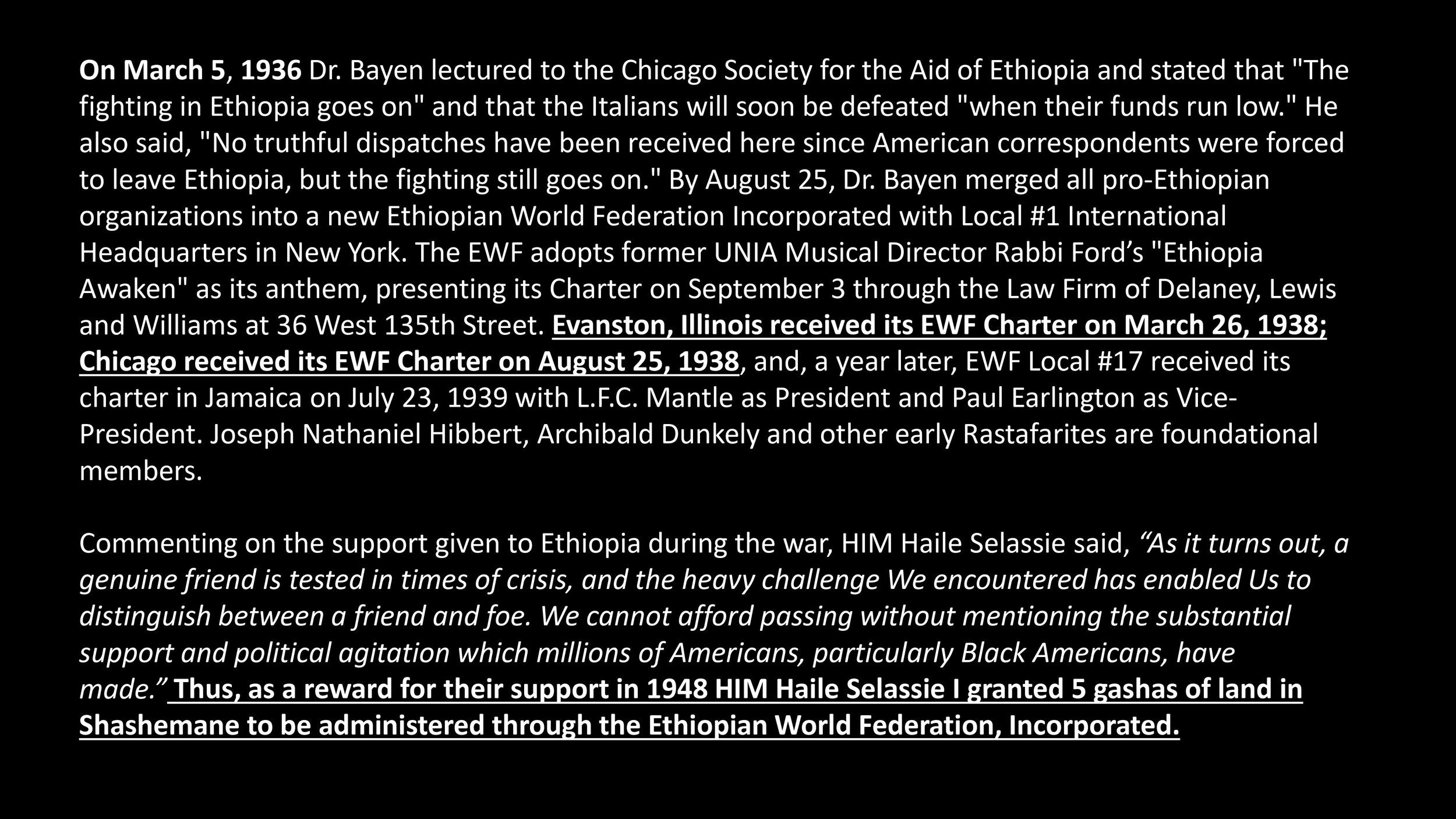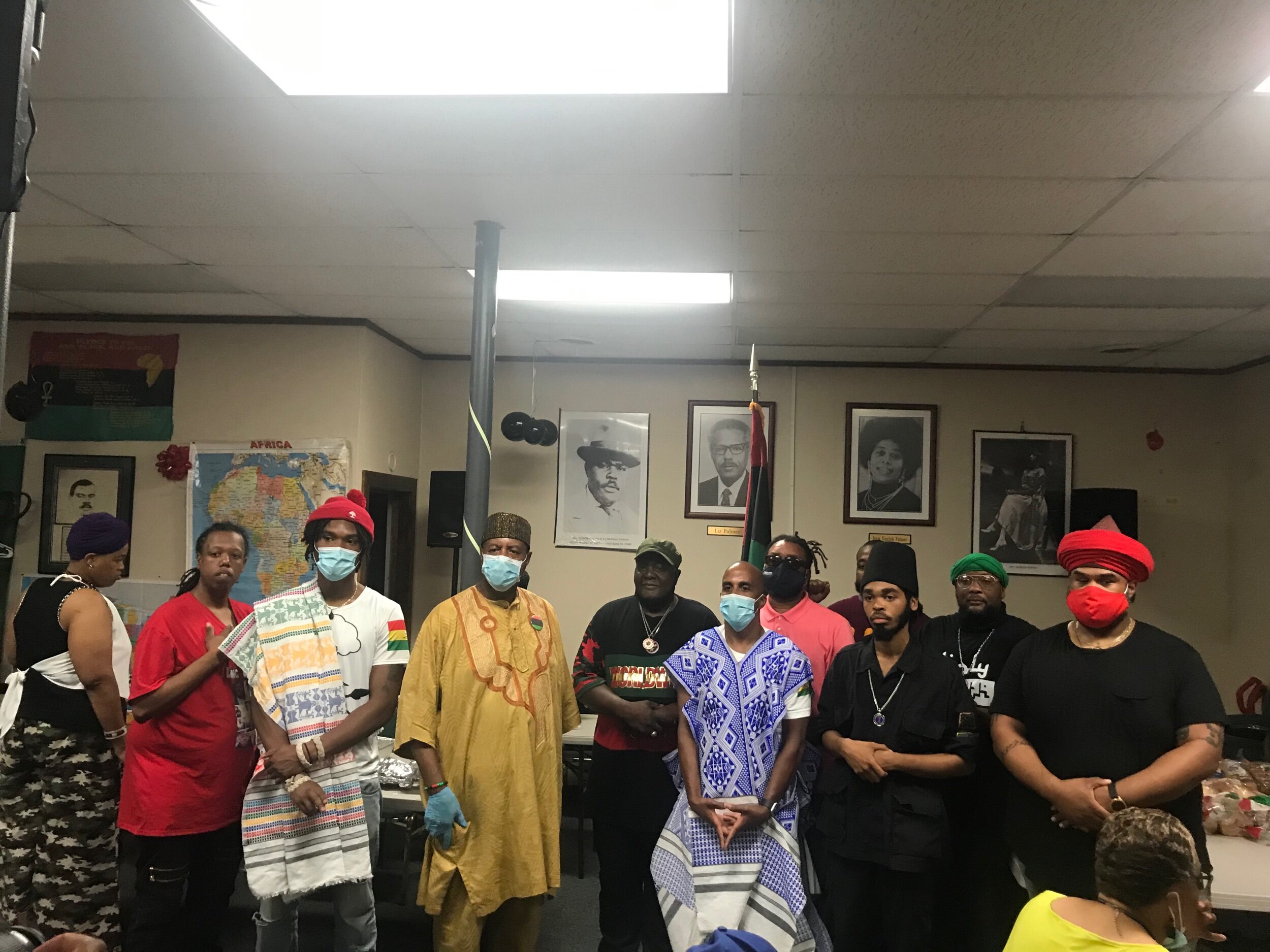The Venetians were one of the main factors behind the Crusades. According to Webster G Tarpley,
“Oligarchism is a principle of irrational domination associated with hereditary oligarchy/ nobility and with certain aristocratic priesthoods. At the center of oligarchy is the idea that certain families are born to rule as an arbitrary elite, while the vast majority of any given population is condemned to oppression, serfdom, or slavery. During most of the past 2,500 years, oligarchs have been identified by their support for the philosophical writings of Aristotle and their rejection of the epistemology of Plato. Aristotle asserted that slavery is a necessary institution, because some are born to rule and others to be ruled. . . . Aristotle’s formalism is a means of killing human creativity, and therefore represents absolute evil. This evil is expressed by the bestialist view of the oligarchs that human beings are the same as animals.
Oligarchs identify wealth purely in money, and practice usury, monetarism, and looting at the expense of technological advancement and physical production. Oligarchs have always been associated with the arbitrary rejection of true scientific discovery and scientific method in favor of open anti-science or more subtle obscurantist pseudo-science. The oligarchy has believed for millennia that the earth is overpopulated; the oligarchical commentary on the Trojan War was that this conflict was necessary in order to prevent greater numbers of mankind from oppressing “Mother Earth.” The oligarchy has constantly stressed race and racial characteristics, often as a means for justifying slavery. In international affairs, oligarchs recommend such methods as geopolitics, understood as the method of divide and conquer which lets one power prevail by playing its adversaries one against the other. Oligarchical policy strives to maintain a balance of power among such adversaries for its own benefit, but this attempt always fails in the long run and leads to new wars.
The essence of oligarchism is summed up in the idea of the empire, in which an elite identifying itself as a master race rules over a degraded mass of slaves or other oppressed victims. If oligarchical methods are allowed to dominate human affairs, they always create a breakdown crisis of civilization, with economic depression, war, famine, plague, and pestilence. Examples of this are the fourteenth century Black Plague crisis and the Thirty Years War (1618-48), both of which were created by Venetian intelligence. The post- industrial society and the derivatives crisis have brought about the potential for a new collapse of civilization in our own time. This crisis can only be reversed by repudiating in practice the axioms of the oligarchical mentality.
A pillar of the oligarchical system is the family fortune, or fondo as it is called in Italian. The continuity of the family fortune which earns money through usury and looting is often more important than the biological continuity across generations of the family that owns the fortune. In Venice, the largest fondo was the endowment of the Basilica of St. Mark, which was closely associated with the Venetian state treasury, and which absorbed the family fortunes of nobles who died without heirs. This fondo was administered by the procurers of St. Mark, whose position was one of the most powerful under the Venetian system. Around this central fondo were grouped the individual family fortunes of the great oligarchical families, such as the Mocenigo, the Cornaro, the Dandolo, the Contarini, the Morosini, the Zorzi, and the Tron. Until the end of the eighteenth century, the dozen or so wealthiest Venetian families had holdings comparable or superior to the very wealthiest families anywhere in Europe. When the Venetian oligarchy transferred many of its families and assets to northern Europe, the Venetian fondi provided the nucleus of the great Bank of Amsterdam, which dominated Europe during the seventeenth century, and of the Bank of England, which became the leading bank of the eighteenth century.
ORIGINS OF THE VENETIAN PARTY IN THE ANCIENT WORLD
In the pre-Christian world around the Mediterranean, oligarchical political forces included Babylon in Mesopotamia. The “whore of Babylon” condemned in the Apocalypse of St. John the Divine is not a mystical construct, but a very specific power cartel of evil oligarchical families. Other oligarchical centers included Hiram of Tyre and the Phoenicians. The Persian Empire was an oligarchy. In the Greek world, the center of oligarchical banking and intelligence was the Temple of Apollo at Delphi, whose agents included Lycurgus of Sparta and later Aristotle. The Delphic Apollo tried and failed to secure the conquest of Greece by the Persian Empire. Then the Delphic Apollo developed the Isocrates plan, which called for King Philip of Macedonia to conquer Athens and the other great city-states so as to set up an oligarchical empire that would operate as a western version of the Persian Empire. This plan failed when Philip died, and the Platonic Academy of Athens decisively influenced Alexander the Great, who finally destroyed the Persian Empire before being assassinated by Aristotle. Later, the Delphic Apollo intervened into the wars between Rome and the Etruscan cities to make Rome the key power of Italy and then of the entire Mediterranean.
Rome dominated the Mediterranean by about 200 BC. There followed a series of civil wars that aimed at deciding where the capital of the new empire would be and who would be the ruling family. These are associated with the Social War, the conflict between Marius and Sulla, the first Triumvirate (Julius Caesar, Pompey the Great, and L. Crassus), and the second Triumvirate (Octavian, Marc Antony, and Lepidus). Marc Antony and Cleopatra wanted the capital of the new empire to be at Alexandria in Egypt. Octavian (Augustus) secured an alliance with the cult of Sol Invictus Mithra and became emperor, defeating the other contenders. After the series of monsters called the Julian-Claudian emperors (Tiberius, Caligula, Nero, etc.) the empire stagnated between 80 and 180 AD under such figures as Hadrian and Trajan. Then, between 180 and 280 AD, the empire collapsed. It was reorganized by Aurelian, Diocletian, and Constantine with a series of measures that centered on banning any change in the technology of the means of production, and very heavy taxation. The Diocletian program led to the depopulation of the cities, serfdom for farmers, and the collapse of civilization into a prolonged Dark Age.
The Roman Empire in the West finally collapsed in 476 AD. But the Roman Empire in the East, sometimes called the Byzantine Empire, continued for almost a thousand years, until 1453. And if the Ottoman Empire is considered as the Ottoman dynasty of an ongoing Byzantine Empire, then the Byzantine Empire kept going until shortly after World War I. With certain exceptions, the ruling dynasties of Byzantium continued the oligarchical policy of Diocletian and Constantine.
Venice, the city built on islands in the lagoons and marshes of the northern Adriatic Sea, is supposed to have been founded by refugees from the Italian mainland who were fleeing from Attila the Hun in 452 AD. Early on, Venice became the location of a Benedictine monastery on the island of St. George Major. St. George is not a Christian saint, but rather a disguise for Apollo, Perseus, and Marduk, idols of the oligarchy. Around 700 AD, the Venetians claim to have elected their first doge, or duke. This post was not hereditary but was controlled by an election in which only the nobility could take part. For this reason, Venice erroneously called itself a republic.
In the years around 800 AD, Charlemagne, King of the Franks, using the ideas of St. Augustine, attempted to revive civilization from the Dark Ages. Venice was the enemy of Charlemagne. Charlemagne’s son, King Pepin of Italy, tried unsuccessfully to conquer the Venetian lagoon. Charlemagne was forced to recognize Venice as a part of the eastern or Byzantine Empire, under the protection of the Emperor Nicephorus. Venice was never a part of western civilization.
Over the next four centuries, Venice developed as a second capital of the Byzantine Empire through marriage alliances with certain Byzantine dynasties and conflicts with the Holy Roman Empire based in Germany. The Venetian economy grew through usury and slavery. By 1082, the Venetians had tax-free trading rights in the entire Byzantine Empire. The Venetians were one of the main factors behind the Crusades against the Muslim power in the eastern Mediterranean. In the Fourth Crusade of 1202 AD, the Venetians used an army of French feudal knights to capture and loot Constantinople, the Orthodox Christian city which was the capital of the Byzantine Empire. The Venetian doge Enrico Dandolo was declared the lord of one-quarter and one-half of one-quarter of the Byzantine Empire, and the Venetians imposed a short-lived puppet state called the Latin Empire. By this point, Venice had replaced Byzantium as the bearer of the oligarchical heritage of the Roman Empire.
During the 1200’s, the Venetians, now at the apex of their military and naval power, set out to create a new Roman Empire with its center at Venice. They expanded into the Greek islands, the Black Sea, and the Italian mainland. They helped to defeat the Hohenstaufen rulers of Germany and Italy. Venetian intelligence assisted Genghis Khan as he attacked and wiped out powers that had resisted Venice. The Venetians caused the death of the poet and political figure Dante Alighieri, who developed the concept of the modern sovereign nation-state in opposition to the Venetian plans for empire. A series of wars with Genoa led later to the de facto merger of Venice and Genoa. The Venetian bankers, often called Lombards, began to loot many parts of Europe with usurious loans. Henry III of England in the years after 1255 became insolvent after taking huge Lombard loans to finance foreign wars at 120-180 percent interest. These transactions created the basis for the Venetian Party in England. When the Lombard bankers went bankrupt because the English failed to pay, a breakdown crisis of the European economy ensued. This led to a new collapse of European civilization, including the onset of the Black Plague, which depopulated the continent. In the midst of the chaos, the Venetians encouraged their ally Edward III of England to wage war against France in the conflict that became the Hundred Years War (1339-1453), which hurled France into chaos before St. Joan of Arc defeated the English. This was then followed by the Wars of the Roses in England. As a result of Venetian domination, the fourteenth century had become a catastrophe for civilization.”
18. THE KNIGHTS TEMPLARS After Christian armies captured Jerusalem from Muslim control in 1099 during the Crusades, groups of pilgrims from across Western Europe started visiting the Holy Land. Many of them, however, were robbed and killed as they crossed through Muslim-controlled territories during their journey. Around 1118, a French knight named Hugues de Payens created a military order along with eight relatives and acquaintances, calling it the Poor Fellow-Soldiers of Christ and the Temple of Solomon—later known simply as the Knights Templar. With the support of Baldwin II, the ruler of Jerusalem, they set up headquarters on that city’s sacred Temple Mount, the source of their now-iconic name, and pledged to protect Christian visitors to Jerusalem. In 1129, the group received the formal endorsement of the Catholic Church and support from Bernard of Clairvaux, a prominent French abbot. In 1139, Pope Innocent II issued a Papal Bull that allowed the Knights Templar special rights. Among them, the Templars were exempt from paying taxes, permitted to build their own oratories and were held to no one’s authority except the Pope’s. The Knights Templar set up a prosperous network of banks and gained enormous financial influence. Their banking system allowed religious pilgrims to deposit assets in their home countries and withdraw funds in the Holy Land. At the height of their influence, the Templars boasted a sizable fleet of ships, owned the Mediterranean island of Cyprus, and served as a primary bank and lending institution to European monarchs and nobles.
19. THE POPE’S STRUGGLE FOR SUMPREMACY During the 12th Century, Pope Alexander III begins reforms that would lead to the establishment of “Canon Law” – ecclesiastical law laid down by papal pronouncements.
20. Pope Innocent IV (1241-1254) raised the question, ‘Is it licit to invade the lands that infidels possess, and if it is licit, why is it licit?’ What interested him was the problem of whether or not Christians could legitimately seize land, other than the Holy Land, that the Moslems occupied. Did . . . Christians have a general right to dispossess infidels everywhere?’
21. In outlining his opinion, Innocent delineated a temporal domain that was simultaneously autonomous yet subordinate to the Church. Laws of nations pertained to secular matters, a domain in which a significant tendency in the Church, known as ‘dualism,’ showed increasingly less interest. But in spiritual matters, the pope’s authority prevailed, since all humans were of Christ, though not with the Church. ‘As a result,’ the medievalist James Muldoon notes, ‘the pope’s pastoral responsibilities consisted of jurisdiction over two distinct flocks, one consisting of Christians and one comprising everyone else.’ Since the pope’s jurisdiction extended de jure over infidels, he alone could call for a Christian invasion of an infidel’s domain. Even then, however, Innocent maintained that only a violation of natural law could precipitate such an attack. By adhering to the beliefs of their gods, infidels and pagans did not violate natural law. Thus, such beliefs did not provide justification for Christians to simply invade non-Christian polities, dispossess its inhabitants of their territory and freedom, or force them to convert. Innocent IV’s theological contribution resided in the fact that he accorded pagans and infidels dominium and therefore the right to live beyond the state of grace. . . .
22. Innocent acknowledged that the law of nations had supplanted natural law in regulating human interaction, such as trade, conflict, and social hierarchies. Similarly, the prince replaced the father, as the ‘lawful authority in society’ through God’s provenance, manifesting his dominium in the monopoly over justice and sanctioned violence.
23. THE ENGLISH STRUGGLE FOR SUPREMACY English common law originates in the Middle ages in the King’s Court near London. This is developed by the Anglo-Saxons based on local customs and the Church. Consultation between the City's rulers and its citizens took place at the Folkmoot. Administration and judicial processes were conducted at the Court of Husting and the non-legal part of the court's work evolved into the Court of Aldermen. There is no surviving record of a charter first establishing the Corporation as a legal body, but the City is regarded as incorporated by prescription, meaning that the law presumes it to have been incorporated because it has for so long been regarded as such (e.g. Magna Carta states that "the City of London shall have/enjoy its ancient liberties"). The City of London Corporation has been granted various special privileges since the Norman Conquest and the Corporation's first recorded Royal Charter dates from around 1067, when William the Conqueror granted the citizens of London a charter confirming the rights and privileges that they had enjoyed since the time of Edward the Confessor. After the Norman Conquest of 1066, Roman law and the canon law of the Christian church developed in the 12th century was applied to the Anglo-Norman legal system. Political power was rural and based on landownership. Land was held under a chain of feudal relations. Under the king came the aristocratic “tenantsin chief,” then strata of “mesne,” or intermediate tenants, and finally the tenant “in demesne,” who actually occupied the property. Each piece of land was held under a particular condition of tenure—that is, in return for a certain service or payment. Succession to tenancies was regulated by a system of different “estates,” or rights in land, which determined the duration of the tenant’s interest. Title to land was transferred by a formal ritual rather than by deed; this provided publicity for such transactions. Most of the rules governing the terms by which land was held were developed in local lord’s courts, which were held to manage the estates of the lord’s immediate tenants. The emergence of improved remedies in the King’s Court during the late 12th century led to the elaboration and standardization of these rules, which marked the effective origin of the common law.
24. Edward I’s (reigned 1272–1307) civil legislation, which amended the unwritten common law, remained for centuries as the basic statute law. It was supplemented by masses of specialized statutes that were passed to meet temporary problems.
25. THE STRUGGLE FOR SUPREMECY: THE POPE VS. EUROPEAN MONARCHIES
On November 18, 1302, Pope Boniface VIII issued the papal bull called Unam sanctum that laid down dogmatic propositions on the unity of the Catholic Church, the necessity of belonging to it for eternal salvation, the position of the Pope as supreme head of the Church and the duty thence arising of submission to the Pope to belong to the Church and thus to attain salvation. The Pope further emphasized the higher position of the spiritual in comparison with the secular order. The bull was promulgated during an ongoing dispute between Boniface VIII and King Philip IV of France. As long as England and France were at war with each other, neither was likely to participate in any expedition to the Holy Land. Benedict sent cardinal nuncios to each court to broker a truce.[4] Philip levied taxes on the French clergy of half their annual income. On 5 February 1296, Boniface responded with the papal bull Clericis laicos that forbade clerics, without authority from the Holy See, to pay to laymen any part of their income or of the revenue of the Church; and likewise all emperors, kings, dukes, counts, etc. to receive such payments, under pain of excommunication.[5]
Edward I of England responded with outlawry, a concept known from Roman law. It effectively withdrew the protection of the English common law from the clergy, and confiscated the temporal properties of bishops who refused his levies. As Edward was demanding an amount well above the tenth offered by the clergy, Archbishop of Canterbury Robert Winchelsey left it to every individual clergyman to pay as he saw fit.
In August 1296 Philip of France countered with an embargo. A common wartime precaution, the disallowing the export of horses, arms, and money, the embargo served primarily to keep the French clergy from sending taxes to the pope. By prohibiting the export of gold, silver, precious stones or food from France to the Papal States, it had the effect of blocking a main source of papal revenue. Philip also banished from France papal agents raising funds for a new crusade in the Middle East.
In September 1296 the pope sent a protest to Philip headed Ineffabilis Amor that declared that he would rather suffer death than surrender any of the rightful prerogatives of the Church. On one hand, he threatened a papal alliance with England and Germany. At the same time, he explained in conciliatory terms that his recent bull had not been intended to apply to any of the customary feudal taxes due the King from the lands of the Church and indicated that the clergy could indeed be taxed if only he obtained papal permission. In light of the Anglo-Flemish alliance, the French bishops asked permission to make contributions for the defense of the kingdom. In February 1297, Boniface issued Romana mater eccelsia, which declared that in a situation that the clergy had consented to make payment and where delay could cause grave danger, the process of requesting permission could be dispensed.[4] Later that month Boniface issued Corum illo fatemur, which allowed the grant from the French bishops. While insisting the clerical consent was required for subsidies to the state, he recognised that the clergy themselves must evaluate the justice of a claim for aid.[4]
At the same time, Boniface was contending with a suspiciously-convenient uprising in Rome by the staunchly-Ghibelline (pro-emperor) Colonna family.[8] In July 1297, Boniface issued the bull Etsi de statu, which was essentially a retrenchment from his position of the previous year, in Clericis laicos. Etsi de statu allowed the taxation of clerical property by lay authorities in the case of emergency.[9] The determination of what constituted an emergency was conceded to the authorities.
Then came the Jubilee year of 1300, which filled Rome with the fervent masses of pilgrims and made up for the lack of French gold in the treasury. The following year, Philip's ministers overstepped their bounds. Bernard Saisset, the Bishop of Pamiers in Foix, the farthest southern march of Languedoc, was recalcitrant and difficult. There was no love between the south, which had suffered so recently with the Albigensian Crusade, and the Frankish north. Pamiers was one of the last strongholds of the Cathars. Saisset made no secret of his disrespect for the King of France. Philip's ministry decided to make an example of the bishop, who was brought before Philip and his court, on 24 October 1301. The chancellor, Pierre Flotte, charged him with high treason, and the bishop was placed in the keeping of the archbishop of Narbonne, his metropolitan. Before they could attack him in the courts, the royal ministry needed the Pope to remove him from his See and strip him of his clerical protections so that he could be tried for treason. Philip IV tried to obtain from the pope that "canonical degradation". Instead, Boniface ordered the King in December 1301 to free the bishop to go to Rome to justify himself. In the bull Ausculta Fili ("Give ear, my son"), he accused Philip of sinfully subverting the Church in France and not in terms that were conciliatory: "Let no one persuade you that you have no superior or that you are not subject to the head of the ecclesiastical hierarchy, for he is a fool who so thinks."
At the same time, Boniface sent out a more general bull Salvator mundi, which strongly reiterated some of the same ground of Clericis laicos.
Then, at the end of the year, Boniface, with his customary tactlessness, having criticized Philip for his personal behavior and the unscrupulousness of his ministry, summoned a council of French bishops for November 1302 that was intended to reform Church matters in France at Rome. Philip forbade Saisset or any of them to attend and forestalled Boniface by organizing a counter-assembly of his own, held in Paris in April 1302. Nobles, burgesses and clergy met to denounce the Pope and pass around a crude forgery, Deum Time ("Fear God"), which made out that Boniface had claimed to be feudal overlord of France. The French clergy politely protested against Boniface's "unheard-of assertions". Boniface denied the document and its claims, but he reminded them that previous popes had deposed three French kings.
That was the atmosphere in which Unam sanctam was promulgated weeks later. Reading of the "two swords" in the Bull, one of Philip's ministers is alleged to have remarked, "My master's sword is steel; the Pope's is made of words". As Matthew Edward Harris writes, "The overall impression gained is that the papacy was described in increasingly exalted terms as the thirteenth century progressed, although this development was neither disjunctive nor uniform, and was often in response to conflict, such as against Frederick II and Philip the Fair".
26. Following the legal transformation of the Siete Partidas - a text of civil law or ius commune (based on Justinian Roman law, canon law, and feudal laws), alongside influences from Islamic law - the Christian monarchs continued restricting the judicial autonomy of their Jewish and Moorish subjects. In 1412, this culminated in the most draconian legislation to date when it ‘forbade Jews and Moslems alike to have their own judges. Thenceforth, their cases, civil and criminal, were to be tried before ordinary judges of the districts where they lived. Criminal cases were to be decided according to Christians custom. . . .’
27. Though inimical to Innocent IV’s commentary granting the extra ecclesian dominium, the practice of curtailing Jewish and Moorish traditions reflected the ascendant hegemony of Hispania’s Christian rulers. These sovereigns, though zealous Christians, saw all corporate privileges as a threat to their centralizing aspirations. In their opinion, the inhabitants of their territory represented their subjects. Jews and Moors were not an exception. By their actions, Hispania’s Christian rulers contrived new forms of personhood. In a world defined by corporations with their accompanying rights and obligations, Jews and Moors embodied corporate-less beings that Christian authorities compelled to adhere to Christian laws and customary norms thereby forsaking their own legal traditions and customs. By undermining Jewish and Moorish courts, the Christian rulers redefined more than their relations to Jews and Moors. As they dismantled the courts that had once enabled Jews and Moors to reproduce their distinctive juridical status, the Catholic sovereigns actually reconstituted the meaning of being a Jew or a Moor. Standing before Christian courts and officials whose rulings owed much to Christian ethics, the various diasporic populations – Jews, Moors, and Africans- lacked the protective shield of a culturally sanctioned corporate status. Therefore, laws and practices shaping Church-state relations with nonbelievers in Europe set the precedent for Christian interaction with non-Christians in the wider Atlantic world. Beginning in the thirteenth century and in the context of the Reconquista, some Christian lords on the Iberian Peninsula started undermining the corporate bodies of Jews and Saracens (a widely used term for infidels or those who willfully rejected the faith) and pagans (individuals who existed in ignorance of the faith) by ordering those populations to adhere to Christian legal precepts and Iberian customary laws.
28. IT IS AT THIS JUNCTURE WHERE EUROPEAN PEOPLE, THROUGH POPE INNOCENT IV DECIDED TO SUSPEND THEIR RECOGNITION OF NATURAL LAW IN FAVOR OF WHAT THEY CALLED “THE LAW OF NATIONS.” FROM THIS MOMENT ON, GOVERNMENT OFFICIALS INSTEAD OF EACH INDIVIDUAL, NOW HAD “LAWFUL AUTHORITY” AND MONOPOLY OVER JUSTICE AND SANCTIONED VIOLENCE.
29. In 1433 Romanus pontifex, the first in a series of papal bulls issued during the fifteenth century that regulated Christian expansion, sanctioned the Infante’s [Prince Henry] request and Portugal’s alleged mission (monopoly of trade and enslavement of local people) in Guinea since ‘we strive for those things that may destroy the errors and wickedness of the infidels’.
30. In 1446, John Fernandez, a captain for Portugal’s Infante Prince Henry the Navigator, “Ruler and Governor of the Chivalric of the Order of Jesus Christ” arrives at Cape Varela ( 12 ° 17'01 "N 16 ° 35'25" W) , just below Cape Roxo, at the northern end of what is now Guinea-Bissau, homeland of the Balanta people.
At this point, two different cultures, with two different legal codes, were in conflict - The Balanta and Natural Law vs. the Christian Europeans and their Canon (Ecclesiastical or Church ) Law/Law of Nations.
31. The Papal Bull Dum Diversas issued by Pope Nicholas V, June 18, 1452, states, “we grant to you full and free power, through the Apostolic authority by this edict, to invade, conquer, fight, subjugate the Saracens and pagans, and other infidels and other enemies of Christ, and wherever established their Kingdoms, Duchies, Royal Palaces, Principalities and other dominions, lands, places, estates, camps and any other possessions, mobile and immobile goods found in all these places and held in whatever name, and held and possessed by the same Saracens, Pagans, infidels, and the enemies of Christ, also realms, duchies, royal palaces, principalities and other dominions, lands, places, estates, camps, possessions of the king or prince or of the kings or princes, and to lead their persons in perpetual servitude, and to apply and appropriate realms, duchies, royal palaces, principalities and other dominions, possessions and goods of this kind to you and your use and your successors the Kings of Portugal.”
32. Christianity was used by the “Ruler and Governor of the Chivalric of the Order of Jesus Christ” as a pretext to justify the invasion and enslavement of the great Balanta people. In 1456, Chief Captain Gomez Pirez and several vessels arrive in “Guinea”, land of the Negroes and Esquire of Lagos named Stevam Affonso launches the first attack against a young boy and girl.
33. The first “textbook” of English law, Littleton’s Tenures, written by Sir Thomas Littleton is originally published in 1481. Primogeniture—i.e., the right of succession of the eldest son—became characteristic of the common law.
34. The Papal Bull "Inter Caetera," issued by Pope Alexander VI on May 4, 1493 stated that any land not inhabited by Christians was available to be "discovered," claimed, and exploited by Christian rulers and declared that "the Catholic faith and the Christian religion be exalted and be everywhere increased and spread, that the health of souls be cared for and that barbarous nations be overthrown and brought to the faith itself."
35. The English charter issued to the explorer John Cabot in March of 1496, documented England's "complete recognition" of the Doctrine of Discovery. This "Doctrine of Discovery" became the basis of all European claims in the Americas as well as the foundation for the United States’ western expansion. This ideology supported the dehumanization of those living on the land and their dispossession, murder, and forced assimilation. The Doctrine fueled white supremacy insofar as white European settlers claimed they were instruments of divine design and possessed cultural superiority.
36. THE STRUGGLE FOR SUPREMACY: THE VENETIANS VS. THE POPE AND THE WAR OF THE LEAGUE OF CAMBRAI 1508-1529 Again, according to Webster G. Tarpley,
“In the midst of the crisis of the 1300’s, the friends of Dante and Petrarch laid the basis for the Italian Golden Renaissance, which reached its culmination with Nicolaus of Cusanus, Pope Pius II, and the Medici- sponsored Council of Florence of 1439. The Venetians fought the Renaissance with a policy of expansion on the Italian mainland, or terra firma, which brought them to the outskirts of Milan. More fundamentally, the Venetians promoted the pagan philosophy of Aristotle against the Christian Platonism of the Florentines. . . .
Venice also encouraged the Ottoman Turks to advance against Constantinople, which was now controlled by the Paleologue dynasty of emperors. When Cusanus and his friends succeeded in reuniting the Roman Catholic Church and the Orthodox and other eastern churches at the Council of Florence, the Venetians tried to sabotage this result. The ultimate sabotage was the Ottoman conquest of Constantinople in 1453, which was assisted by Venetian agents and provocateurs. . . .
The program of Cusanus, Pius II, Machiavelli, Leonardo da Vinci, and other Italian Renaissance leaders for the creation of powerful national states proved impossible to carry out in Italy. The first nation-state was created in France by King Louis XI during the 1460’s and 1470’s. The successful nation-building methods of Louis XI compelled attention and imitation in England and Spain. Despite their incessant intrigues, the Venetians were now confronted with large national states whose military power greatly exceeded anything that Venice could mobilize. . . .
THE CRISIS OF THE WAR OF THE LEAGUE OF CAMBRAI, 1508-1529
The Venetians tried to use the power of the new nation-states, especially France, to crush Milan and allow further Venetian expansion. But ambassadors for the king of France and the Austrian emperor met at Cambrai in December 1508 and agreed to create a European league for the dismemberment of Venice. The League of Cambrai soon included France, Spain, Germany, the Papacy, Milan, Florence, Savoy, Mantua, Ferrara, and others. At the battle of Agnadello in April 1509, the Venetian mercenaries were defeated by the French, and Venice temporarily lost eight hundred years of land conquests.
Venetian diplomacy played on the greed of the Genoese Pope Julius II Della Rovere, who was bribed to break up the League of Cambrai. By rapid diplomatic maneuvers, Venice managed to survive, although foreign armies threatened to overrun the lagoons on several occasions, and the city was nearly bankrupt. Venice’s long-term outlook was very grim, especially because the Portuguese had opened a route to Asia around the Cape of Good Hope.
REFORMATION AND COUNTER-REFORMATION
One result of the Cambrai crisis was the decision of Venetian intelligence to create the Protestant Reformation. The goal was to divide Europe for one to two centuries in religious wars that would prevent any combination like the League of Cambrai from ever again being assembled against Venice. The leading figure of the Protestant Reformation, the first Protestant in modern Europe, was Venice’s Cardinal Gasparo Contarini. Contarini was a pupil of the Padua Aristotelian Pietro Pomponazzi, who denied the immortality of the human soul.
[Siphiwe note: Such a doctrine wages war against Balanta spirituality which maintains that Balanta ancestors remain alive in the ancestral realm]
Contarini pioneered the Protestant doctrine of salvation by faith alone, with no regard for good works of charity. Contarini organized a group of Italian Protestants called gli spirituali, including oligarchs like Vittoria Colonna and Giulia Gonzaga. Contarini’s networks encouraged and protected Martin Luther and later John Calvin of Geneva. Contarini sent his neighbor and relative Francesco Zorzi to England to support King Henry VIII’s plan to divorce Catherine of Aragon. Zorzi acted as Henry’s sex counselor. As a result, Henry created the Anglican Church on a Venetian- Byzantine model, and opened a phase of hostility to Spain. Henceforth, the Venetians would use England for attacks on Spain and France.
Contarini was also the leader of the Catholic Counter- Reformation. He sponsored St. Ignatius of Loyola and secured papal approval for the creation of the Society of Jesus as an official order of the Church. . . . In 1521, Ignatius was wounded while fighting the French in one of the wars of Charles V. During his convalescence, he underwent his much-touted mystical crisis, after which he took up the life of a hobo. Making his way around Europe seeking funding for a pilgrimage to the holy land, Ignatius found his way to Venice, where he camped out in St. Mark’s Square and lived by begging.
One evening the Venetian oligarch Marcantonio Trevisan was sleeping in his golden palace, and had a vision. An angel came to him asking, “Why are you sleeping so soundly in your warm bed, while in the square there is a holy man, a poor pilgrim who needs your help?” Trevisan rushed downstairs to find Ignatius, who became his house guest, fleas and all.
After that, Ignatius was given an audience with the doge, Andrea Gritti, who offered him passage to Cyprus on a Venetian warship as first leg of his pilgrimage to Jerusalem. Ignatius continued his travels, but soon returned to Venice to develop relationships with other members of the oligarchy. . . .
Then Ignatius made his way to Rome. Here he became the protégé of Gasparo Contarini, who had been appointed to the College of Cardinals by Pope Paul III Farnese. The cardinal took the Exercitationes Spirituales, and appointed Ignatius his personal confessor and spiritual advisor. By 1540, Contarini had personally interceded with the pope against Ignatius’ enemies within the church hierarchy to ensure the founding of the Society of Jesus as a new Church order. In June 1539, Contarini personally traveled to the pope’s summer residence at Tivoli, and prevailed on the pontiff to let him read aloud the statutes of the new order composed by Ignatius. The pope must have been favorably impressed by something. His approving comment Hic est digitus Dei, (“Here is the finger of God”), has become a feature of the turgid Jesuit homiletics. . . .
Contarini also began the process of organizing the Council of Trent with a letter on church reform that praised Aristotle while condemning Erasmus, the leading Platonist of the day. The Venetians dominated the college of cardinals and created the Index Librorum Prohibitorum, which banned works by Dante and Aeneas Silvius Piccolomini (Pope Pius II).
As the Counter- Reformation advanced, the Contarini networks split into two wings. One was the pro-Protestant spirituali, who later evolved into the party of the Venetian oligarchy called the giovani, and who serviced growing networks in France, Holland, England, and Scotland. On the other wing were the zelanti, oriented toward repression and the Inquisition, and typified by Pope Paul IV Caraffa. The zelanti evolved into the oligarchical party called the vecchi, who serviced Venetian networks in the Vatican and the Catholic Hapsburg dominions.
The apparent conflict of the two groups was orchestrated to serve Venetian projects.
During the decades after 1570, the salon of the Ridotto Morosini family was the focus of heirs of the pro-Protestant wing of the Contarini spirituali networks. These were the giovani, whose networks were strongest in the Atlantic powers of France, England, Holland, and Scotland. The central figure here was the Servite monk Paolo Sarpi, assisted by his deputy, Fulgenzio Micanzio. Sarpi was the main Venetian propagandist in the struggle against the papacy during the time of the papal interdict against Venice in 1606. Sarpi and Micanzio were in close touch with the Stuart court in London, and especially with Sir Francis Bacon and Thomas Hobbes, who got their ideas from Sarpi’s Pensieri (Thoughts) and Arte di Ben Pensare (Art of Thinking Well). Sarpi’s agents in Prague, Heidelberg, and Vienna deliberately organized the Thirty Years War, which killed half the population of Germany and one-third of the population of Europe.
Sarpi also marks a turning point in the methods used by Venetian intelligence to combat science. Under Zorzi and Contarini, the Venetians had been openly hostile to Cusanus and other leading scientists. Sarpi realized that the Venetians must now present themselves as the great champions of science, but on the basis of Aristotelian formalism and sense certainty. By seizing control of the scientific community from the inside, the Venetians could corrupt scientific method and strangle the process of discovery. Sarpi sponsored and directed the career of Galileo Galilei, whom the Venetians used for an empiricist counterattack against the Platonic method of Johannes Kepler.
37. DEVELOPMENT OF INTERNATIONAL LAW The United Dutch East India Company, in October of 1604, commissioned Hugo Grotius to write the Commentary on the Law of Prize and Booty to justify the Dutch capture in 1603 of a wealthy Portuguese merchantman, the Santa Catarina, in the Strait of Singapore. In a clever and intricate defense of international free trade, Groitus introduced the notion of man as a sovereign and free individual with a right to self-defense and, by extension, the right of a company of private merchants to establish a trade empire. Such justification -unprecedented in early modern political and legal philosophy – revolutionized natural law and natural rights theories, just as it gave a new impetus to the discussion of “just war”. These ideas became of central importance during the Enlightenment and were used in all subsequent debate about Western colonization and imperialism. The freedom of the seas – meaning both the oceans of the world and coastal waters – became one of the most contentious issues in international law. The Free Sea, the twelfth chapter of Commentary on the Law of Prize and Booty, transcended its immediate legal and diplomatic contexts and had implications no less for coastal waters than it did for the high seas, for the West Indies, and for intra-European disputes as well as for relations between the European powers and the extra-European peoples. Thus, is established Maritime Admiralty Law which, today, is called the Uniform Commercial Code (UCC).
38. There are two kinds of law that rule the entire earth. All governments are ruled by civil law which is called in all countries, the law of the land, and maritime admiralty law, the law of the sea (UCC).
39. Consequently, when a ship pulls into port it docks, it is in its ‘berth”. Because it is on the seas it is under Maritime Admiralty Law (UCC). The first thing a captain must do is present a certificate (defined as a paper establishing an ownership claim) of manifest to the port authorities. The Authorities must know how much is on the ship and what is being bought into their economy. This represents the birthdate of that product in the custody (ownership) of the respective nation.
40. GROWTH OF THE VENETIAN PARTY IN ENGLAND PHASE 1 Tarpley writes,
“Venetian influence in England was mediated by banking. Venetian oligarchs were a guiding force among the Lombard bankers who carried out the “great shearing” of England which led to the bankruptcy of the English King Henry III, who, during the 1250’s, repudiated his debts and went bankrupt. The bankruptcy was followed by a large- scale civil war.
It was under Venetian auspices that England started the catastrophic conflict against France known today as the Hundred Years’ War. In 1340, King Edward III of England sent an embassy to Doge Gradenigo announcing his intention to wage war on France, and proposing an Anglo-Venetian alliance. Gradenigo accepted Edward III’s offer that all Venetians on English soil would receive all the same privileges and immunities enjoyed by Englishmen. The Venetians accepted the privileges and declined to join in the fighting. Henceforth, English armies laying waste to the French towns and countryside would do so as Venetian surrogates. France was in no position to interfere in the final phase of the rivalry between Venice and Genoa, which was decided in favor of Venice. The degeneracy of English society during these years of Venetian ascendancy is chronicled in the writings of Chaucer – the greatest English writer of the age – who was an ally of the anti-Venetian Dante- Petrarca- Boccaccio grouping.
The Venetians concocted myths to enhance their influence on English society. For the nobility and the court, there was the anti-Christian myth of King Arthur and his Round Table of oligarchs seeking the Holy Grail. For the mute and downtrodden masses, there was the myth of Robin Hood, who by robbing from the rich to give to the poor combined plunder with class struggle.
During the wartime 1370’s, the population of England collapsed by 1.5 million souls, from a total of 4 to 2.5 million, because of the Black Death, which itself resulted from Venetian debt service policies. The year 1381 saw an uprising in London and southeast England on a program of abolishing feudal dues, free use of forests, and an end to the tithes or taxes collected by the church. This was called Wat Tyler’s rebellion, which ended when Wat was killed by the Mayor of London. Contemporary with this was the rise of Lollardry, the prototype of English Protestantism promoted by John Wycliffe, the Oxford scholastic. Wycliffe’s anti-clerical campaign had many easy targets, but his theology was inferior and his stress on every person’s right to read and interpret the Bible was designed to spawn a myriad of fundamentalist fanatics.
Lollardry as a social phenomenon had a specific Venetian pedigree, best seen through the prevalence among the Lollard rank and file of the belief that the soul is not immortal and dies with the body.
[Siphiwe note: again, this is in direct conflict with Balanta spirituality that is based on the living existence of Ancestors in the Ancestral realm after “death”.]
This is the mortalist heresy, and can more accurately be called the Venetian heresy, because of its deep roots within the Venetian oligarchy. Later, beginning in the early sixteenth century, the University of Padua and Pietro Pomponazzi were notorious for their advocacy of mortalism.
The English defeat in the Hundred Years’ War (1453) left English society in a shambles. This was the setting for the oligarchical chaos and civil war known as the Wars of the Roses, which pitted the House of York with its symbol the white rose against the House of Lancaster with its red rose. Both groupings derived from quarrels among the seven sons of the pro-Venetian Edward III, who had started the wars with France. The Wars of the Roses, fought between 1455 and 1485, brought English society to the point of breakdown.
From this crisis England was saved by the coming of Henry Tudor, the Earl of Richmond, who became king as Henry VII. It was under Henry VII that England began to become a modern state and to participate in the Renaissance progress associated with Medici Florence and the France of Louis XI. The precondition for the revival of England was the suppression of the pro-Venetian oligarchy, the barons. Conveniently, these had been decimated by their own handiwork of civil war. Henry VII set himself up as the Big Policeman against the oligarchs. Henry VII established for the central government an effective monopoly of police and military powers.
Henry VII was an active dirigist, promoting trading companies to expand overseas commerce. Under the Tudor state, England existed as a nation, with relative internal stability and a clear dynastic succession.
Henry VII’s suppression of the oligarchs displeased Venice. Venice also did not like Henry’s policy of alliance with Spain, secured by the marriage of his heir to Catherine of Aragon. Henry VII in fact sought good relations with both France and Spain. The Venetians wanted England to become embroiled with both France and Spain. Venice was also fundamentally hostile to the modern nation-state, which Henry was promoting in England. When Henry VII’s son Henry VIII turned out to be a murderous pro-Venetian psychotic and satyr, the Venetians were able to re-assert their oligarchical system.
Henry VIII was King of England between 1509 and 1547. His accession to the throne coincided with the outbreak of the War of the League of Cambrai, in which most European states, including France, the Holy Roman Empire (Germany), Spain, and the papacy of Pope Julius II della Rovere joined together in a combination that bid fair to annihilate Venice and its oligarchy. The League of Cambrai was the world war that ushered in the modern era. Henry VIII attracted the attention of the Venetian oligarchy when he – alone among the major rulers of Europe – maintained a pro-Venetian position during the crisis years of 1509-1510, just as Venice was on the brink of destruction. Henry VIII was for a time the formal ally of Venice and Pope Julius. The Venetian oligarchy became intrigued with England.
In 1527, when Henry VIII sought to divorce Catherine of Aragon, the Venetian-controlled University of Padua endorsed Henry’s legal arguments. Gasparo Contarini, the dominant political figure of the Venetian oligarchy, sent to the English court a delegation which included his own uncle, Francesco Zorzi. The oligarch and intelligence operative Zorzi, consummately skilled in playing on Henry’s lust and paranoia, became the founder of the powerful Rosicrucian, Hermetic, cabalistic, and Freemasonic tradition in the Tudor court. Later, Henry VIII took the momentous step of breaking with the Roman Papacy to become the new Constantine and founder of the Anglican Church. He did this under the explicit advice of Thomas Cromwell, a Venetian agent who had become his chief adviser. Thomas Cromwell was Henry VIII’s business agent in the confiscation of the former Catholic monasteries and other church property, which were sold off to rising families. Thomas Cromwell thus served as the midwife to many a line of oligarchs.
Under the impact of the War of the League of Cambrai, the Venetian oligarchy realized the futility of attempting a policy of world domination from the tiny base of a city-state among the lagoons of the northern Adriatic. As was first suggested by the present writer in 1981, the Venetian oligarchy (especially its “giovani” faction around Paolo Sarpi) responded by transferring its family fortunes (fondi), philosophical outlook, and political methods into such states as England, France, and the Netherlands.
Soon the Venetians decided that England (and Scotland) was the most suitable site for the New Venice, the future center of a new, world-wide Roman Empire based on maritime supremacy.
Success of this policy required oligarchical domination and the degradation of the political system by wiping out any Platonic humanist opposition.
The overall Venetian policy was to foment wars of religion between the Lutherans, Calvinists, and Anglicans on the one hand, and the Jesuit-dominated Catholic Counter- reformation of the Council of Trent on the other. The Venetians had spawned both sides of this conflict, and exercised profound influence over them. The Venetians insisted on the maintenance of a Protestant dynasty and a Protestant state church in England, since this made conflict with the Catholic powers more likely. The Venetians demanded an anti- Spanish policy on the part of London, generally to energize the imperial rivalry with Madrid, and most immediately to prevent the Spanish army stationed in Milan from getting an opportunity to conquer Venice.
The destruction of the English mind was fostered by the Venetians under the banner of murderous religious fanaticism. Under Henry VIII, the English population continued in their traditional Roman Catholicism, which had been established in 644 at the synod of Whitby. Then, in 1534, Henry’s and Thomas Cromwell’s Act of Supremacy made the Roman Pope anathema. Those who refused to follow Henry VIII down this path, like St. Thomas More and many others, were executed. This first phase of Anglicanism lasted until 1553, when the Catholic Queen Mary I (“Bloody Mary,” the daughter of Henry VIII and Catherine of Aragon) took power. Mary re-established Papal authority and married King Philip of Spain. . . .
Bloody Mary died in 1558 and was succeeded by Elizabeth I, the daughter of Henry VIII and Anne Boleyn. From the Catholic point of view Elizabeth was a bastard, so it was sure that she would rule as a Protestant. Elizabeth forcibly restored her father’s Anglican or Episcopal Church.
Three times within the span of 25 years the English population was thus coerced into changing their religion under the threat of capital punishment. Three times, the supposedly eternal verities taught by the village parson were turned upside down, clearly because of dynastic ambition and raison d’état. The moral, psychological, and intellectual destruction involved in this process was permanent and immense. . . .
Elizabeth’s anti-Catholic and anti-Spanish policies fulfilled the basic Venetian imperatives. The struggle against the Spanish Armada in 1588 also gave these policies an undeniable popularity. Elizabeth was for 40 years under the influence of William Cecil, whom she created First Baron of Burleigh and Lord Treasurer. The Cecils were notorious assets of Venice; their ancestral home at Hatfield house was festooned with Lions of St. Mark. When William Cecil was too old to act as Elizabeth’s controller, he was succeeded by his son Robert Cecil, the 1st Earl of Salisbury. The Venetian- Genoese Sir Horatio Pallavicini was an important controller of English state finance.
Elizabeth’s economic policies had strong elements of dirigism and mercantilism. The numerous industrial monopolies she promoted had the result of establishing new areas of production in the country. Cecil developed the merchant marine and the navy. There were taxes to support those unable to work, and a detailed regulation of jobs and working conditions. Many of these successful measures were coherent with the Venetian desire to build up England as the new world empire and as a counterweight to the immense power of Spain.
At the death of Elizabeth, Robert Cecil masterminded the installation of the Stuart King of Scotland as King James I of England. Cecil was for a time James’ key adviser. James I was a pederast and pedant, an individual of flamboyant depravity, an open homosexual who made his male lovers into the court favorites. In addition to pederasty, James aspired to tyranny.
James I was a leading theoretician of the divine right of kings. He delivered long speeches to the parliament, telling the wealthy latifundists and the Puritan merchant oligarchs of London that they could as little tell him what to do as they could tell God what to do. Policy, said James, was “king’s craft” and thus “far above their reach and capacity.” James I was an enthusiastic supporter of Paolo Sarpi in Sarpi’s 1606 struggle against the Papal Interdict. James I did this in part because he thought he had received his crown directly from God, without any mediation by the Pope. Venetian influence at the Stuart court was accordingly very great. . . .
41. First Charter of Virginia (1606) granted America’s British forefathers license to settle and colonize America and guaranteeing future Kings and Queens of England would have sovereign authority over all citizens and colonized land in America.
42. GROWTH OF THE VENETIAN PARTY IN ENGLAND PHASE 2 Tarpley writes,
“England would be the only major European country in which a war of religion would be fought between two pro-Venetian Protestant factions – the Anglican royalist cavaliers and the Parliamentary Puritan Roundheads. One result would be the liquidation of the remaining positive and dirigist features of the Tudor state. . . .
During the first phase of the civil war, (1642-1646), there emerged two factions among the Parliamentarian Roundheads. A more conservative group favored a limited, defensive war against Charles I, followed by a negotiated peace. They hoped to defeat Charles by using a foreign army, preferably the Scottish one, in order to avoid arming the English lower orders. The Scots demanded for England a Presbyterian state church on the model of their own kirk – run by synods of Calvinist elders – but that was what the majority of the Long Parliament wanted anyway. So this faction came to be called the Presbyterians. Among them were the Calvinist town oligarchy of London.
The other group wanted total war and eventually the execution of the King and the end of the monarchy and the House of Lords. This group was willing to accept a standing army of sectarian religious fanatics in order to prevail. This group was called the Independents or Congregationalists. They were favored by Venice. Oliver Cromwell emerged as the leader of this second group.
Oliver Cromwell was a Venetian agent. Prominent in Oliver Cromwell’s family tree was the widely hated Venetian agent Thomas Cromwell (1485-1540), Earl of Essex and the author of Henry VIII’s decision to break with Rome and found the Church of England. Oliver Cromwell (1599-1658) was descended from Thomas Cromwell’s sister. Oliver Cromwell’s uncle had married the widow of the Genoese- Venetian financier Sir Horatio Pallavicini. This widow brought two children by her marriage to Pallavicini and married them to her own later Cromwell children. So the Cromwell family was intimately connected to the world of Venetian finance. . . .
In 1648, Colonel Pride, acting for Cromwell, expelled from the Long Parliament some 100 of the most Presbyterian members, some of whom had been negotiating under the table with Charles I, by now a captive of the Army. What was left, was called the Rump Parliament. Cromwell then tried Charles I for treason and executed him on 30 January 1649. The Commonwealth was declared and the monarchy abolished. . . .
Cromwell accepted the Instrument of Government, the first written constitution of England. The franchise was restricted, going up from the old 40-shilling freehold to a personal net worth of 200 pounds, which meant much greater wealth. The Parliament was made more oligarchical. Cromwell was named Lord Protector. The Protector was backed up by a Council of State of generals serving for life. . . .
Cromwell had founded the British Empire. Between 1651 and 1660 he had added 200 warships to the British Navy, more than the early Stuarts had managed to build during their 40-year tenure. Cromwell’s war with the Dutch (1652-1654), which hardly made sense for a Puritan, made plenty of sense in the light of the 1,700 Dutch ships captured. Cromwell set up a convoy system for English merchant vessels, including those bringing coal from Newcastle. The basis of British naval domination was thus laid. After making peace with Holland, Cromwell made war on Spain, in exact conformity with Venetian requirements. Cromwell conquered: Jamaica, St. Helena, Surinam, Dunkirk, Nova Scotia and New Brunswick (in Canada). In addition, he established the status of the Portuguese Empire as a satellite and auxiliary of London. It was under Cromwell that English ships established a permanent presence in the Mediterranean; in his last years, he was considering the conquest of Gibraltar to facilitate this stationing. Jamaica, a center of the slave trade, stood out in what was called the Western Design – making war on Spain in the New World. . . .
In the years after Cromwell, it was estimated that cottagers and paupers, laborers and servants, who had no property and no vote, made up half of the population of England. One-third of all English households were exempted from the Hearth Tax because of their poverty. After 1660, wheat prices were kept artificially high because, it was argued, only fear of starvation could coerce the poor into working. . . .
The Whig party, the main vehicle of Venetian rule, made its mark at this time as the group most devoted to a Protestant succession to the English throne. . . . The Anglo-Venetians decided that they were fed up with the now-Catholic, pro-French and wholly useless Stuart dynasty. Representatives of some of the leading oligarchical families signed an invitation to the Dutch King, William of Orange, and his Queen Mary, a daughter of James II. . . . This is called by the British the “Glorious Revolution” of 1688; in reality, it consolidated the powers and prerogatives of the oligarchy, which were expressed in the Bill of Rights of 1689. No taxes could be levied, no army raised, and no laws suspended without the consent of the oligarchy in Parliament. Members of Parliament were guaranteed immunity for their political actions and free speech. Soon, ministers could not stay in office for long without the support of a majority of Parliament. Parliament was supreme over the monarch and the state church. At the same time, seats in Parliament were now bought and sold in a de facto market. The greater the graft to be derived from a seat, the more a seat was worth. Within a few years after the Glorious Revolution there was a Bank of England and a national debt. When George I ascended the throne in 1714, he knew he was a Doge, the primus inter pares of an oligarchy. . . . The regime that took shape in England after 1688 was the most perfect copy of the Venetian oligarchy that was ever produced. . . .
43. Charles II grant to eight Lords Proprietors a huge tract of territory south of Virginia (the Carolinas) (1663) [Siphiwe note: Sir Robert Blake was born in 1599 and died in 1657. He became famous in the Venetian-Anglo War with Holland. When Civil War raged in England between Parliament and Charles the First, his naval forces destroyed the Squadron of Prince Rupert, the Royalist General. For this he was made Commander-in-Chief of the English Fleet under Cromwell. He won four victories over the Dutch Admiral, Martin Tromp, in 1652 and 1653, resulting in England becoming Mistress of the Seas. Blake was sent by Cromwell to the Mediterranean Sea in 1654 to avenge British insults to the British Flag and near Tunis he attacked and destroyed a fortified harbor. Tunis and Algiers made terms at once, releasing all prisoners and paying an indemnity. Blake also made a bold attack on the Spanish Fleet at Santa Cruz in the Canary Islands. He seized booty amounting to $14,000,000. He died of scurvy on his way home, while in sight of Plymouth (1657). Sir Robert was knighted for his services in 1654. The details are adequately told in any good encyclopedia.
Thomas Blake was the grandson of Sir Robert Blake. Thomas Blake was a ship owner of considerable wealth. There is also proof that he was paid in land for the numerous indentured people he brought to Virginia Colony. He owned at least two ships, accumulated property in the new world and sometime around 1664, settled permanently in Isle of Wight. . . . Thomas Blake’s great grandson, Dempsey Blake, the great, great, great grandson of Sir Robert Blake, Commander of Cromwell’s Navy, became the slave owner of Brassa Nchabra’s son, “the Negro named Jack” – my great, great, great, great grandfather.]
44. Carolina’s Fundamental Constitution (1669) (Article 101 – “Every Freeman of Carolina shall have absolute Authority over his Negro Slaves, of what opinion or Religion soever.”)
45. GROWTH OF THE VENETIAN PARTY IN ENGLAND PHASE 3 Tarpley writes,
“During the 1600’s, the Venetian fondi were transferred north, often to the Bank of Amsterdam, and later to the newly founded Bank of England. . . . The Venetians and their Genoese Doria-faction associates were busily shifting their family fortunes into more profitable locations, not tied to the fate of what was rapidly becoming a third-rate naval power.
The Venice-Genoa partnership is in evidence first of all in the banking side of the Spanish looting of the New World. Venice got control of the silver coming from the Americas, shifting to a silver standard from the previous gold standard in the middle of the sixteenth century. This silver was used to pay for the spices and other products from the East.
Venice was extremely liquid at this time, with about 14 million ducats in coins in reserve around 1600. At about the same time, incredibly, the Venetian regime had completed the process of paying off its entire public debt, leaving the state with no outstanding obligations of any type. This overall highly liquid situation is a sure sign that flights of capital are underway, in the direction of the countries singled out by the Giovani as future partners or victims: France, England, and the Netherlands.
The Genoese around the St. George’s Bank received virtually the entire world’s circulating gold stocks. The two cities teamed up starting around 1579 at the Piacenza Fair, a prototype of a clearing house for European banks, which soon had a turnover of 20 million ducats a year. This fair was a precursor of the post-Versailles Bank for International Settlements. . . .
In 1603, Venice and Genoa assumed direction of the finances of Stuart England, and imparted their characteristic method to the British East India Company. It is also this tandem that was present at the creation of the great Amsterdam Bank, the financial hinge of the seventeenth century, and of the Dutch East India Company. Venice and Genoa were also the midwives for the great financial power growing up in Geneva, which specialized in controlling the French public debt and in fostering the delphic spirits of the Enlightenment.
The Venetians, in cooperation with the restored – that is, degenerated – Medici interests, began a major move into maritime and other types of insurance. These ventures live on today in the biggest business enterprise associated with Venice, the Assicurazioni Generali Venezia, one of the biggest if not the biggest insurance and real estate holdings in the world. . . .
During the reign of “Bloody Mary,” the Stuart period, the civil war in England, the dictatorship of Cromwell, the Stuart Restoration, and the 1688 installation of William of Orange as King of England by the pro-Venetian English oligarchy, the Venetian Party of England grew in power. . . .
By 1700, the family farm was well on its way to being wiped out in England, giving rise to a landless mass of agricultural day laborers. The English countryside was full of de facto serfs without land. Craftsmen and artisans in the towns were increasingly wiped out by merchant oligarchs and bankers. Through this brutal primitive accumulation, England acquired its propertyless proletariat, forced to live by selling its labor. Usury became thoroughly respectable. This is the world described by Karl Marx, but it was created by Anglo-Venetian finance, and not by modern capitalism. What might be called the middle class of small farmers and independent producers was crushed, while Puritan initiatives in popular education were suppressed. English society assumed the bipolar elite-mass structure which is a hallmark of empires. As for oligarchism, it was estimated in the 1690’s that Parliamentary elections were under the effective control of about 2,000 men.
During the first half of the 1700’s, the most important activities of Venetian intelligence were directed by a salon called the conversazione filosofica e felice, which centered around the figure of Antonio Schinella Conti. Conti was a Venetian nobleman, originally a follower of Descartes, who lived for a time in Paris, where he was close to Malebranche. Conti went to London where he became a friend of Sir Isaac Newton. Conti directed the operations that made Newton an international celebrity, including especially the creation of a pro-Newton party of French Anglophiles and Anglomaniacs who came to be known as the French Enlightenment. . . . The Conti conversazione was also sponsored by the Emo and Memmo oligarchical families. Participants included Giammaria Ortes, the Venetian economist who asserted that the carrying capacity of the planet Earth could never exceed three billion persons. . . . Ortes applied Newton’s method to the so-called social sciences. Ortes denied the possibility of progress or higher standards of living, supported free trade, opposed dirigist economics, and polemicized against the ideas of the American Revolution. The ideas of Conti, Ortes, and their network were brought into Great Britain under the supervision of William Petty, the Earl of Shelburne, who was the de facto Doge of the British oligarchy around the time of the American Revolution. The Shelburne stable of writers, including Adam Smith, Jeremy Bentham, Thomas Malthus, James Mill, John Stuart Mill, Charles Darwin, and other exponents of British philosophical radicalism, all take their main ideas from Conti and especially Ortes. . . .
During the War of the Spanish Succession, the Venetians helped the British to emerge as a great power at the expense of Holland and Spain. In the War of the Austrian Succession and the Seven Years’ War, the Venetians helped the British to defeat the French as a world-wide naval power, ousting them from India and Canada. Later the Venetian agent Alessandro Cagliostro would destabilize Louis XVI with the Queen’s necklace affair of 1785, which according to Napoleon Bonaparte represented the opening of the French Revolution.
Venice ceased to exist as an independent state after its conquest by Napoleon in 1797 and the Austrian takeover of the lagoon under the Treaty of Campo Formio. But the influence of the Venetian oligarchy over culture and politics has remained immense. . . . From 1945 to about 1968, one of the most important of these influences was the Societe Europeene de Culture, based in Venice and directed by Umberto Campagnolo. The SEC operated freely in eastern and western Europe, and agitated against the nation state in the name of supernational values. . . . The premier foundation of the world is the Cini Foundation, which provides ideological directives for the far wealthier but junior foundations with names like Ford, Rockefeller, Carnegie, MacArthur, Volkswagen, etc. . . .
The oligarchical system of Great Britain is not an autochthonous product of English or British history. It represents rather the tradition of the Babylonians, Romans, Byzantines, and Venetians which has been transplanted into the British Isles through a series of upheavals. The status of Britain as the nation foutué of modern history is due in particular to the sixteenth and seventeenth century metastasis into England and Scotland of the Venetian oligarchy along with its philosophy, political forms, family fortunes, and imperial geopolitics. The victory of the Venetian party in England between 1509 and 1715 built in turn upon a pre-existing foundation of Byzantine and Venetian influence.”
46. Sometime between 1760’s and 1776, Brassa Nchabra (my great, great, great, great, great grandfather) was captured as a prisoner of war and illegally trafficked under Maritime Admiralty Law to the port of Charleston, South Carolina were he was sold at public auction authorized by the Austin and Laurens company under contract with the London slave-traders Grant, Oswald & Company and classified as a slave. Thus, the claimed legal authority for the transformation of Brassa Nchabra into a slave is:
a) the law of Moses (1571-1271 BC)
b) the Twelve Tables of Roman civil law (754 -449 BC)
c) Aristotle’s (b. 384 – d. 322 BCE) Poetics
d) establishment of the Holy See by virtue of “Petrine” and “papal primacy” (spiritual supremacy derived from Jesus to the twelve apostles to the Bishop of Rome (1st century AD)
e) Edict of Milan by Roman Emperor Constantine the Great recognizing the legal status of the Catholic Church and its property (313)
f) Roman civil law Capitis diminutio maxima
g) the Royal Charter of the City of London Corporation (1067 AD)
h) Iberian legislation in 1412 by Christian monarchs determining that extra ecclesiam criminal cases were to be decided according to Christians custom
i) Romanus pontifex (1433)
j) The Papal Bull Dum Diversas (1452) – “and to lead their persons in perpetual servitude”
k) The Papal Bull Inter Caetera (1493)
l) The “Doctrine of Discovery” English charter issued to the explorer John Cabot (1496)
m) Henry VIII’s and Thomas Cromwell’s Act of Supremacy (1534)
n) the Commentary on the Law of Prize and Booty (1604)
o) First Charter of Virginia (1606) granted America’s British forefathers license to settle and colonize America and guaranteeing future Kings and Queens of England would have sovereign authority over all citizens and colonized land in America.
p) Charles II grant to eight Lords Proprietors a huge tract of territory south of Virginia (the Carolinas) (1663)
q) Carolina’s Fundamental Constitution (1669) (Article 101 – “Every Freeman of Carolina shall have absolute Authority over his Negro Slaves, of what opinion or Religion soever.”)
r) the Negro Law of South Carolina, Section I (1740)
s) The Treaty of Paris (1783)
t) Constitution of the United States of America (1789)
47. In 1782, the newly elected British Prime Minister Lord Shelburne (William Petty, who brought the ideas of Conti, Ortes, and their Venetian network into Great Britain) saw American independence as an opportunity to build a lucrative trade alliance with the new nation without the administrative and military costs of running and defending the colonies. The Treaty of Paris resolved issues with American debts owed to British creditors. That treaty identifies the King of England as prince of U.S. “Prince George the Third, by the grace of God, king of Great Britain, France, and Ireland, defender of the faith, duke of Brunswick and Luxebourg, arch- treasurer and prince elector of the Holy Roman Empire etc., and of the United States of America“– completely contradicting premise that America won The War of Independence. Article 5 of that treaty gave all British estates, rights and properties back to Britain.
48. The Doctrine of Discovery was the inspiration in the 1800s for the Monroe Doctrine, which declared U.S. hegemony over the Western Hemisphere, and Manifest Destiny, which justified American expansion westward by propagating the belief that the U.S. was destined to control all land from the Atlantic to the Pacific and beyond.
49. The Christian Doctrine of Discovery was written into U.S. Law in 1823 by the Supreme Court in the celebrated case, Johnson v. McIntosh (8 Wheat., 543). According to Marshall, the United States - upon winning its independence in 1776 - became a successor nation to the right of "discovery" and acquired the power of "dominion" from Great Britain.
50. The United Kingdom is the first country to mandate collection of birth data at the national level in 1853.
51. After the American Civil War (1861-1865), Congress realized that the country was in dire financial straits, so they made a financial deal with the Rothschilds of London thereby incurring a DEBT. The District of Columbia Organic Act of 1871 established a constitution for the government of the District of Columbia, an INCORPORATED government under British rule (which is under Vatican rule) known as the UNITED STATES CORPORATION. It operates in an economic capacity as a “Crown colony”.
52. Edward Mandell House was a member of the Cecil Rhodes Round Table Group that sought to establish a graduated income tax, a central bank, creation of a Central Intelligence Agency, and the League of Nations. Between 1901 and 1913 the House of Morgan and the House of Rockefeller formed close alliances with the Dukes and the Mellons. This group consolidated their power and came to dominate other Wall Street powers including Carnegie, Whitney, Vanderbilt, Brown-Harriman, and Dillon-Reed. The Round Table Group wanted to control the people by having the government tax people and deposit the peoples’ money in a central bank. The Group would take control of the bank and therefore have control of the money. The Group would take control of the State Department and formulate government policy, which would determine how the money was spent. The Group would control the CIA which would gather information about people, and script and produce psycho-political operations focused on the people to influence them to act in accord with Round Table Group State Department policy decisions. The Group would work to consolidate all the nations of the world into a single nation, with a single central bank under their control, and a single International Security System. Edward Mandell House, with the financial backing of the House of Rockefeller’s National City Bank, becomes instrumental in getting Woodrow Wilson elected as President in 1912. Some of the first legislation of the Wilson Administration was the institution of the graduated income tax (1913) and the creation of a central bank called the Federal Reserve. An inheritance tax was also instituted. These tax laws were used to rationalize the need for legislation that allowed the establishment of tax-exempt foundations. The tax-exempt foundations became the link between the Group member's private corporations and the University system. The Group would control the Universities by controlling the sources of their funding. The funding was money sheltered from taxes being channeled in ways which would help achieve Round Table Group aims. Edward Mandell House had this to say in a private meeting with President Woodrow Wilson:
“[Very] soon, every American will be required to register their biological property in a national system designed to keep track of the people and that will operate under the ancient system of pledging. By such methodology, we can compel people to submit to our agenda, which will effect our security as a chargeback for our fiat paper currency. Every American will be forced to register or suffer being unable to work and earn a living. They will be our chattel, and we will hold the security interest over them forever, by operation of the law merchant under the scheme of secured transactions.
Americans, by unknowingly or unwittingly delivering the bills of lading to us will be rendered bankrupt and insolvent, forever to remain economic slaves through taxation, secured by their pledges. They will be stripped of their rights and given a commercial value designed to make us a profit and they will be none the wiser, for not one man in a million could ever figure our plans and, if by accident one or two should figure it out, we have in our arsenal plausible deniability. After all, this is the only logical way to fund government, by floating liens and debt to the registrants in the form of benefits and privileges. This will inevitably reap to us huge profits beyond our wildest expectations and leave every American a contributor to this fraud which we will call “Social Insurance.” Without realizing it, every American will insure us for any loss we may incur, and, in this manner, every American will unknowingly be our servant, however begrudgingly. The people will become helpless and without any hope for their redemption and, we will employ the high office of the President of our dummy corporation to foment this plot against America.”
53. The federal government first developed a standard birth certificate application form in 1907, five years after the Census Bureau began collecting data. The current system of the states collecting data and reporting it to the federal government developed between 1915, when the federal government mandated that states collect and report the data, and 1933, by which time all of the states were participating.
54. Consequently, when you are born you come out of your mother’s water. Therefore, you are subject Maritime Admiralty Law (UCC). Hence the dock(tor) has you sign a berth/birth certificate, a certificate of manifest because you are a corporation-owned item. At this point you become stock in a Maritime Admiralty (UCC) banking scheme. Stock is defined as “capital”. Capital is defined as an “asset”. And an asset is defined as a useful or valuable thing, person or quality. As stock registered with the United States Corporation, you represent a “value” which is calculated by the amount your future labor can produce. Your birth certificate is therefore not proof of your having been born, it is actually a stock share. The proof of your having been born is the placenta. The placenta is the asset that connects your dna to your mother and father. It is the actual evidence of your identity, derived from your genetic lineage. Traditionally, Balanta people bury the placenta near a tree or under the house, thereby claiming ownership and depositing the genetic evidence in the territory occupied by the parents. In the United States, however, the legal function of the placenta and the importance of claiming/securing it is intentionally omitted from society and the educational system. A “birth” notice is published in the public record and after a period of time, if no one claims the placenta, it is considered “lost at sea” or “dead at sea”. The placenta is disposed or destroyed and there is no “proof” that you have been born. At that moment, the “birth certificate” creates a fictious “person” as a “corporate asset” owned by the United States Corporation. This asset’s stock certificate (proof of future value) can now be held as collateral to secure the debt which the United States of America owes to the international bankers. Meaning, YOU MUST LABOR WITHIN THE SYSTEM OF THE UNITED STATES CORPORATION TO PRODUCE BOTH VALUE FOR THE CORPORATION AND TO PAY TAXES TO THE CORPORATION. The Federal Reserve serves as the transaction agent securing the assets for the ten primary shareholders in the Federal Reserve banking system.
1) The Rothschild Family - London
2) The Rothschild Family - Berlin
3) The Lazard Brothers - Paris
4) Israel Seiff - Italy
5) Kuhn-Loeb Company - Germany
6) The Warburgs - Amsterdam
7) The Warburgs - Hamburg
8) Lehman Brothers - New York
9) Goldman & Sachs - New York
10) The Rockefeller Family - New York
55. If you don’t submit to the UNITED STATES CORPORATION system which controls the money, the commerce, the schools, the employment, the military and the police, you cannot survive. Outside the system of “law and order” (establish in point 29 above), as an OUTLAW, you have no government protection, no rights no privileges and you can be captured and imprisoned as an illegal alien trespassing on private property with no civil “rights” or domestic remedy.
56. The Lateran Treaty of 1929 between the Holy See and Italy gave the Holy See and its Bishop of Rome (the Pope) “exclusive dominion” over the independent Vatican City State enclave in Rome to ensure the temporal, diplomatic and spiritual independence of the papacy. The Holy See is thus viewed as the central government of the Catholic Church, an ecclesiastical or sacerdotal-monarchical state (a type of theocracy).
